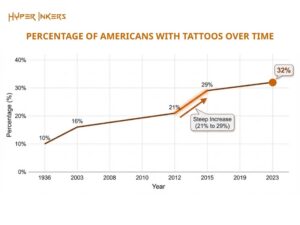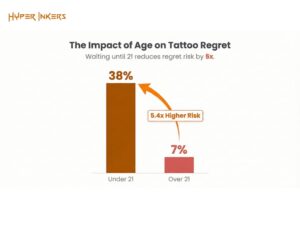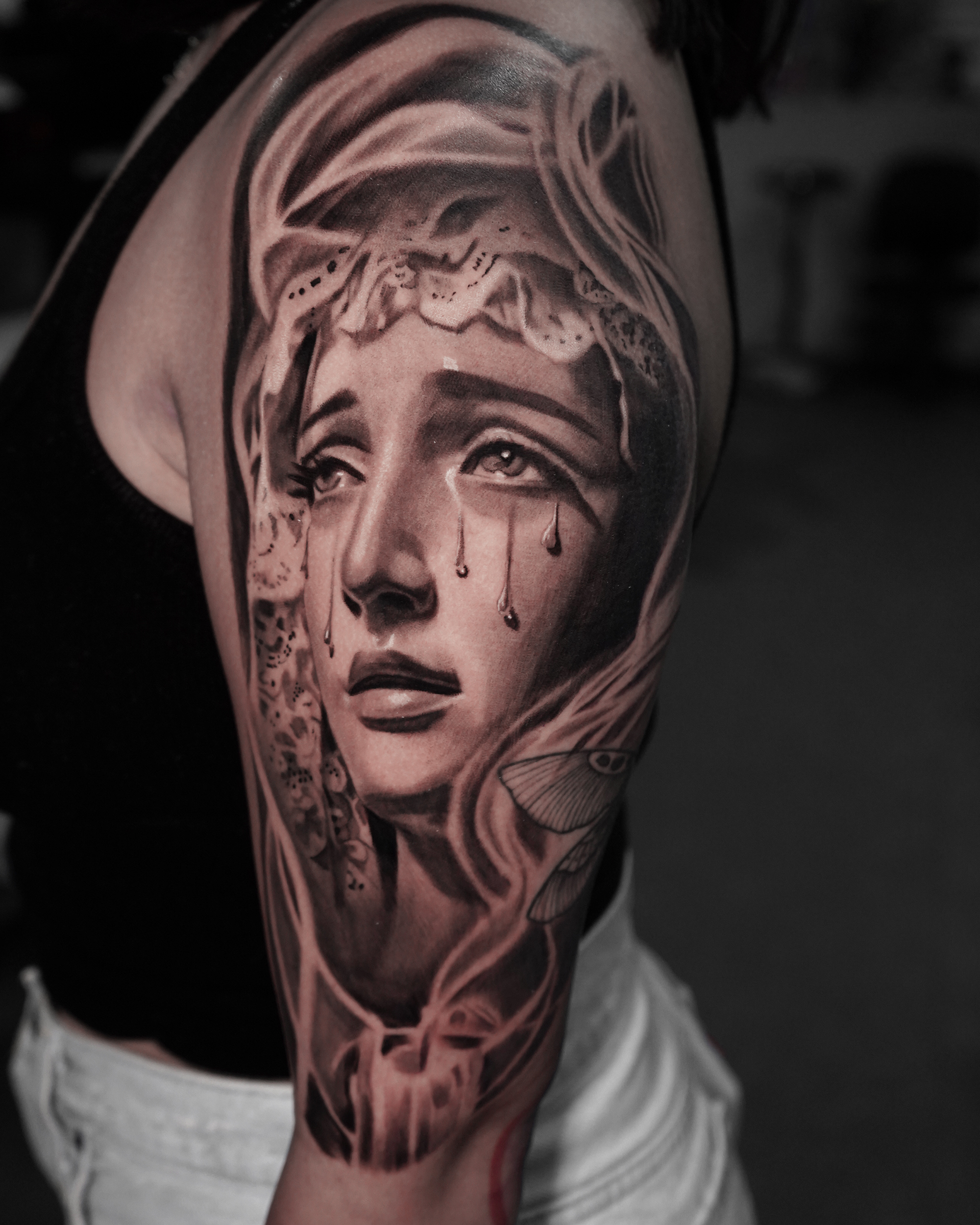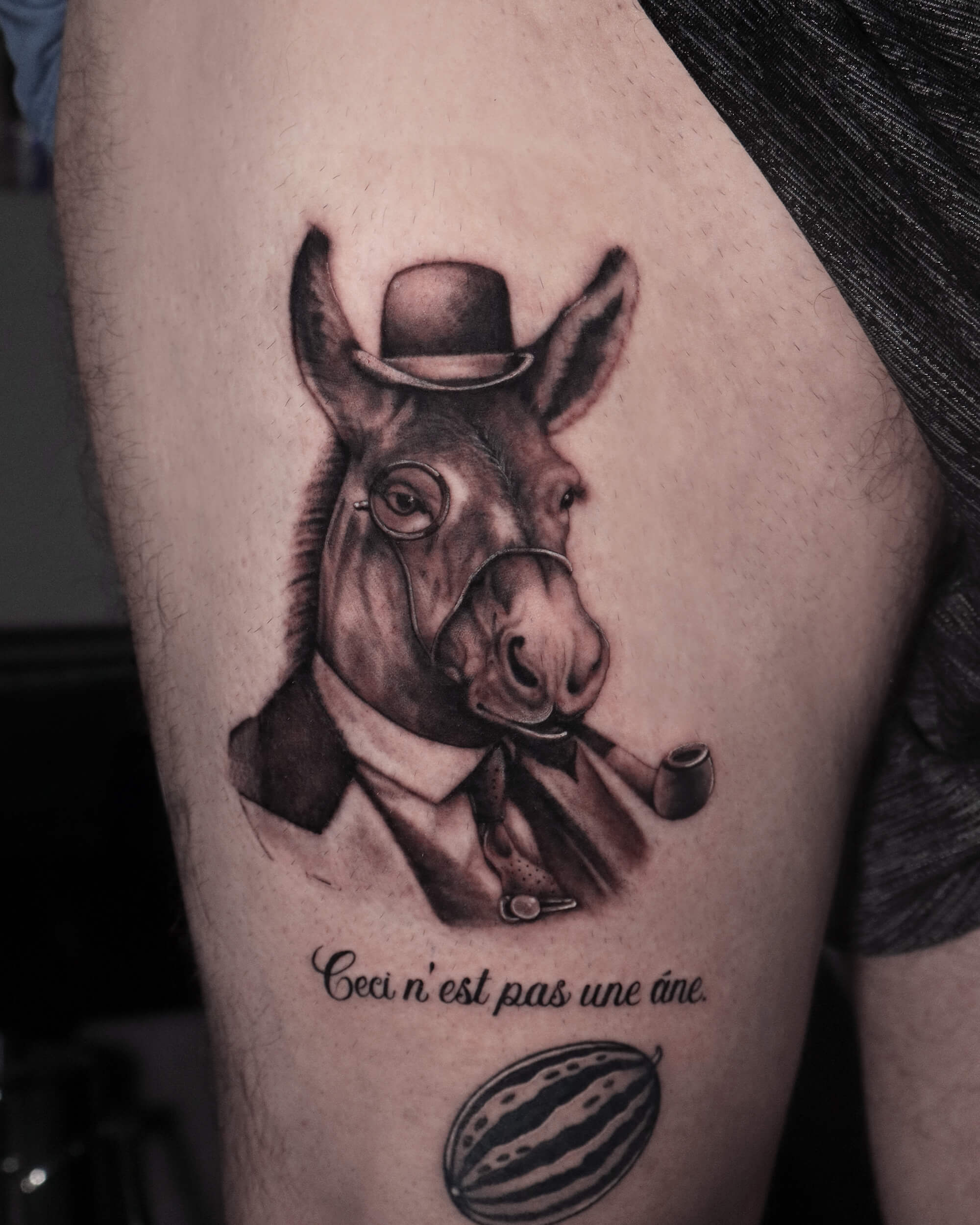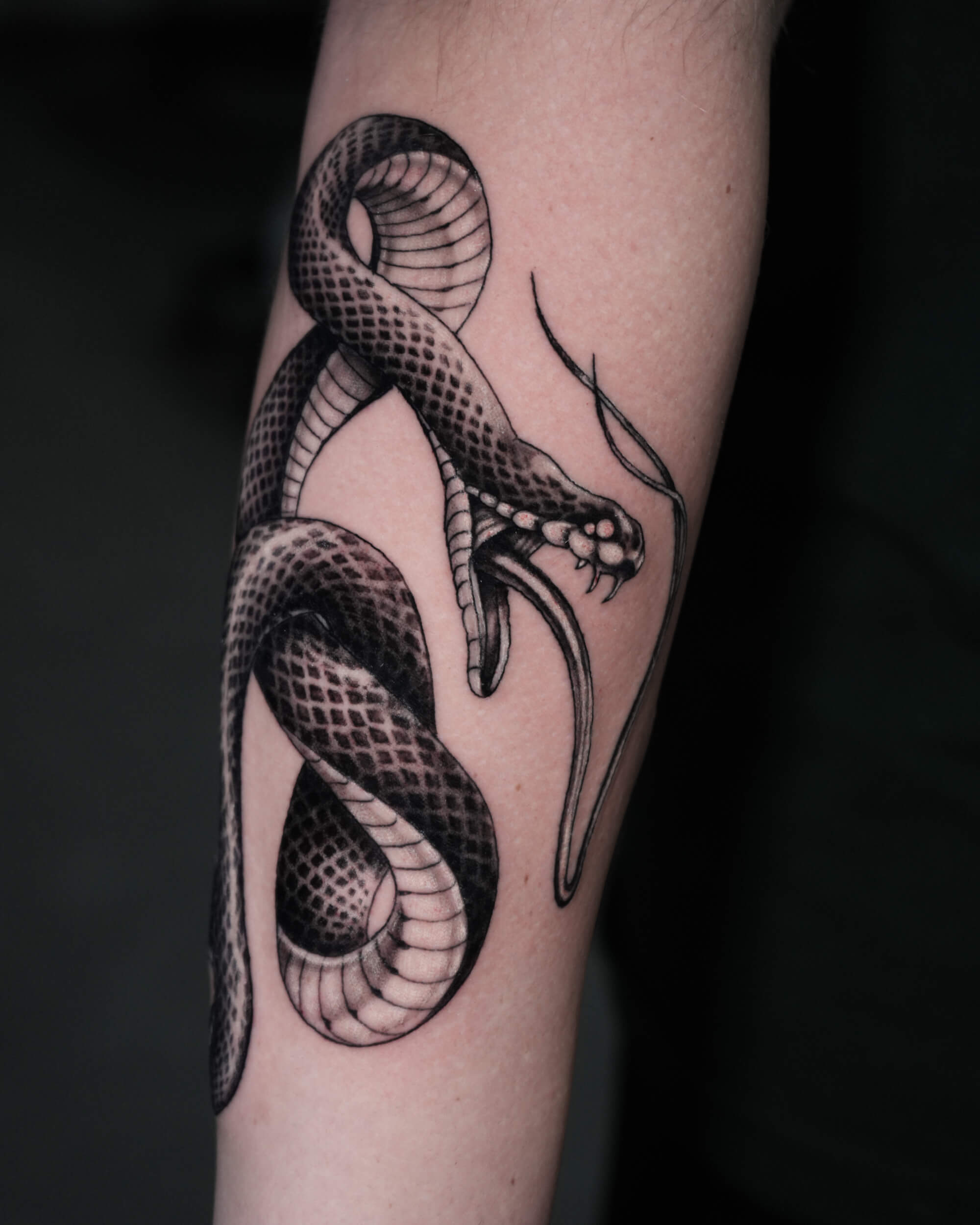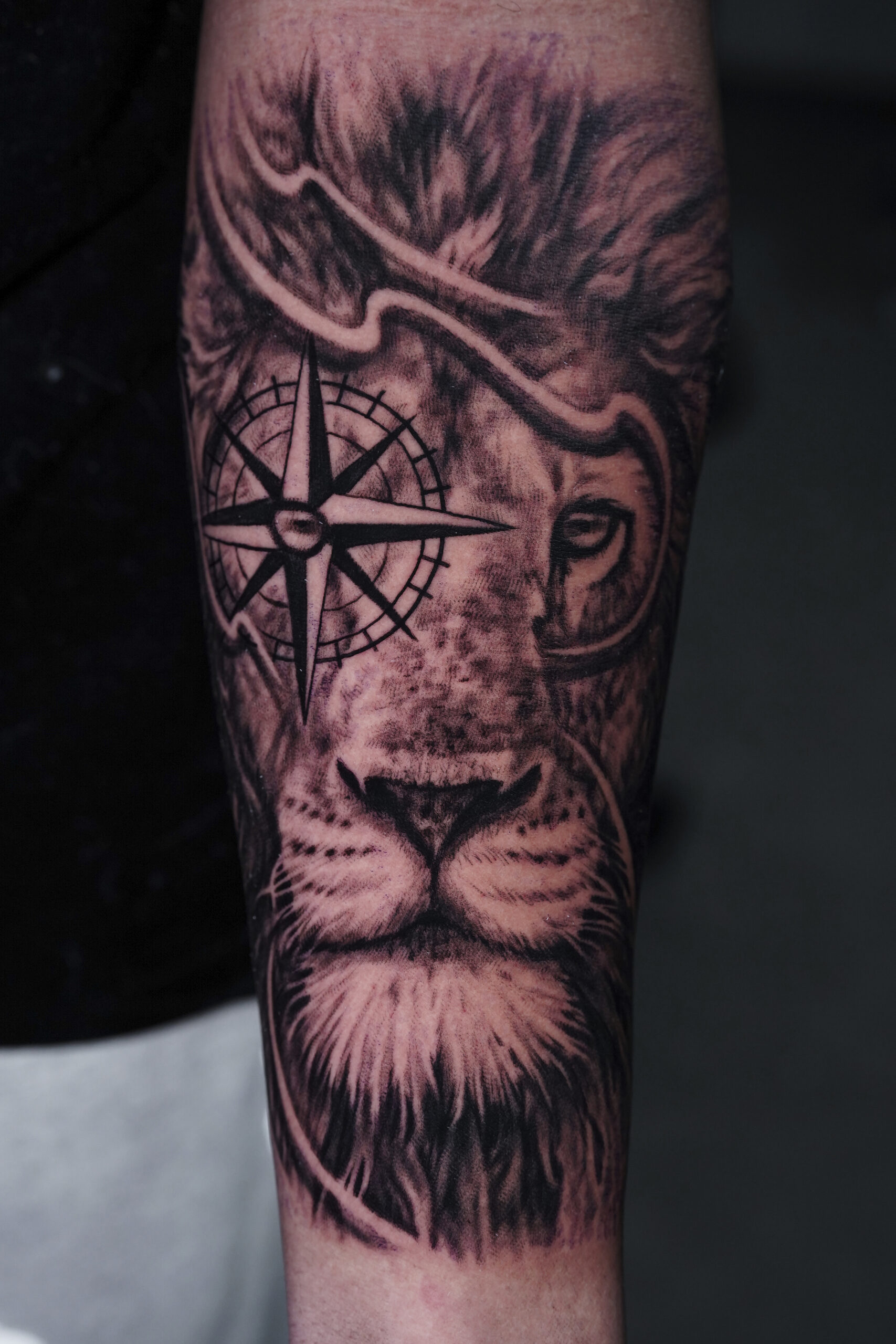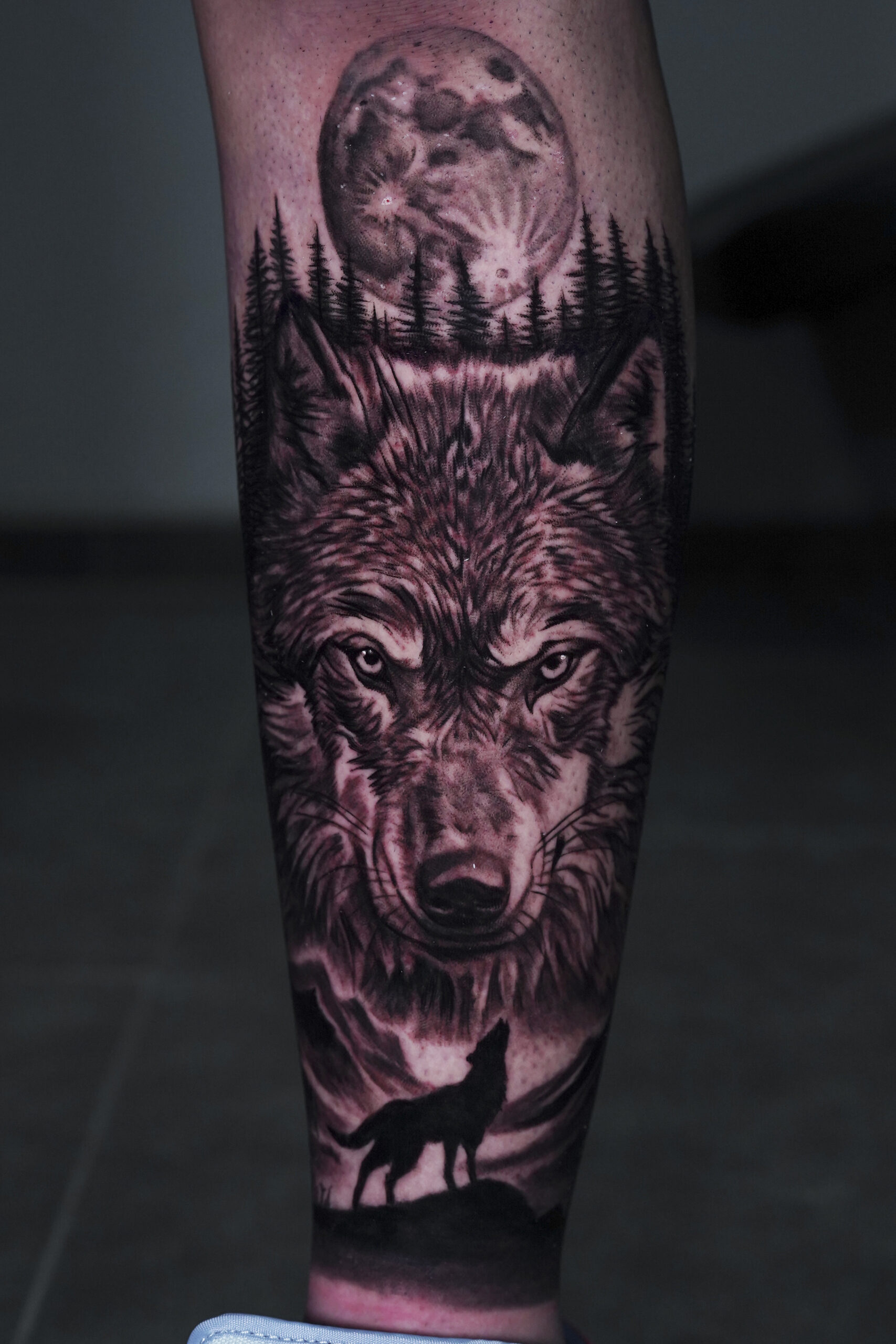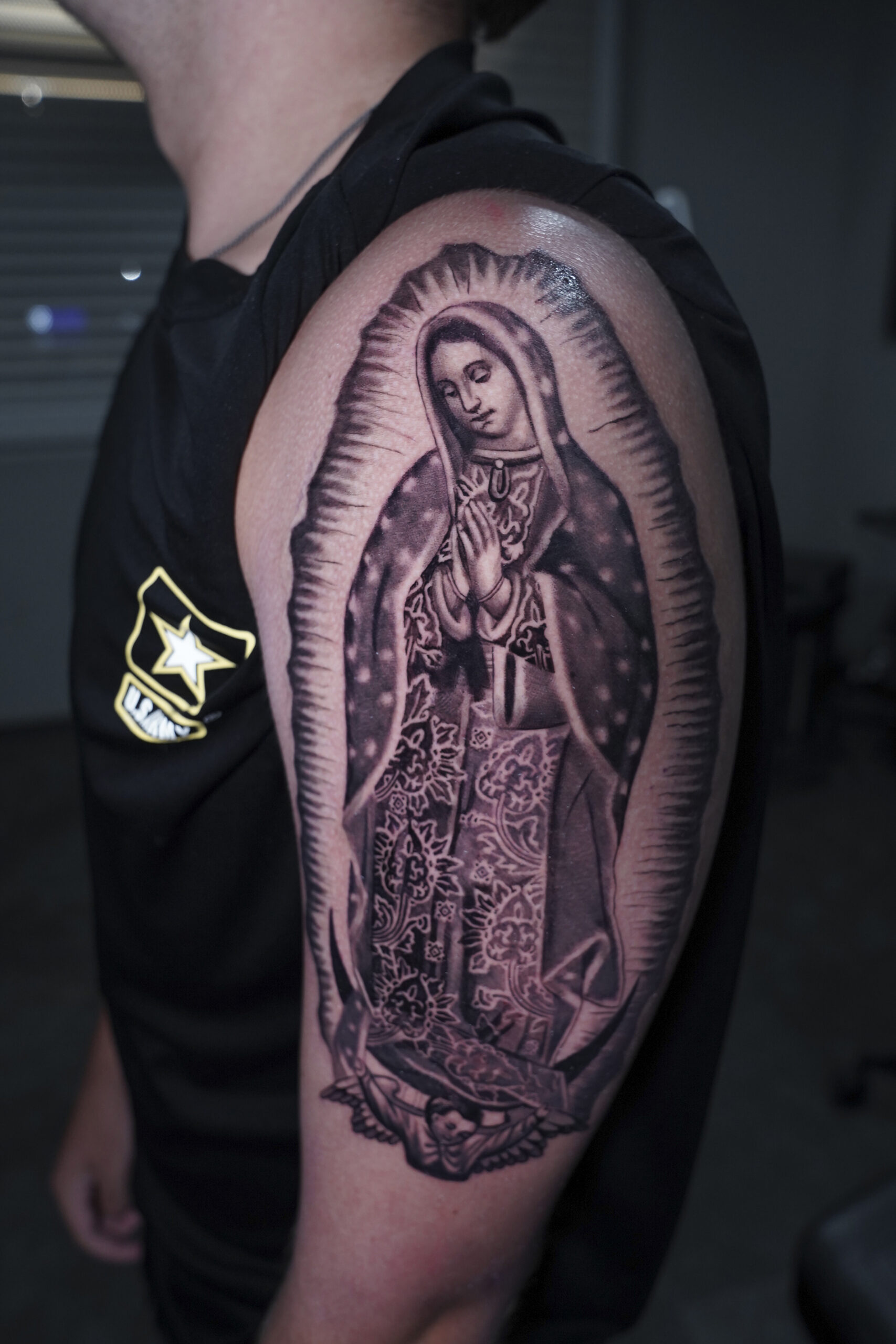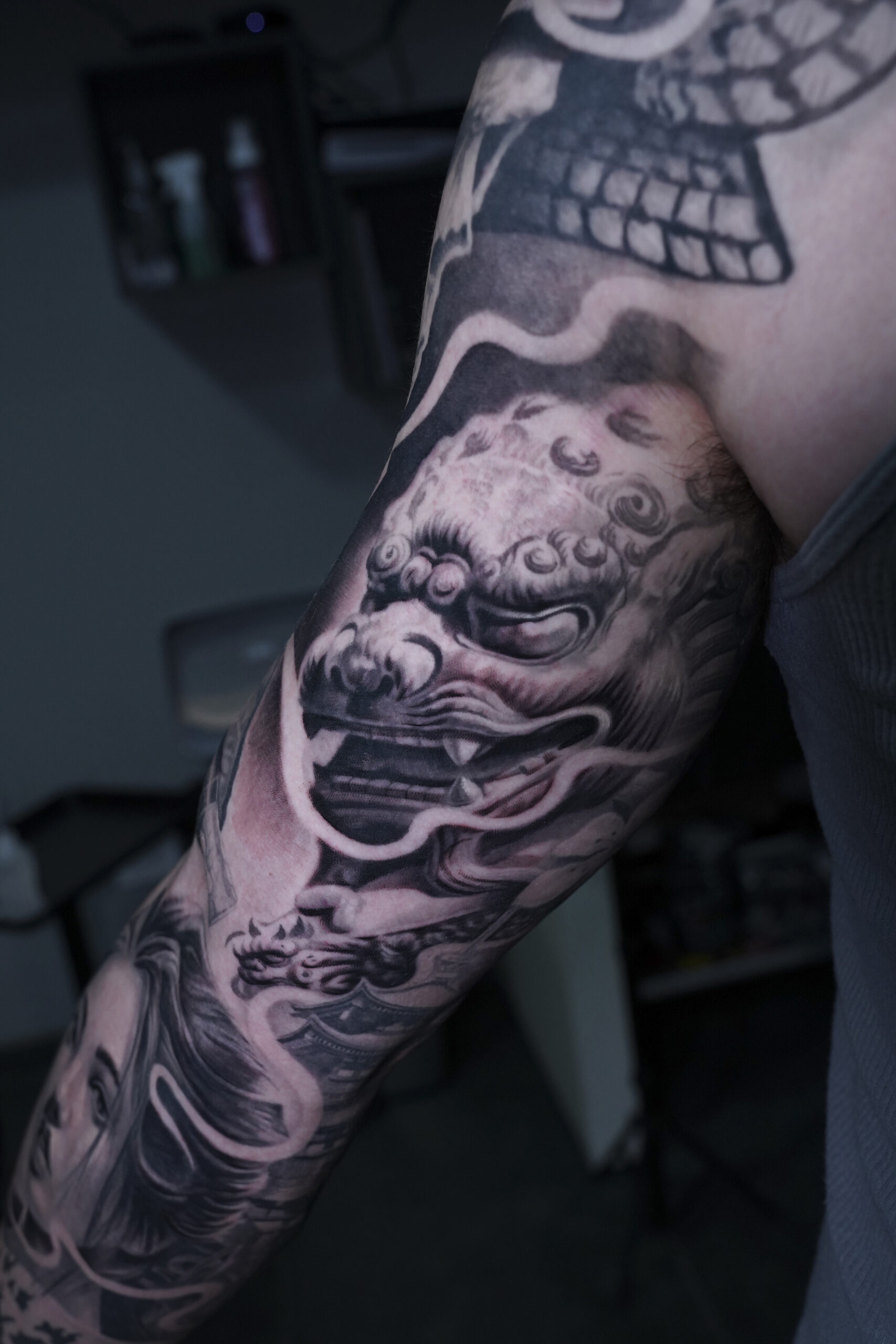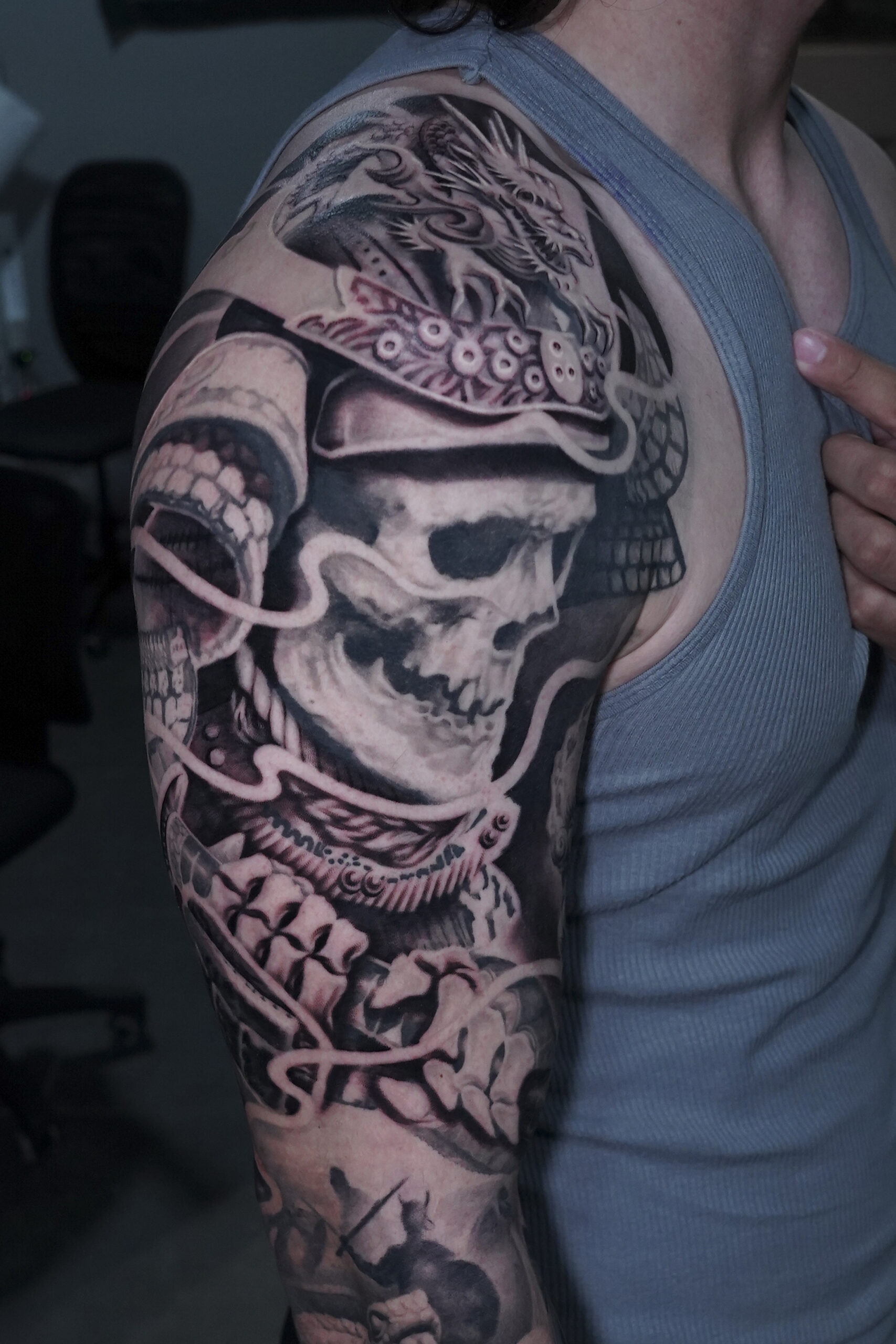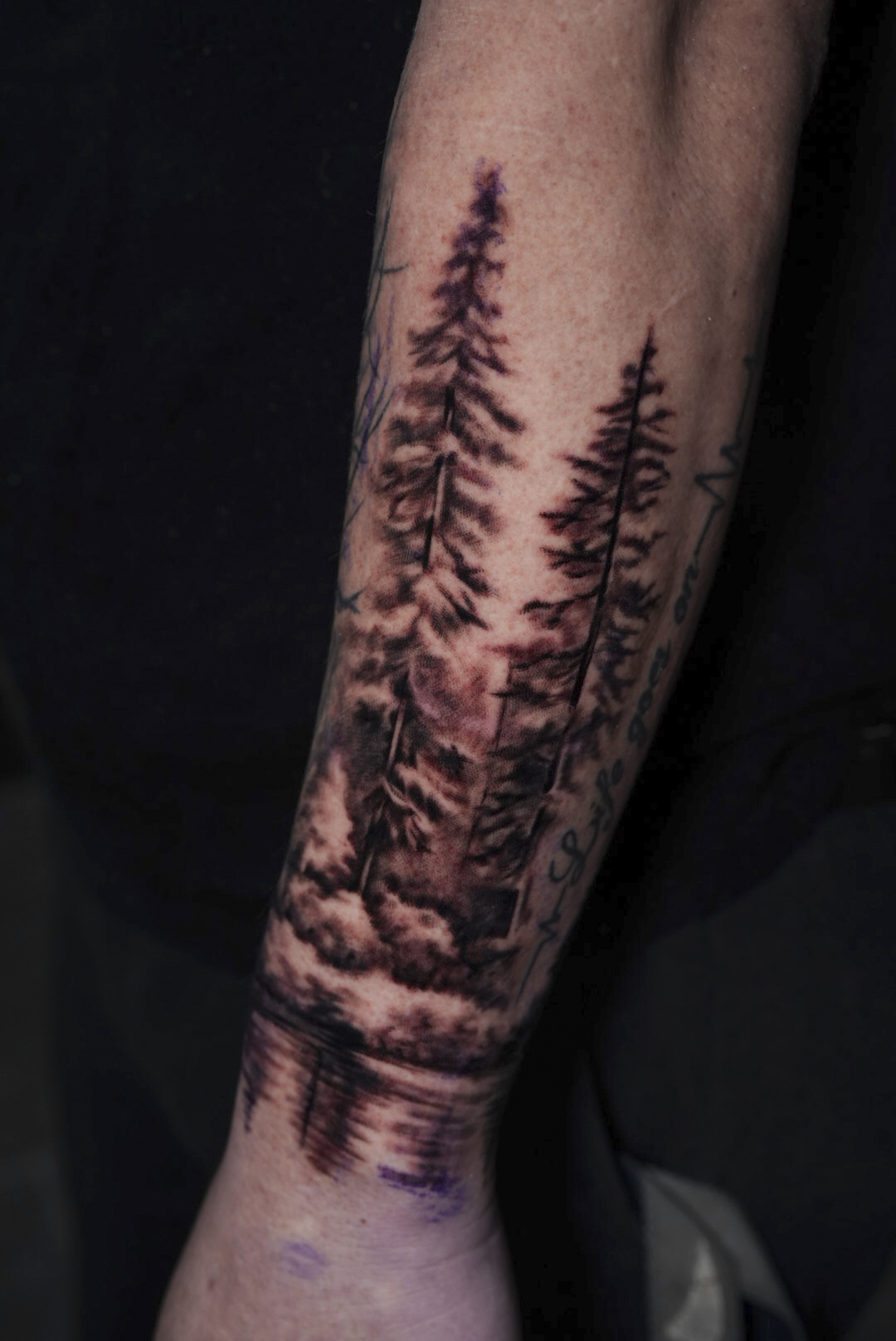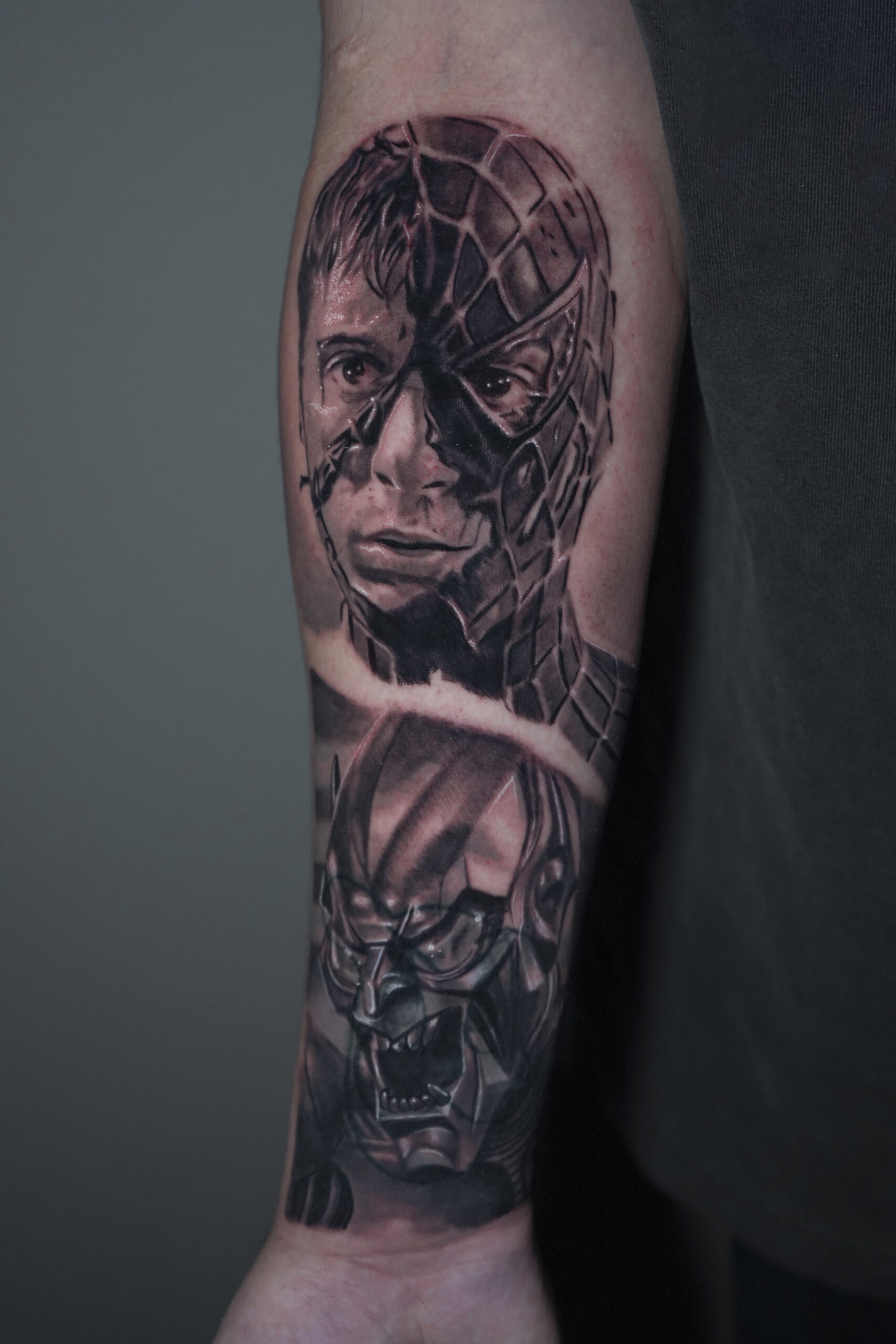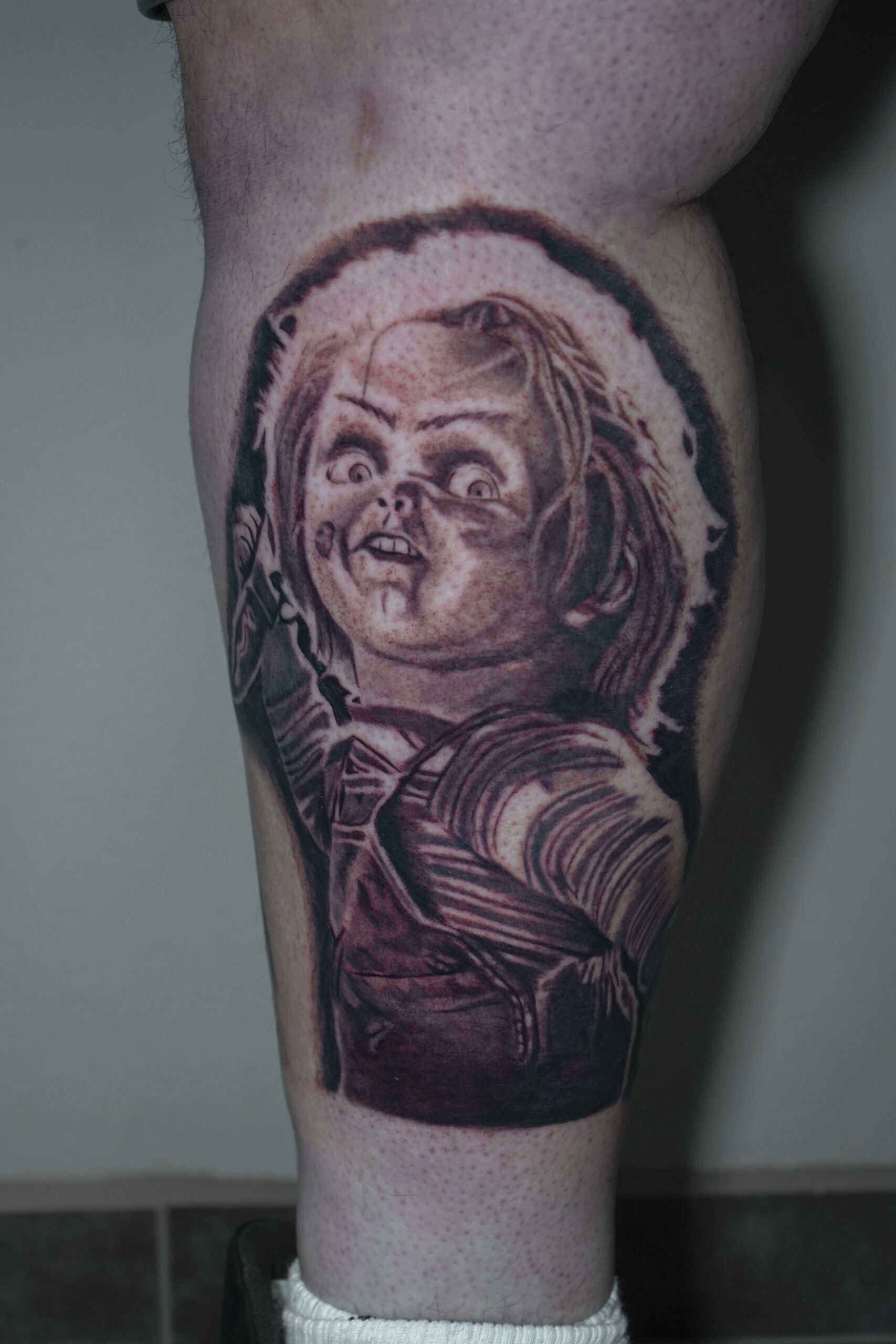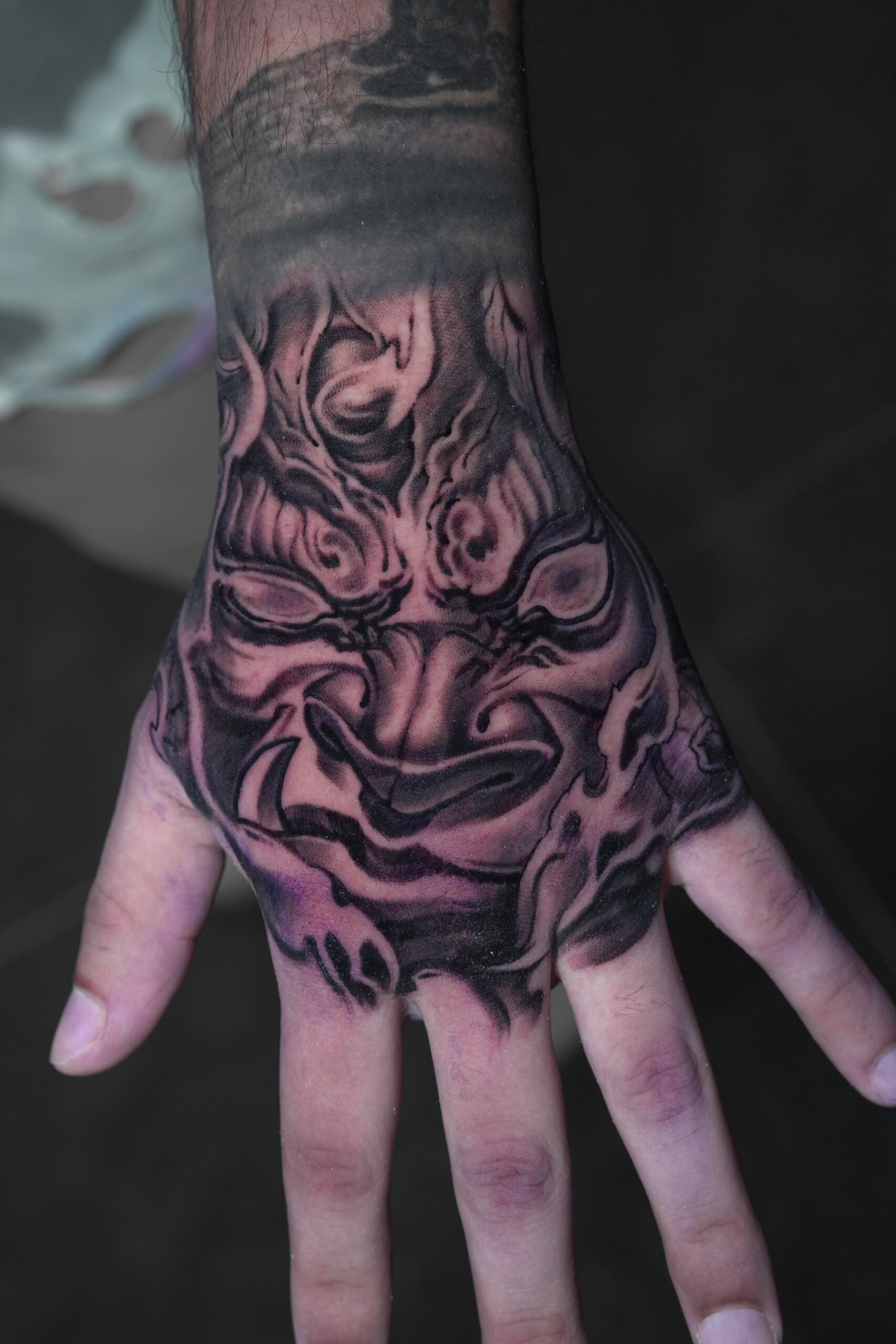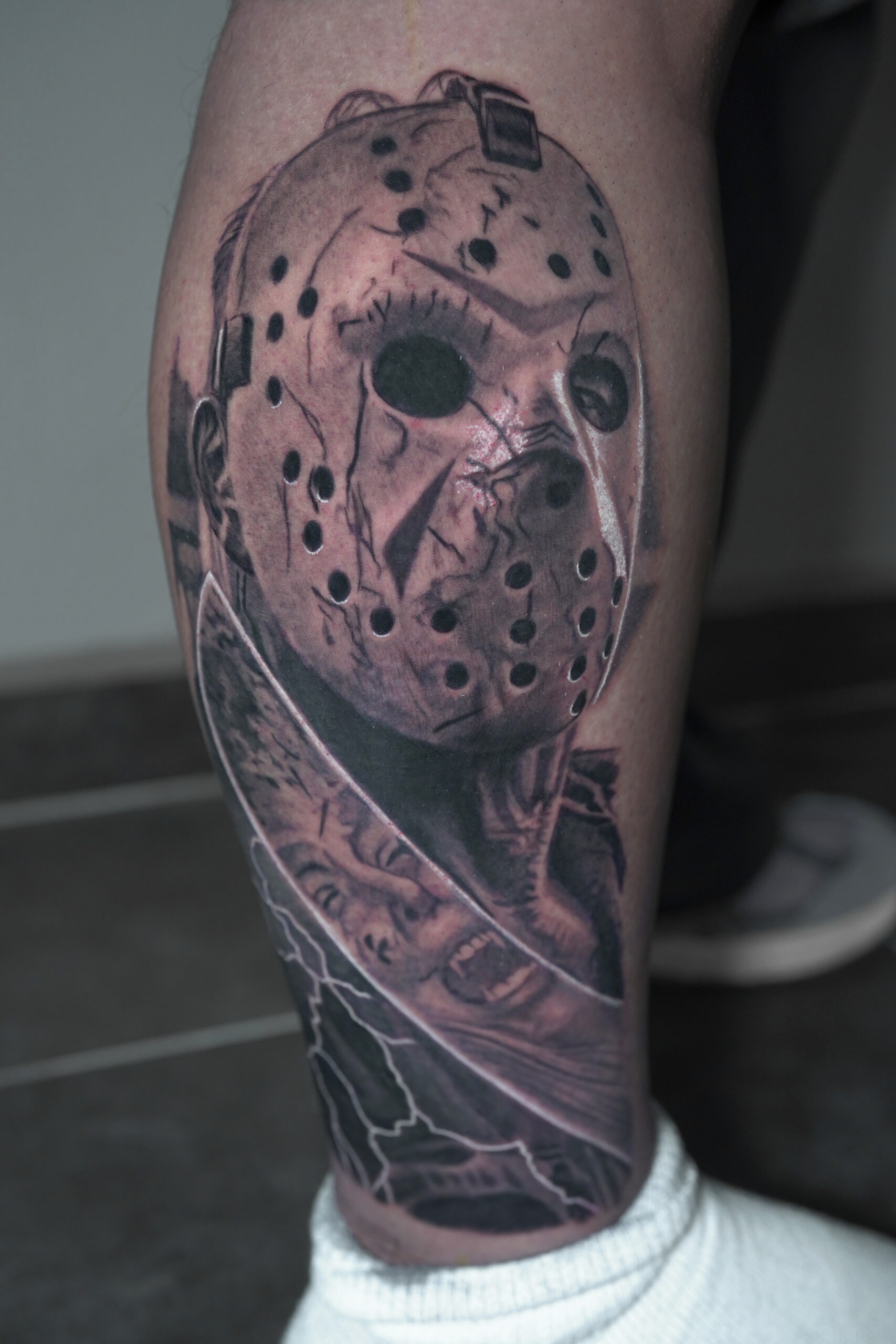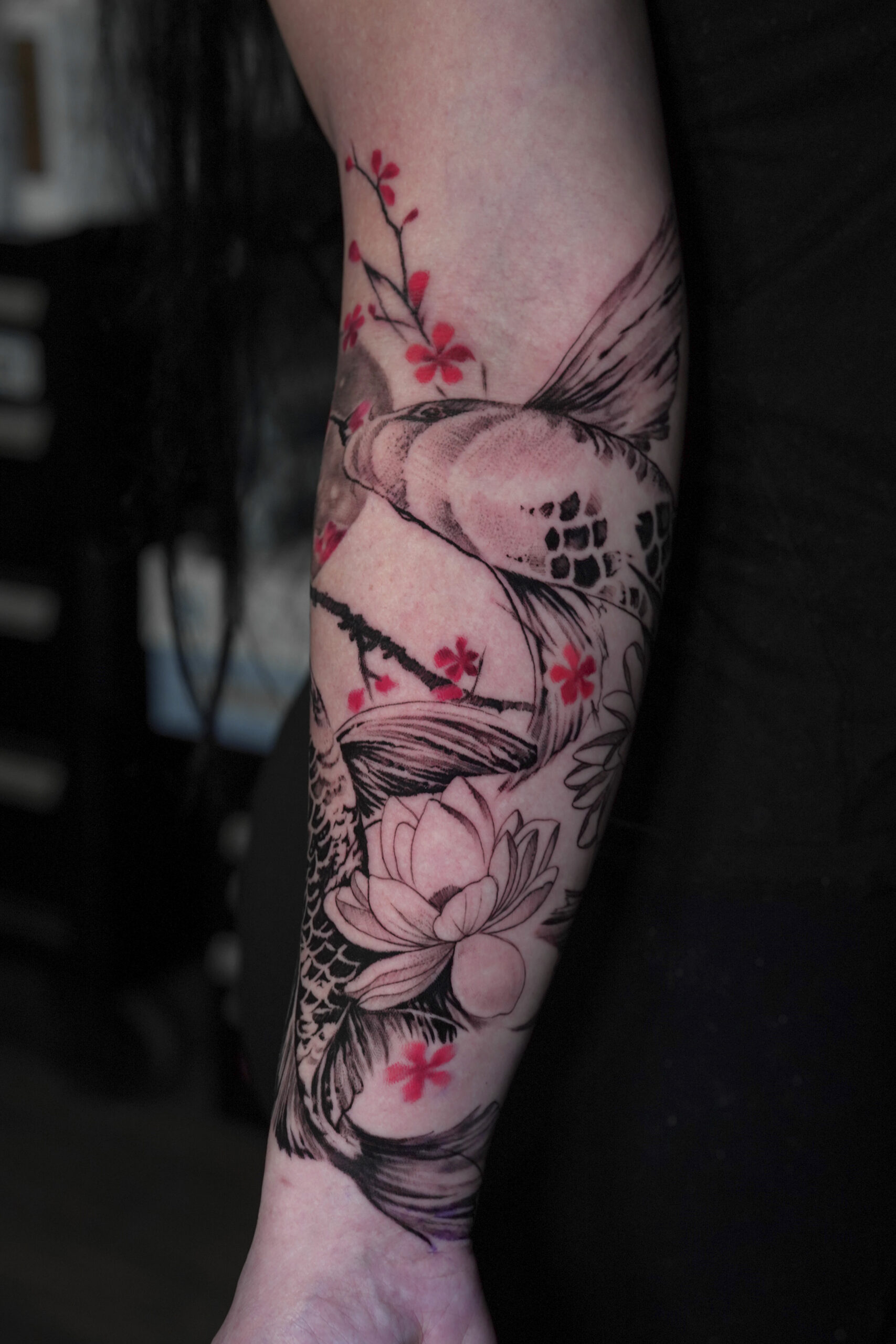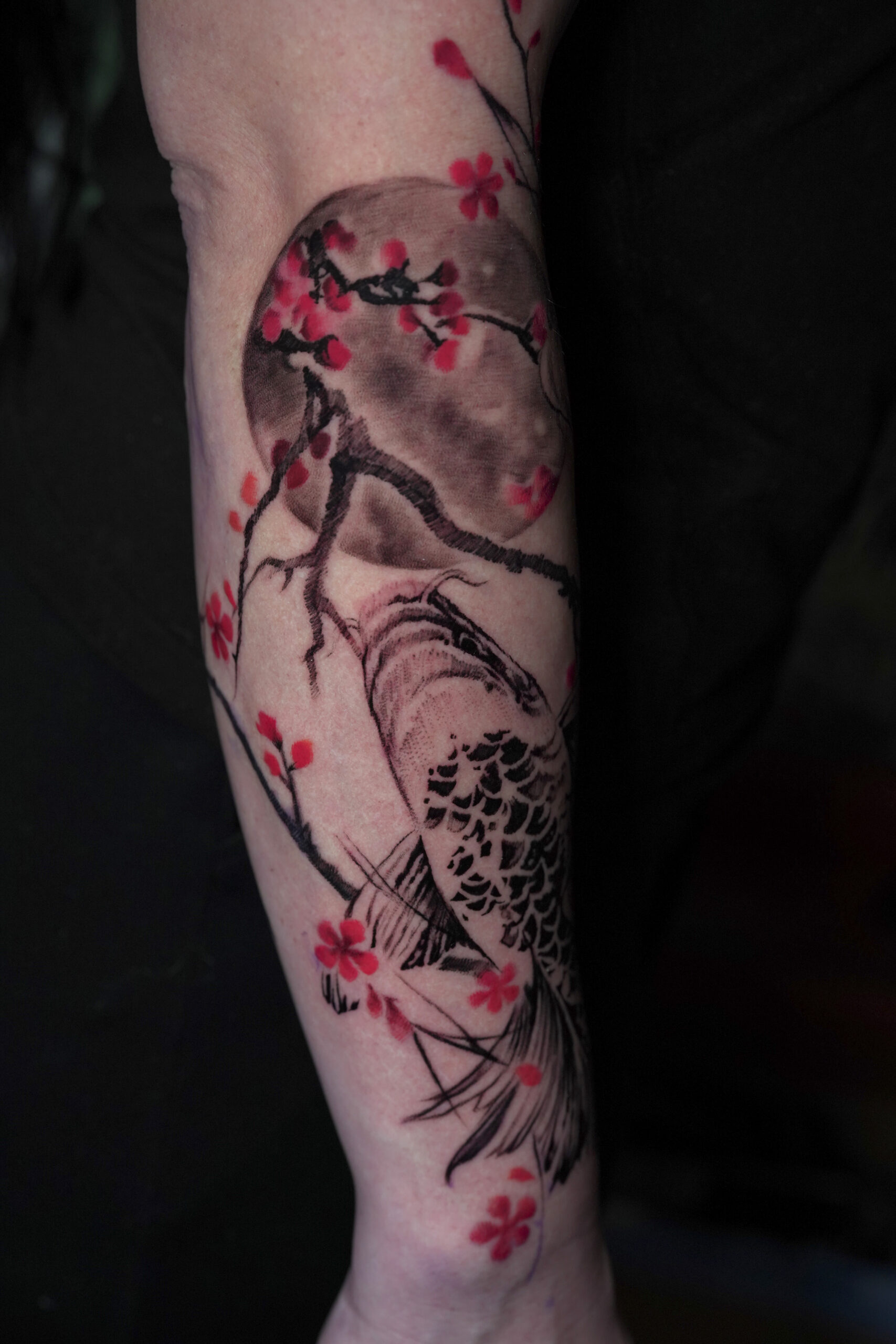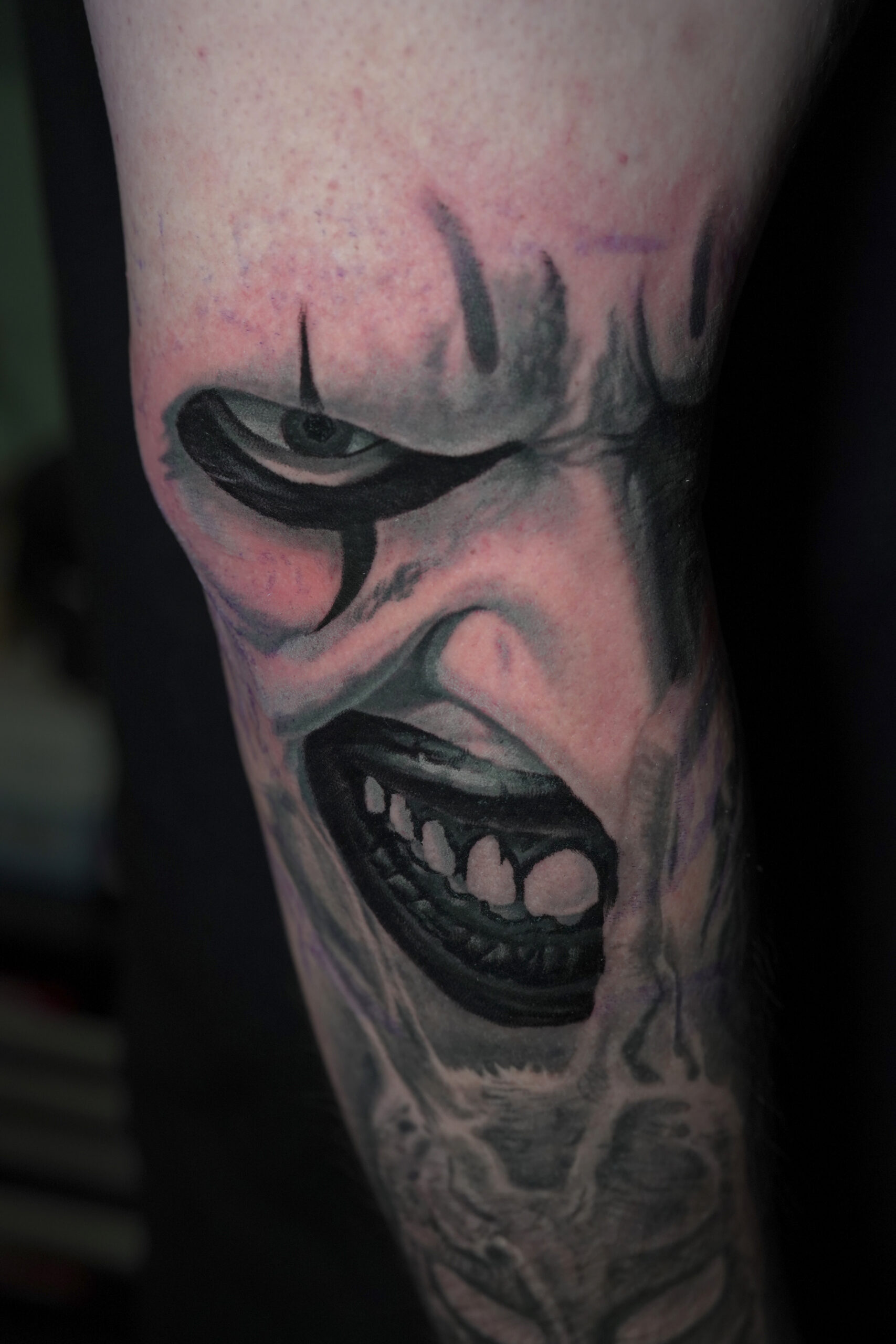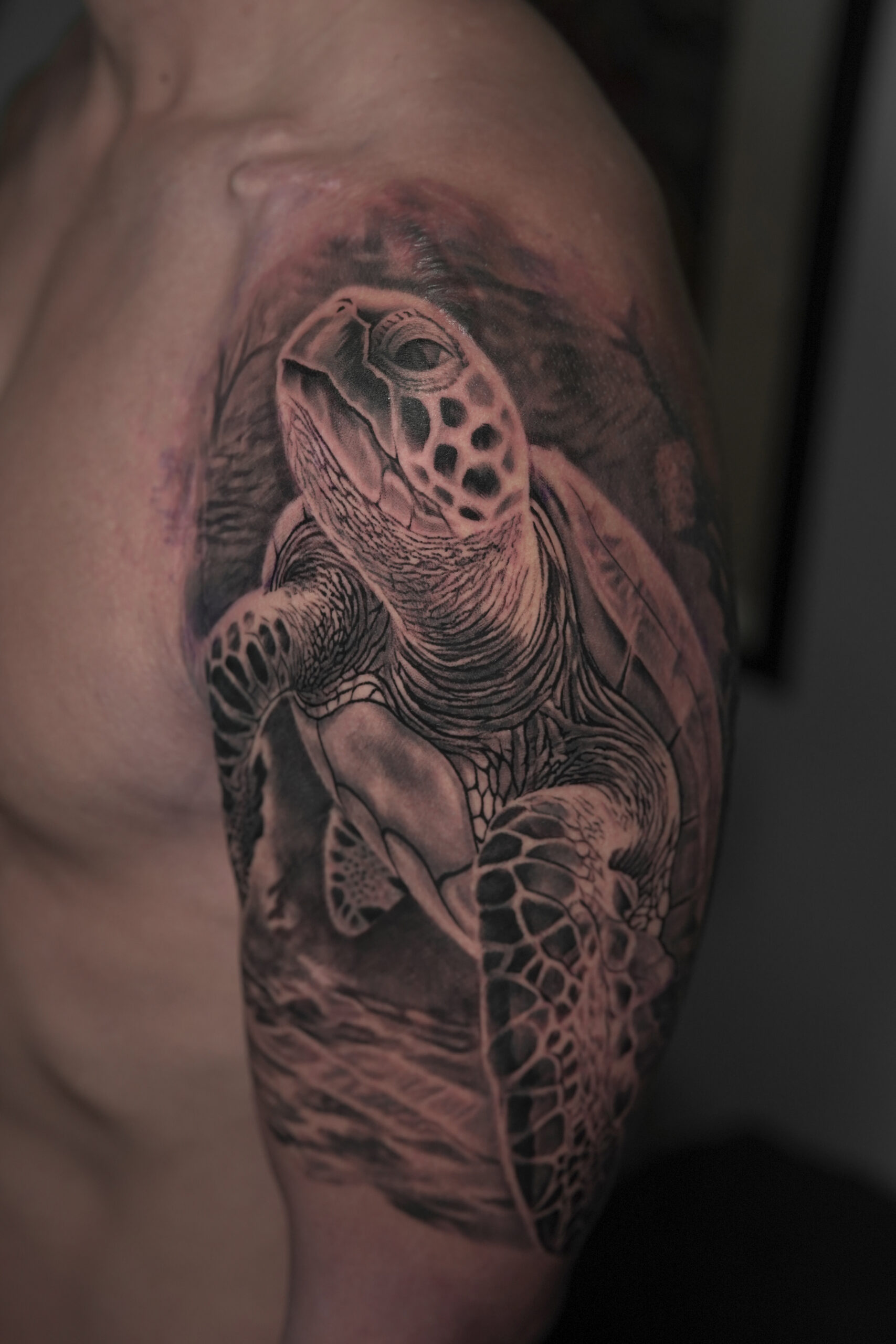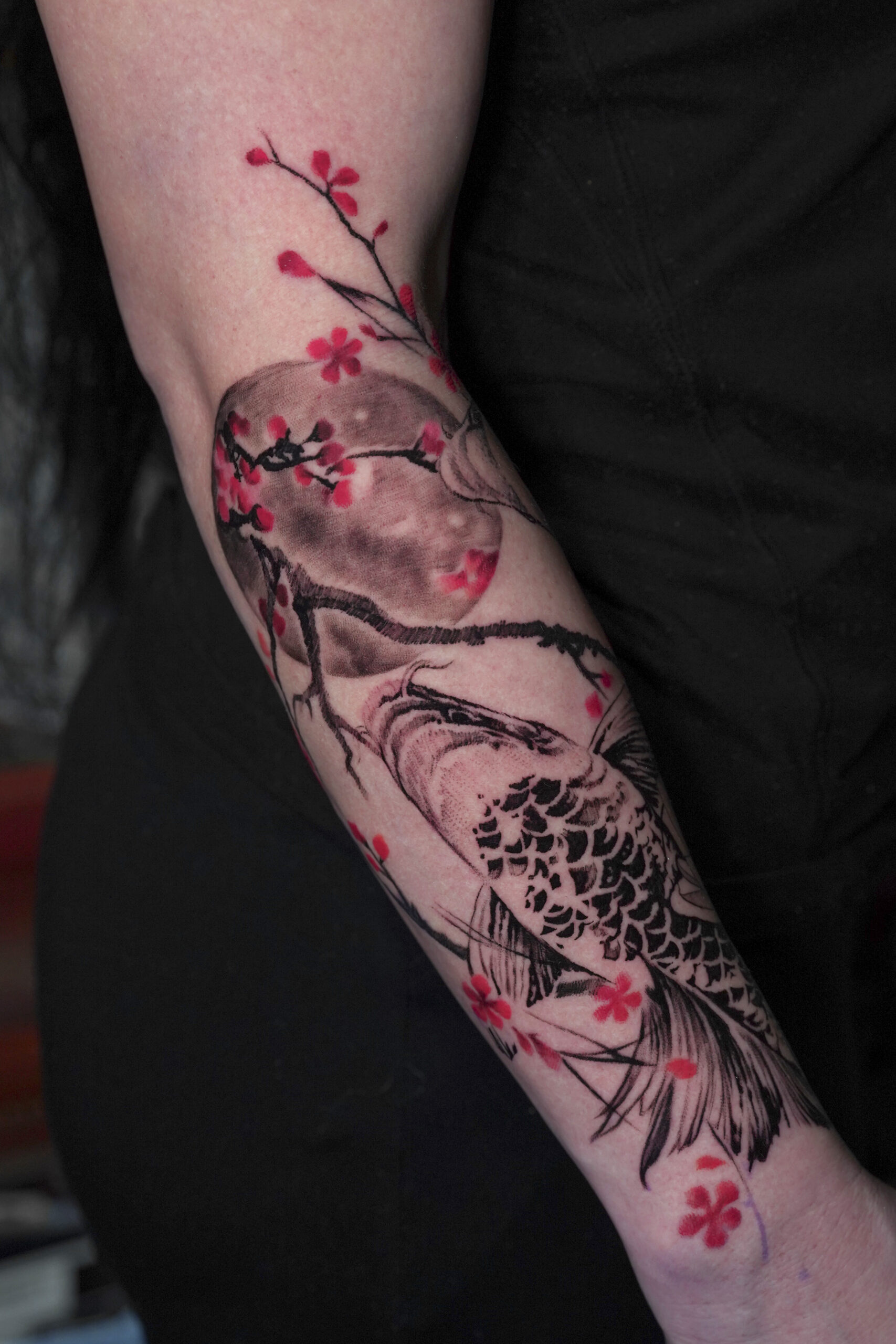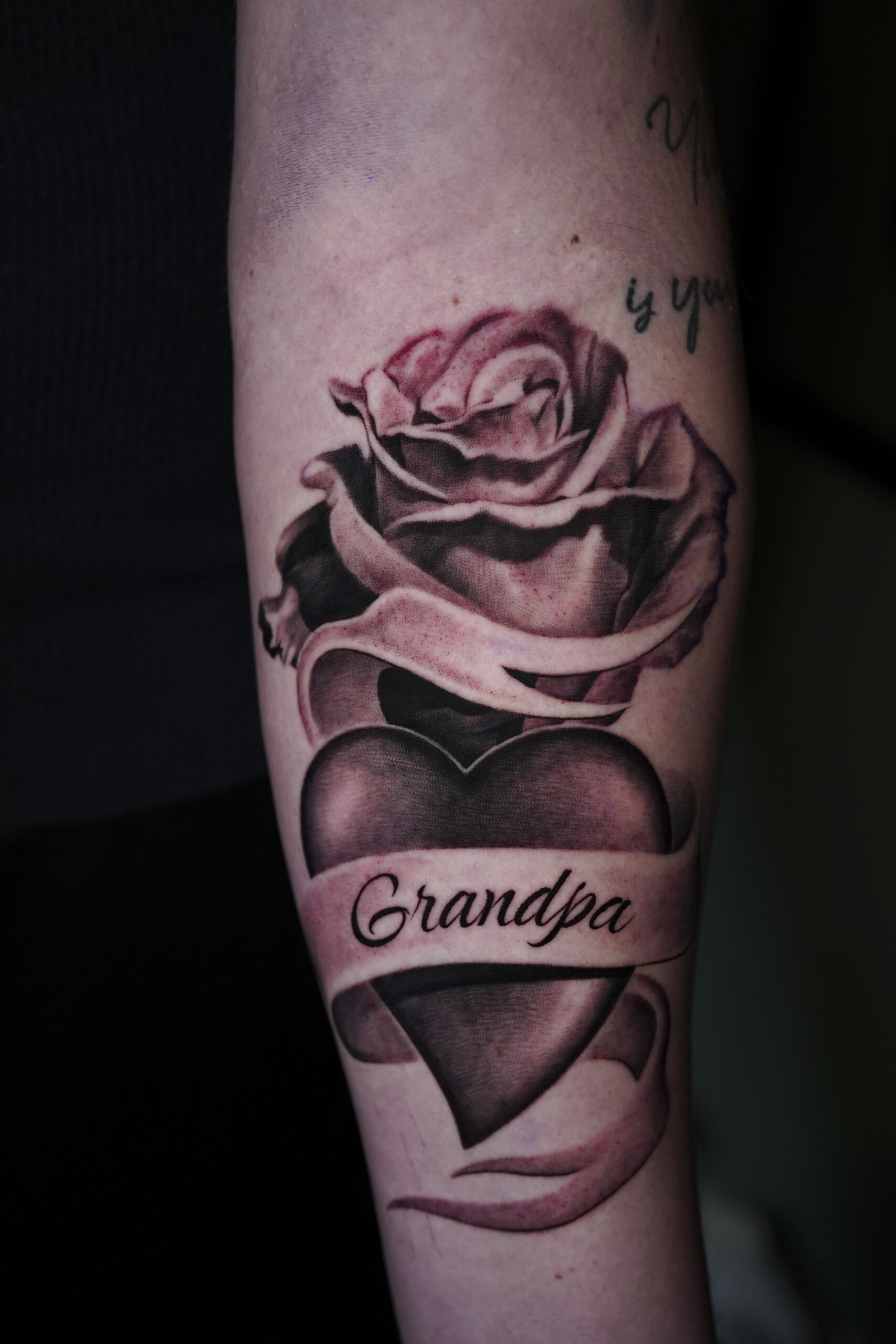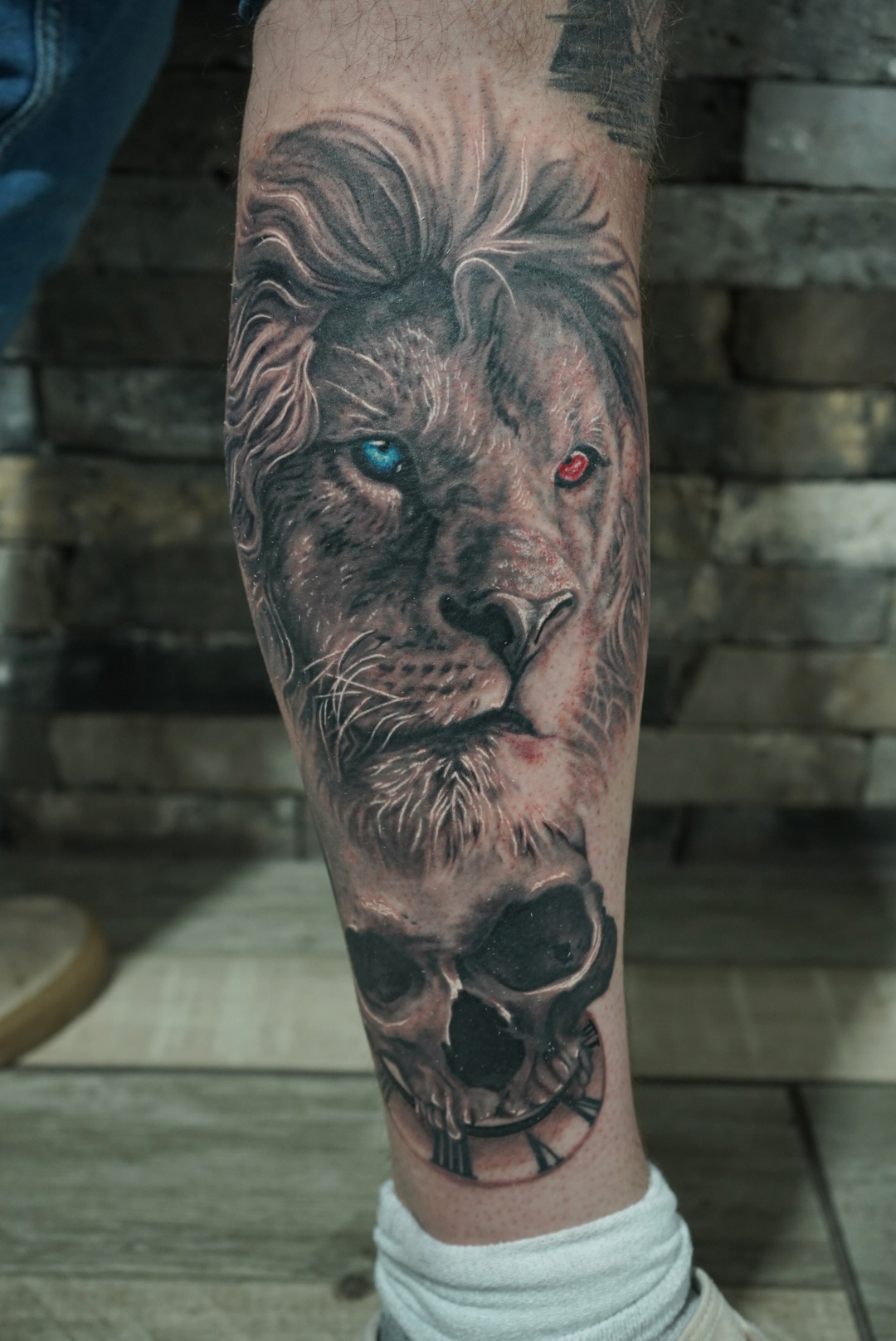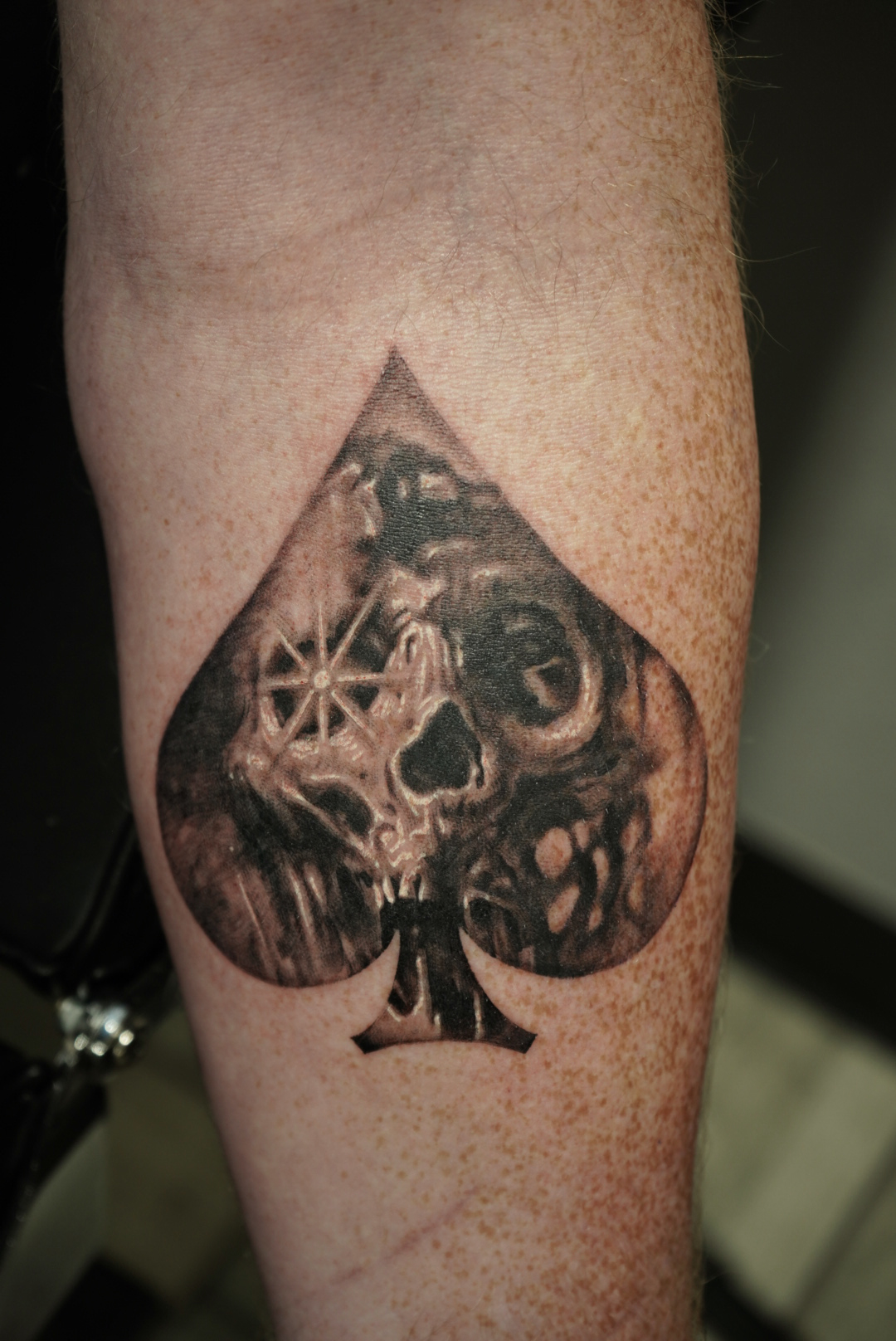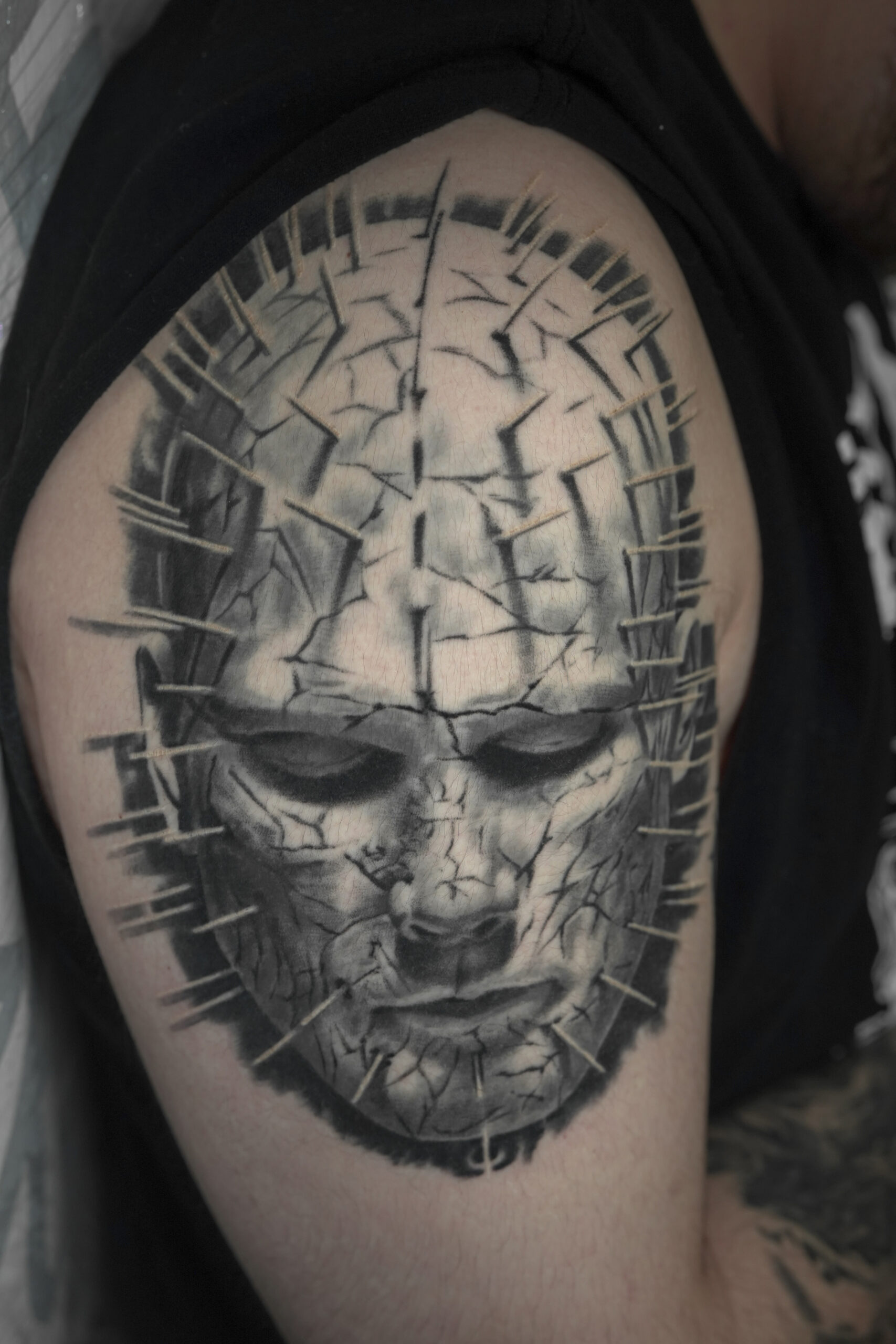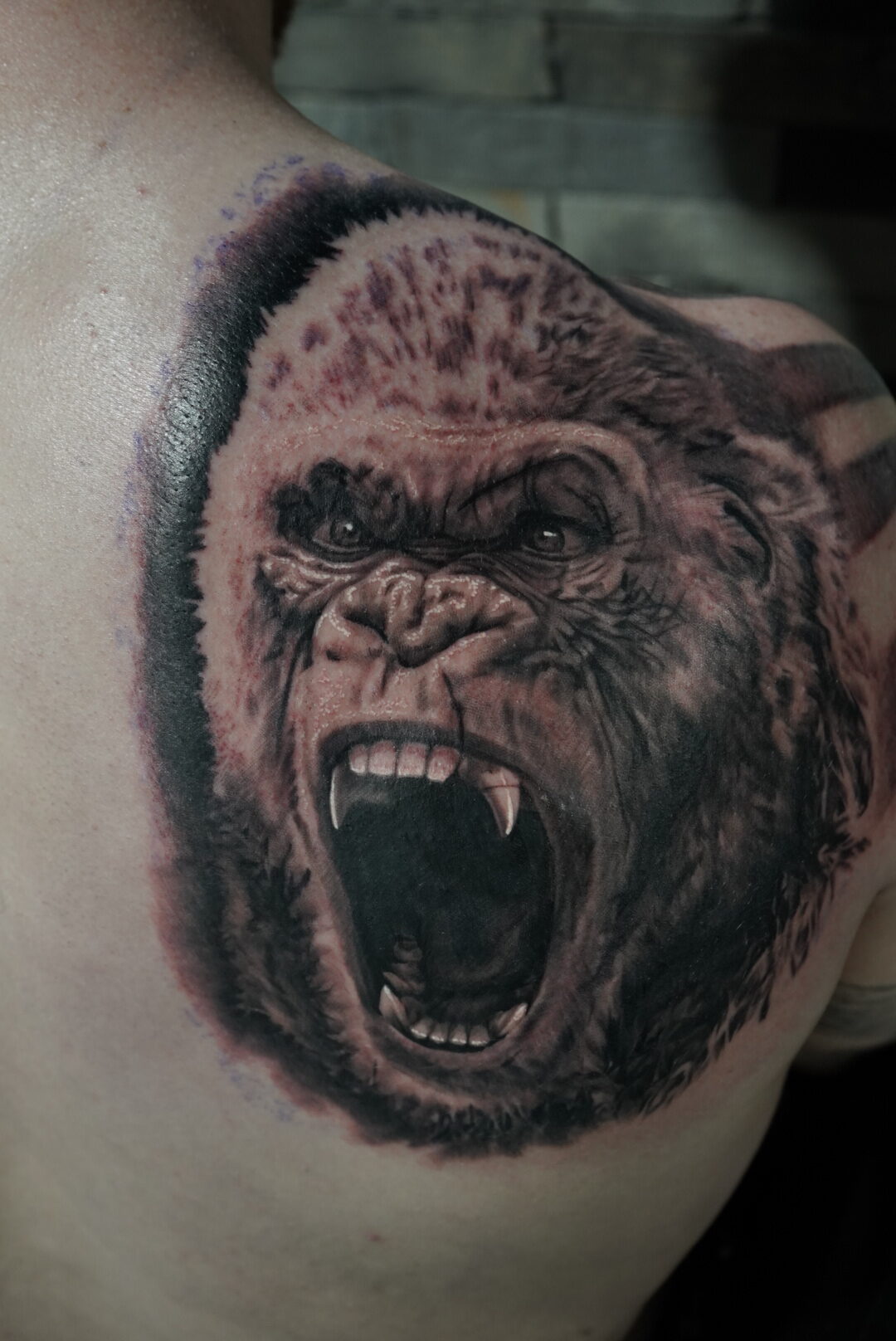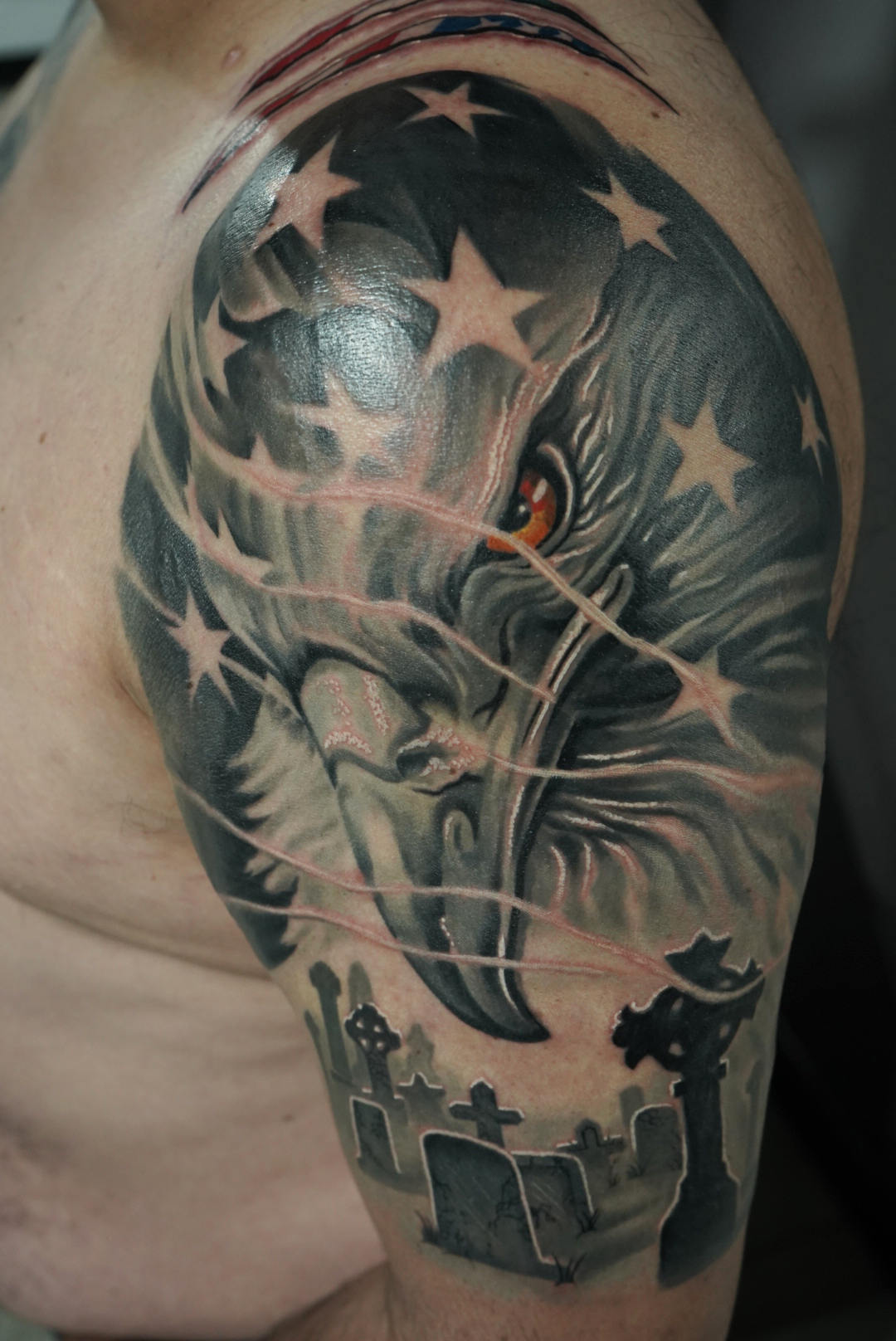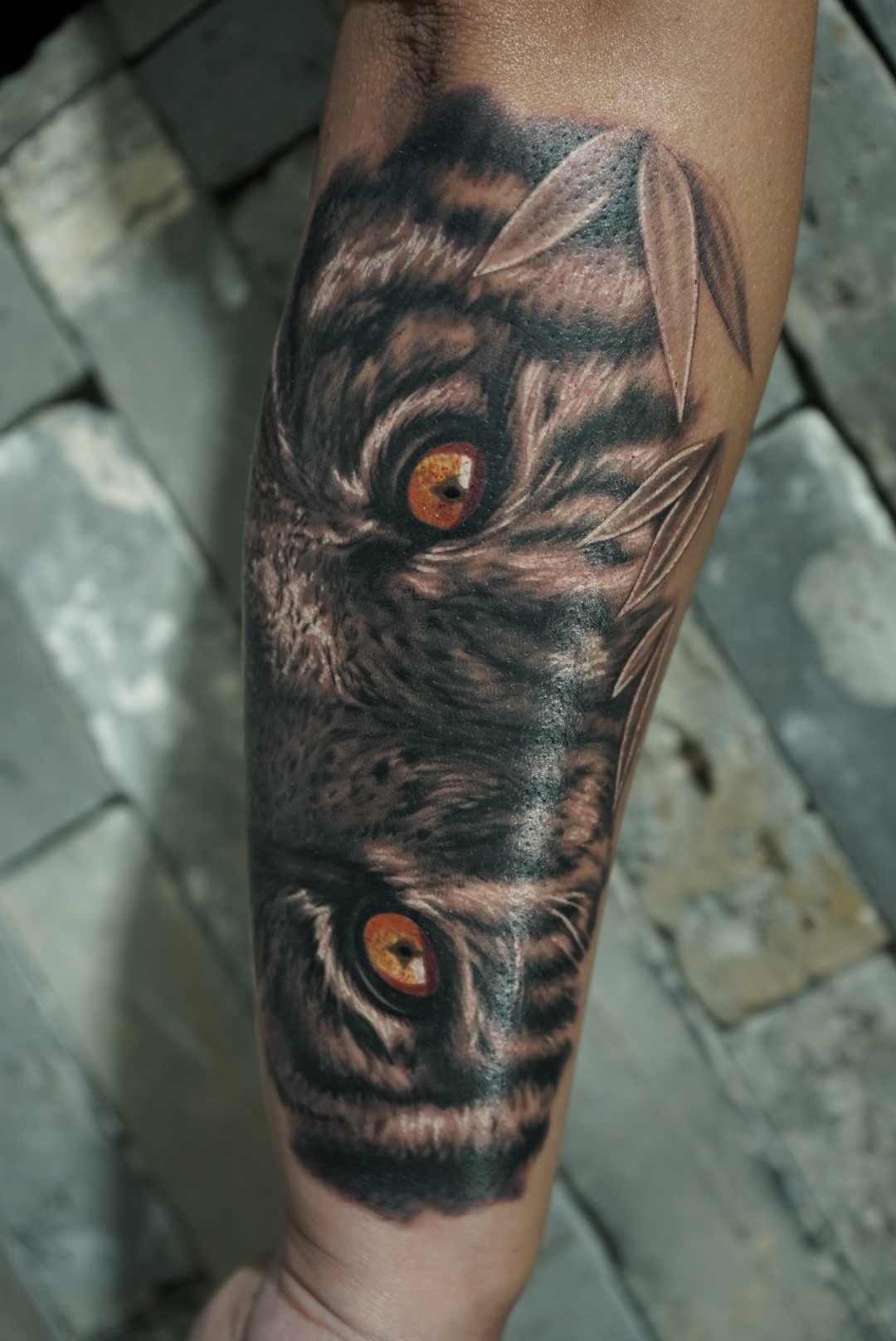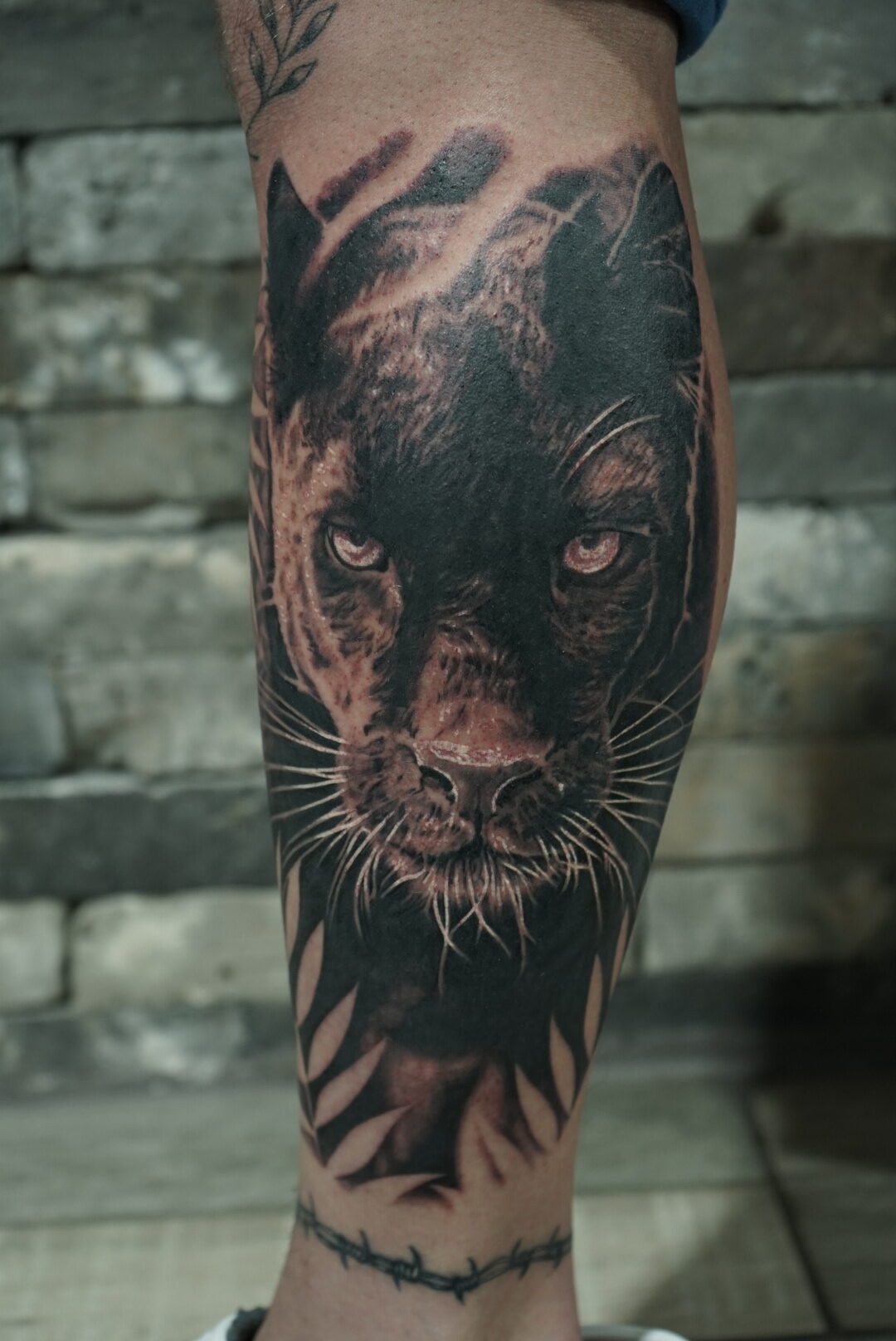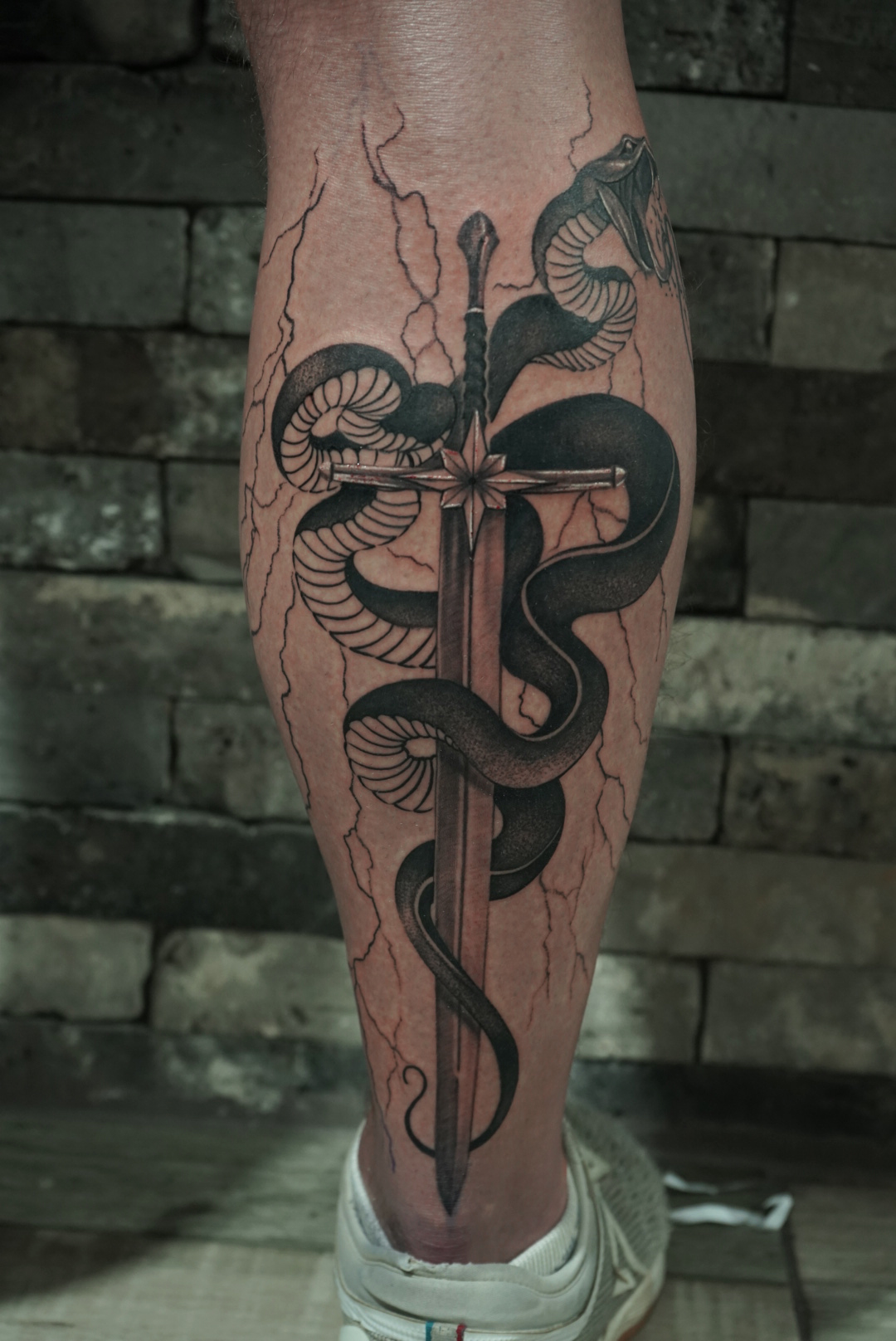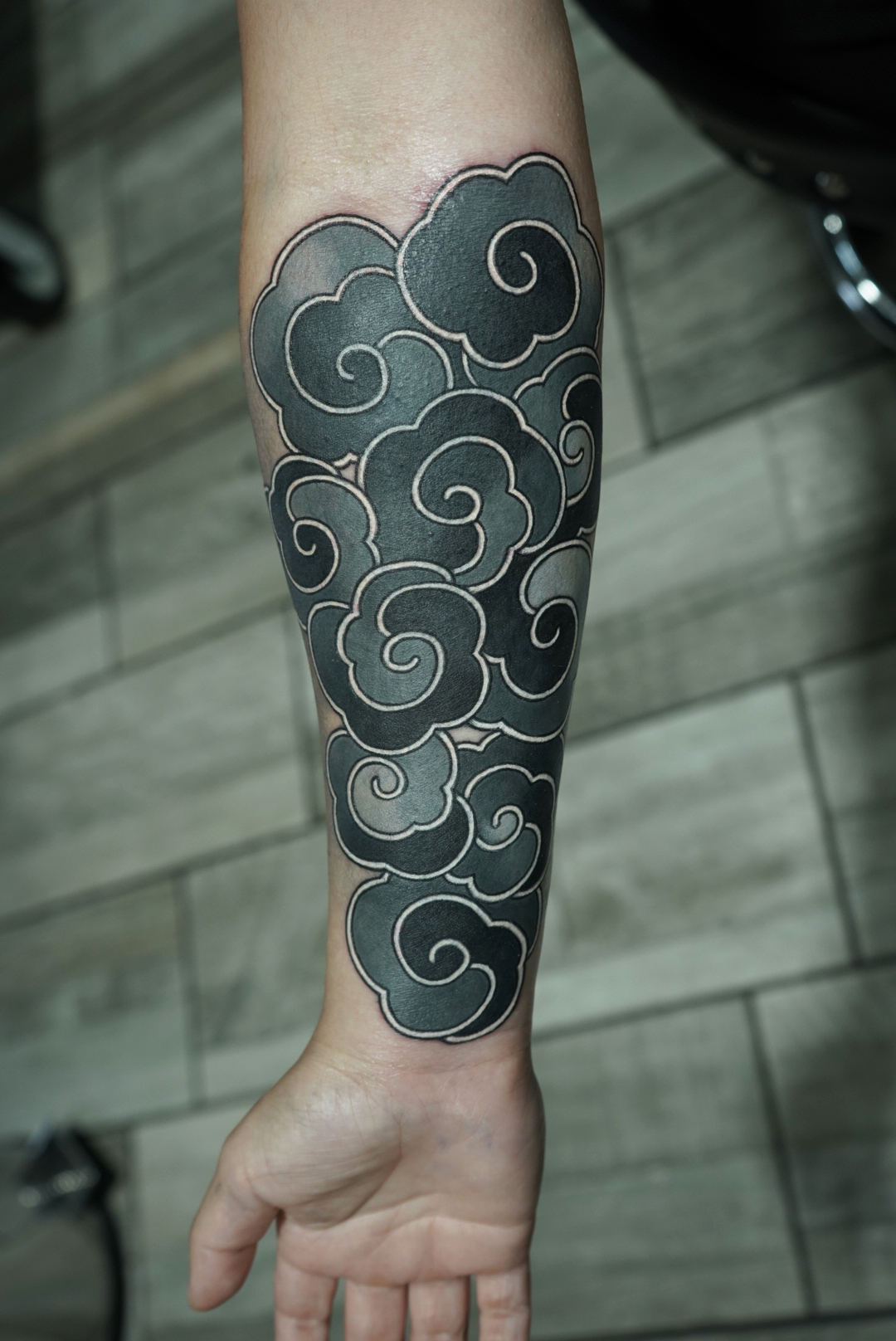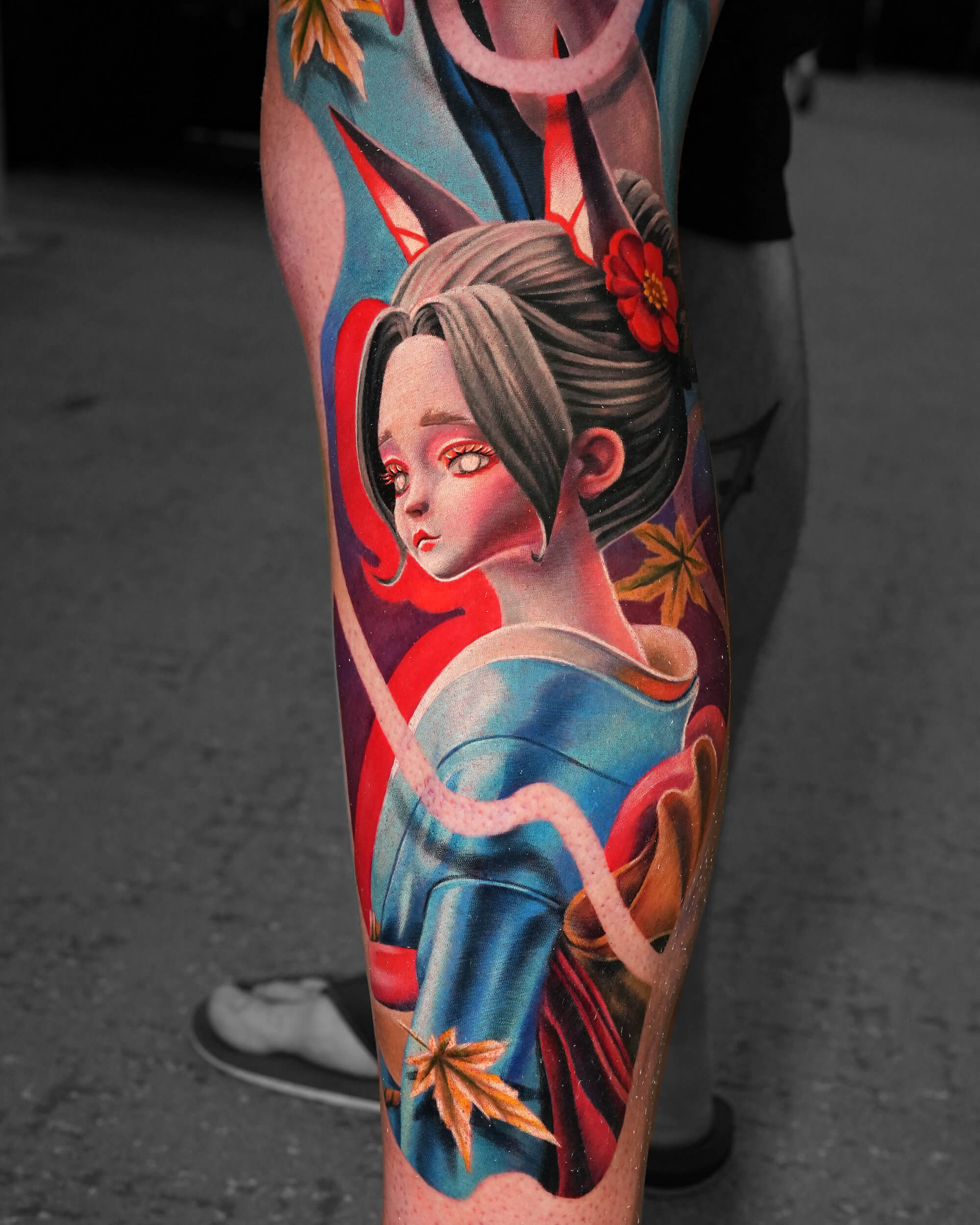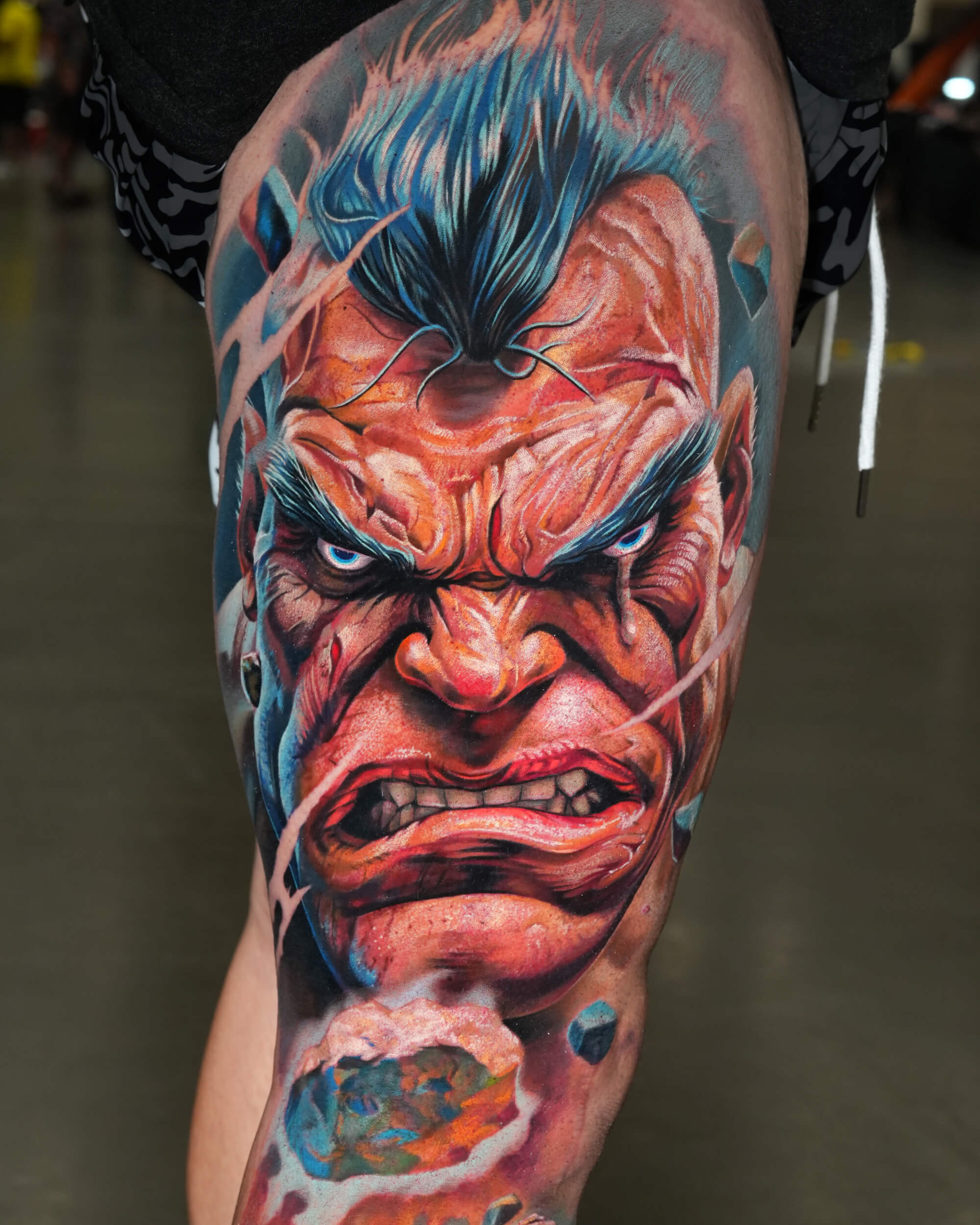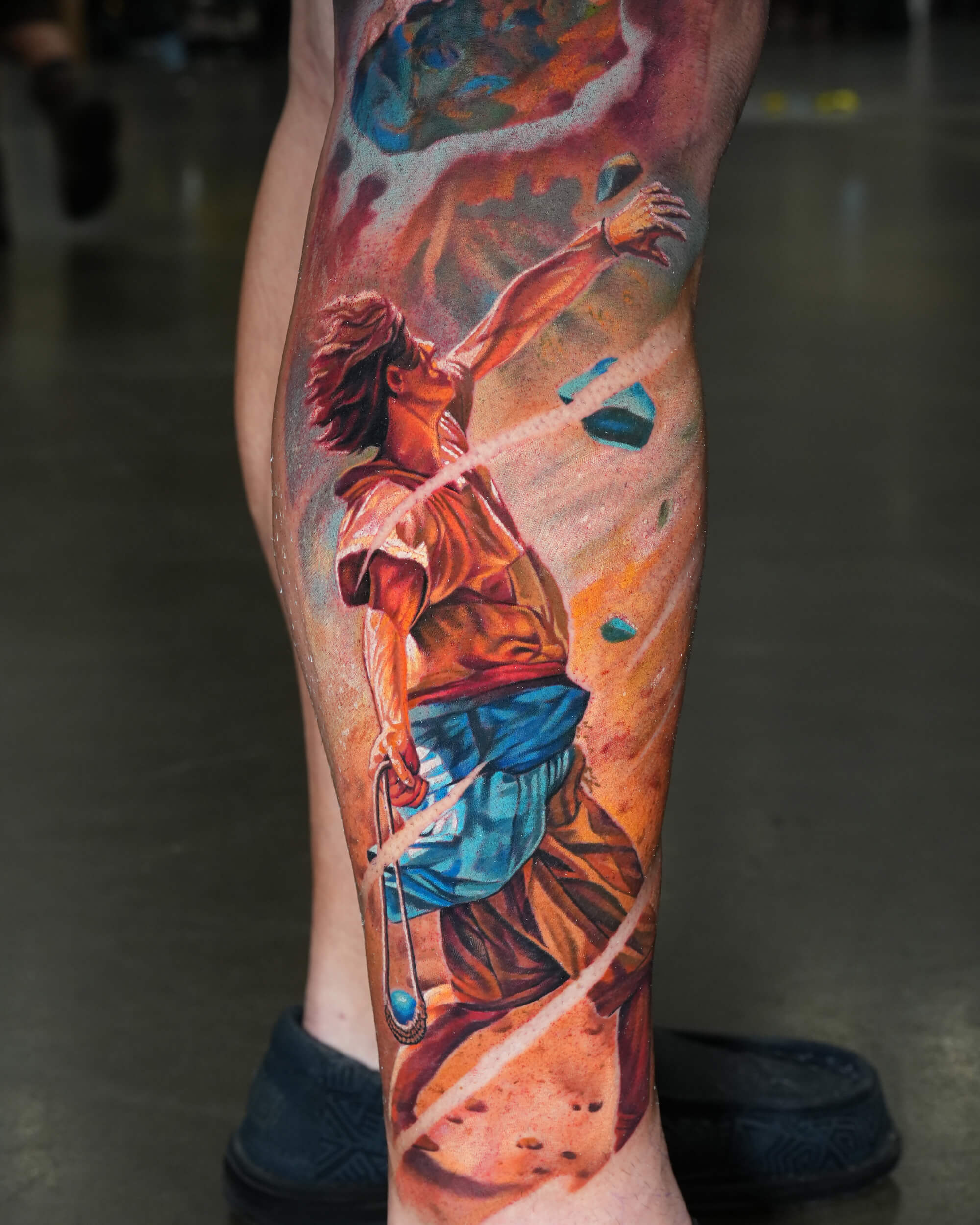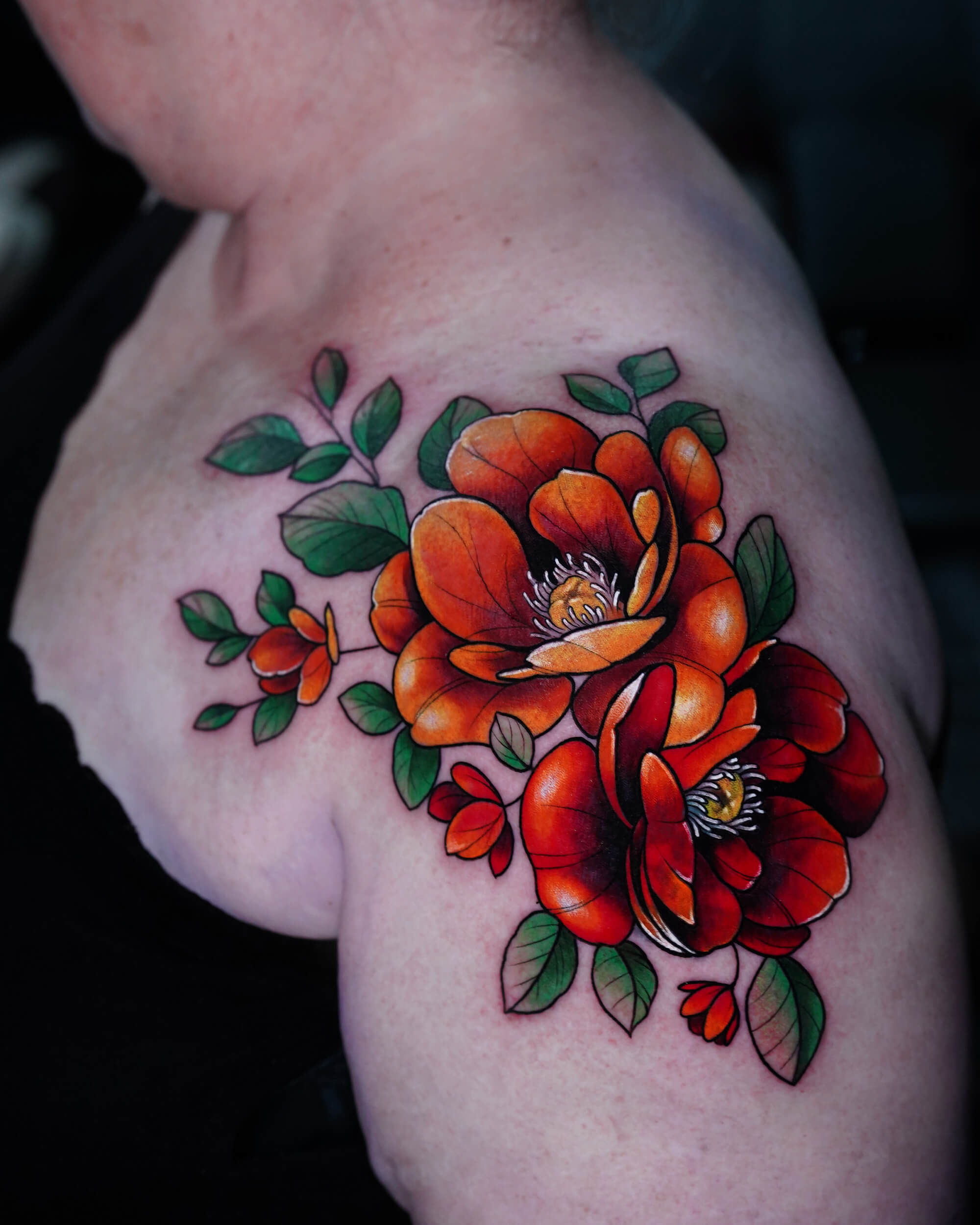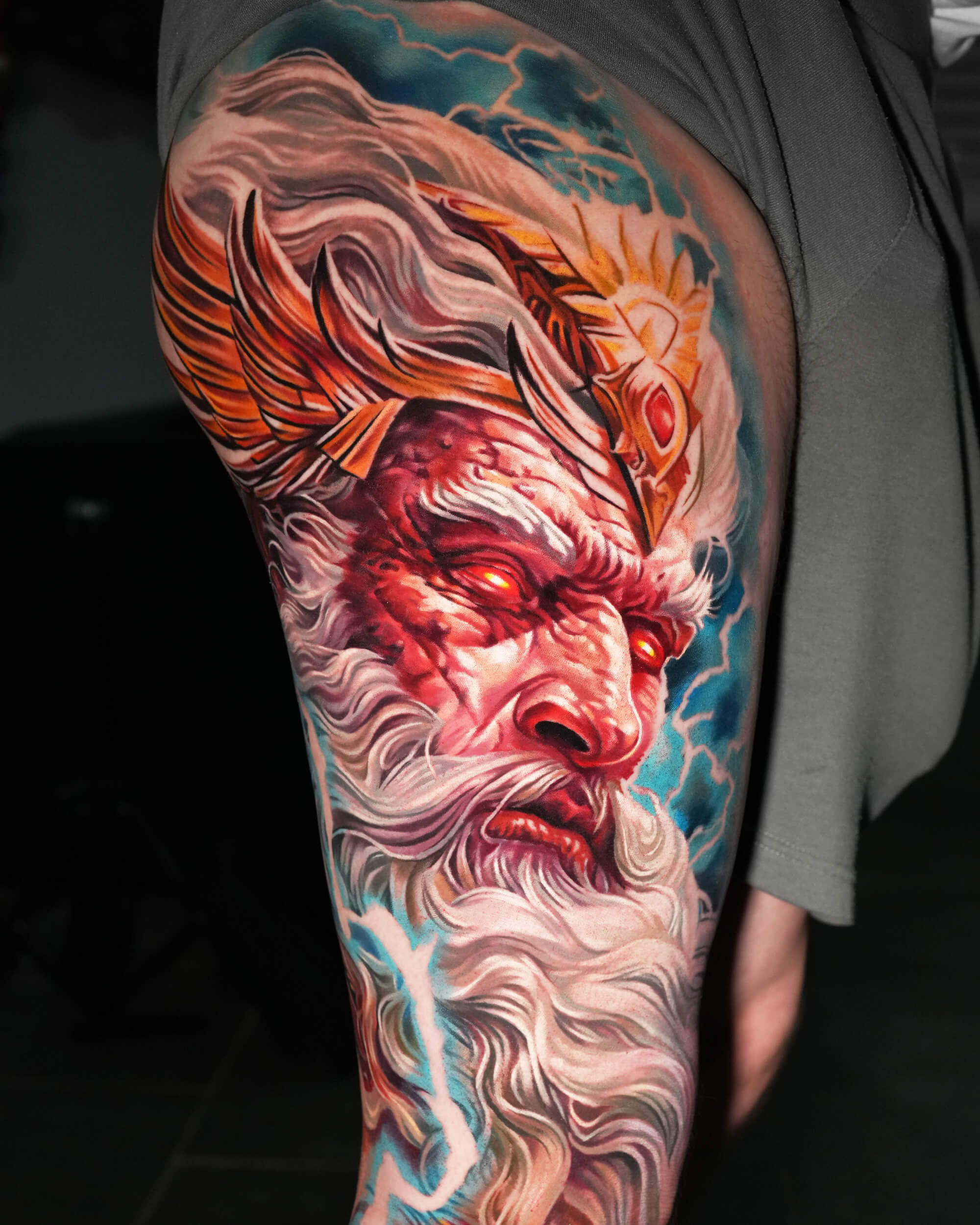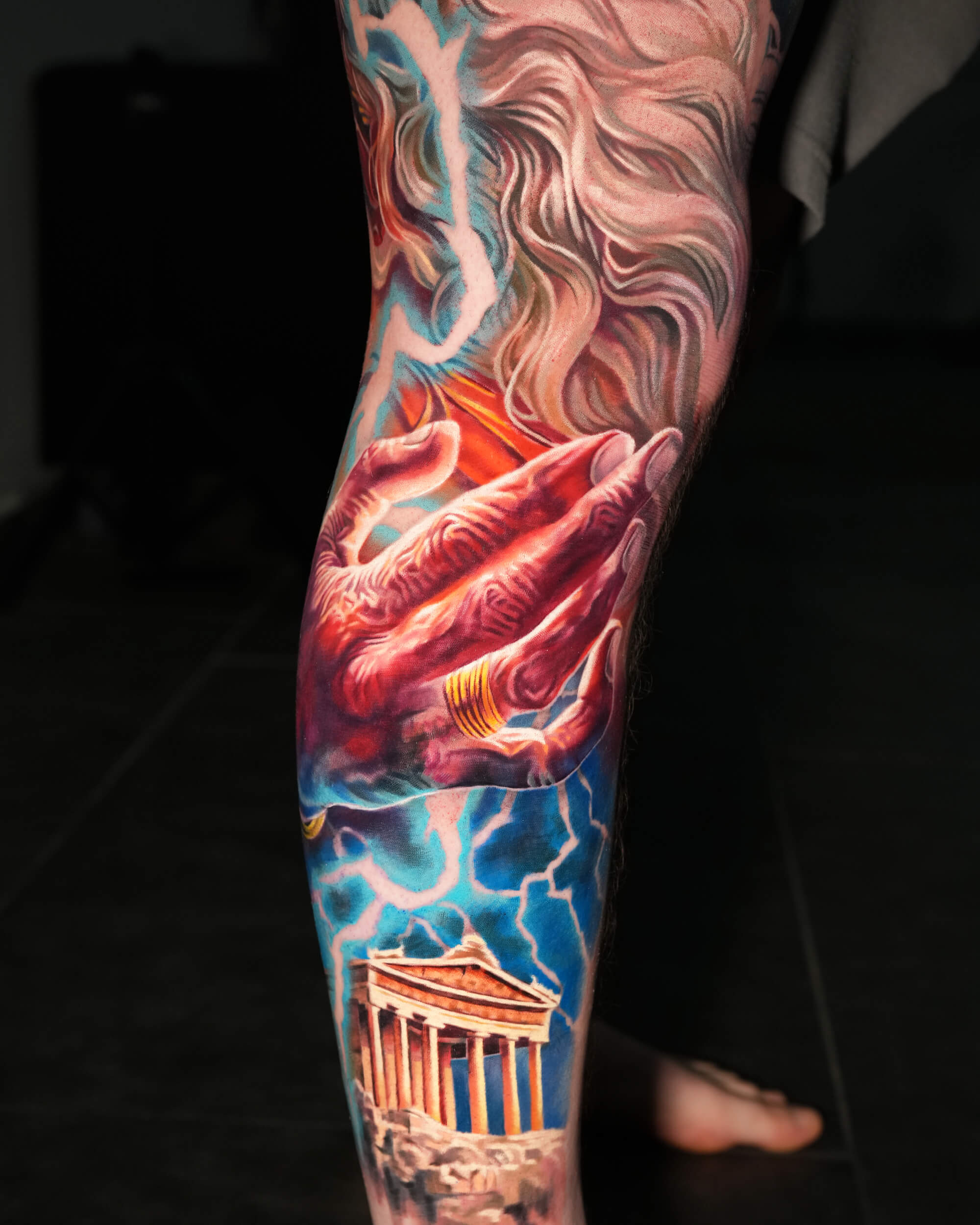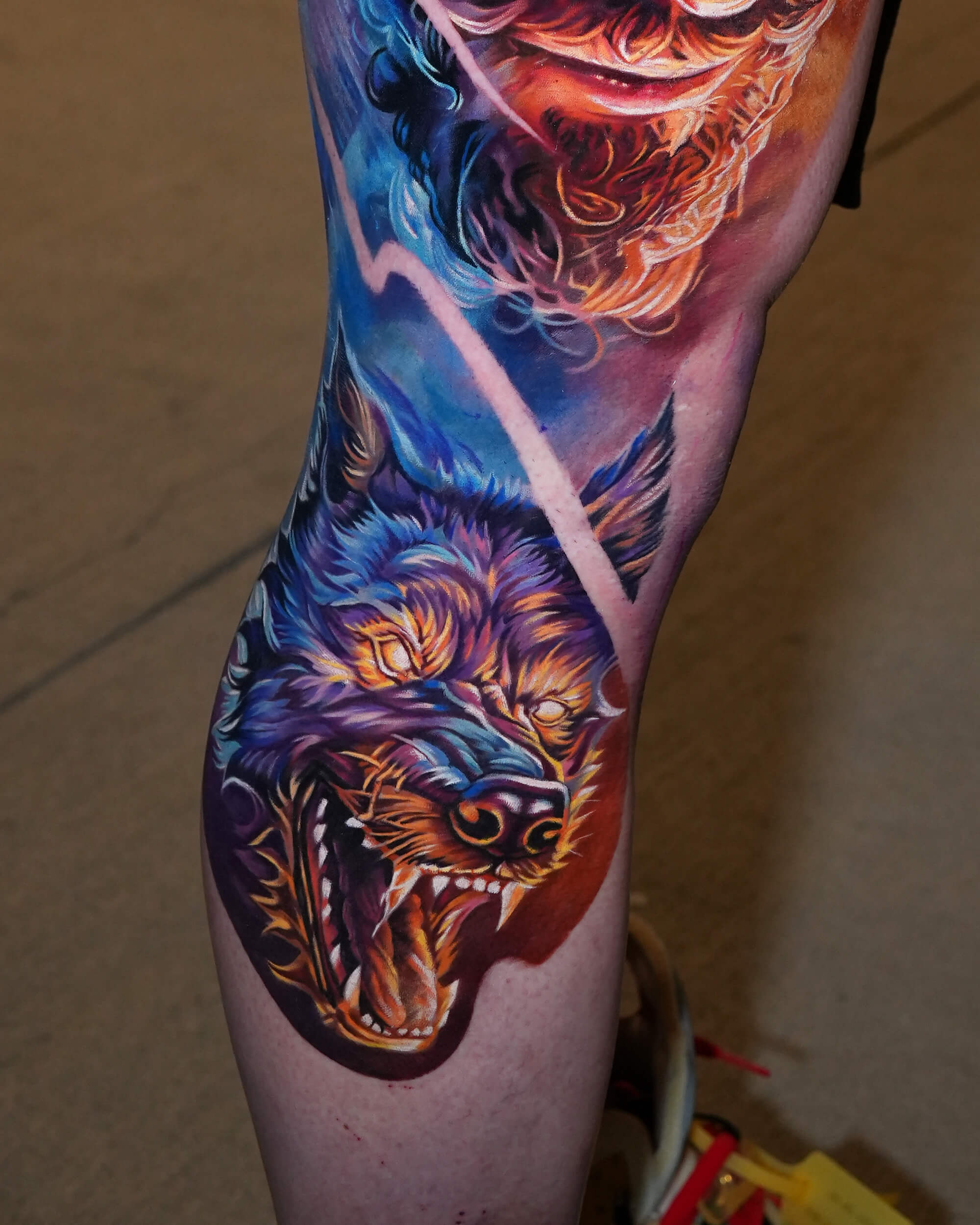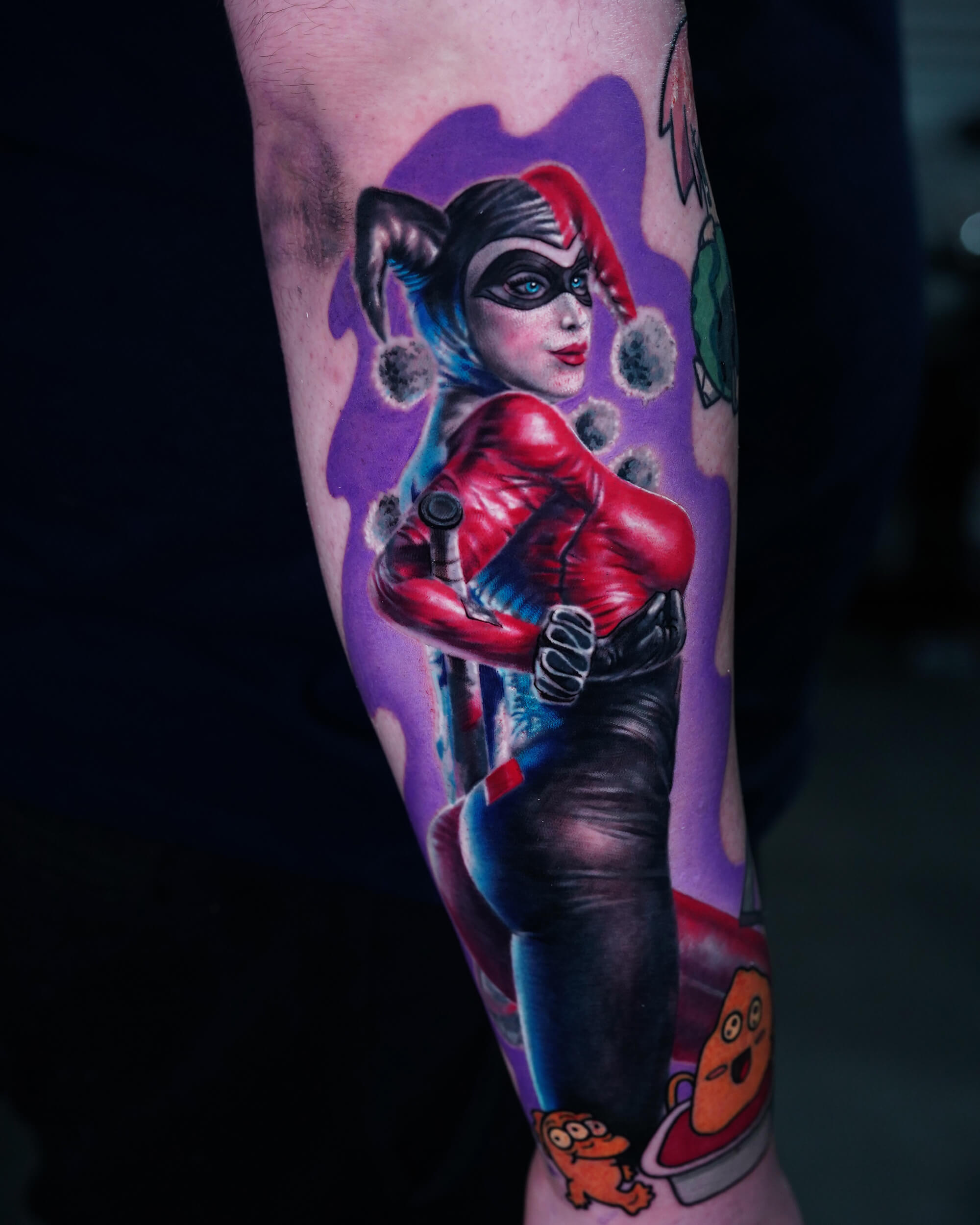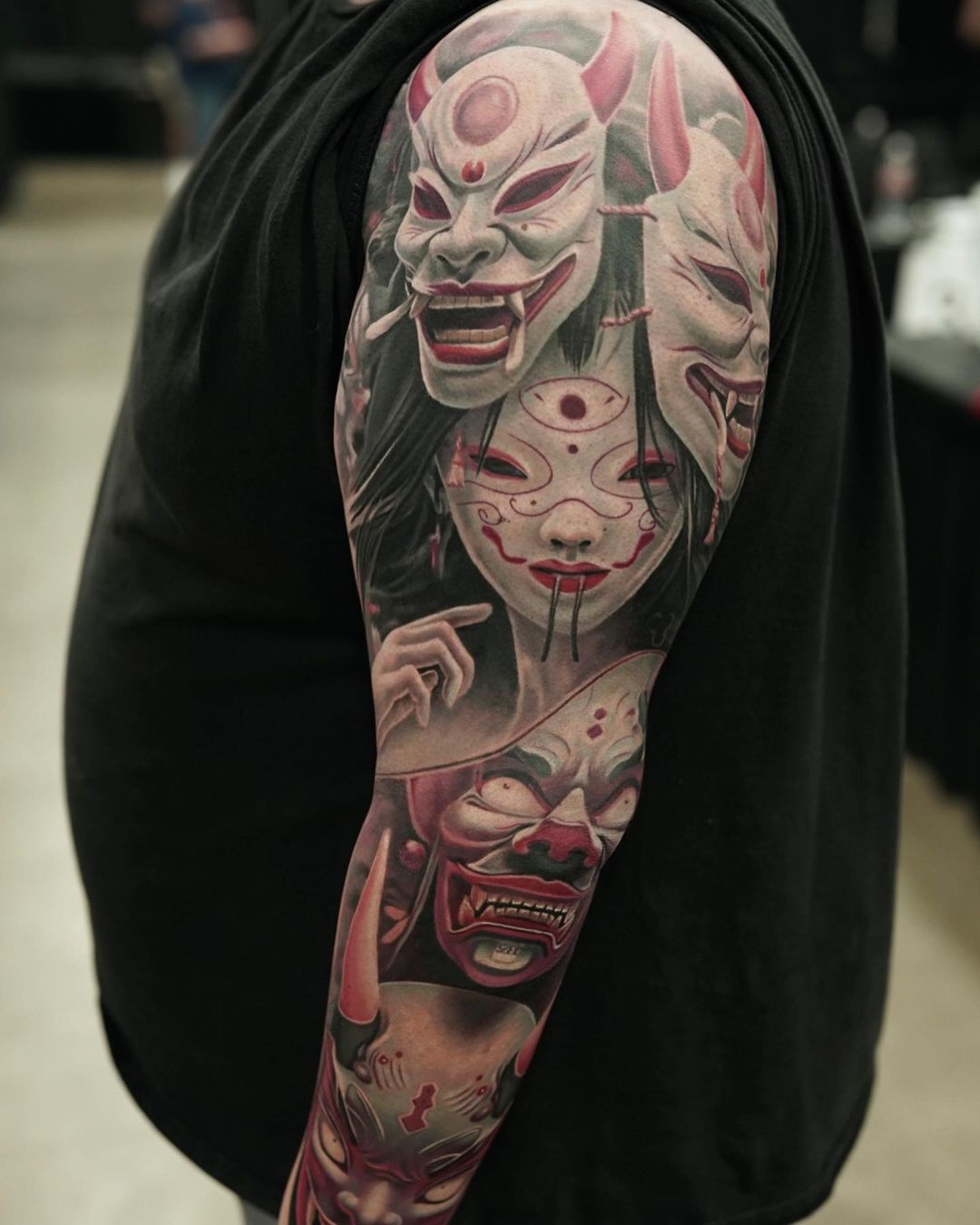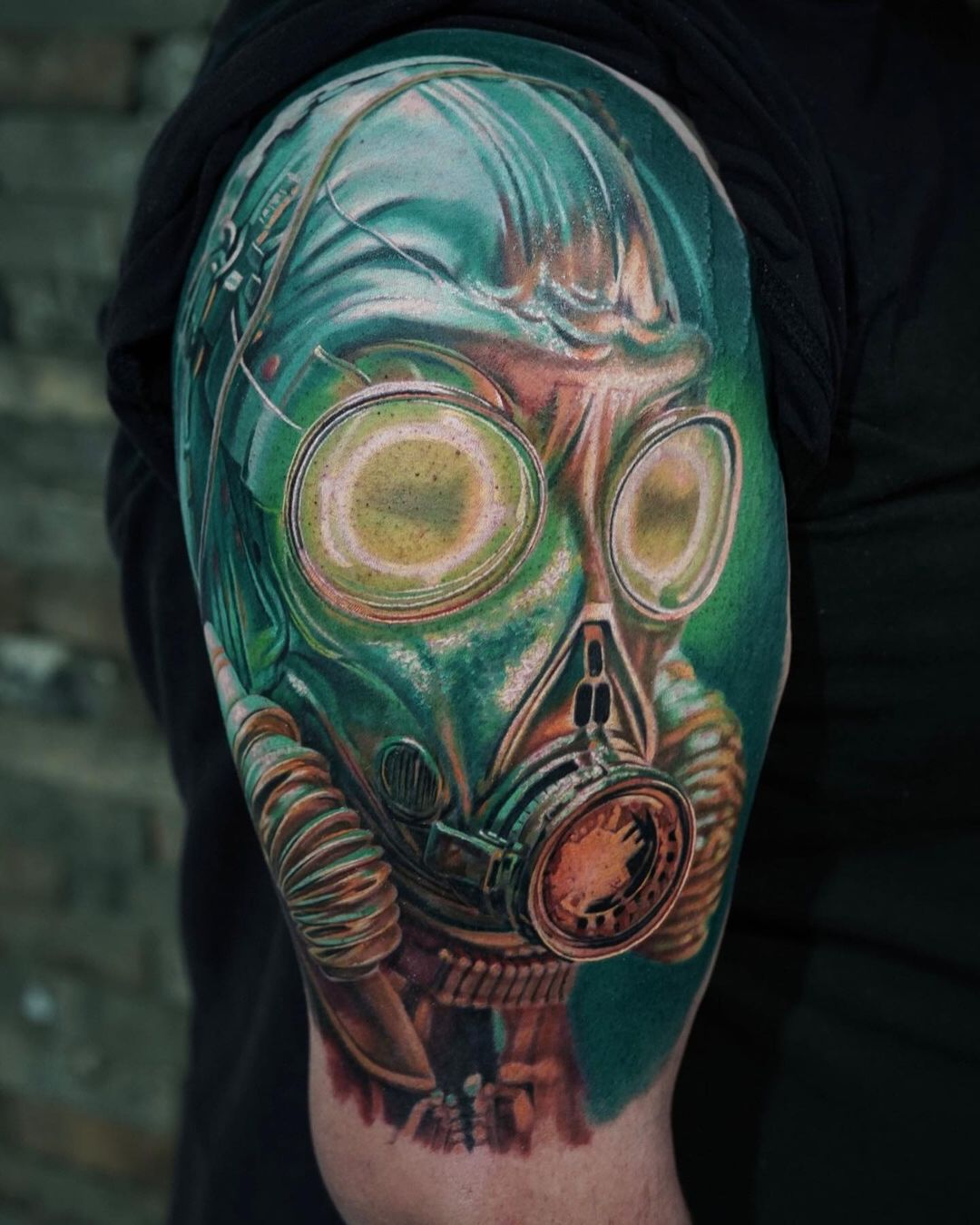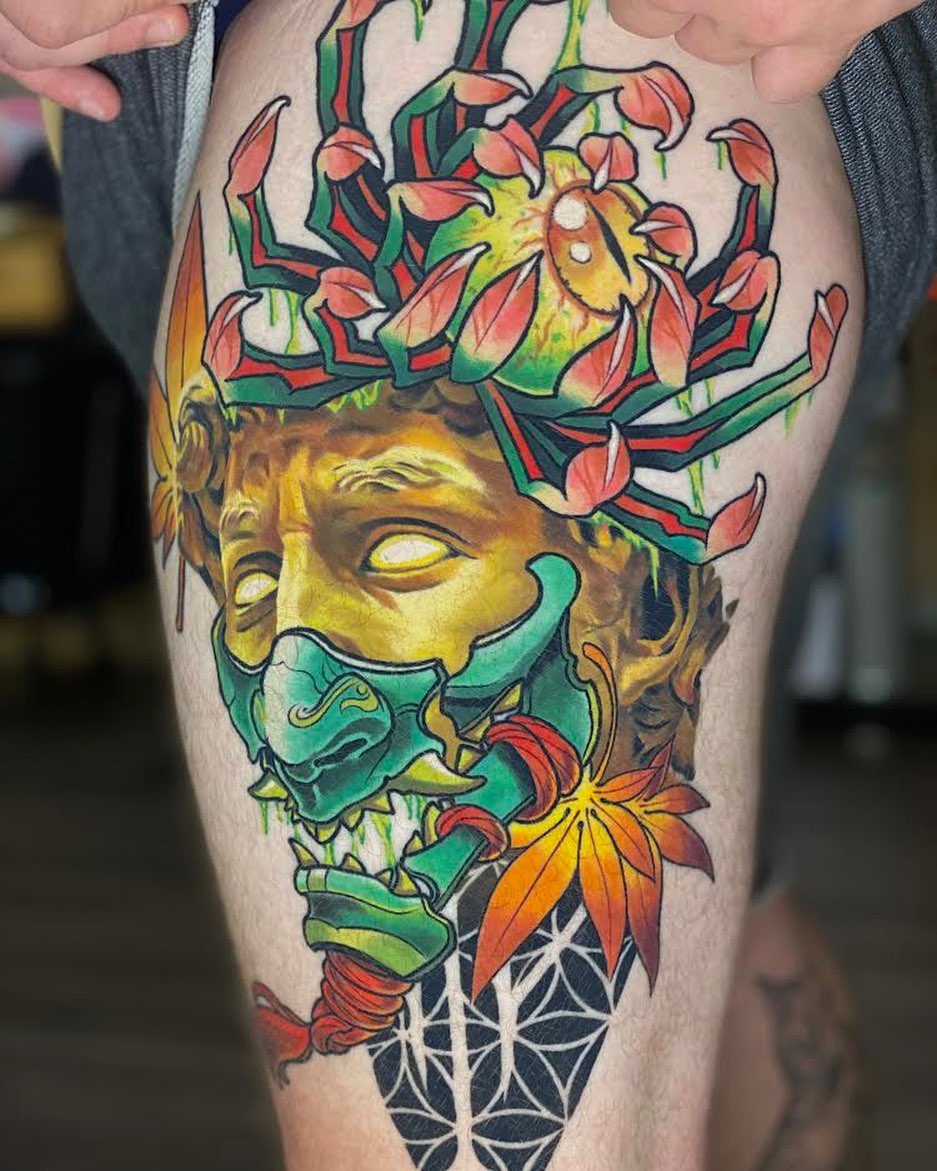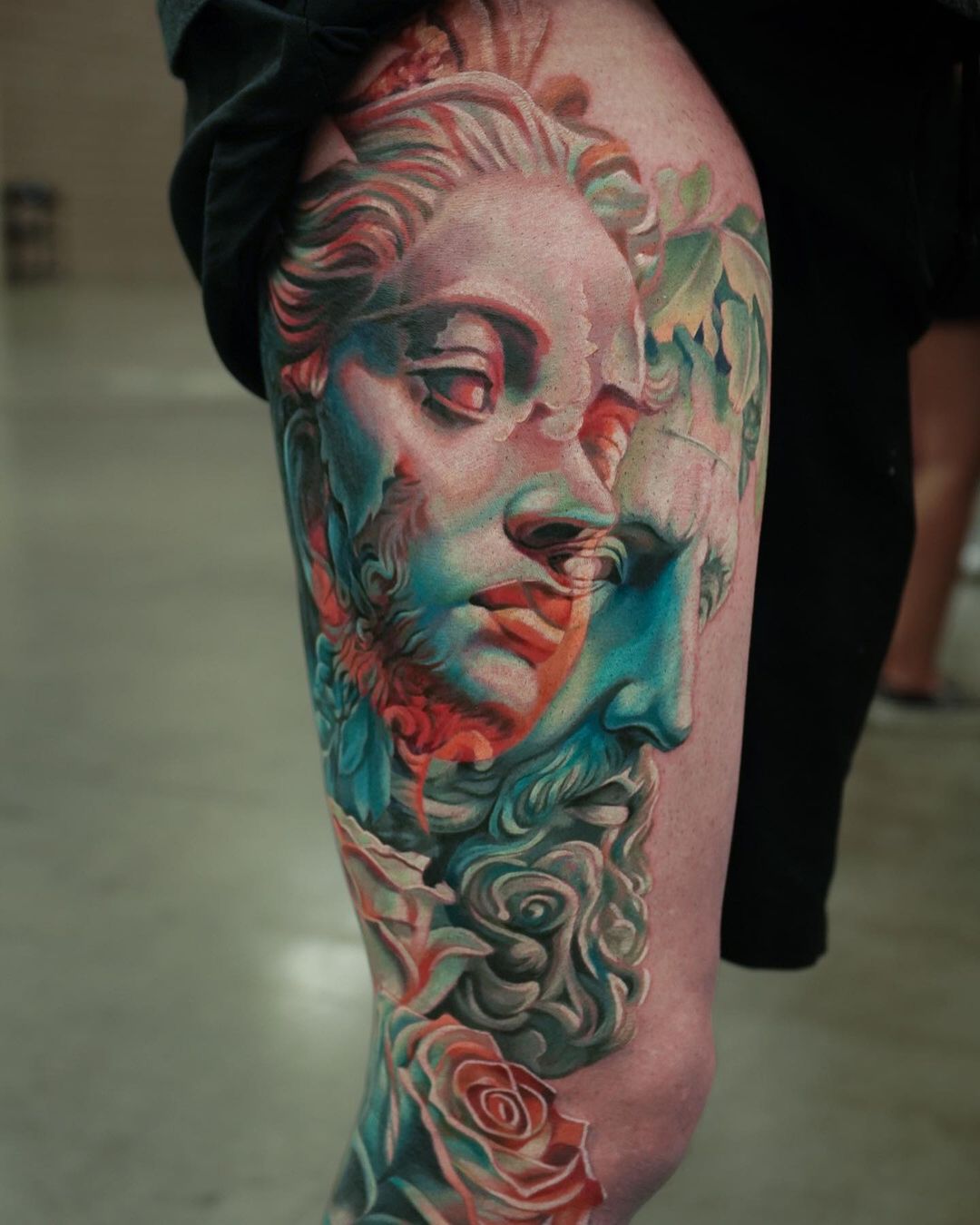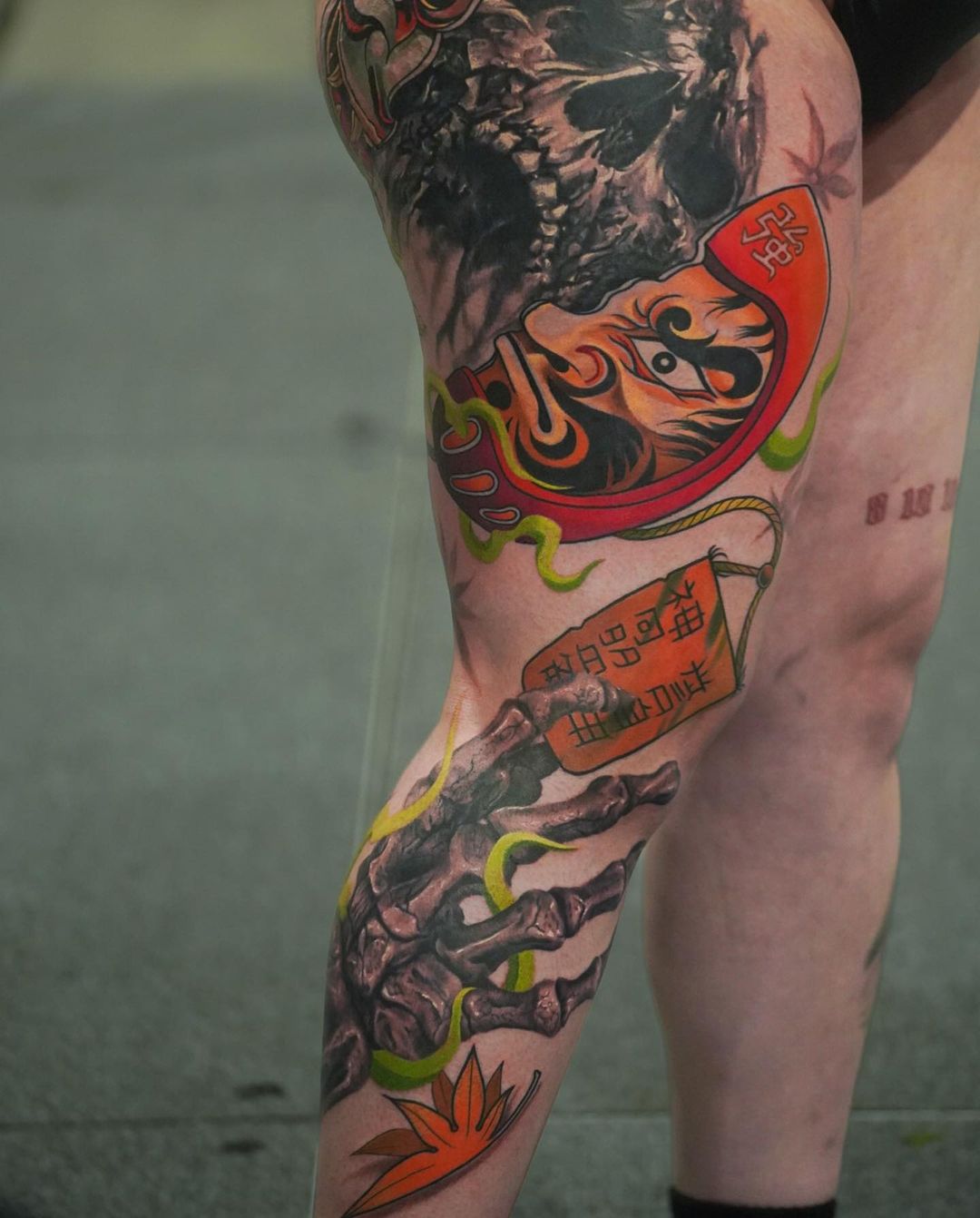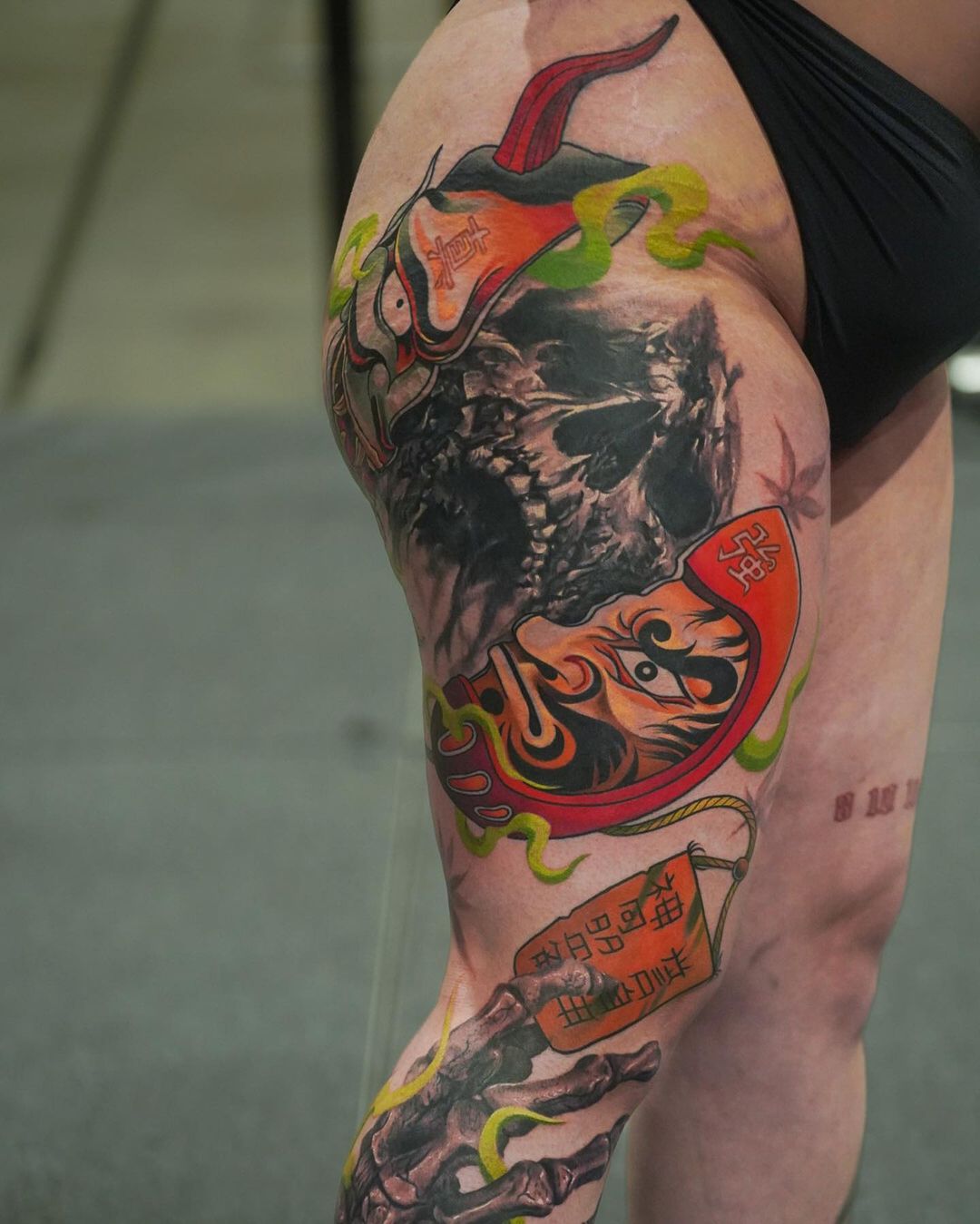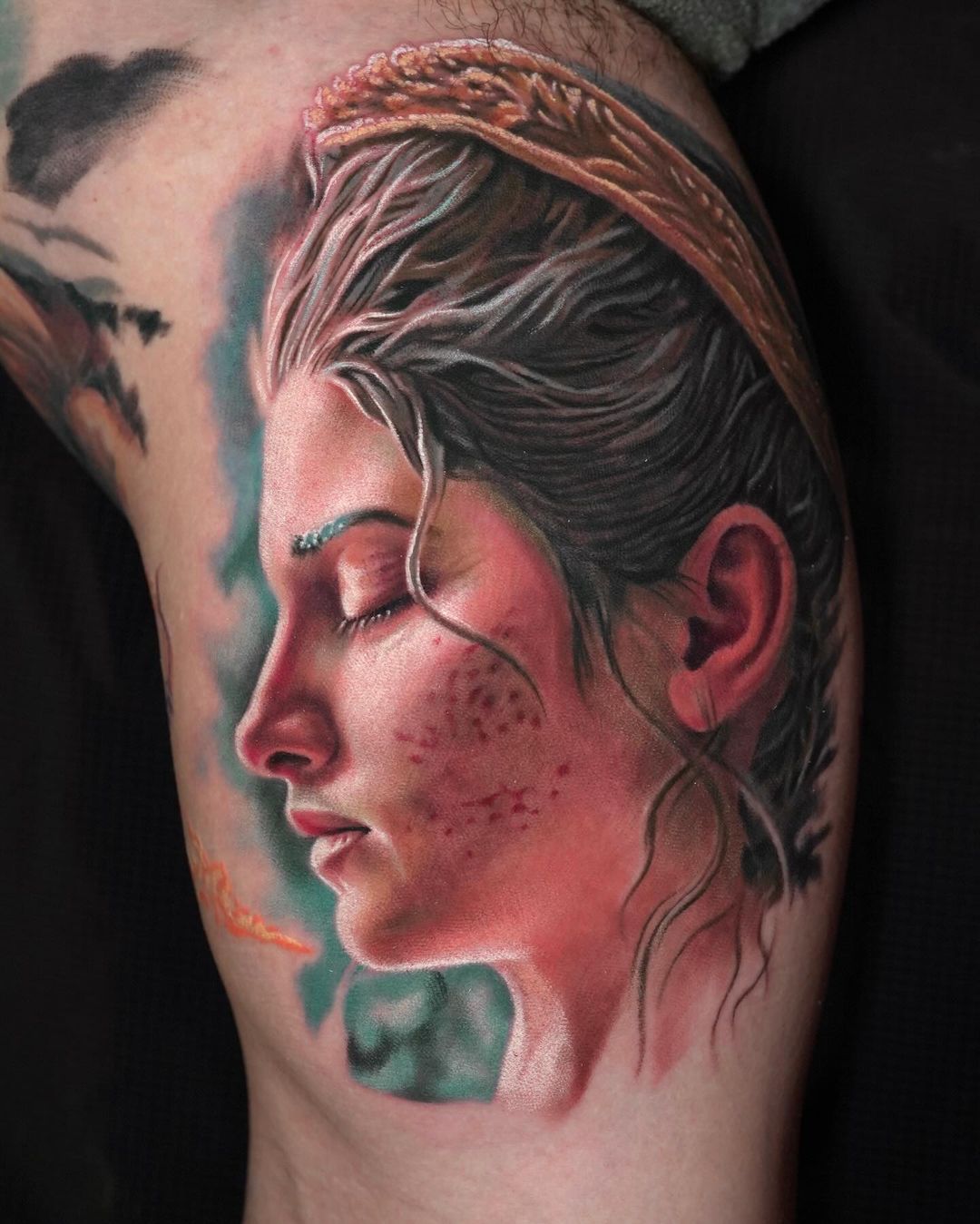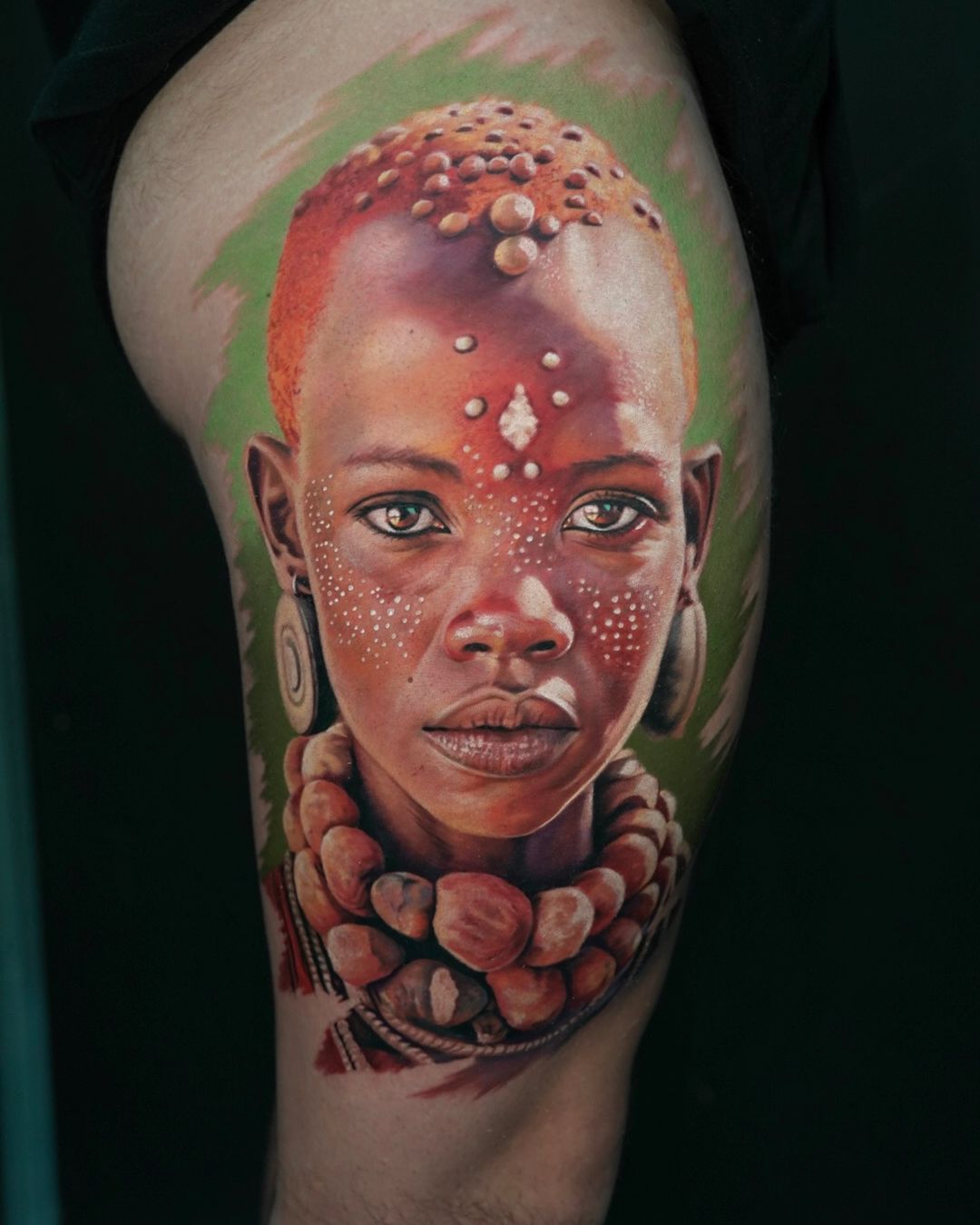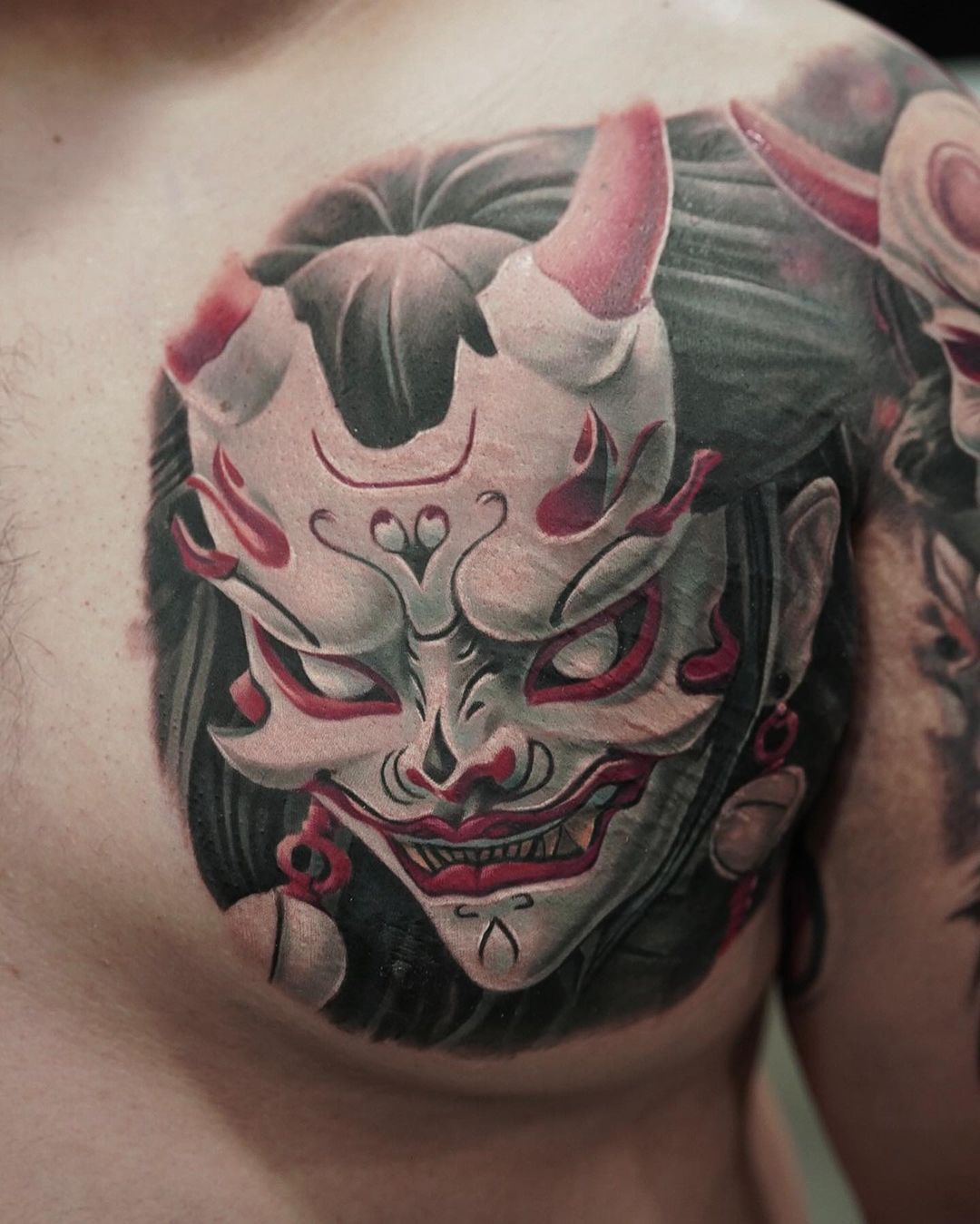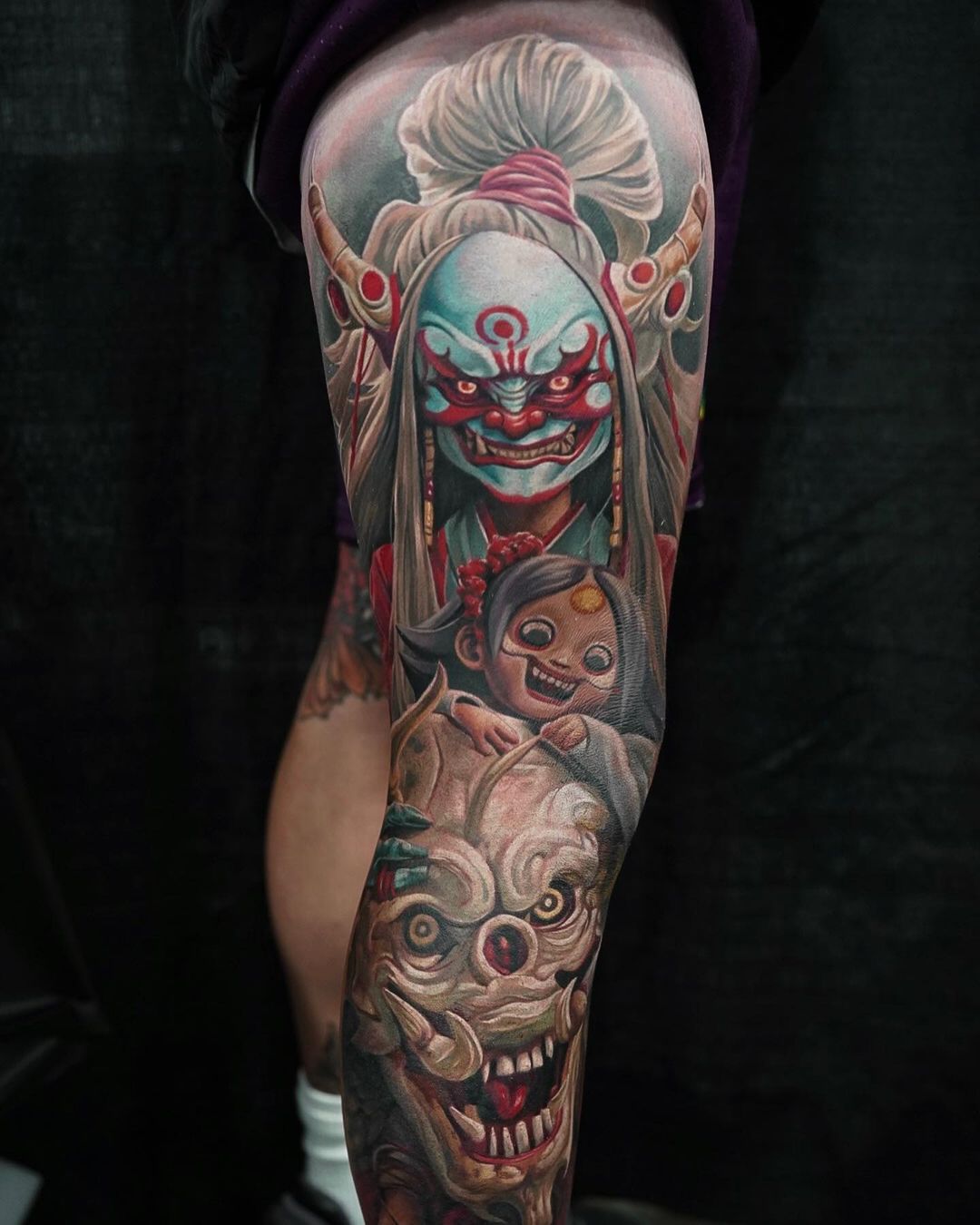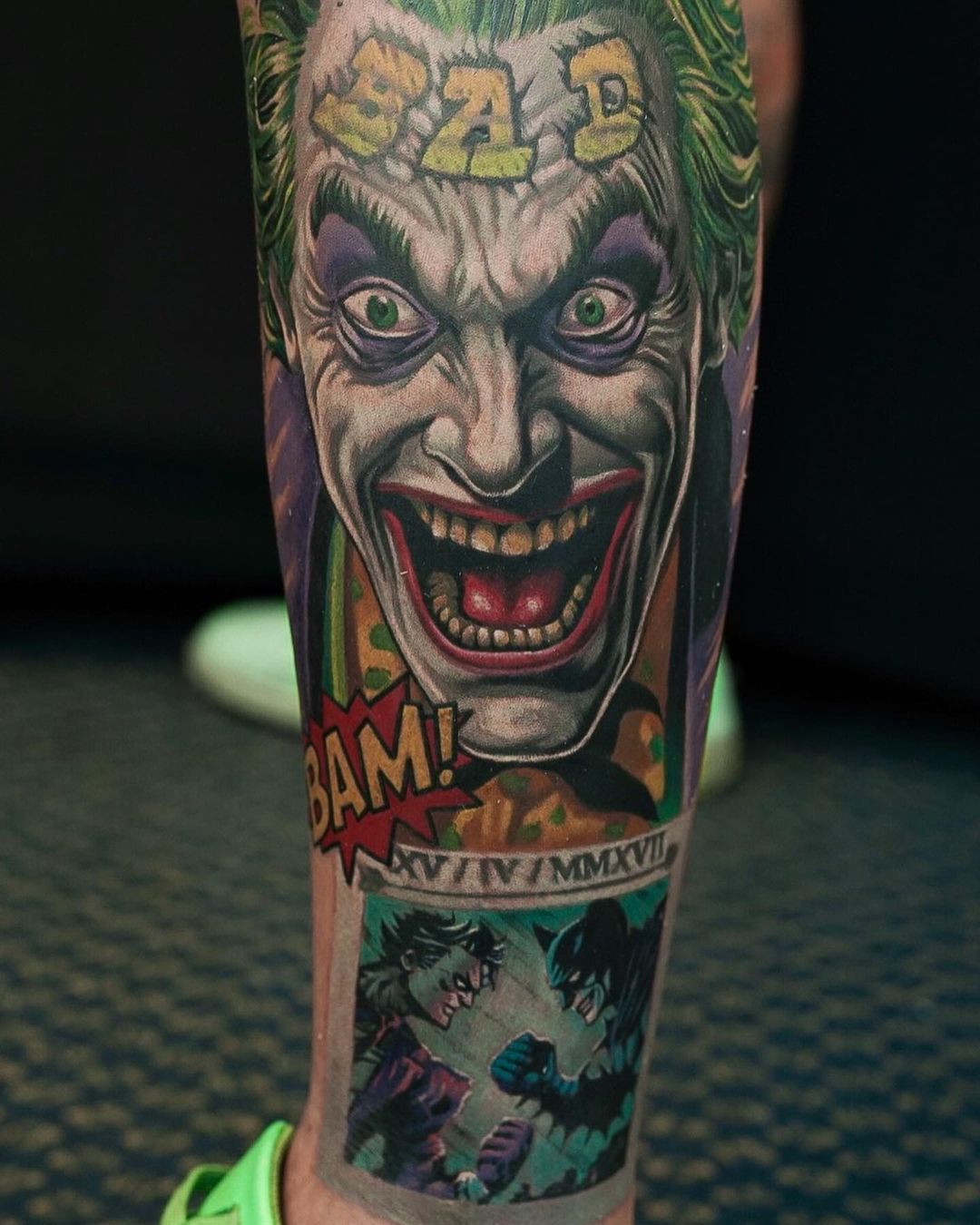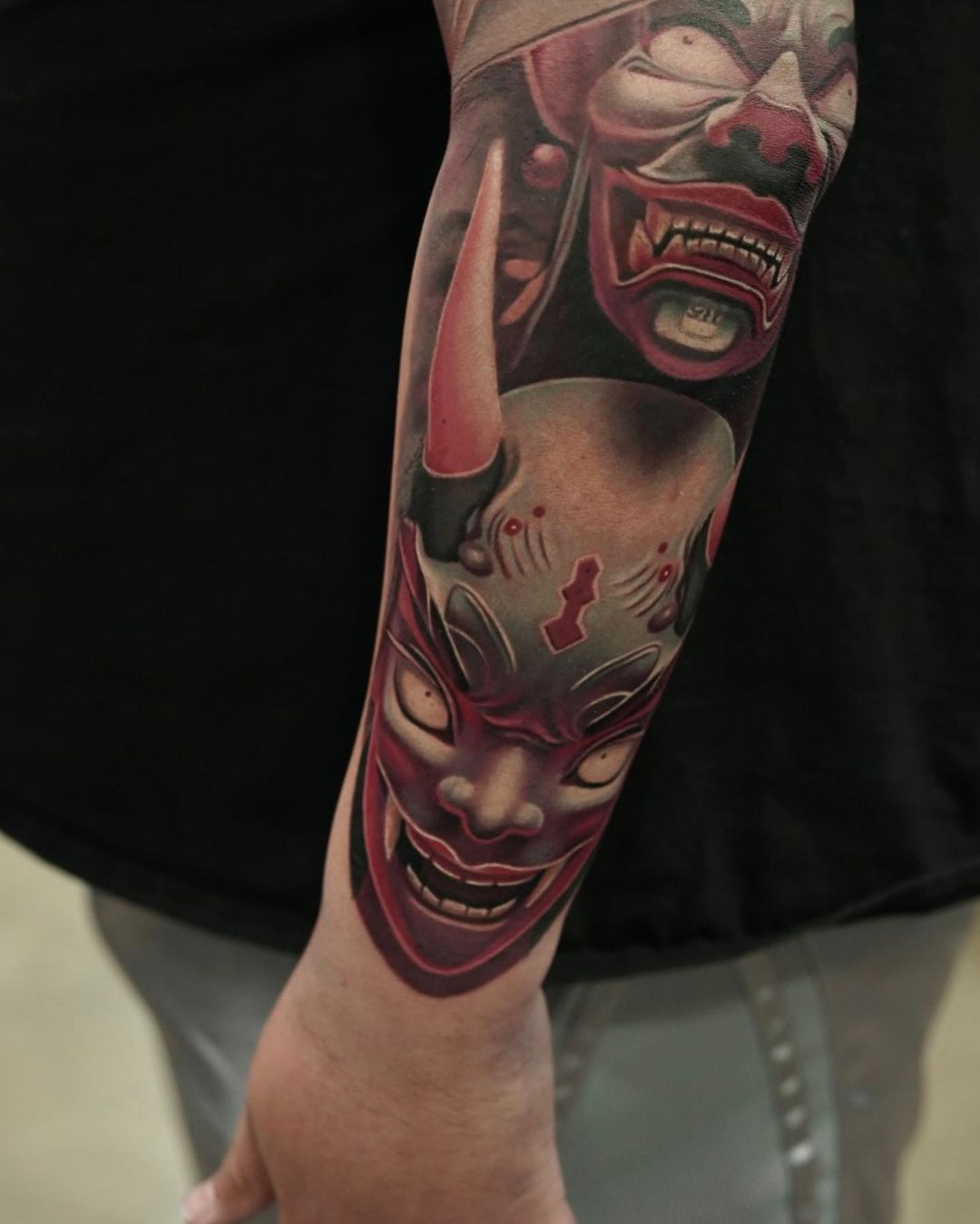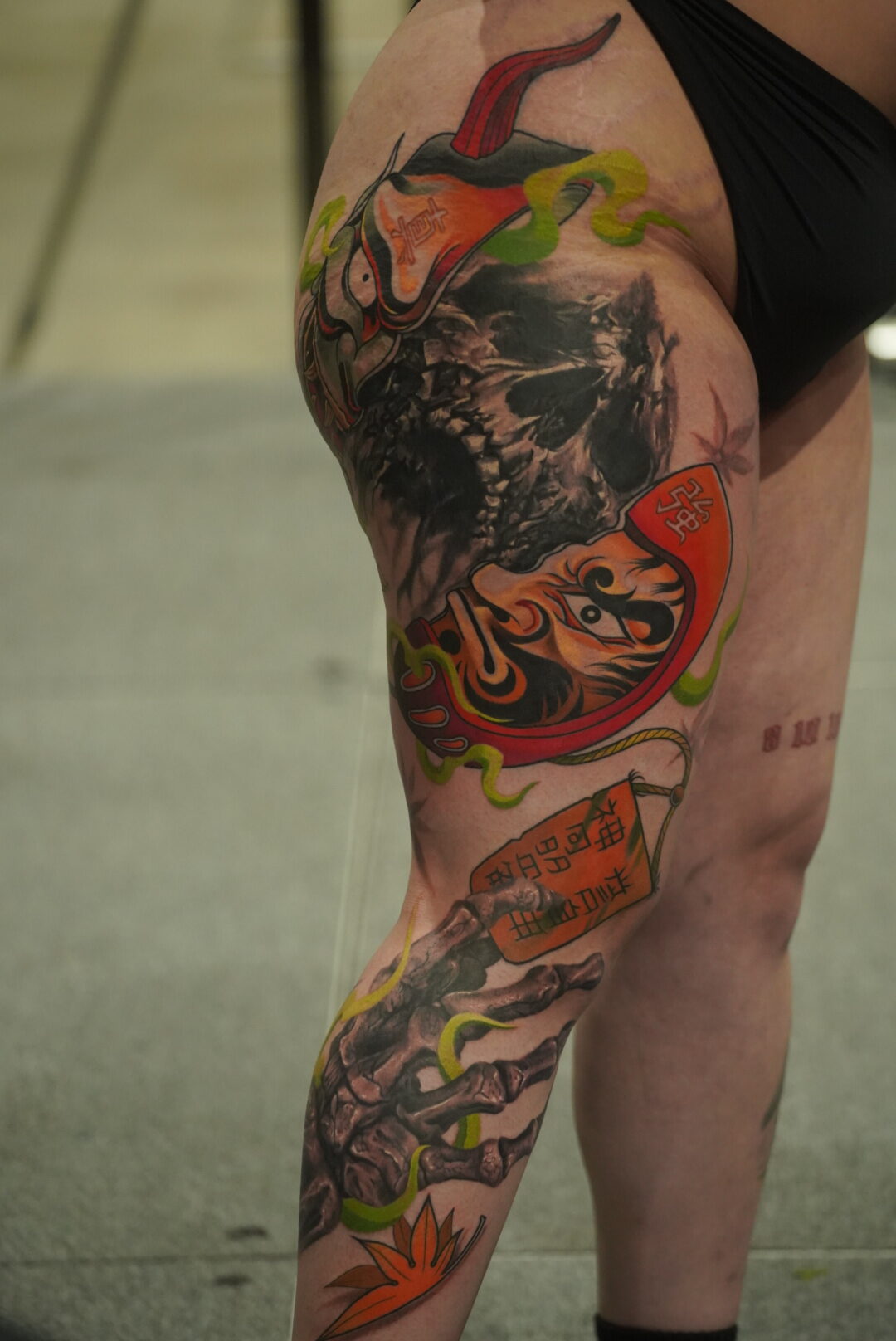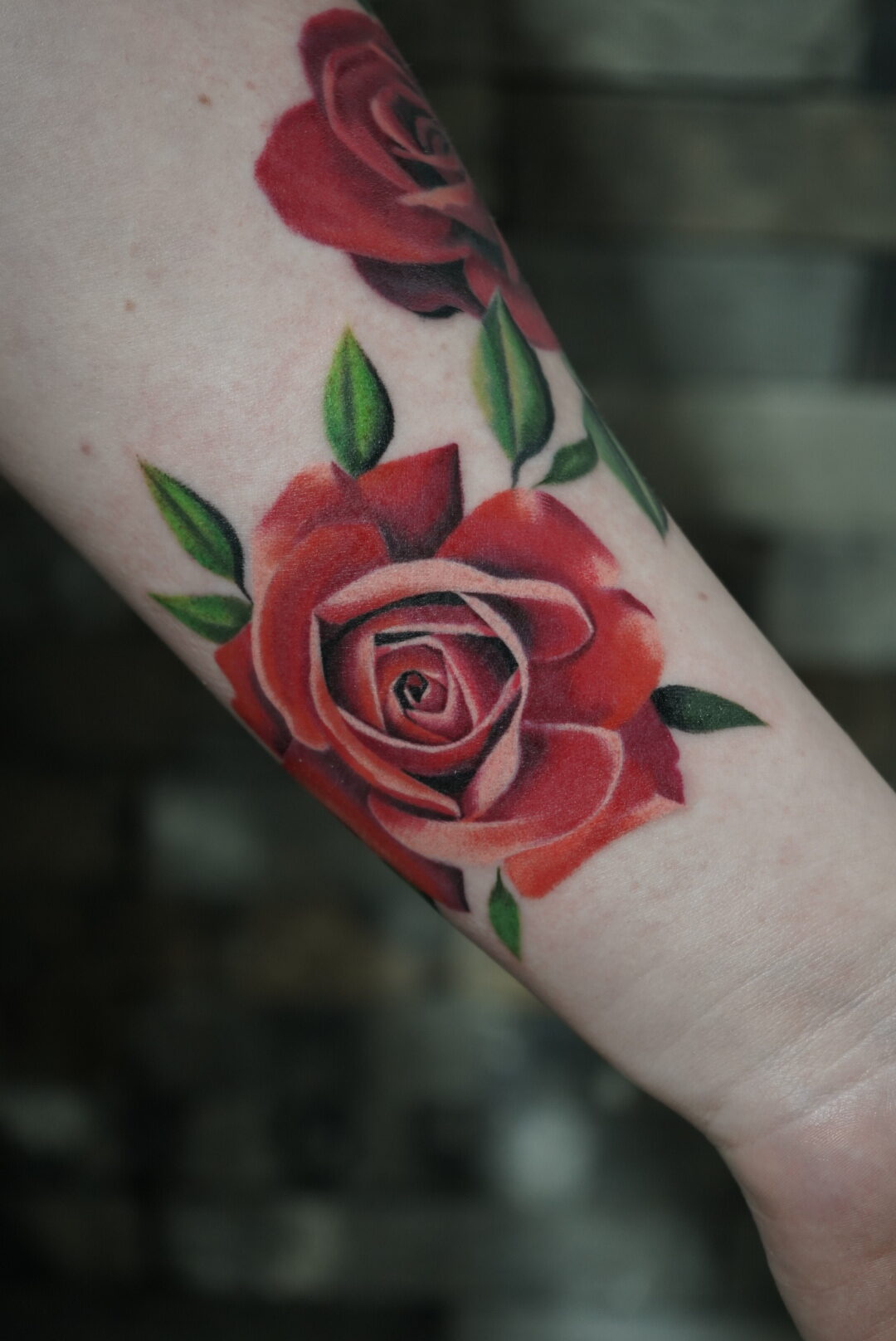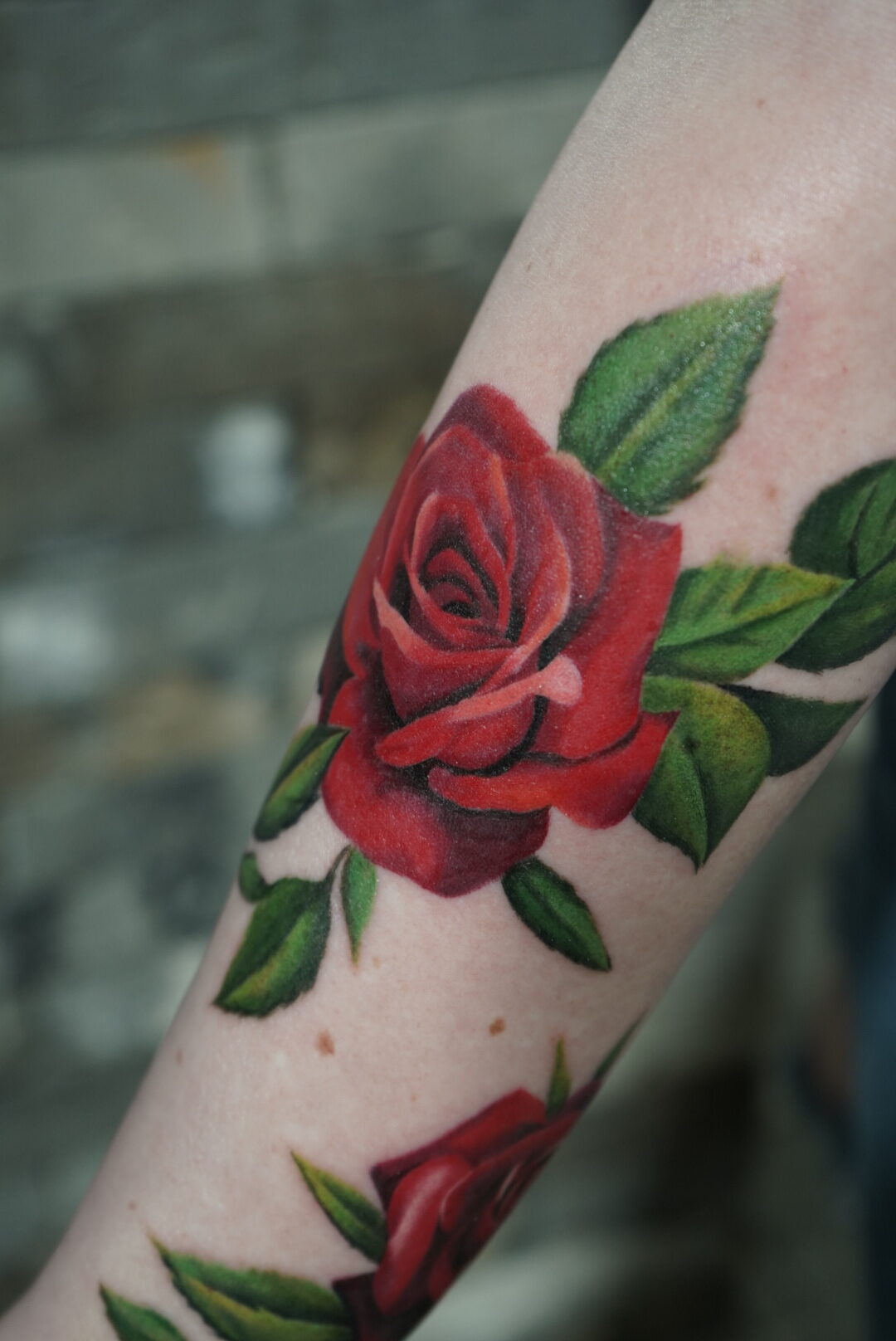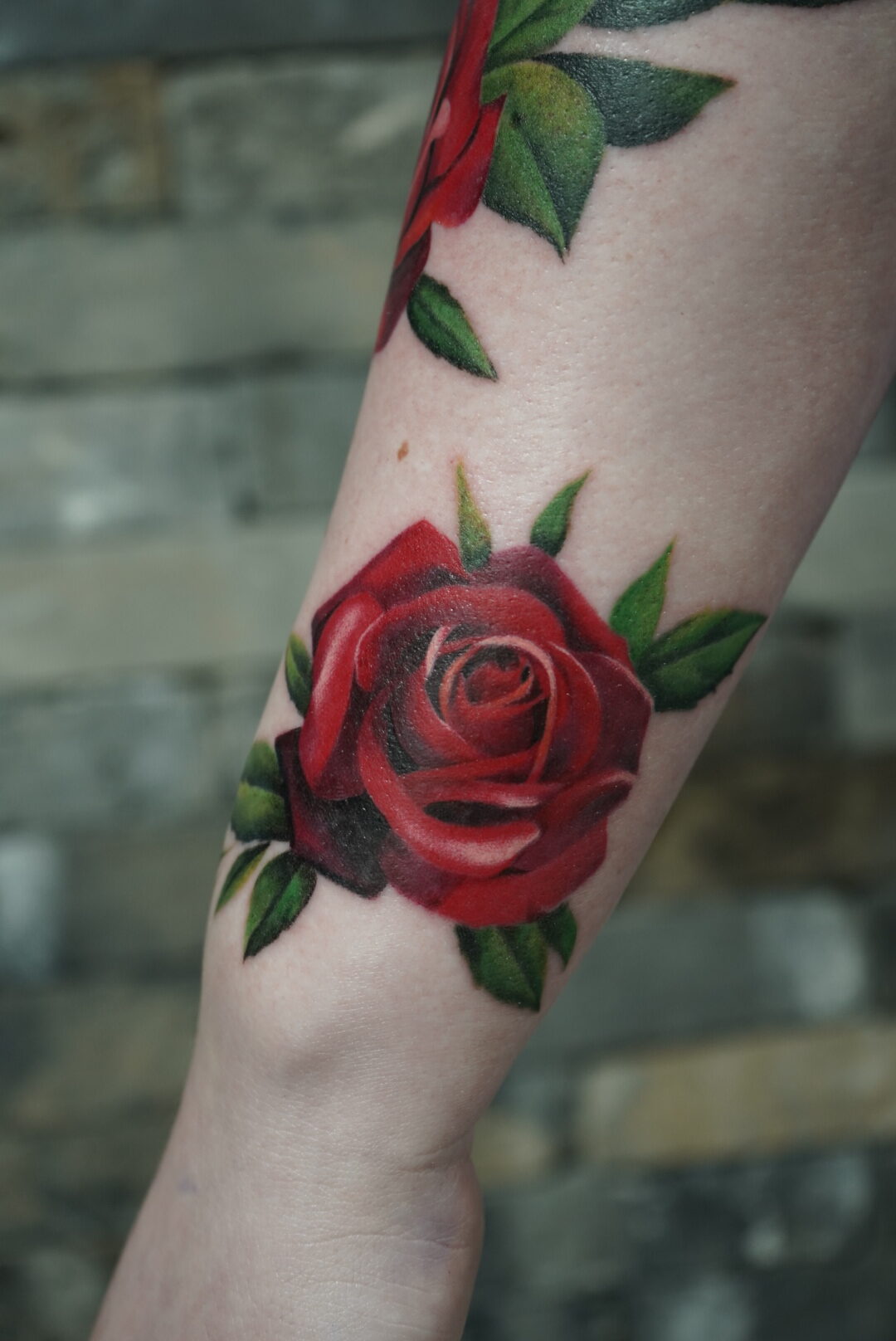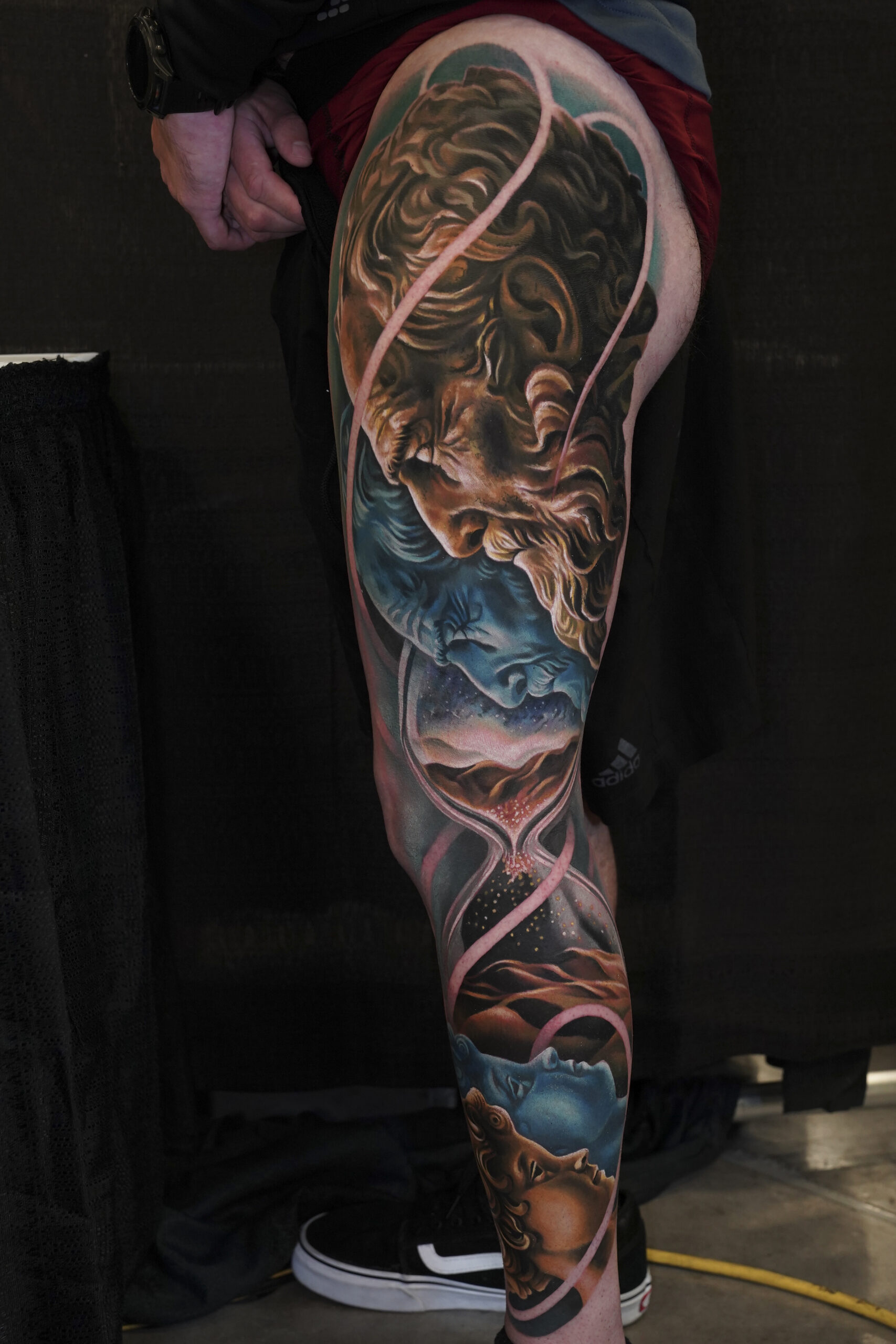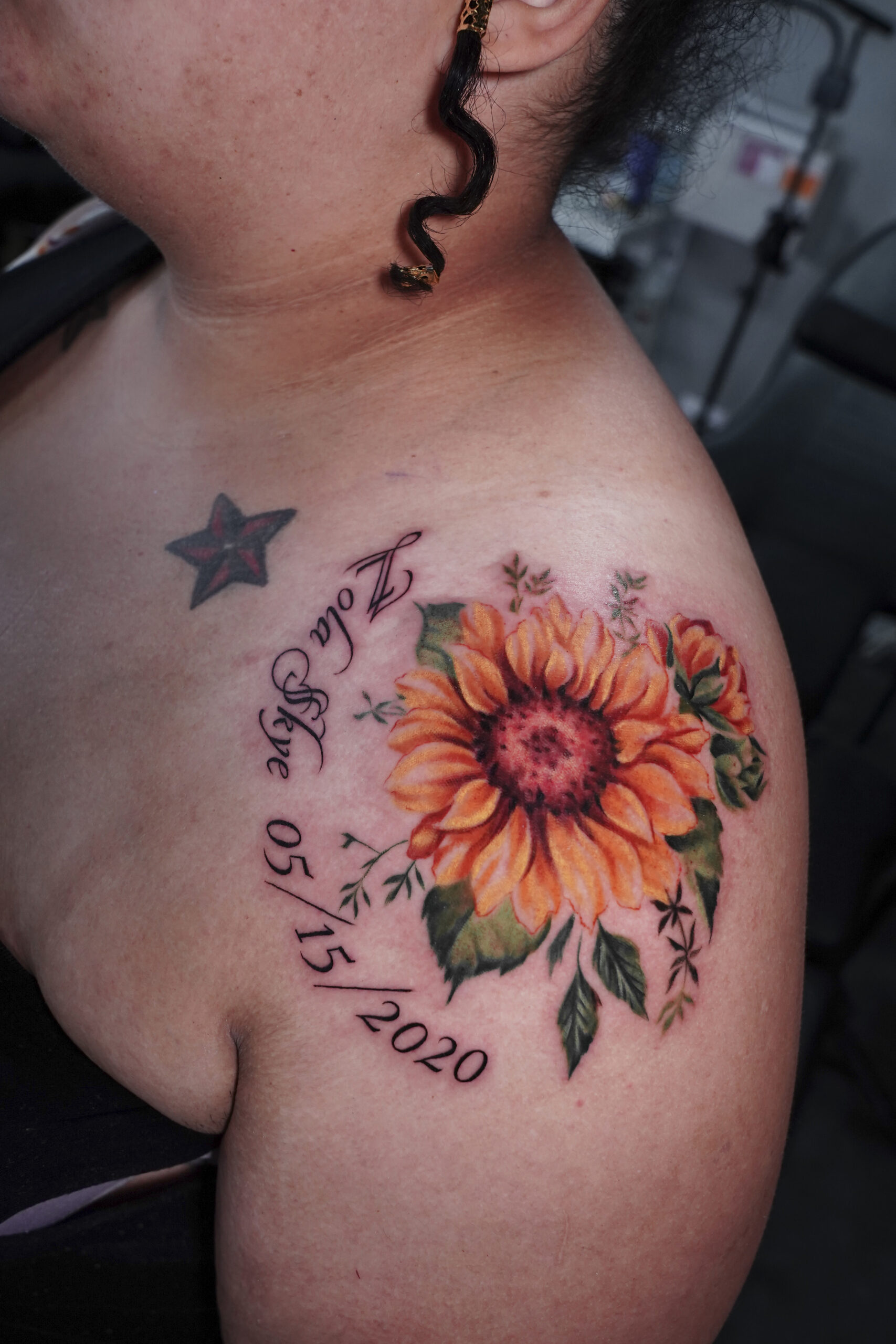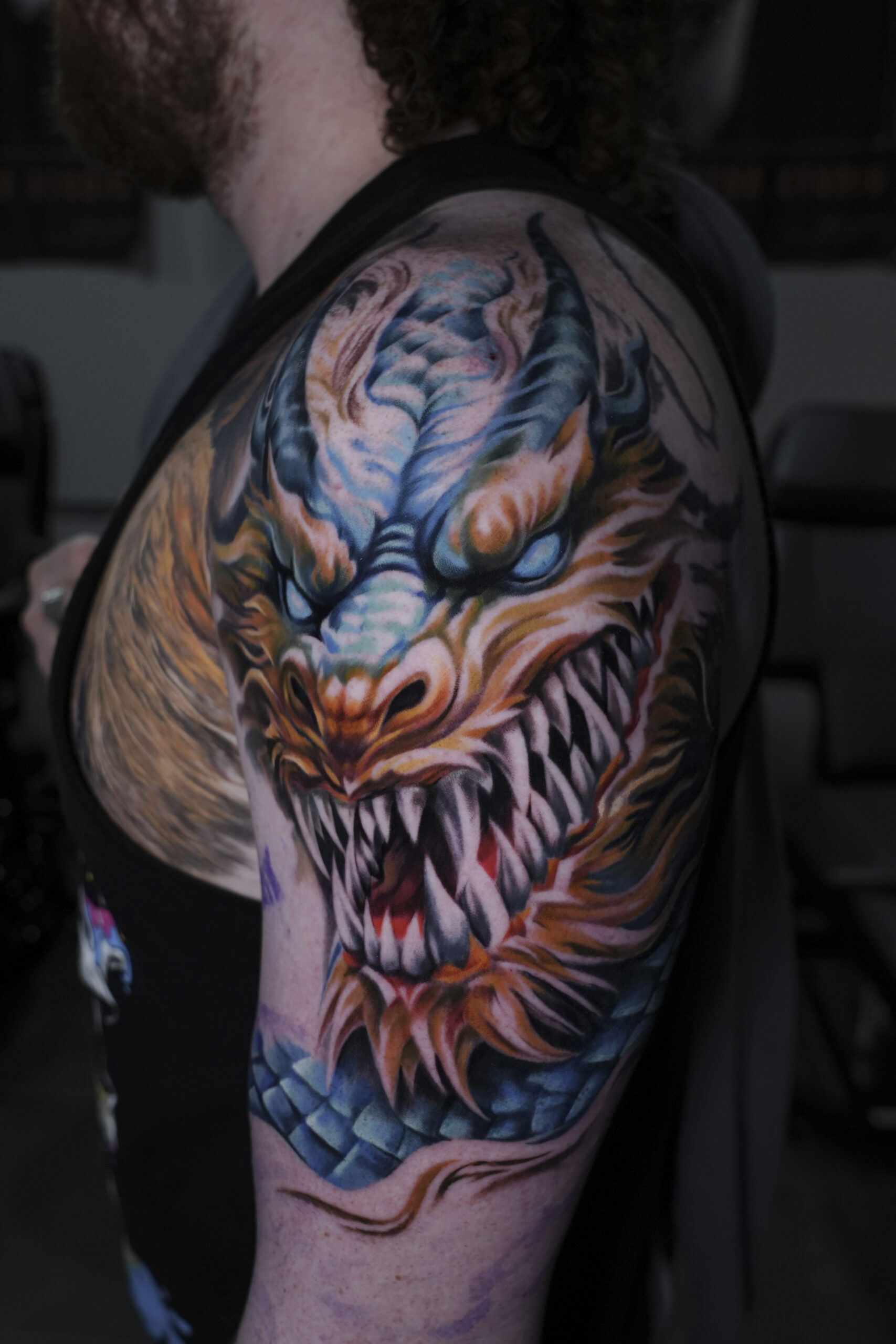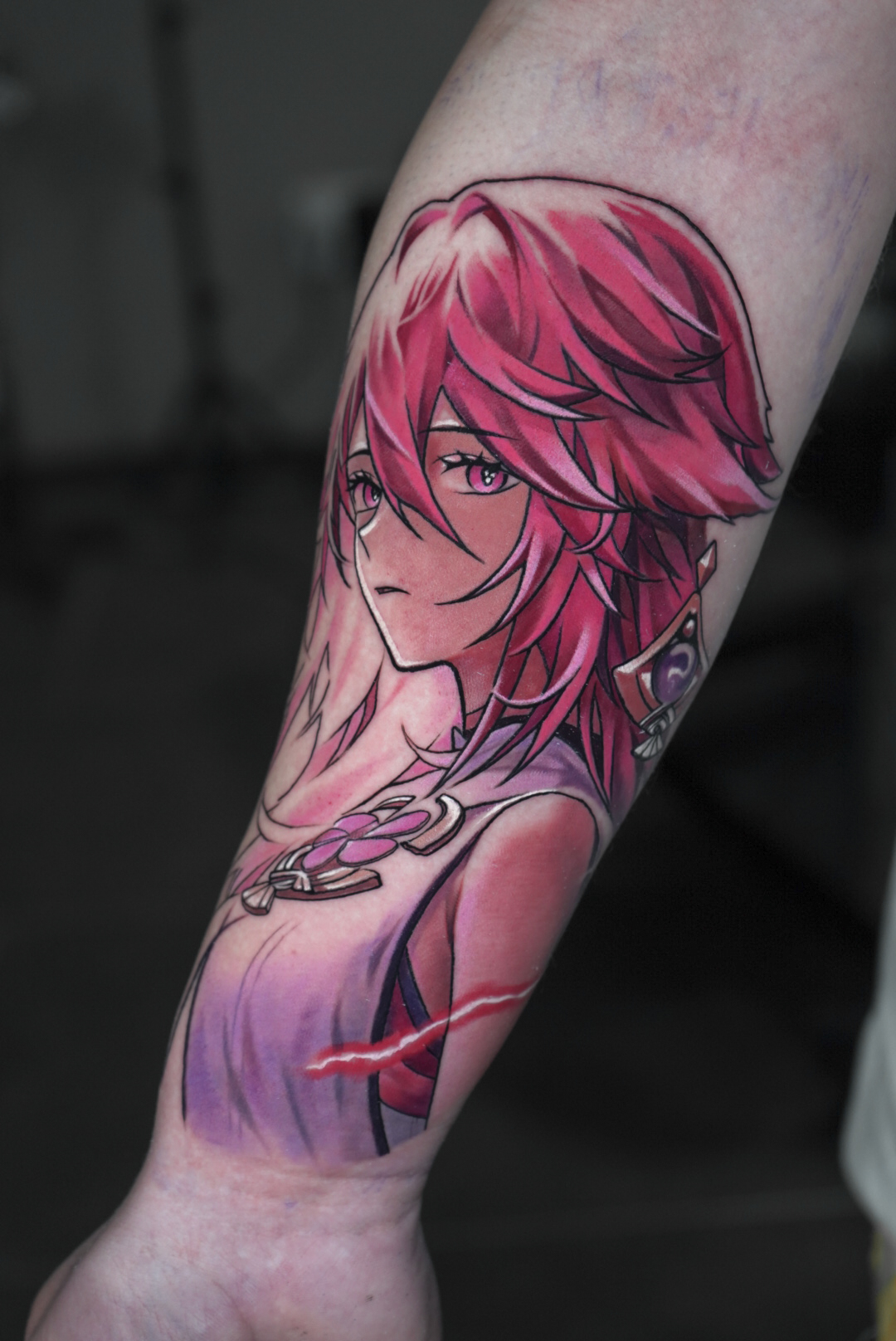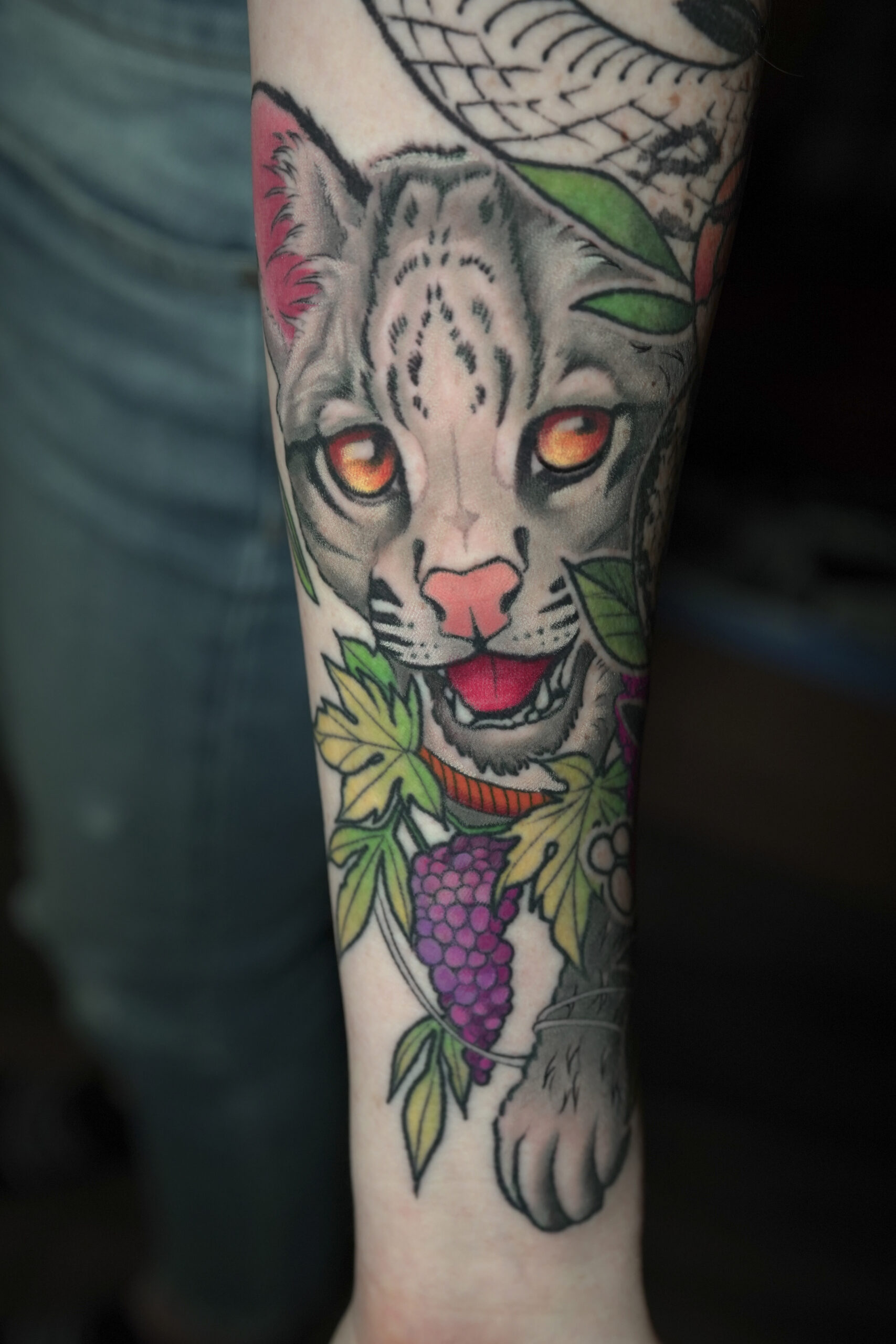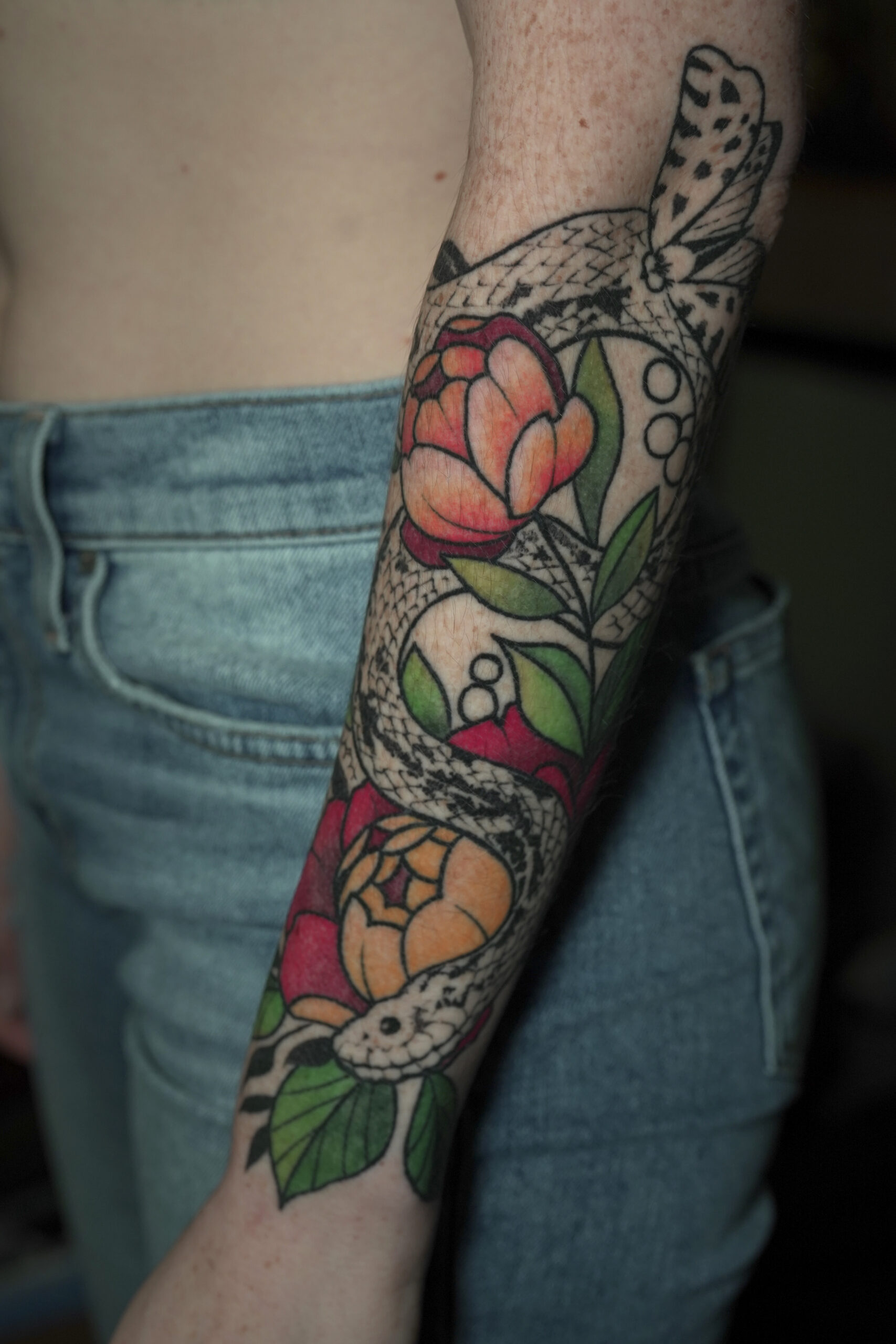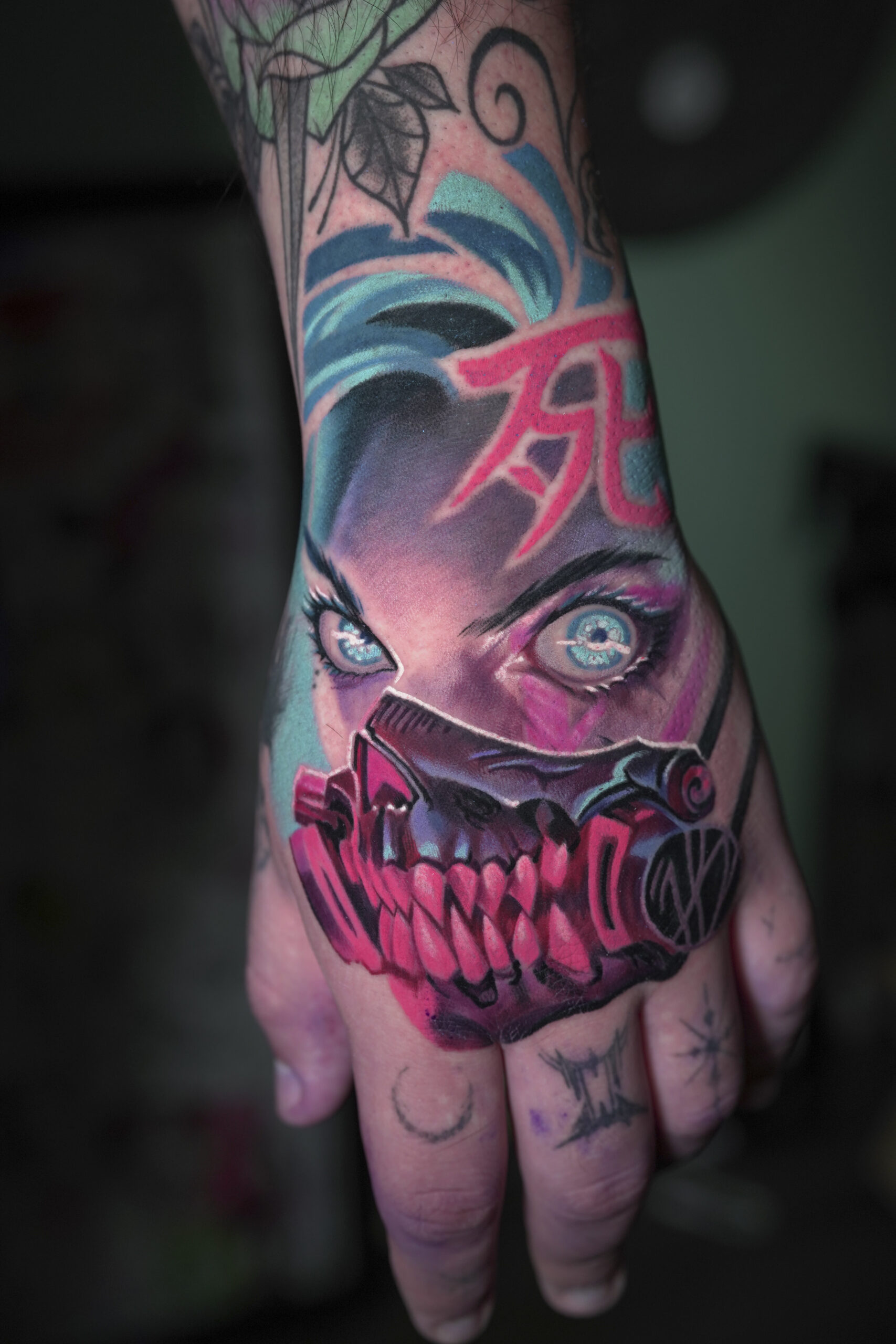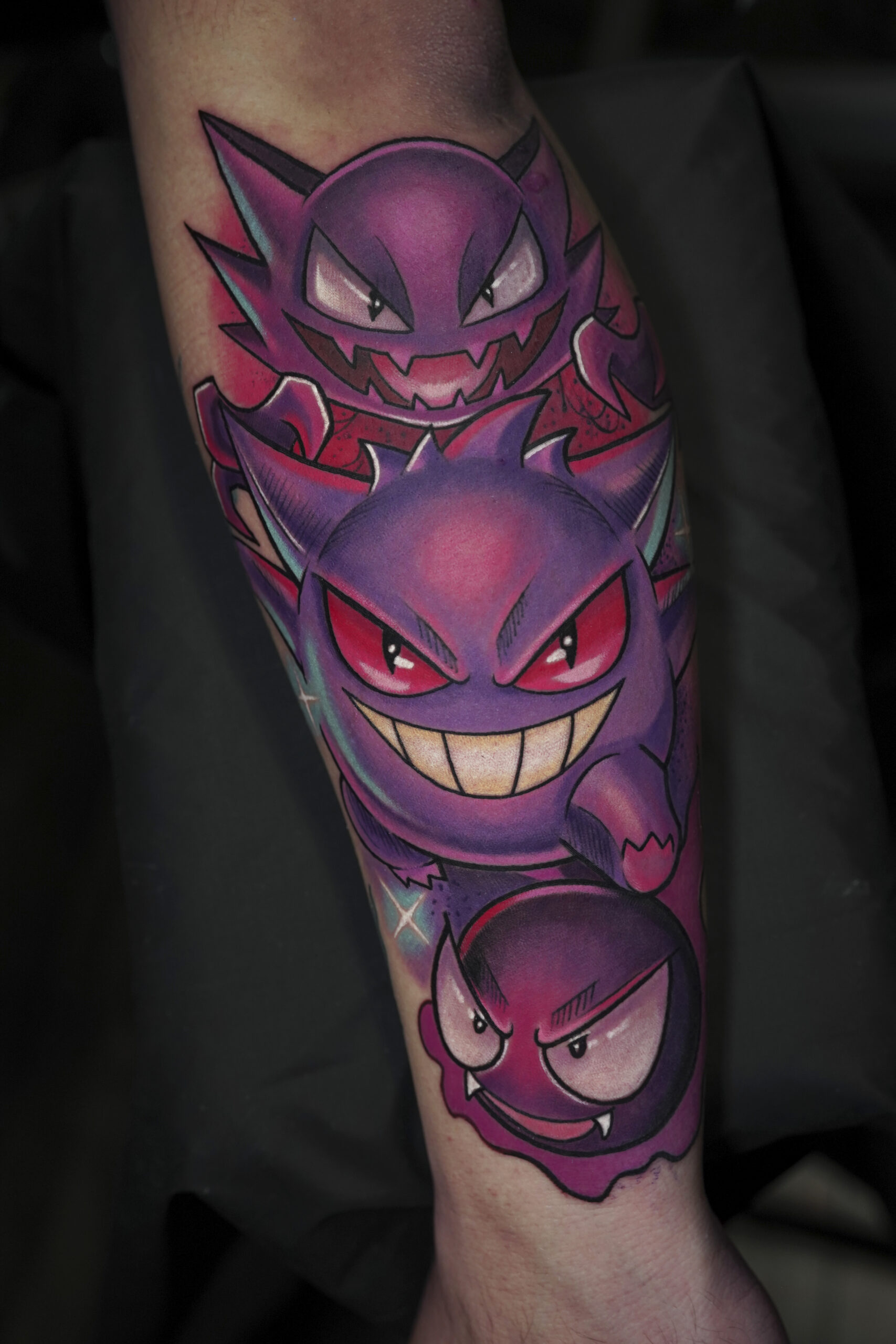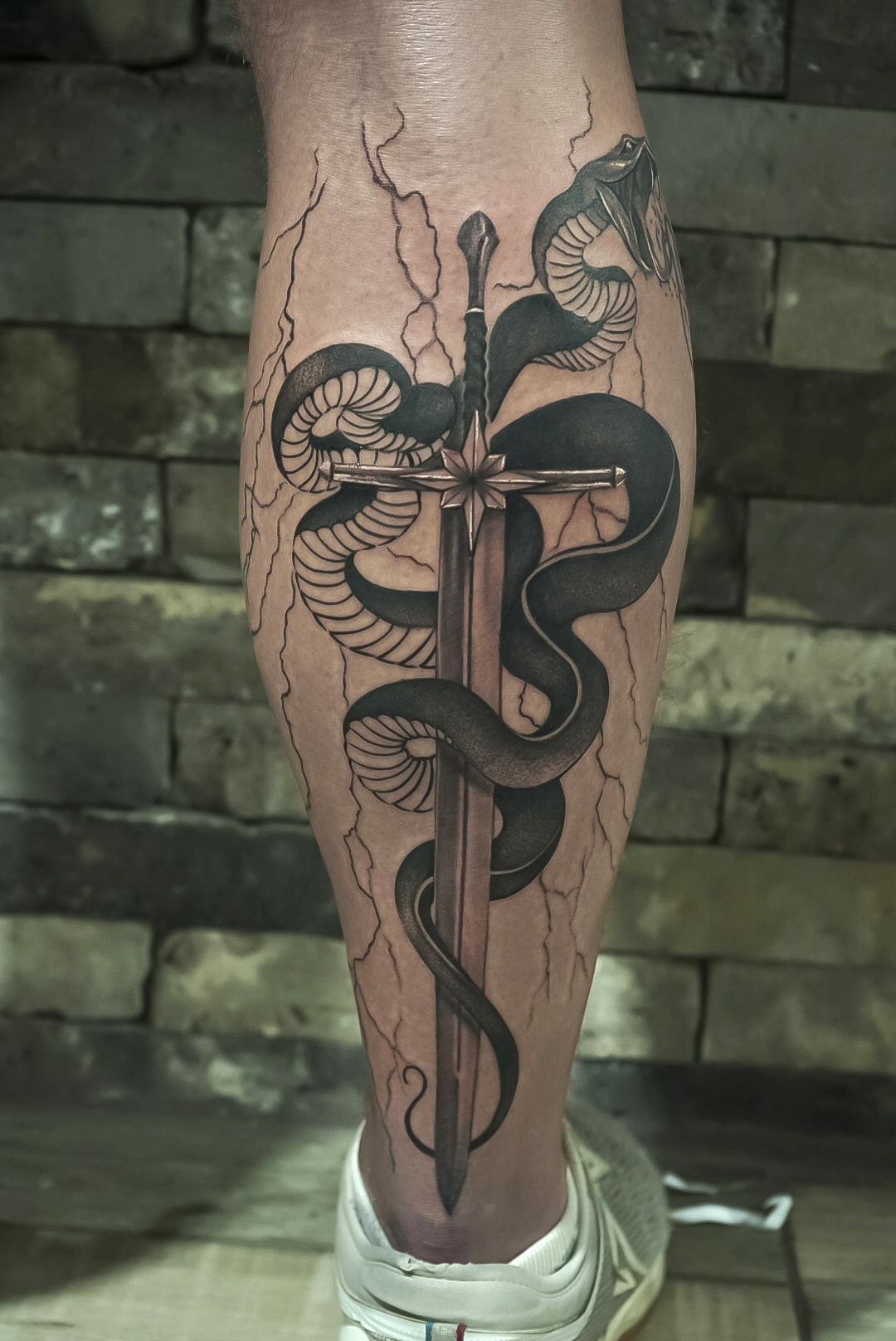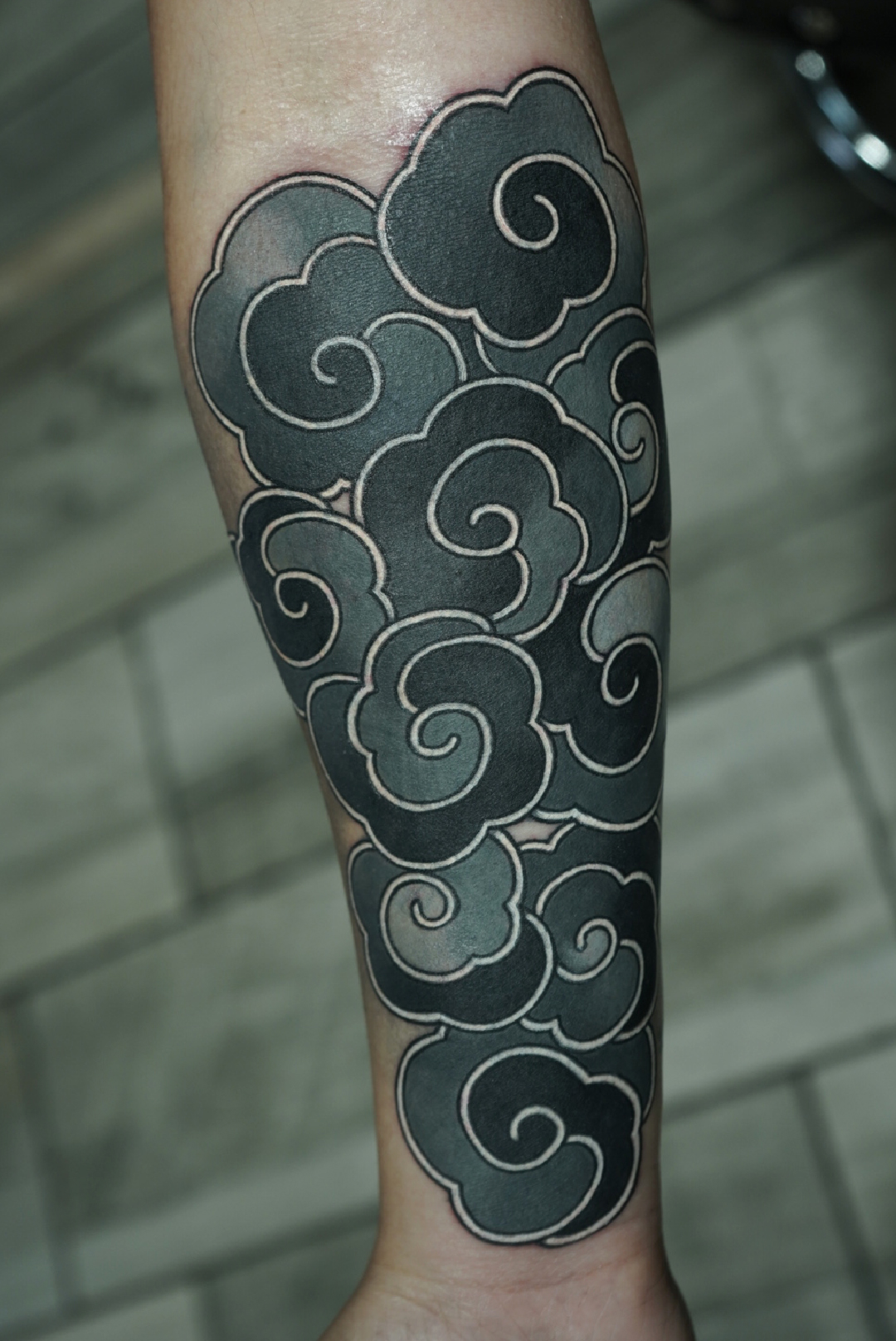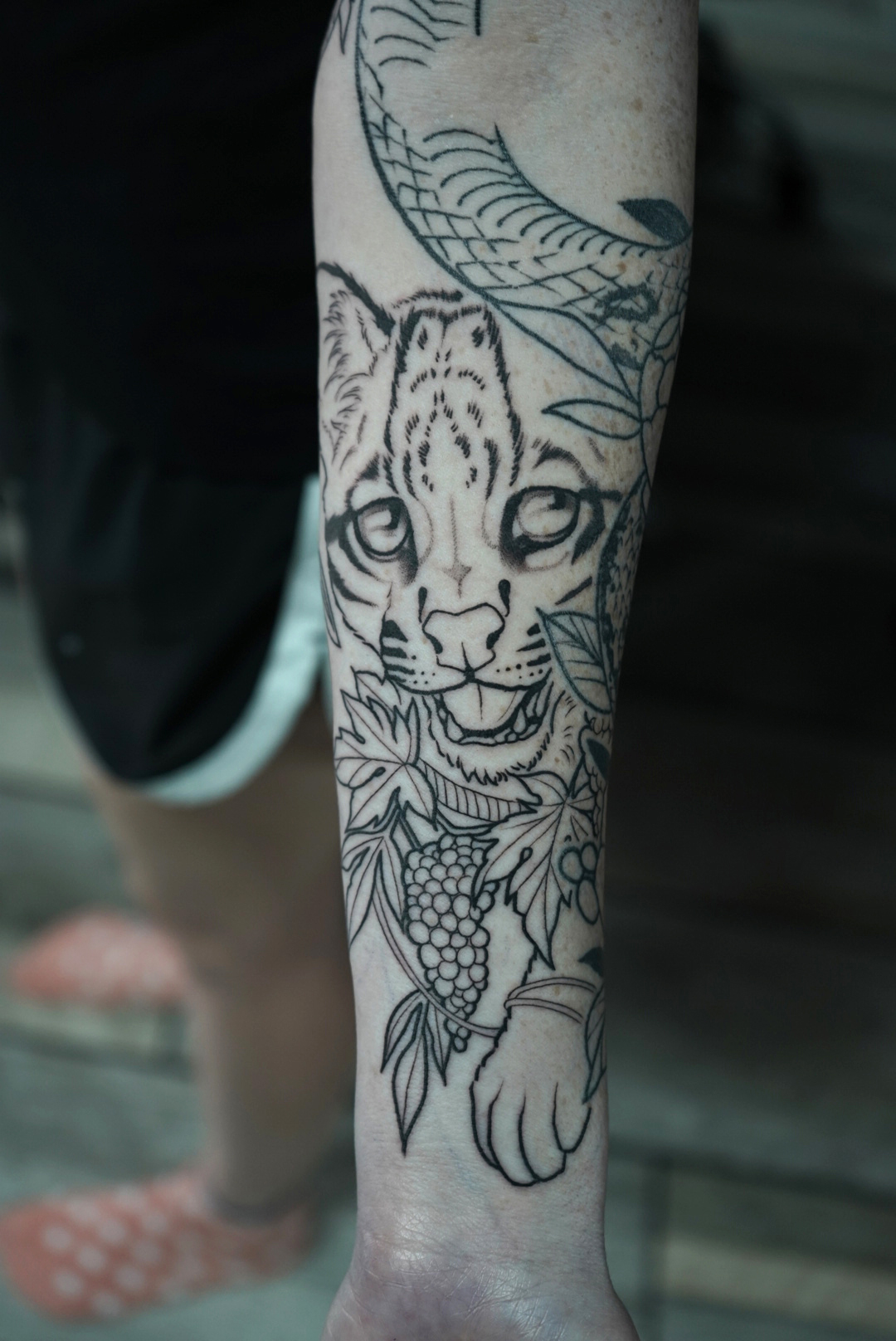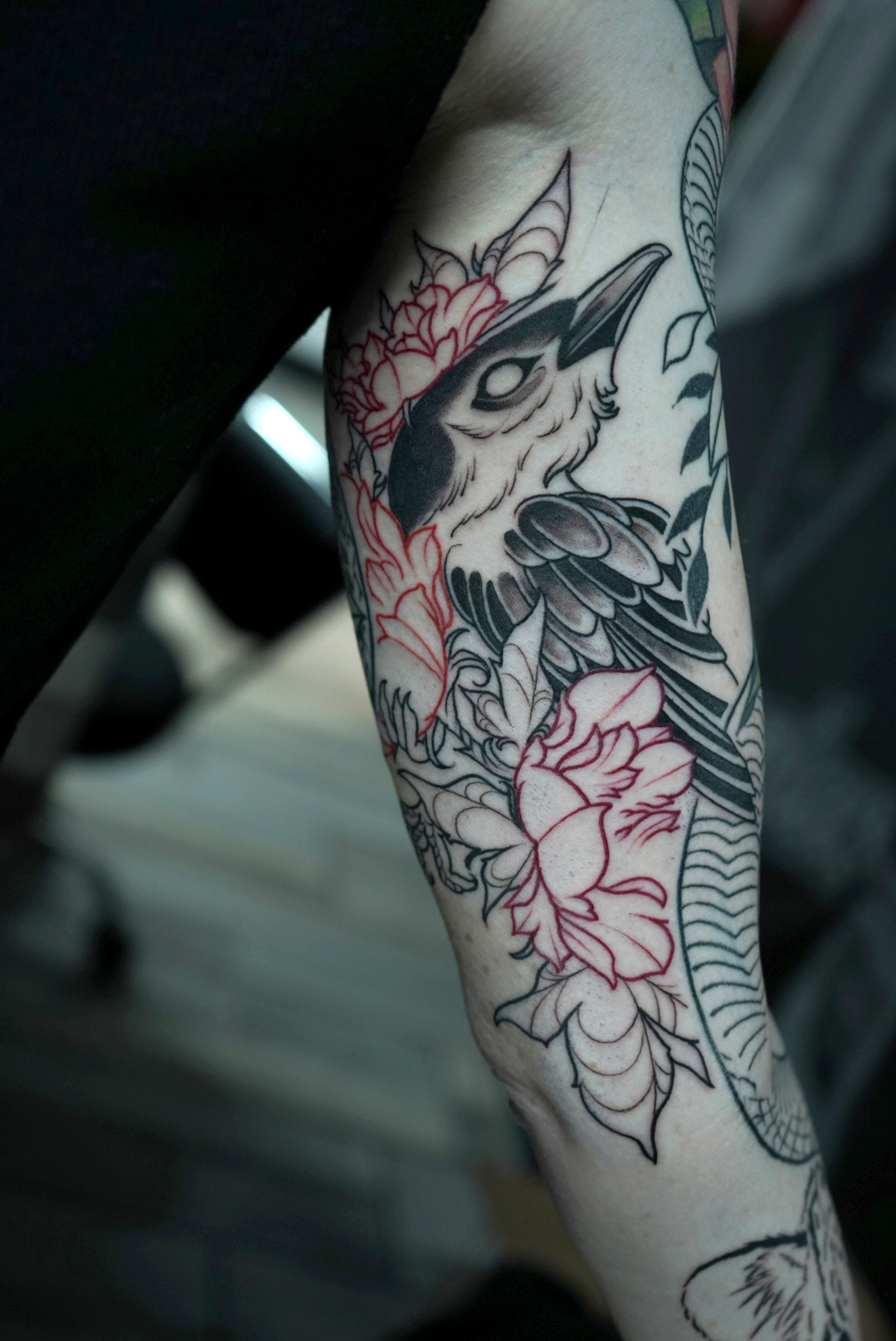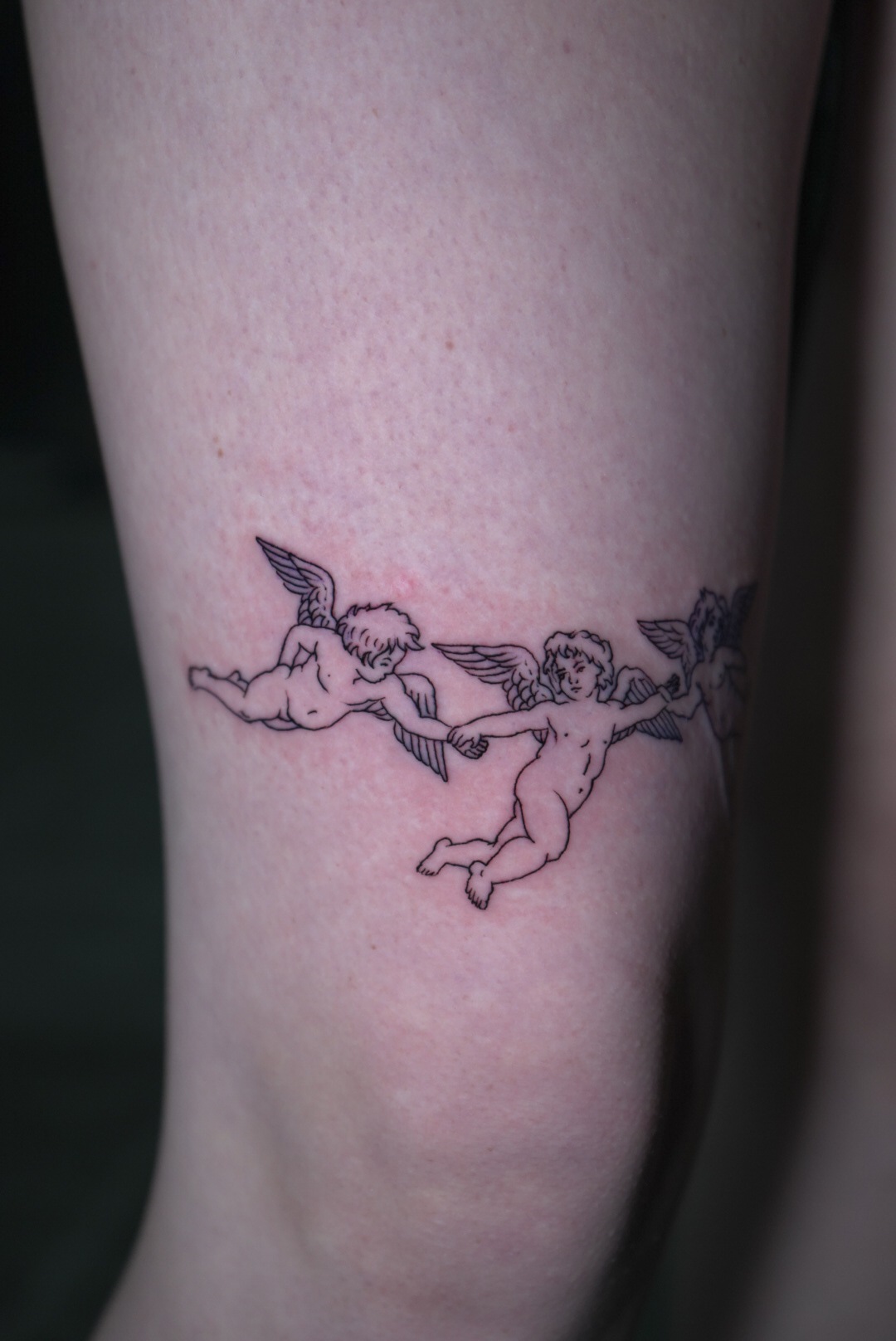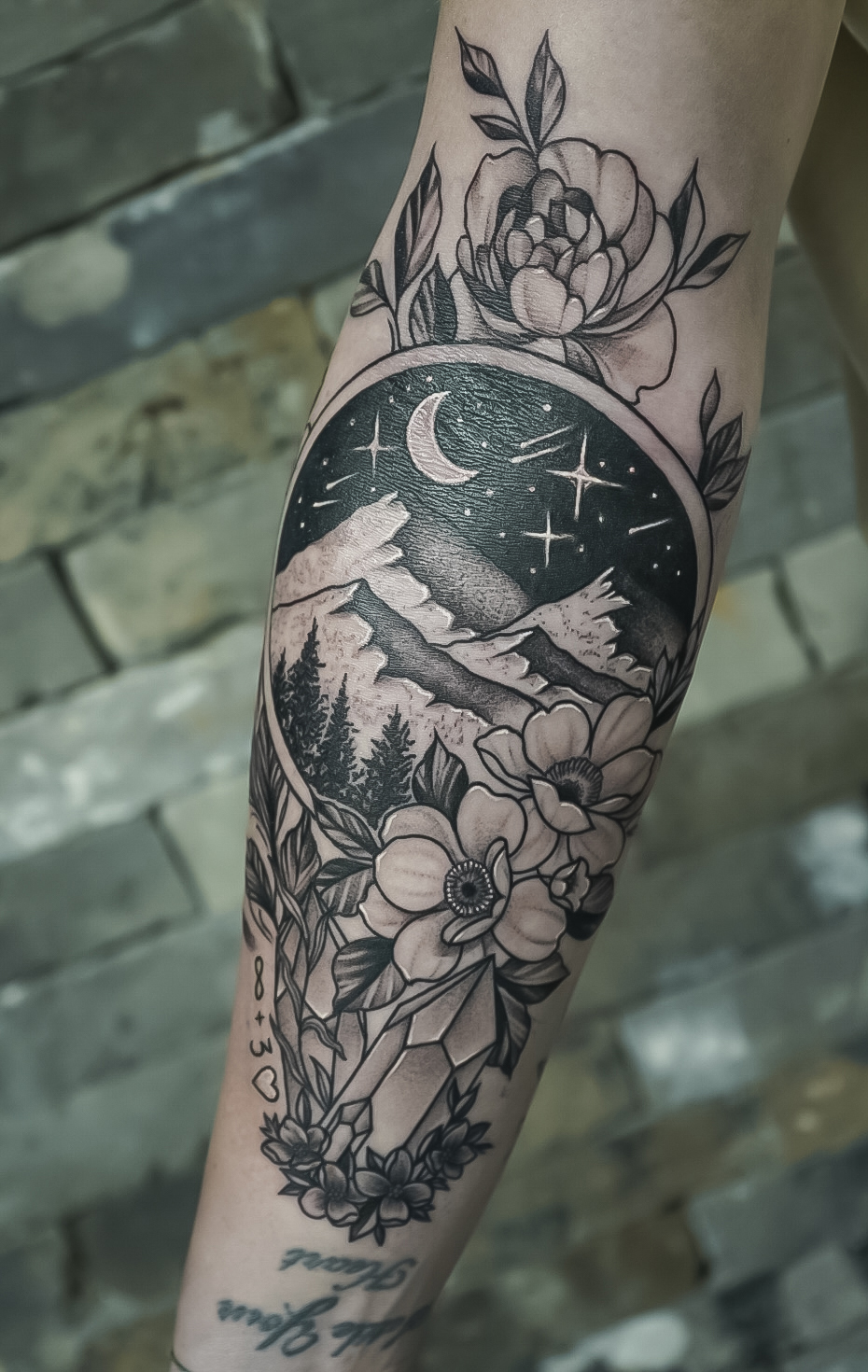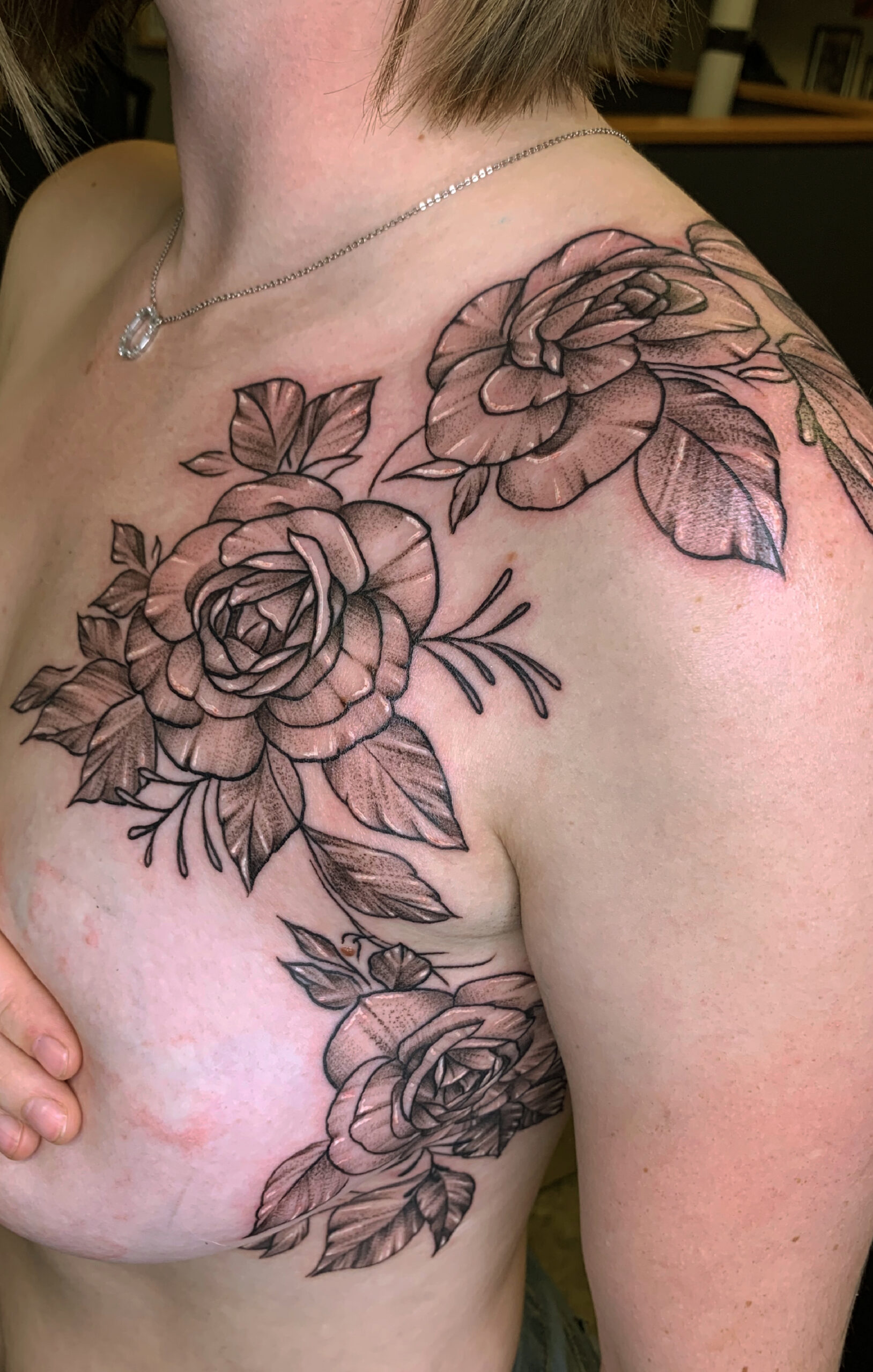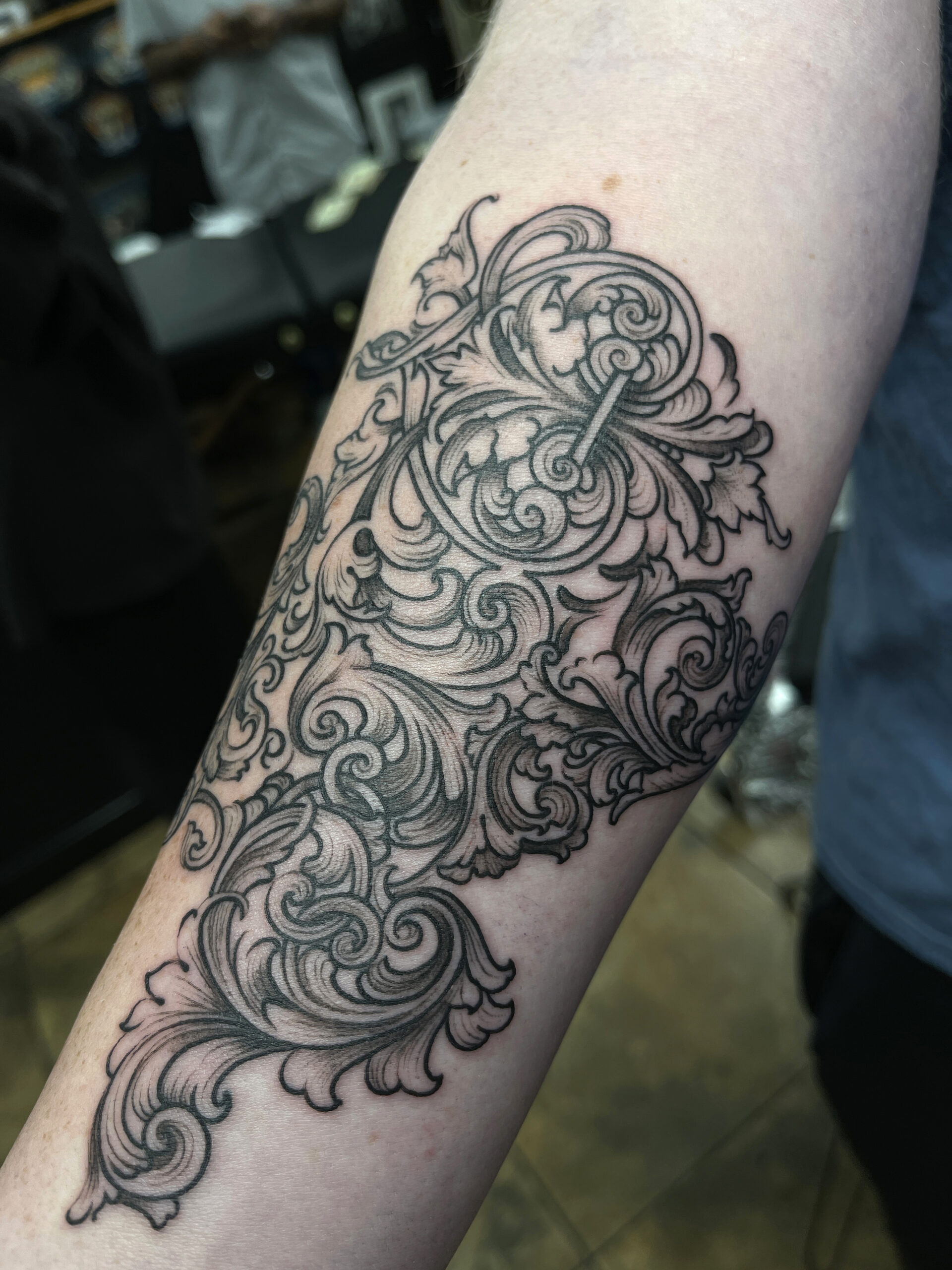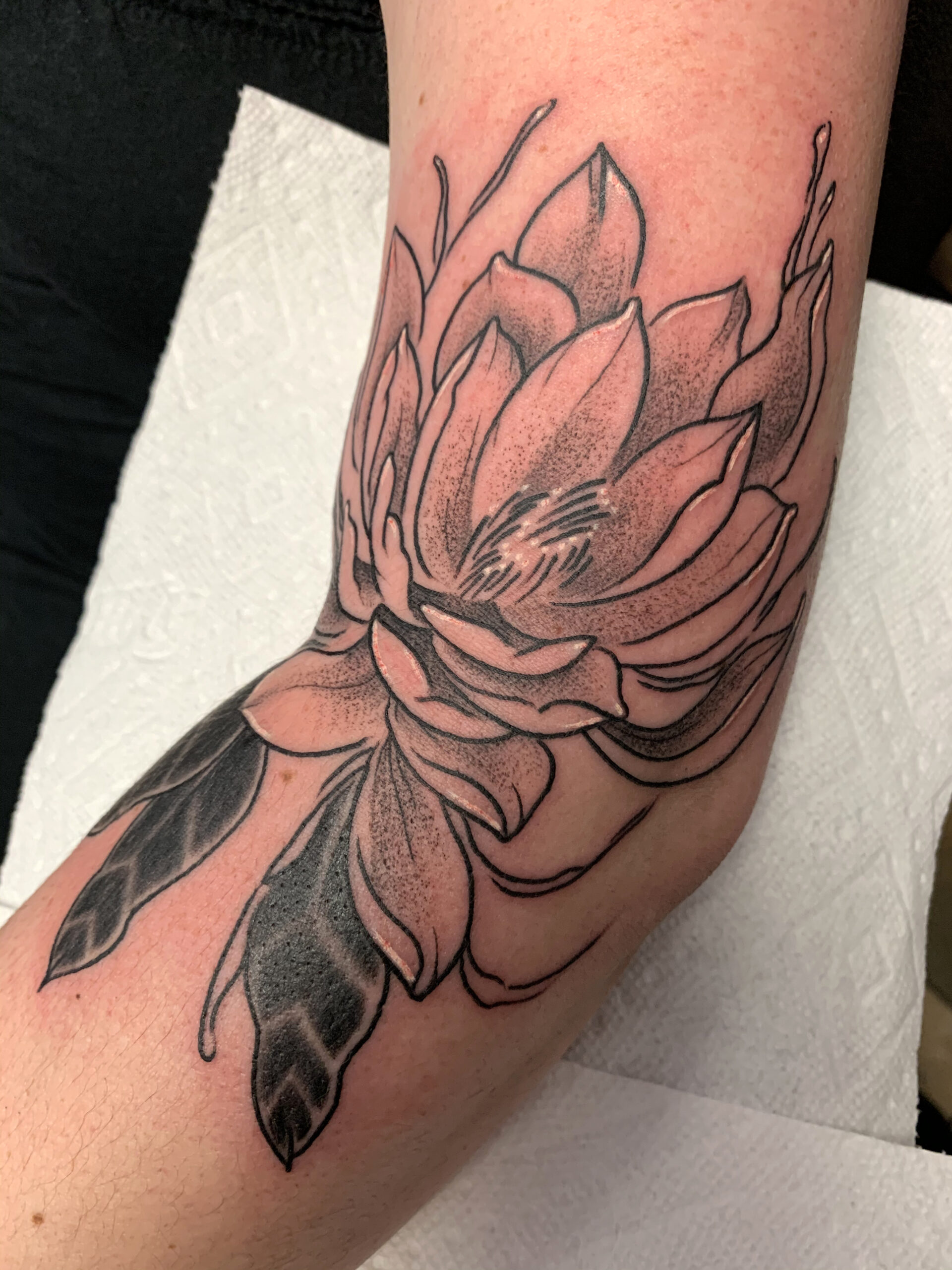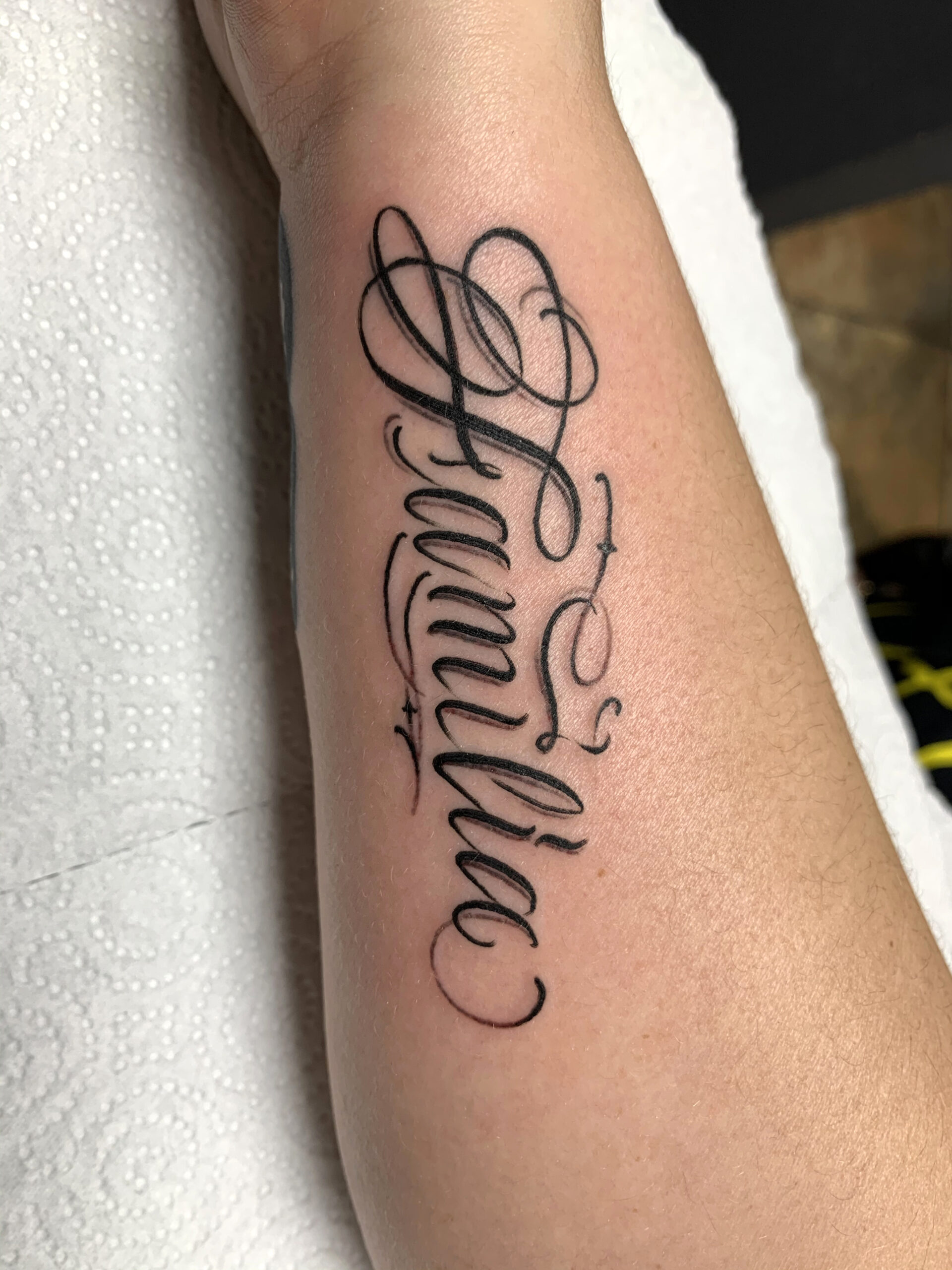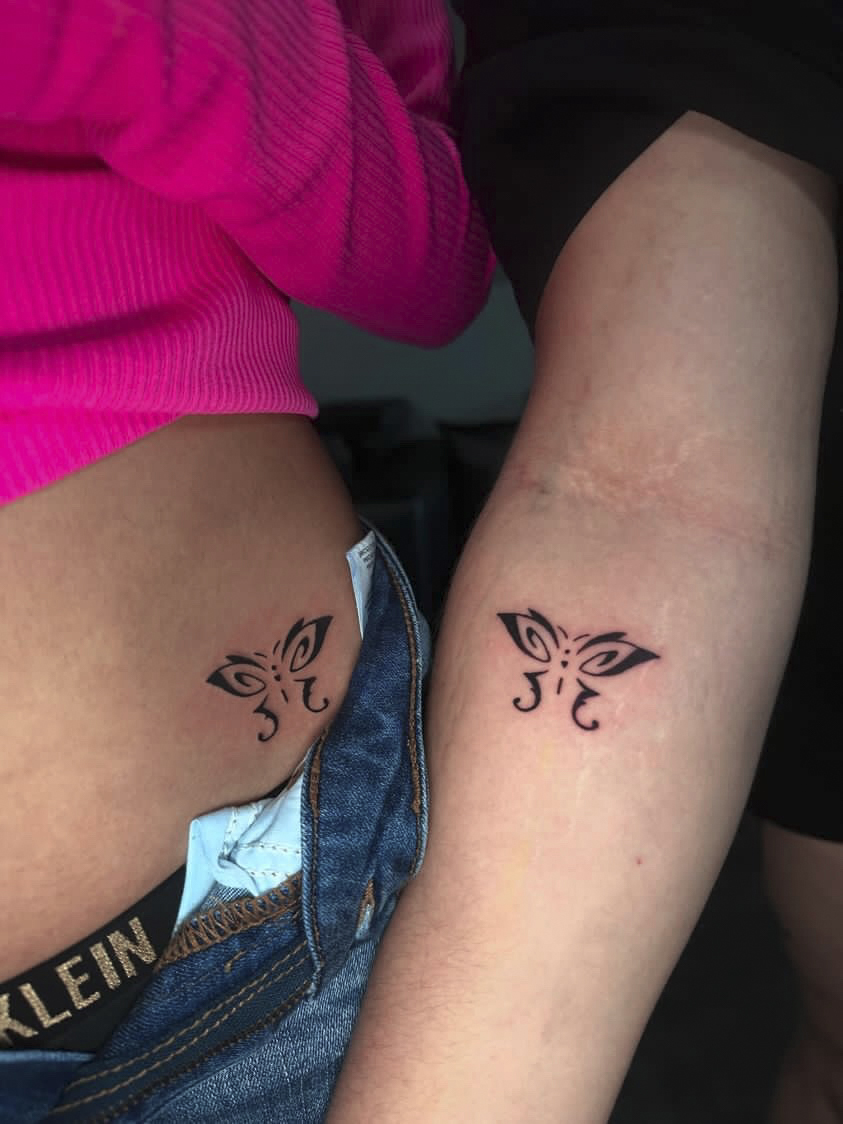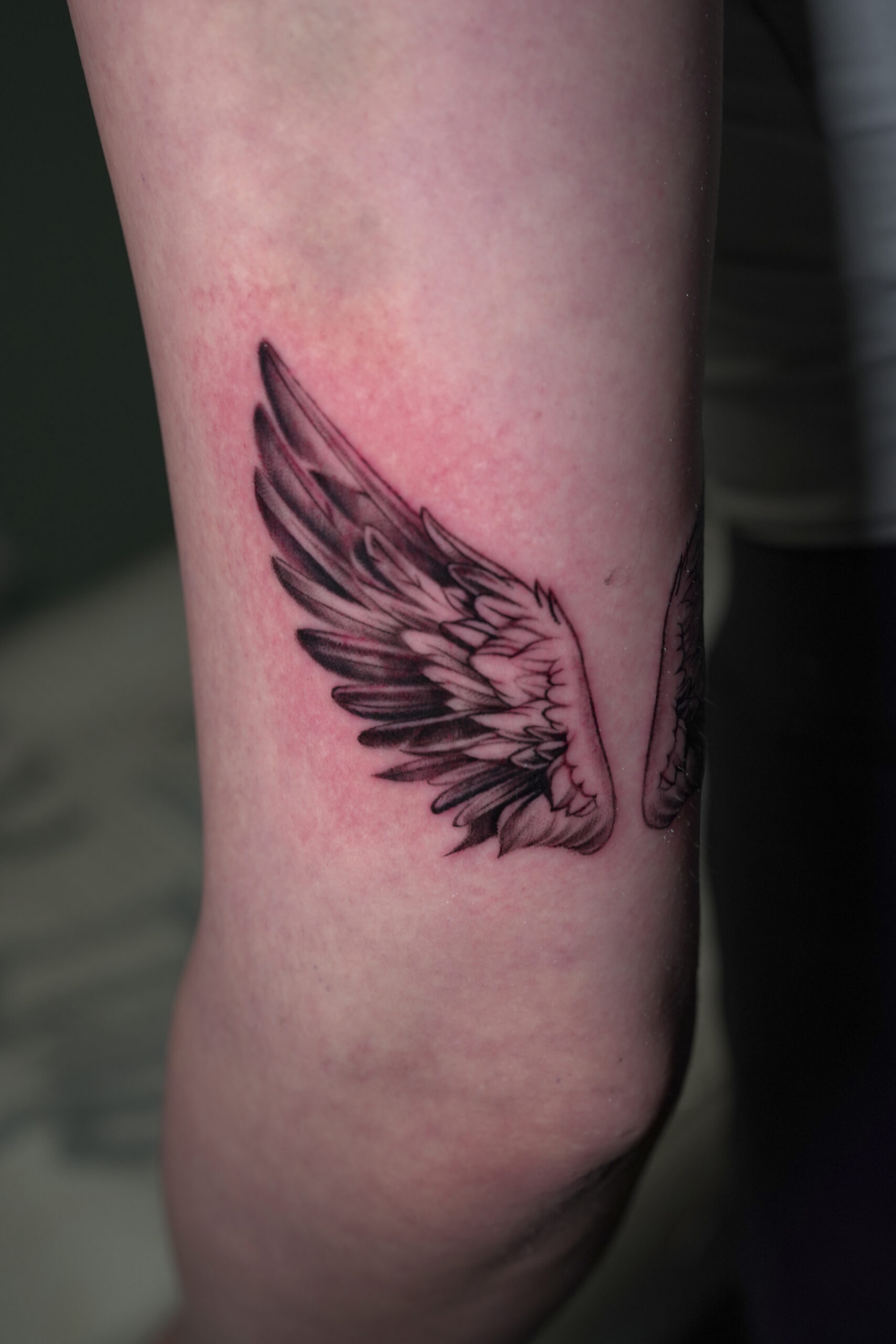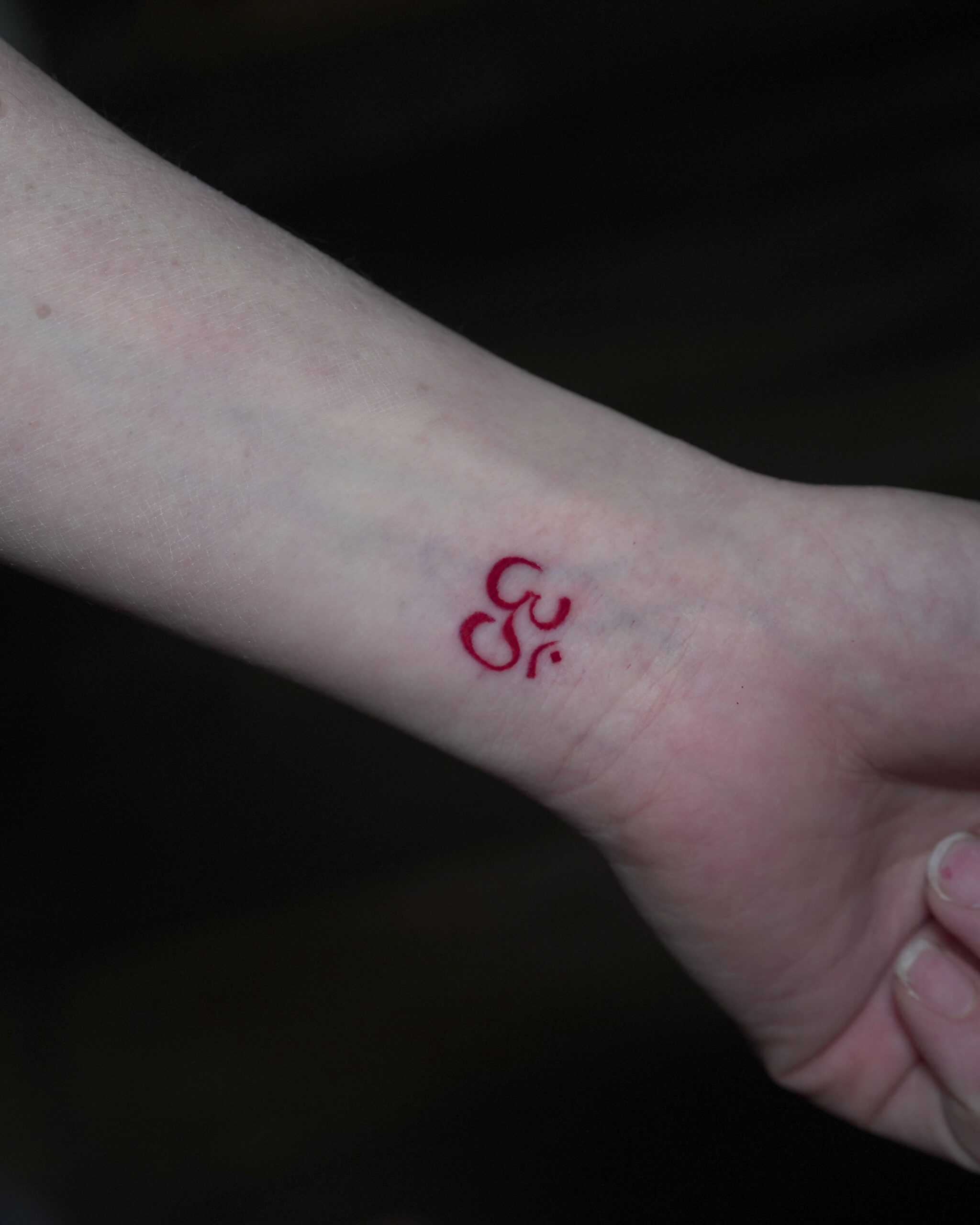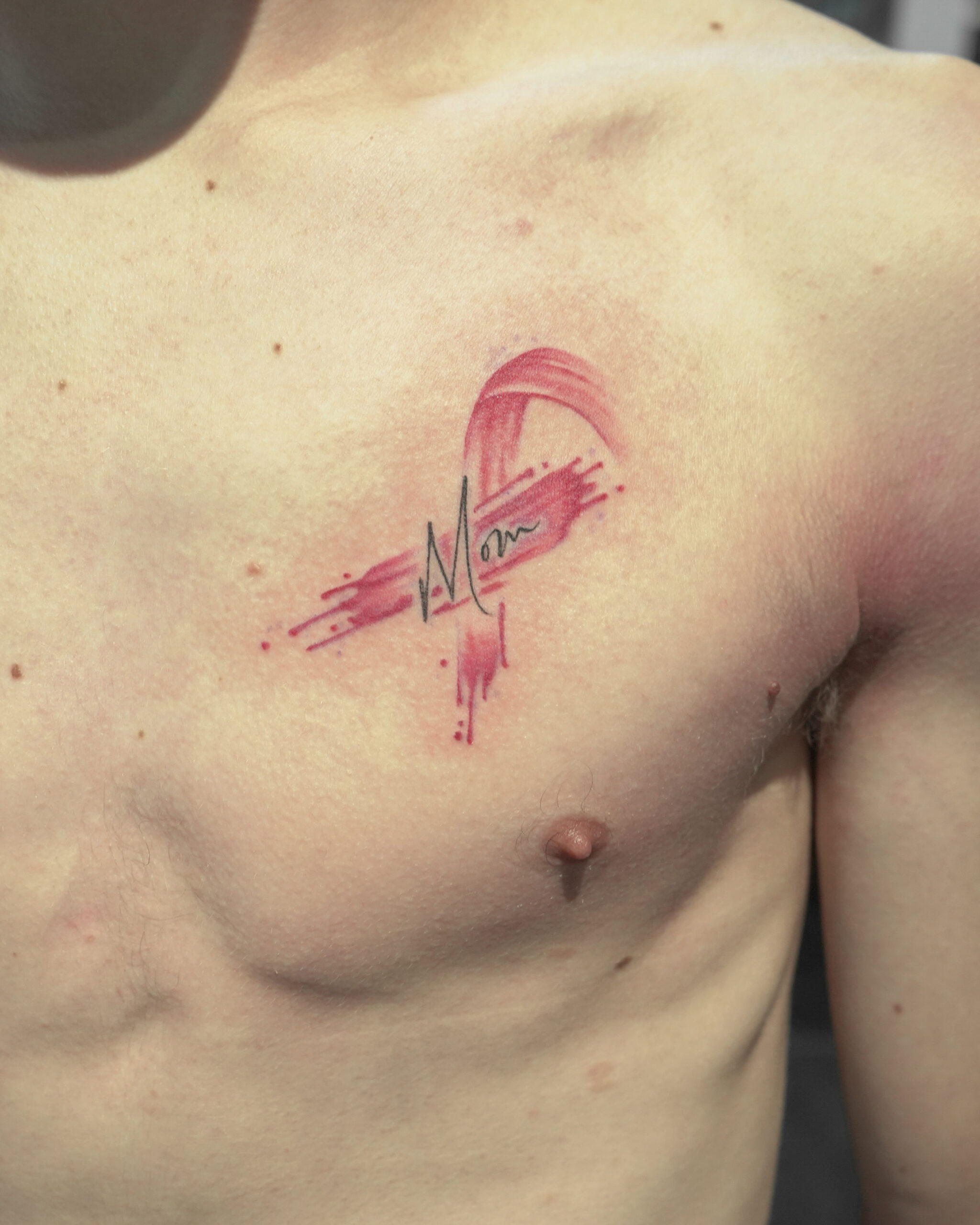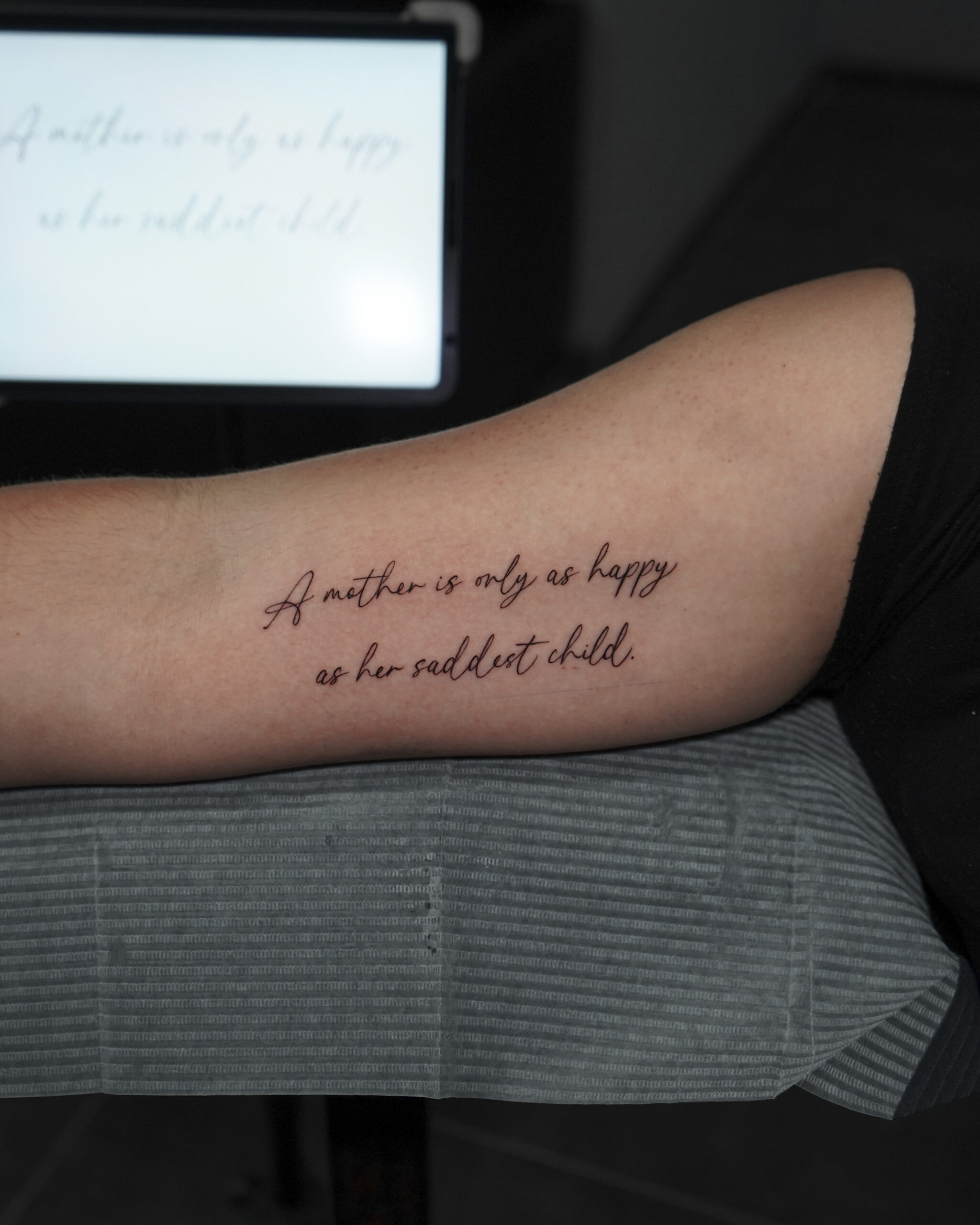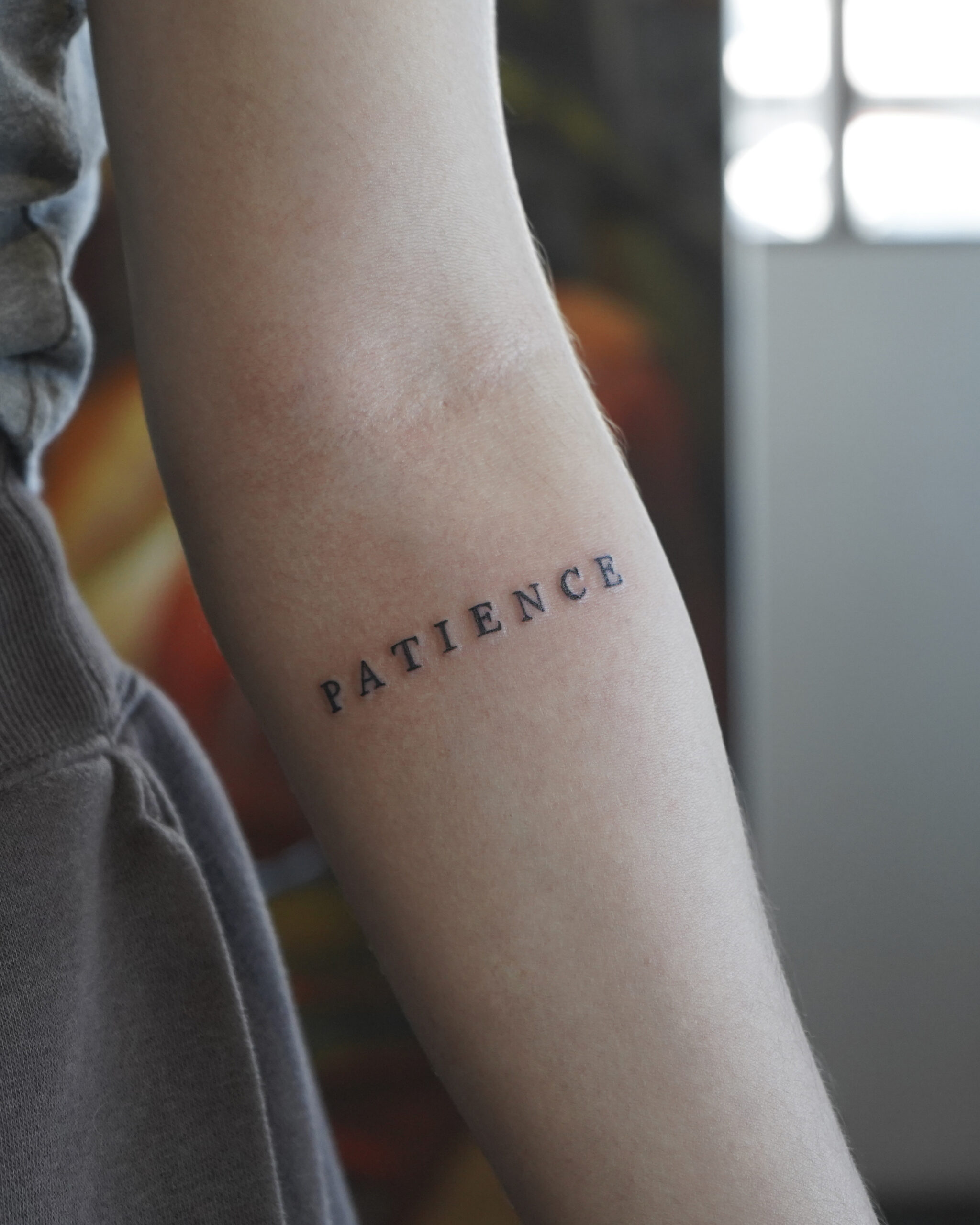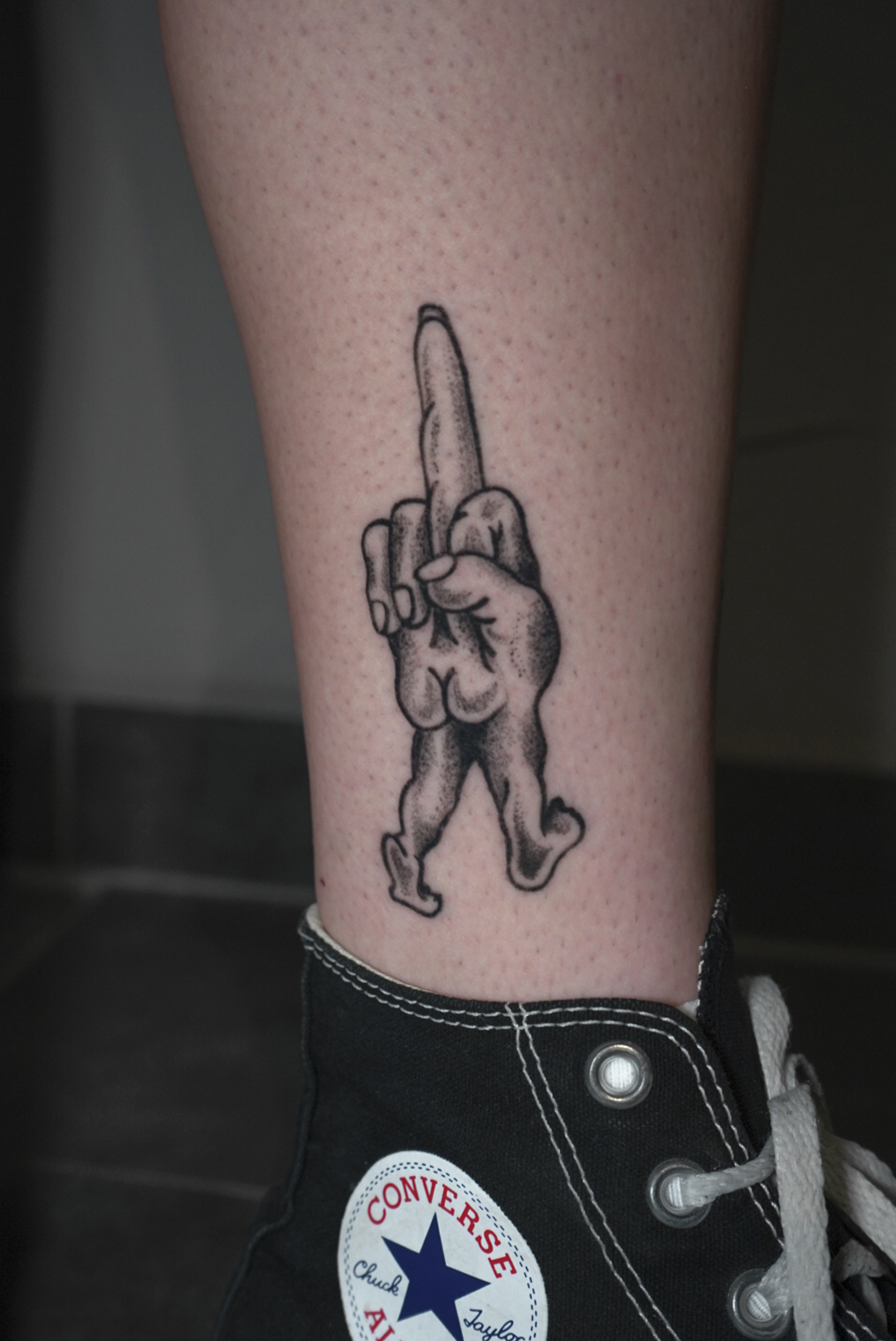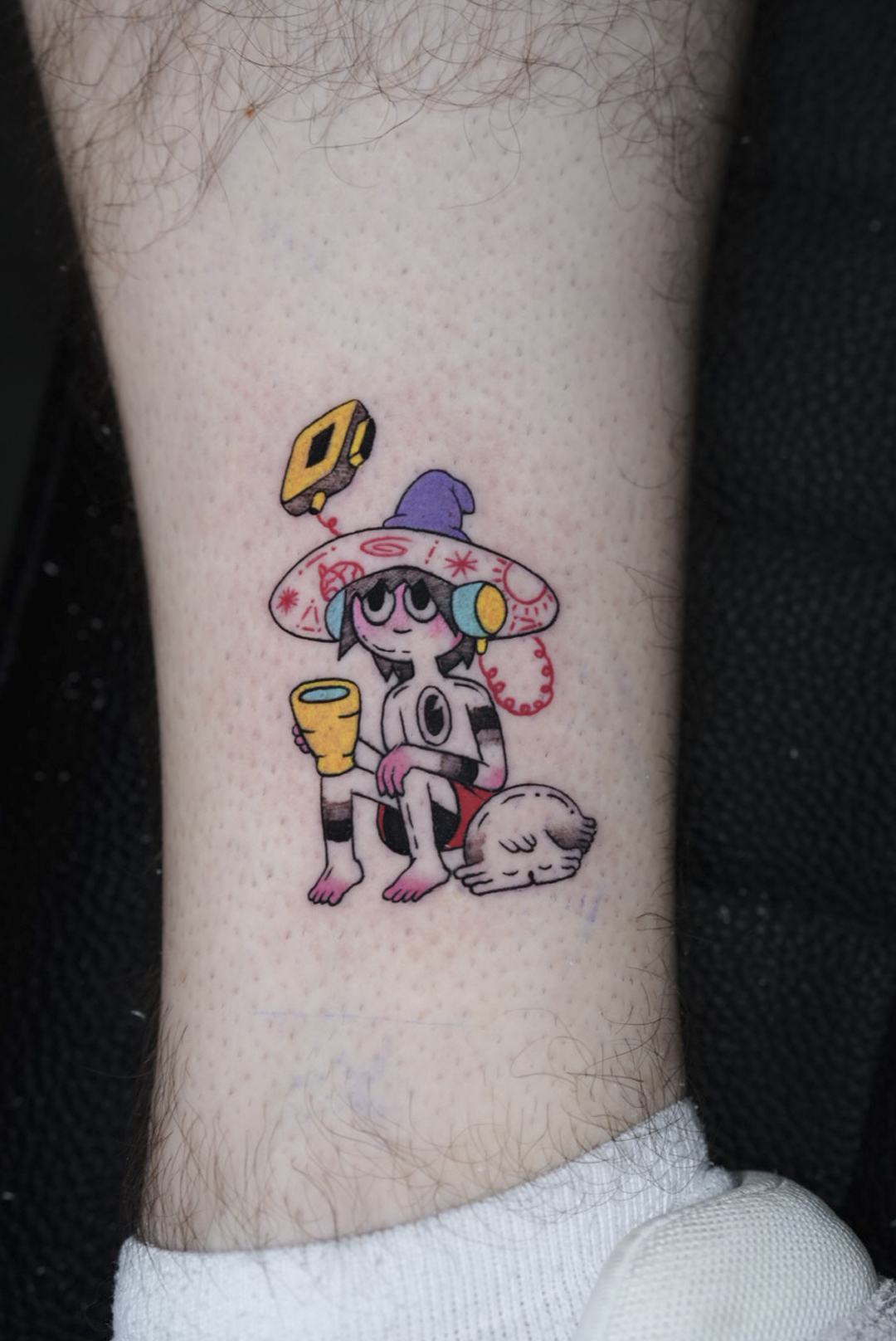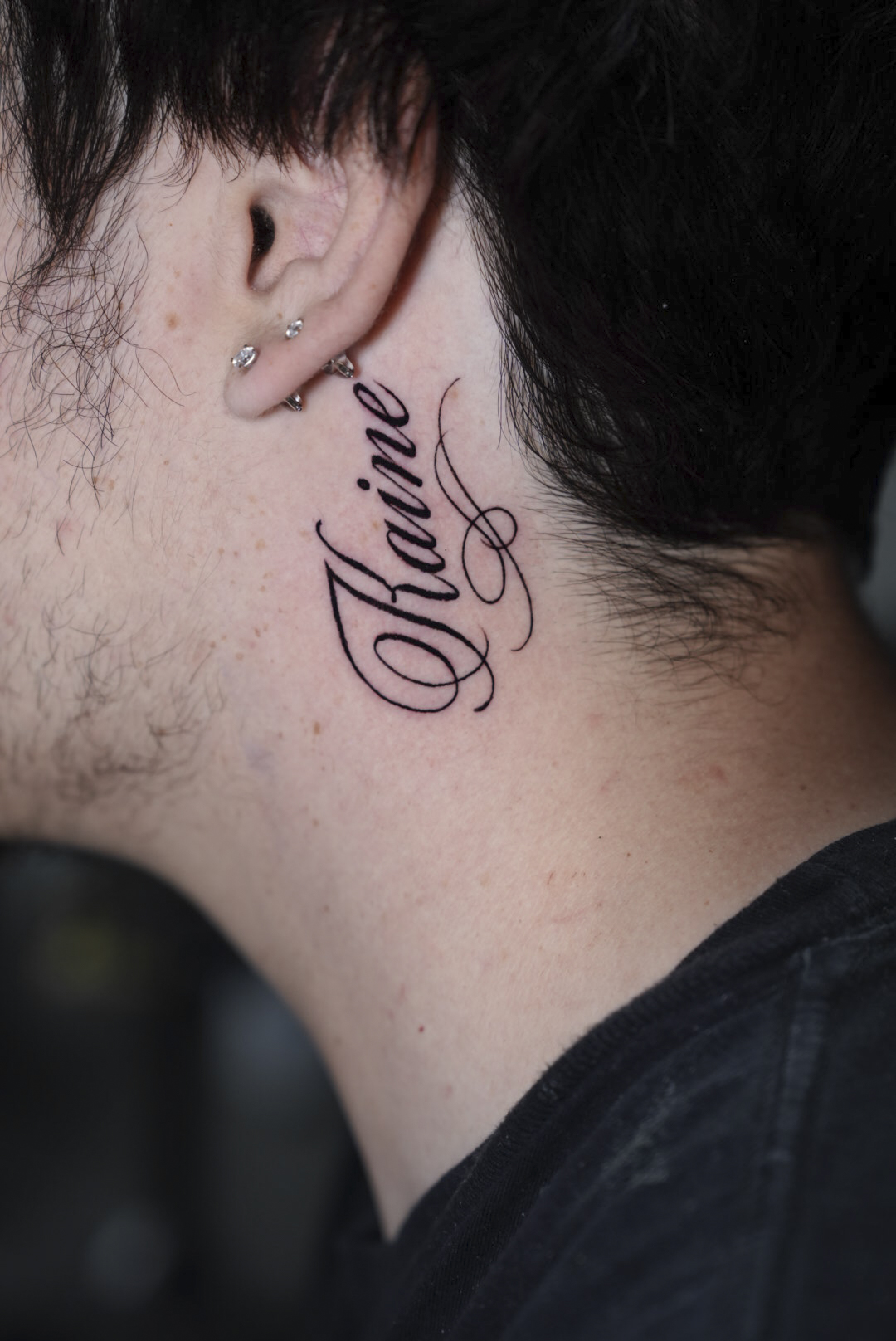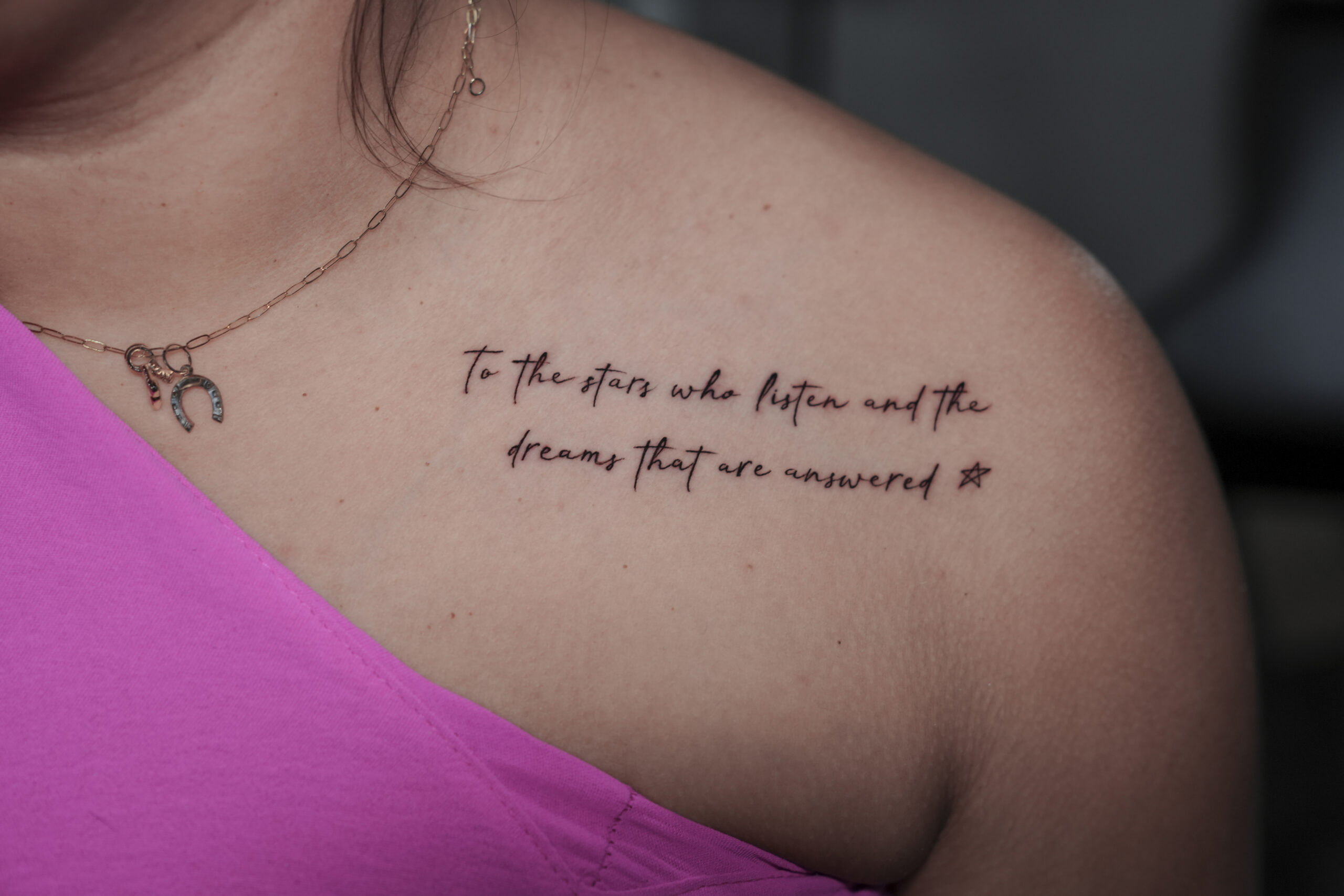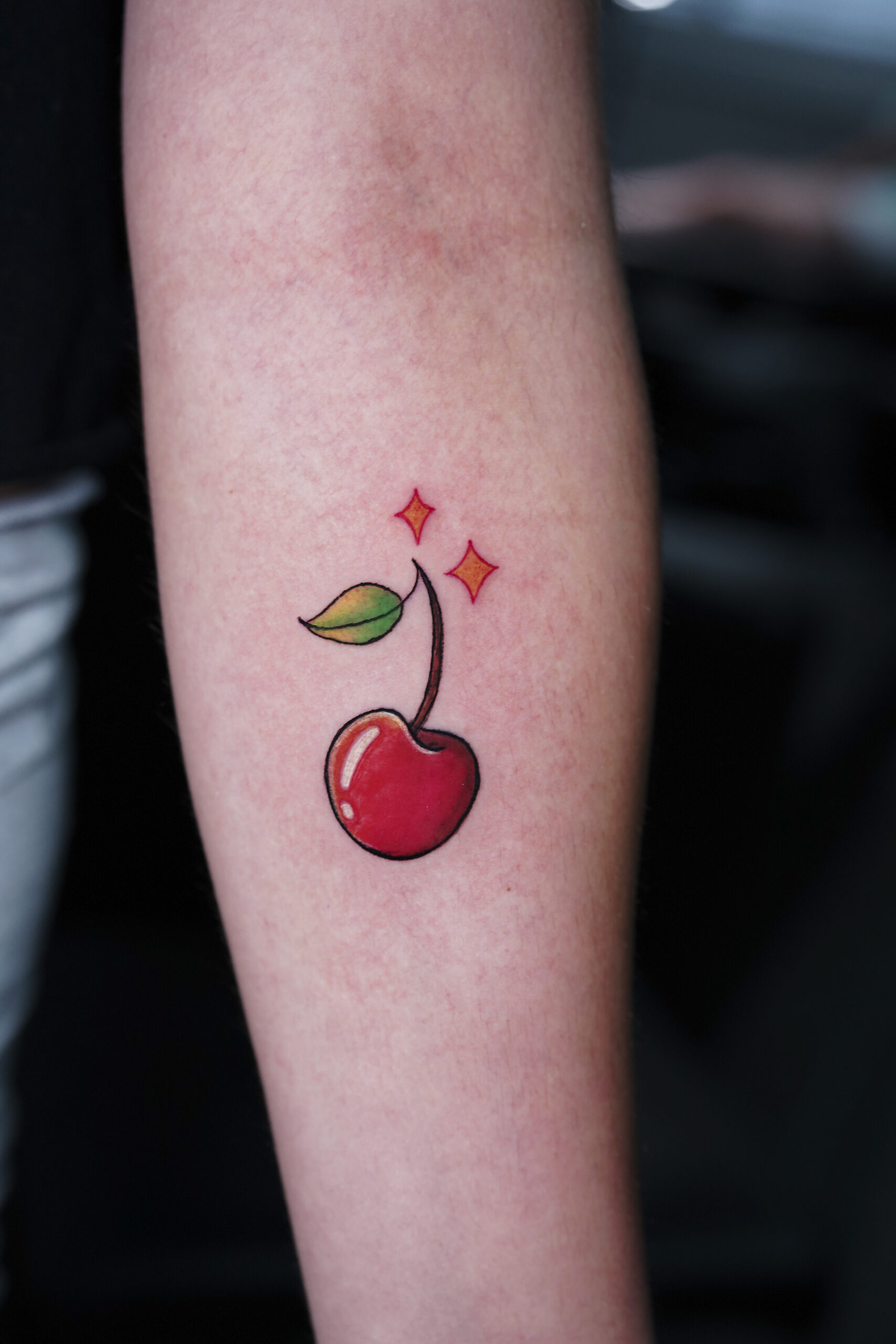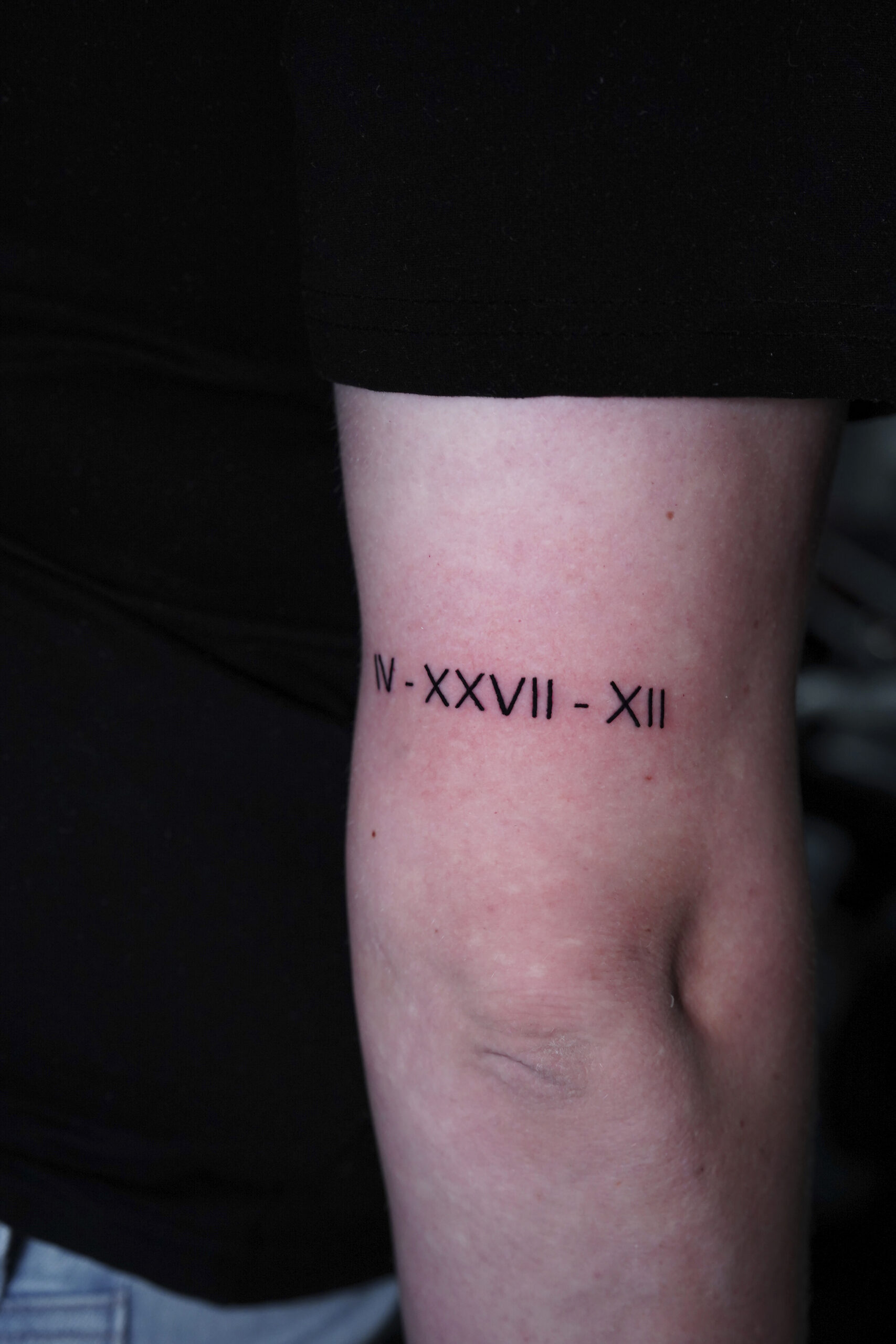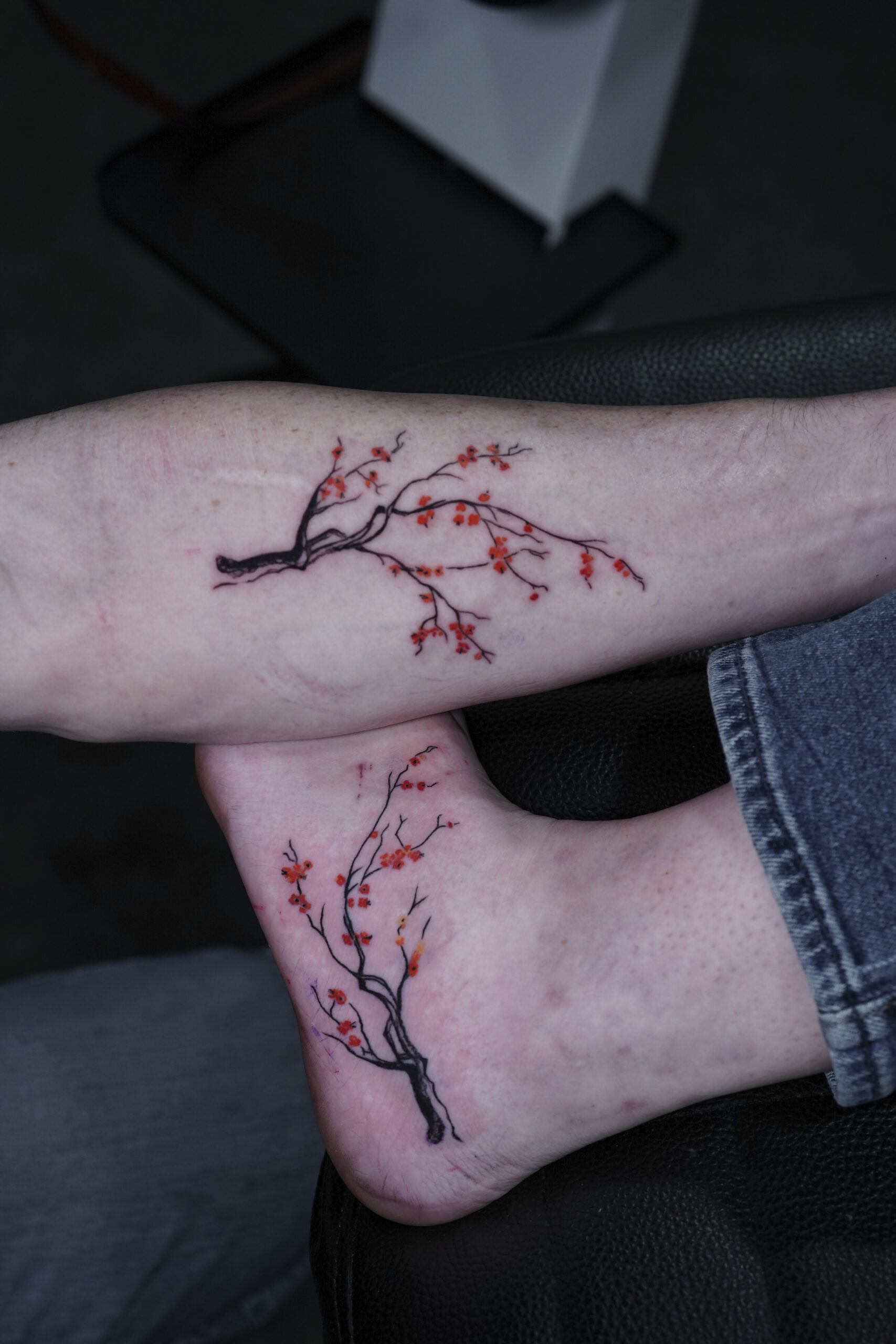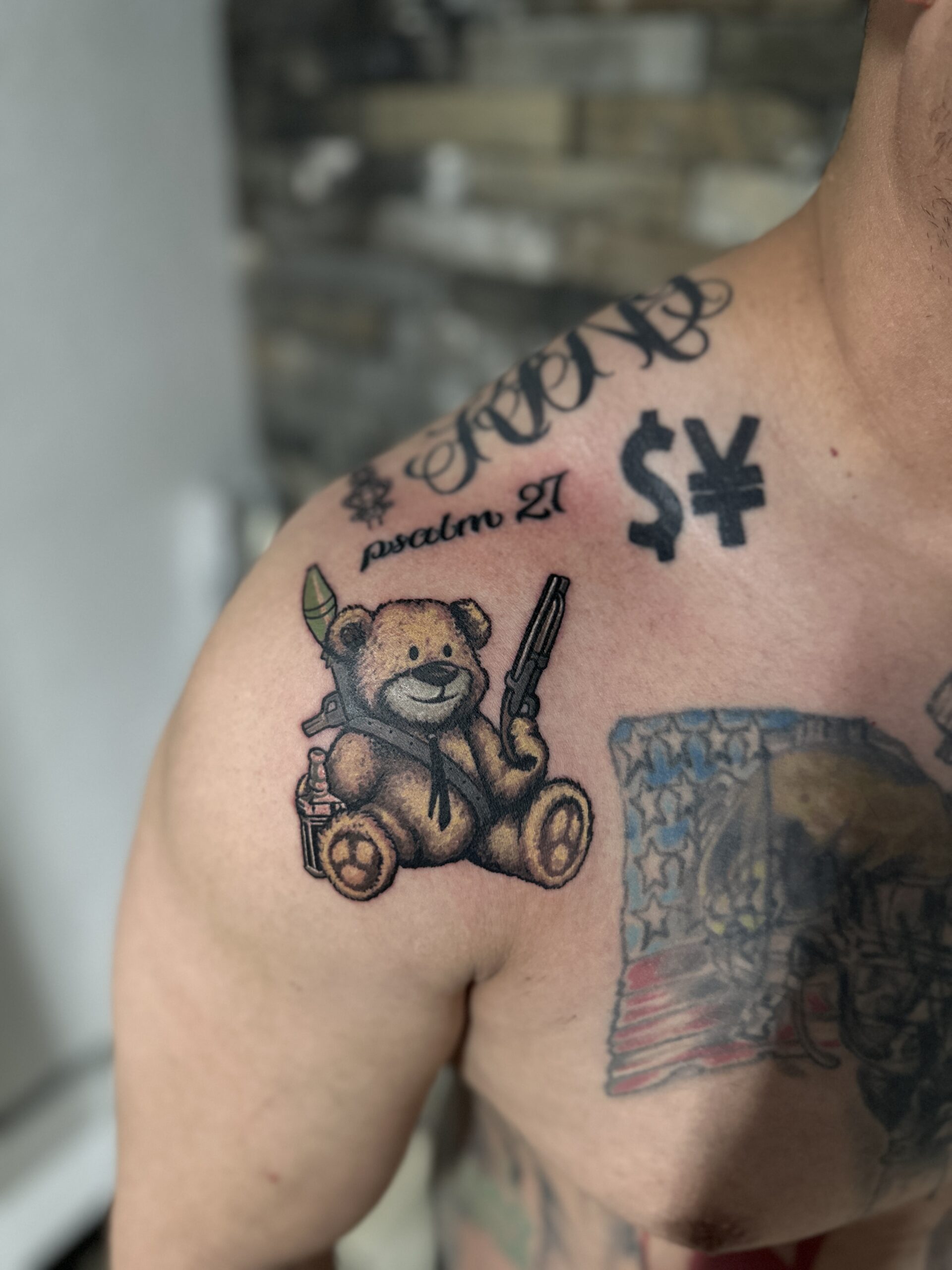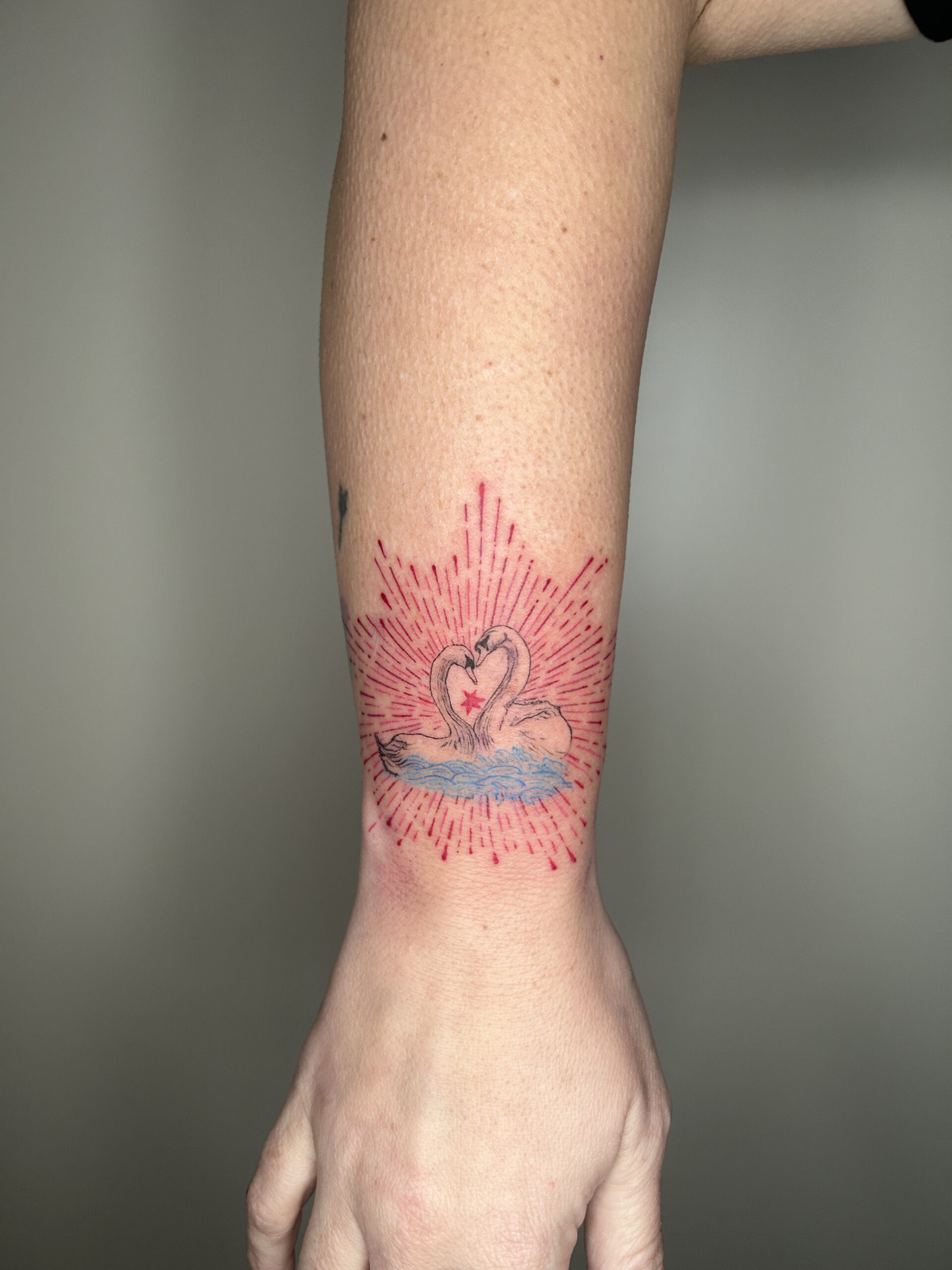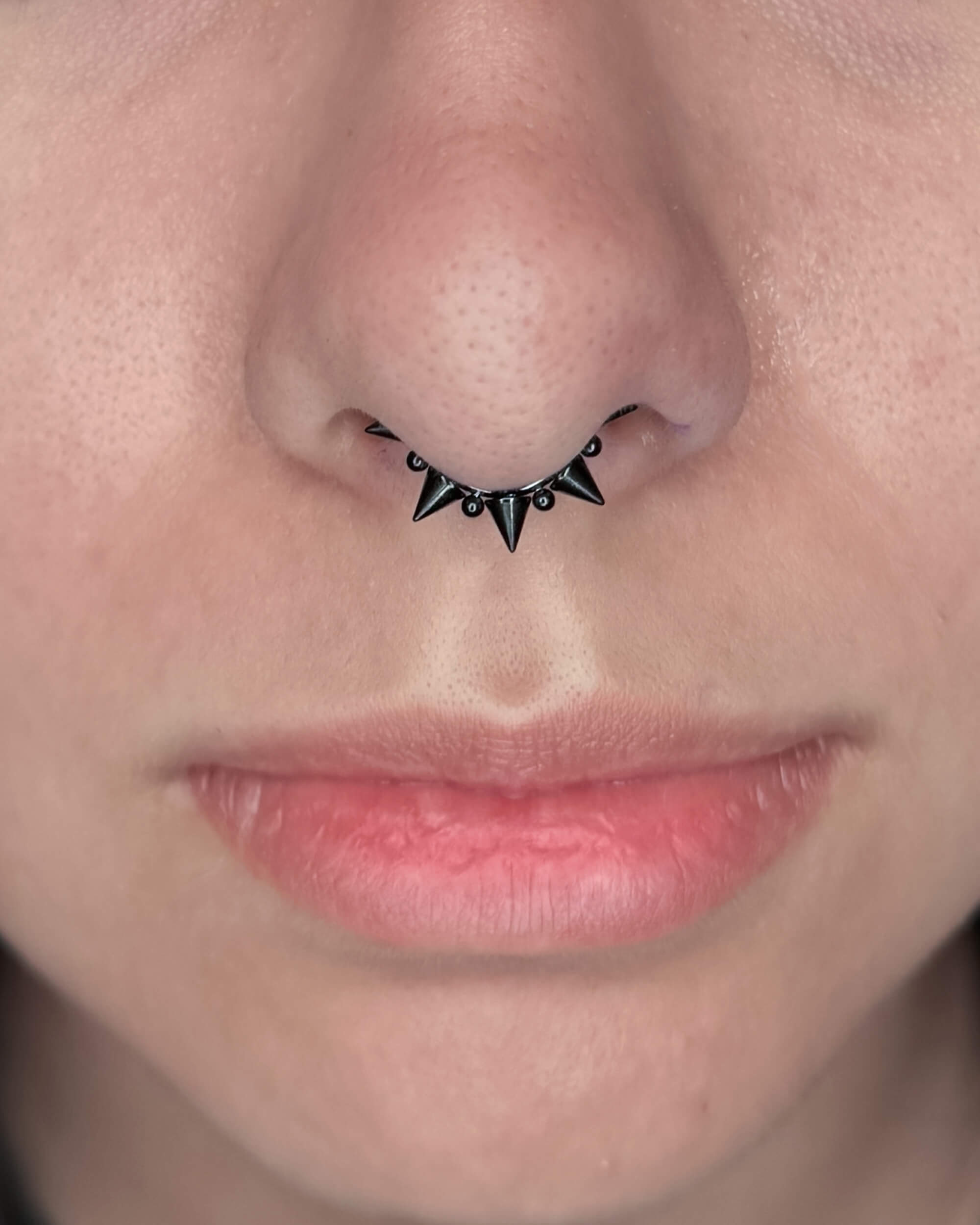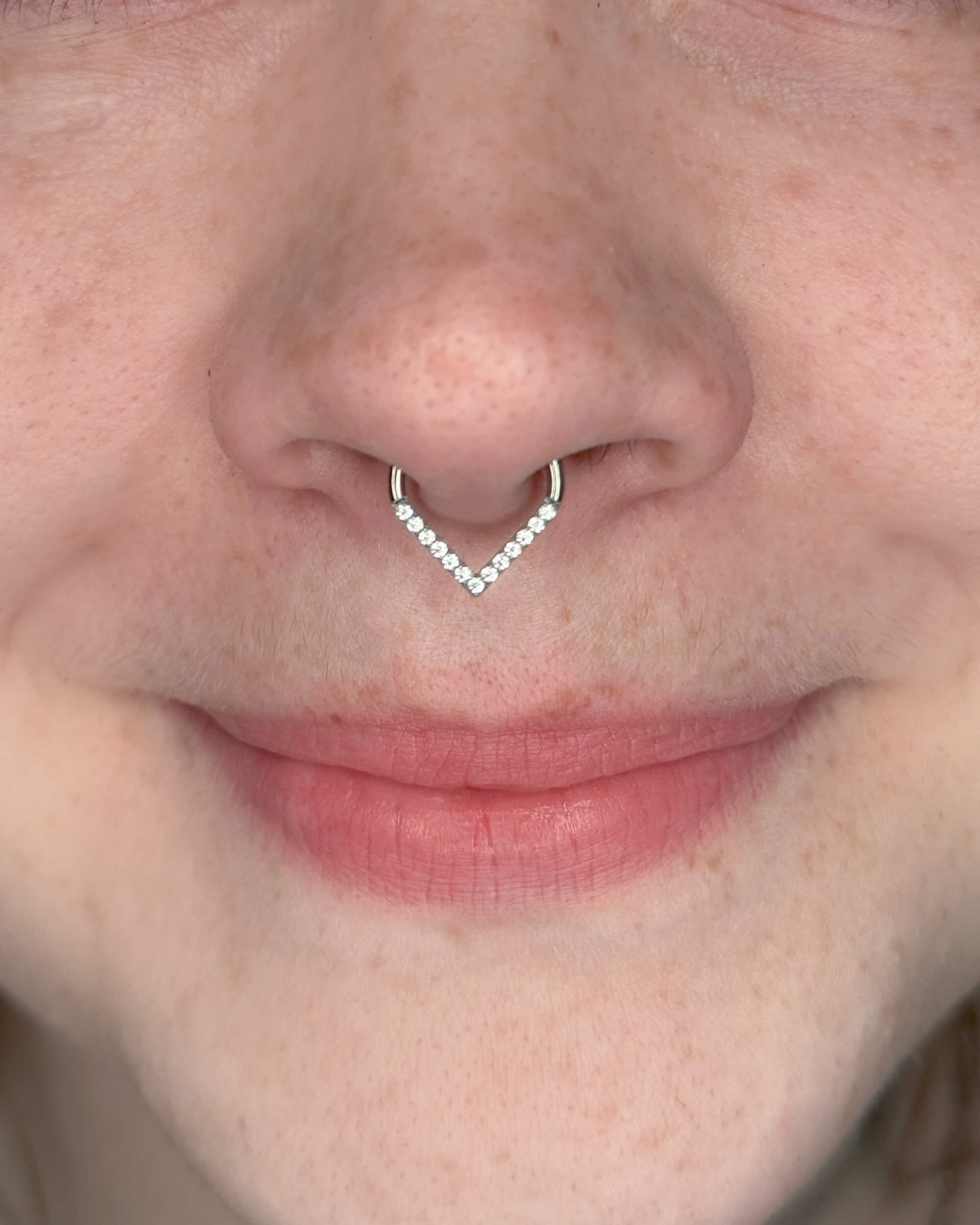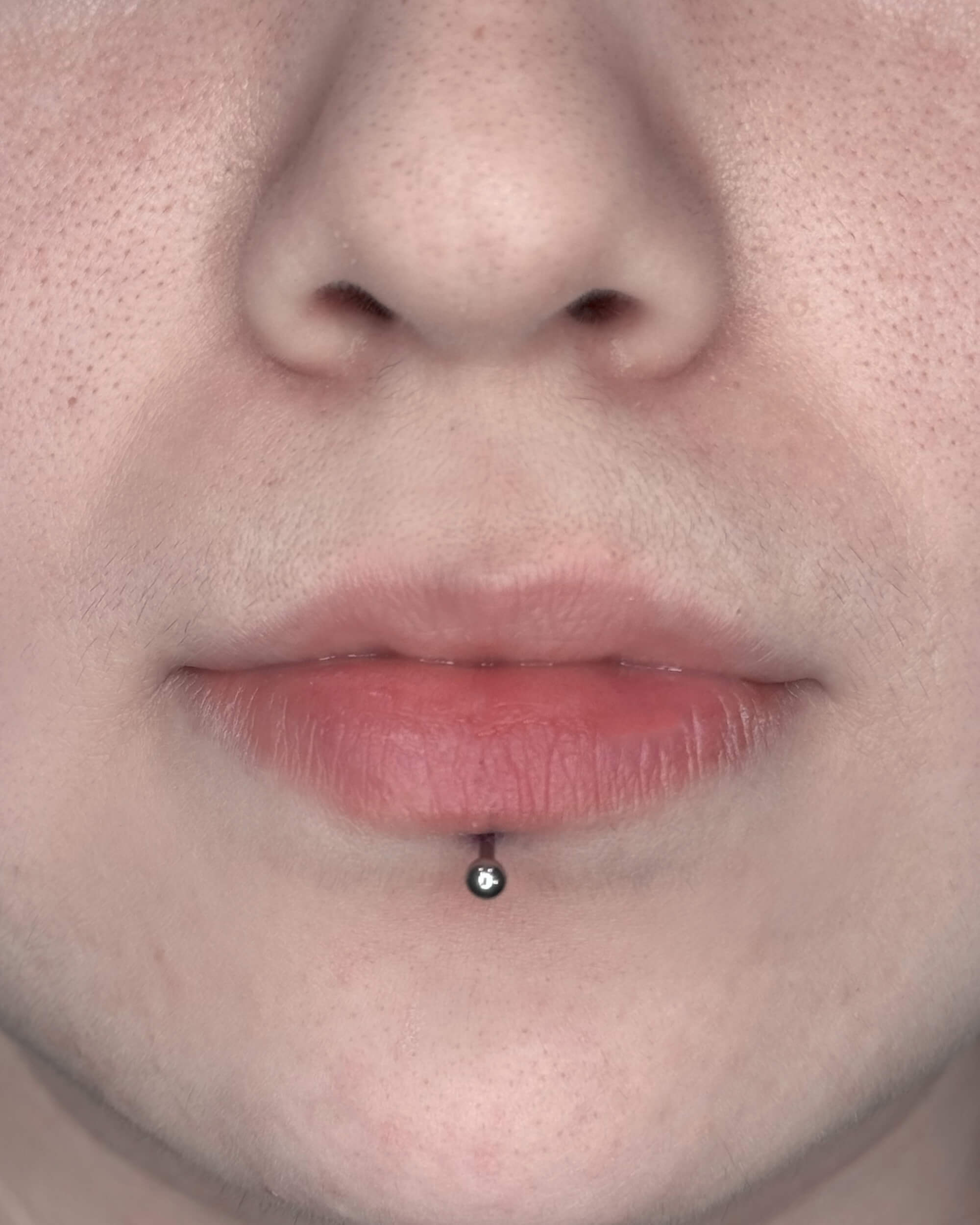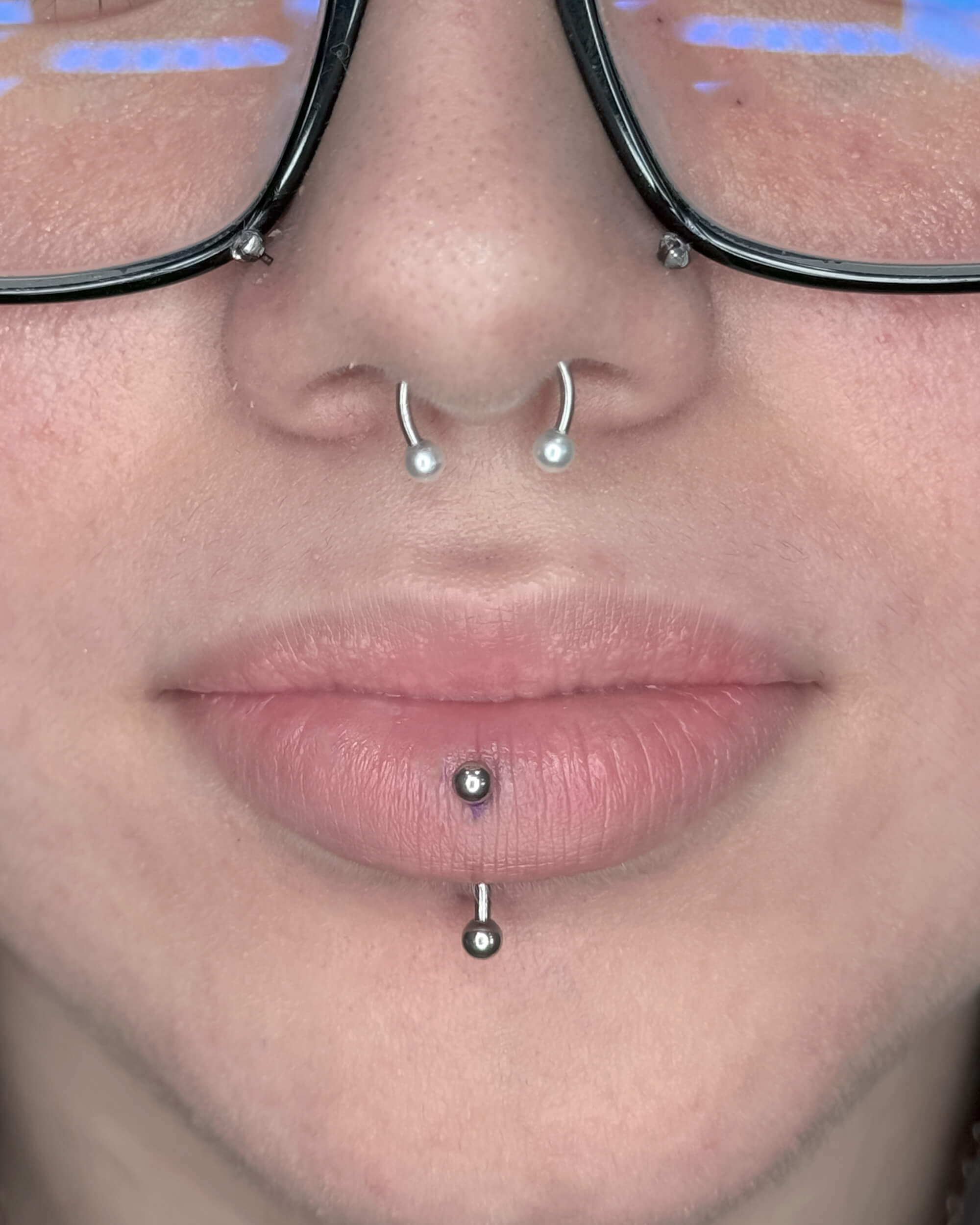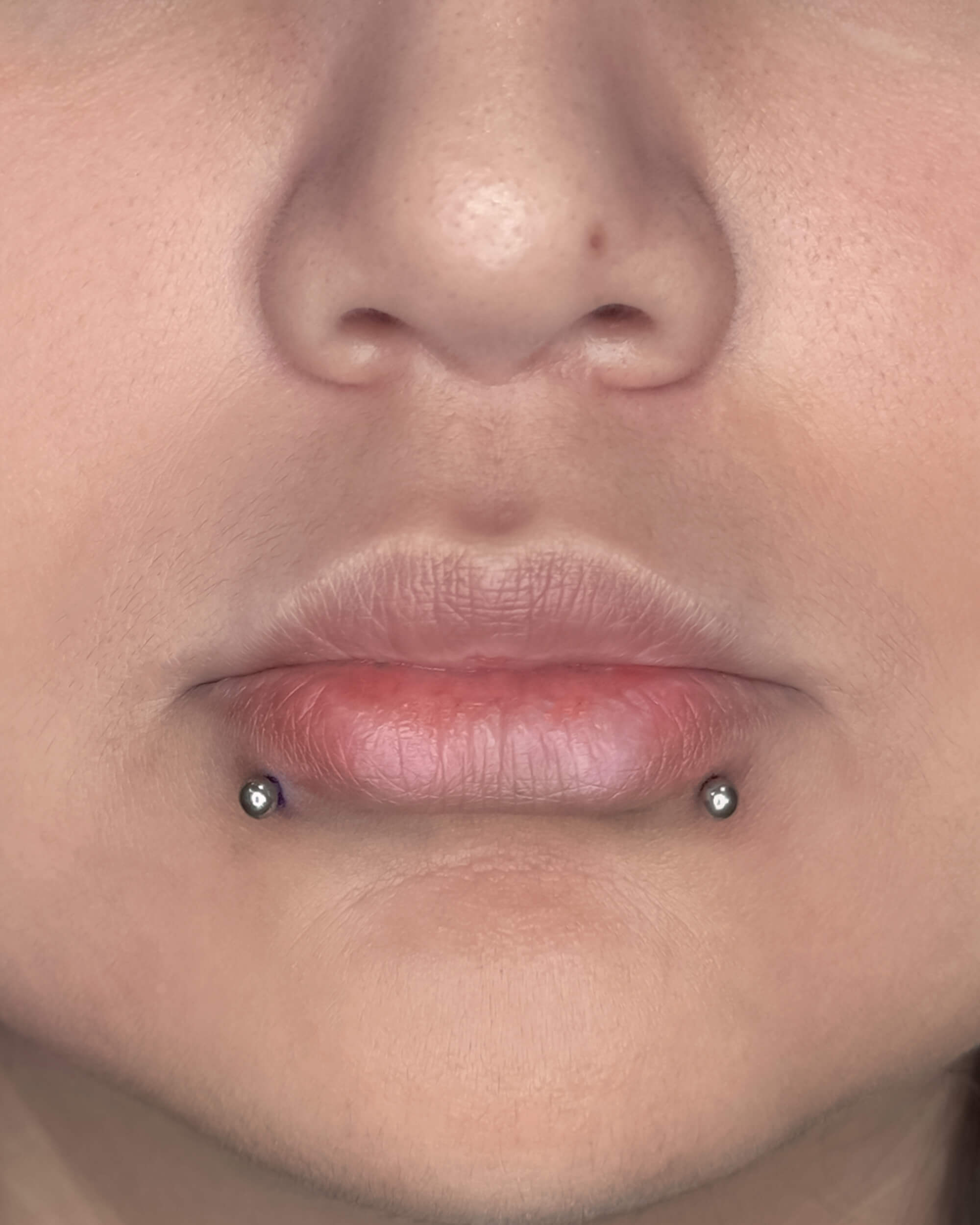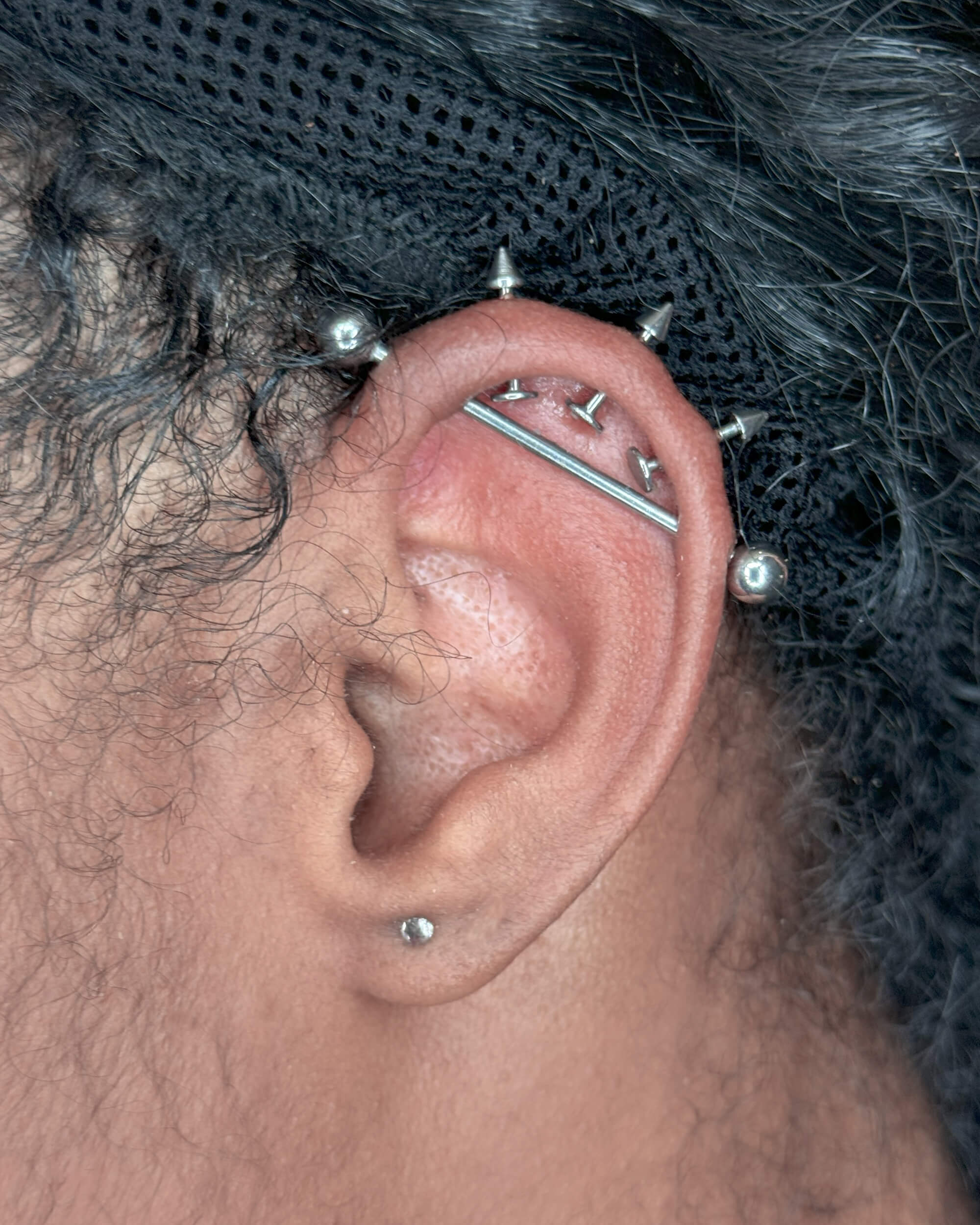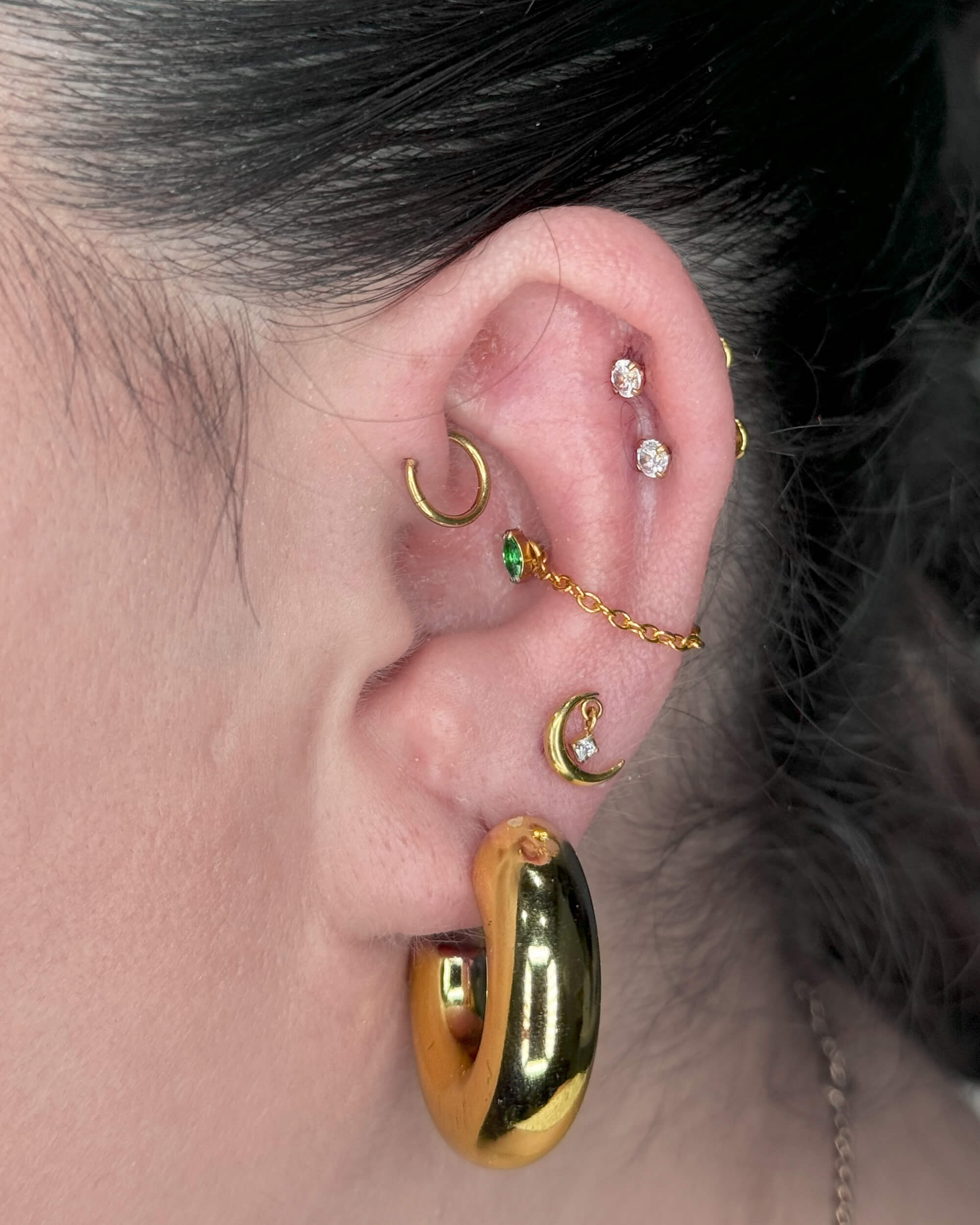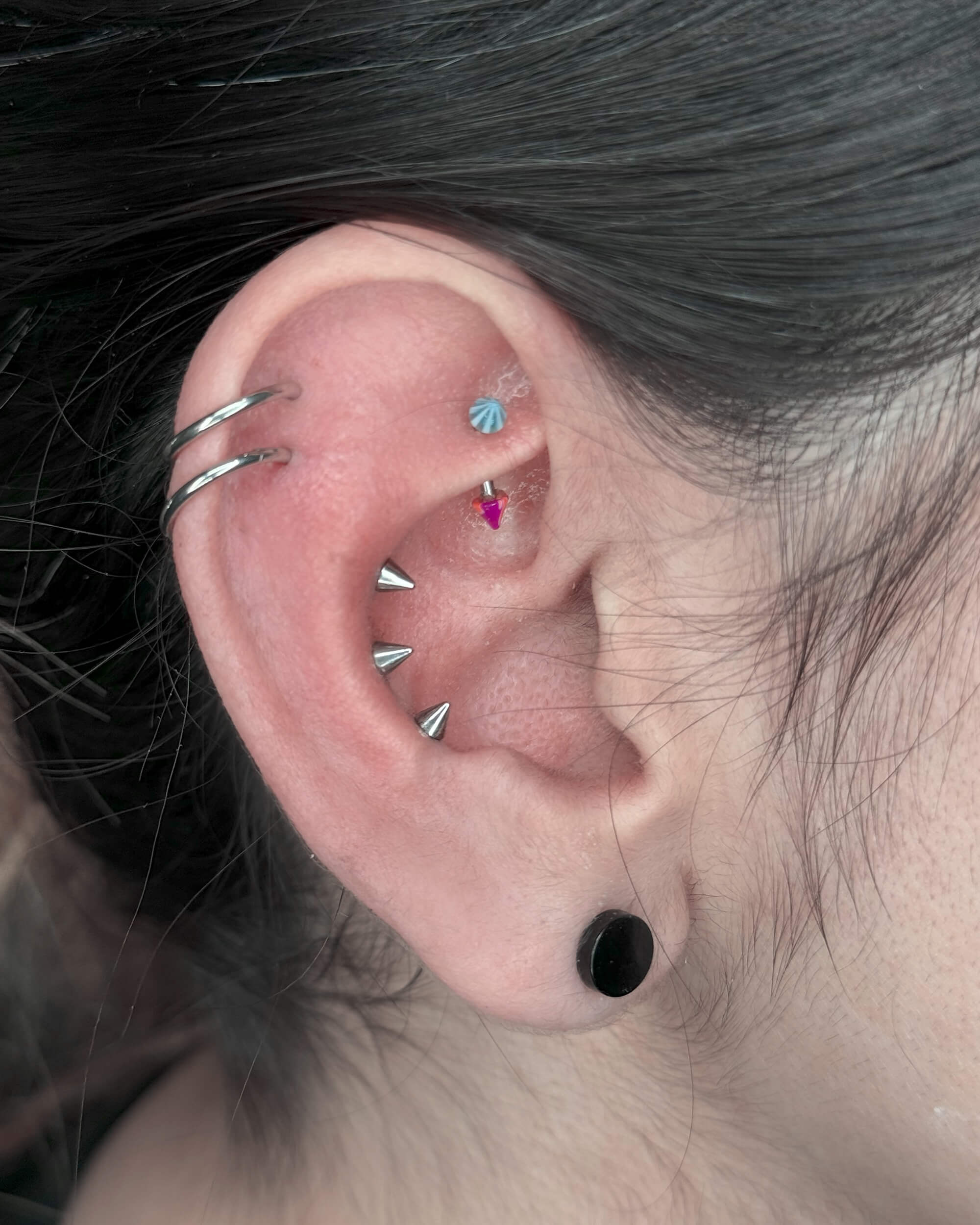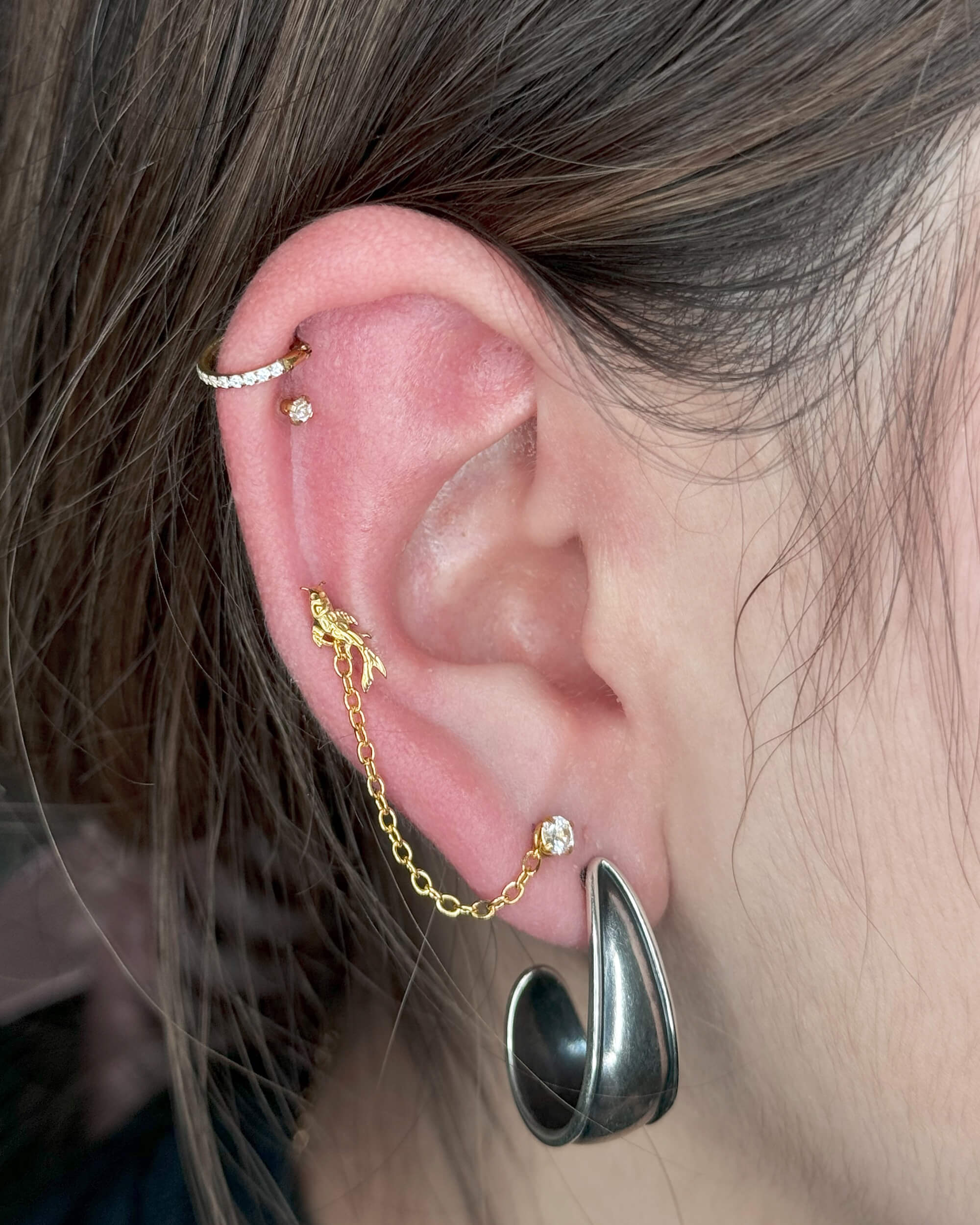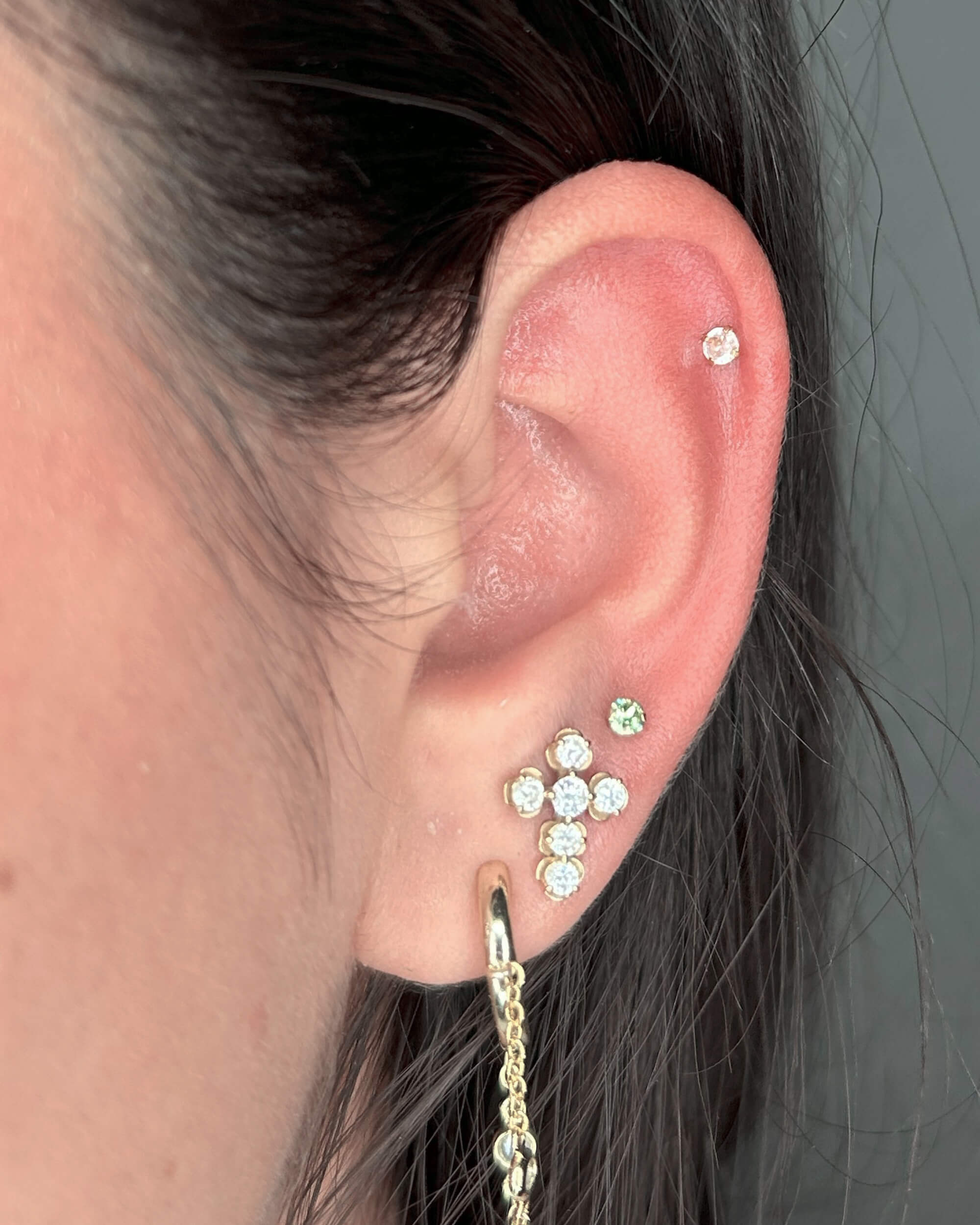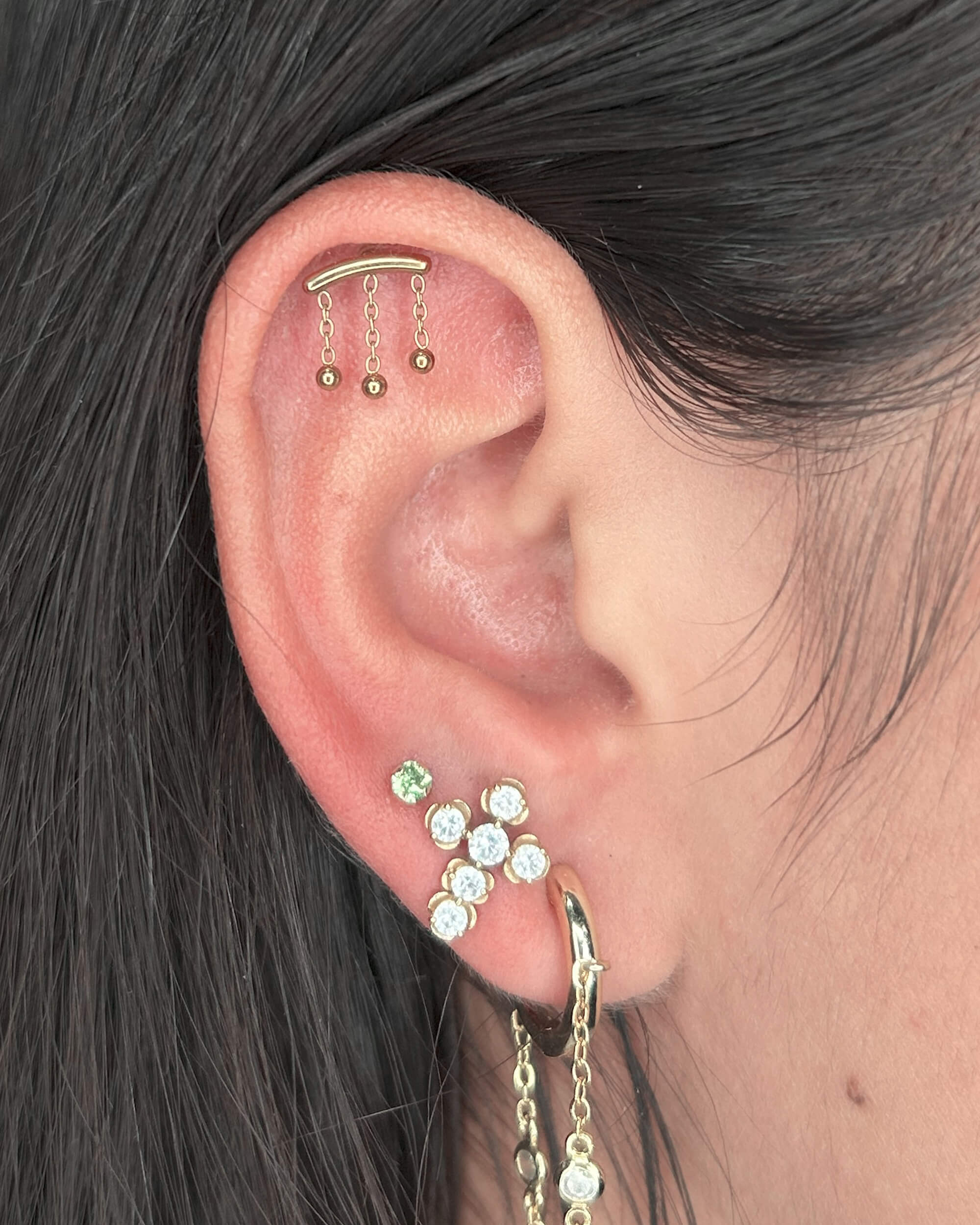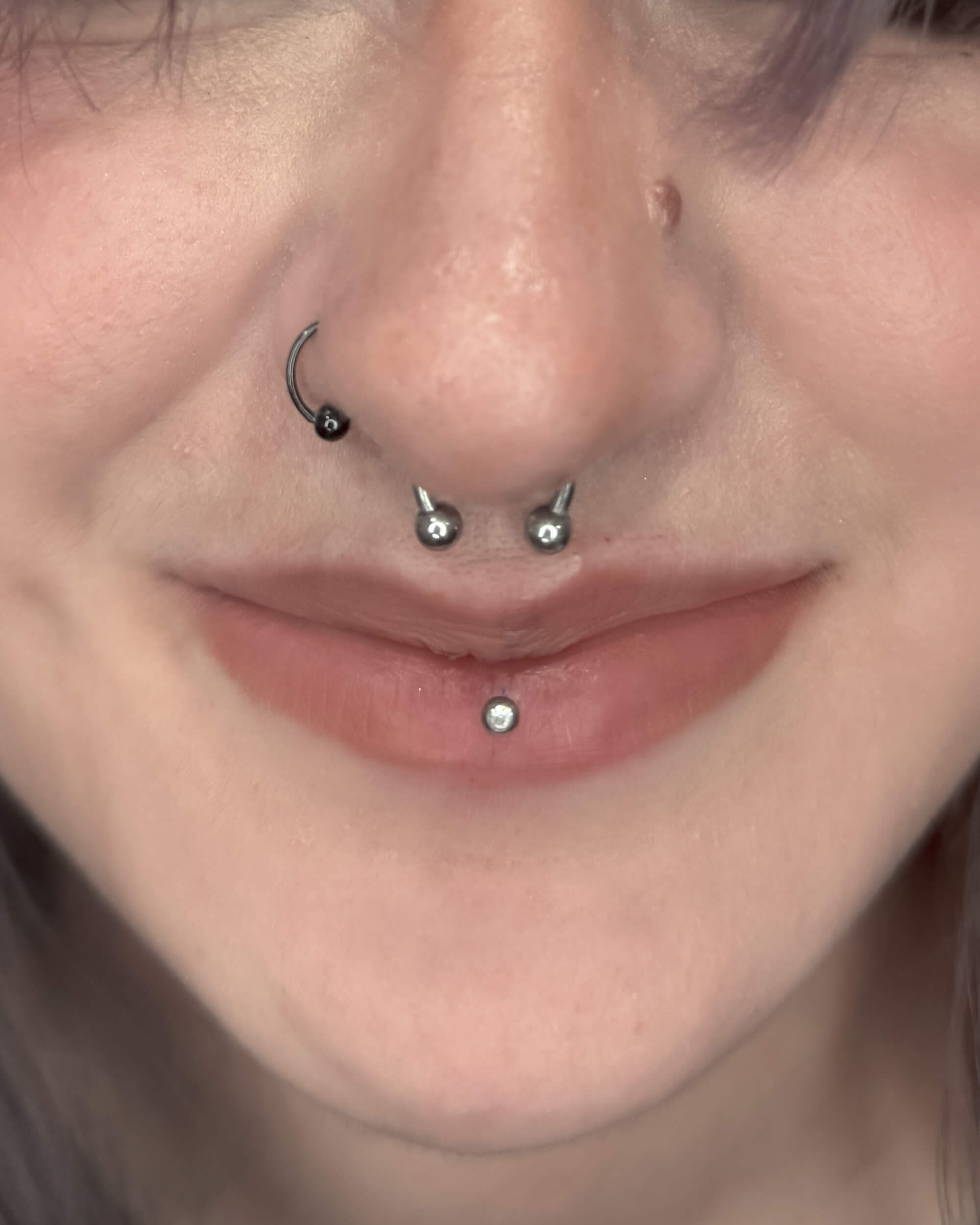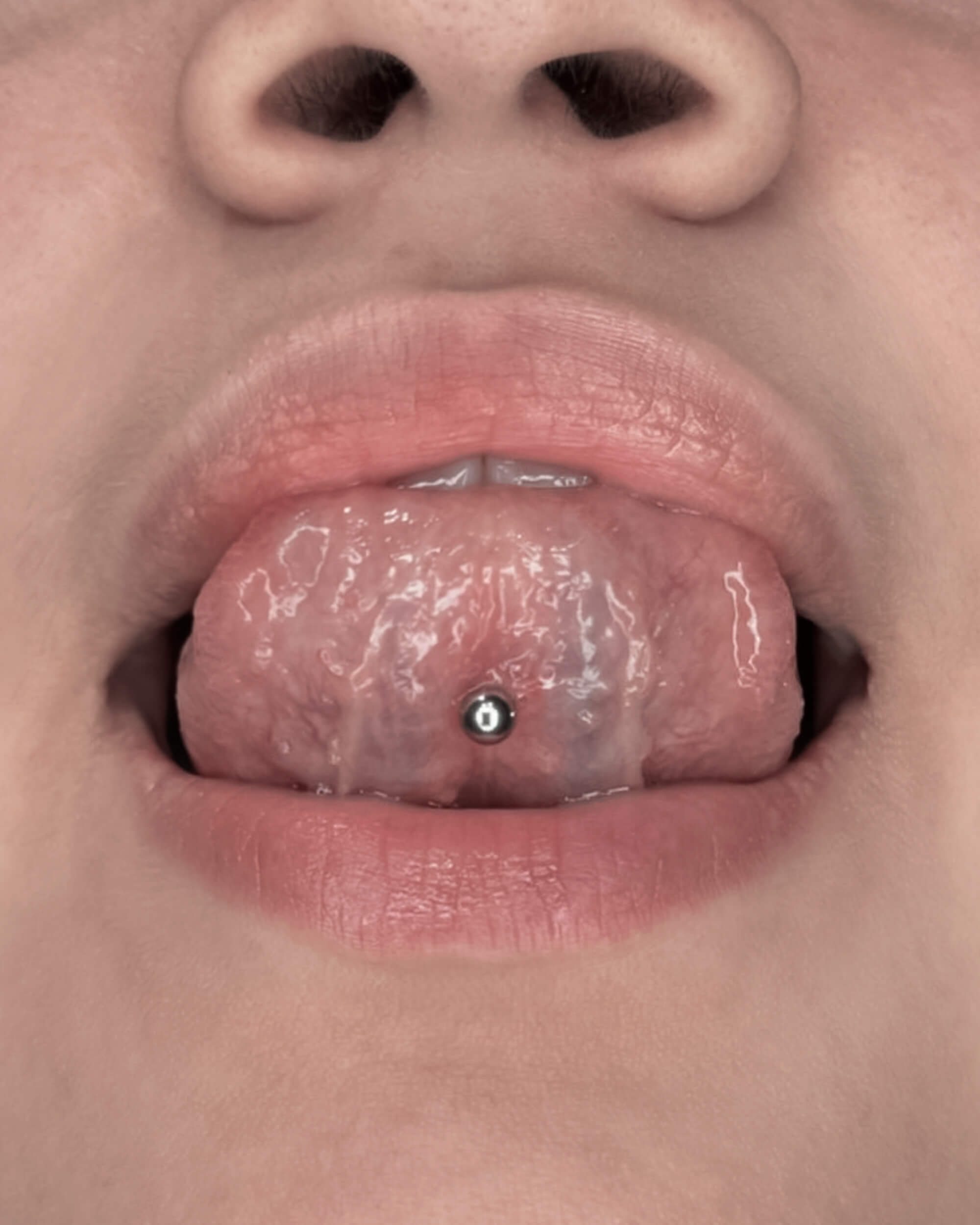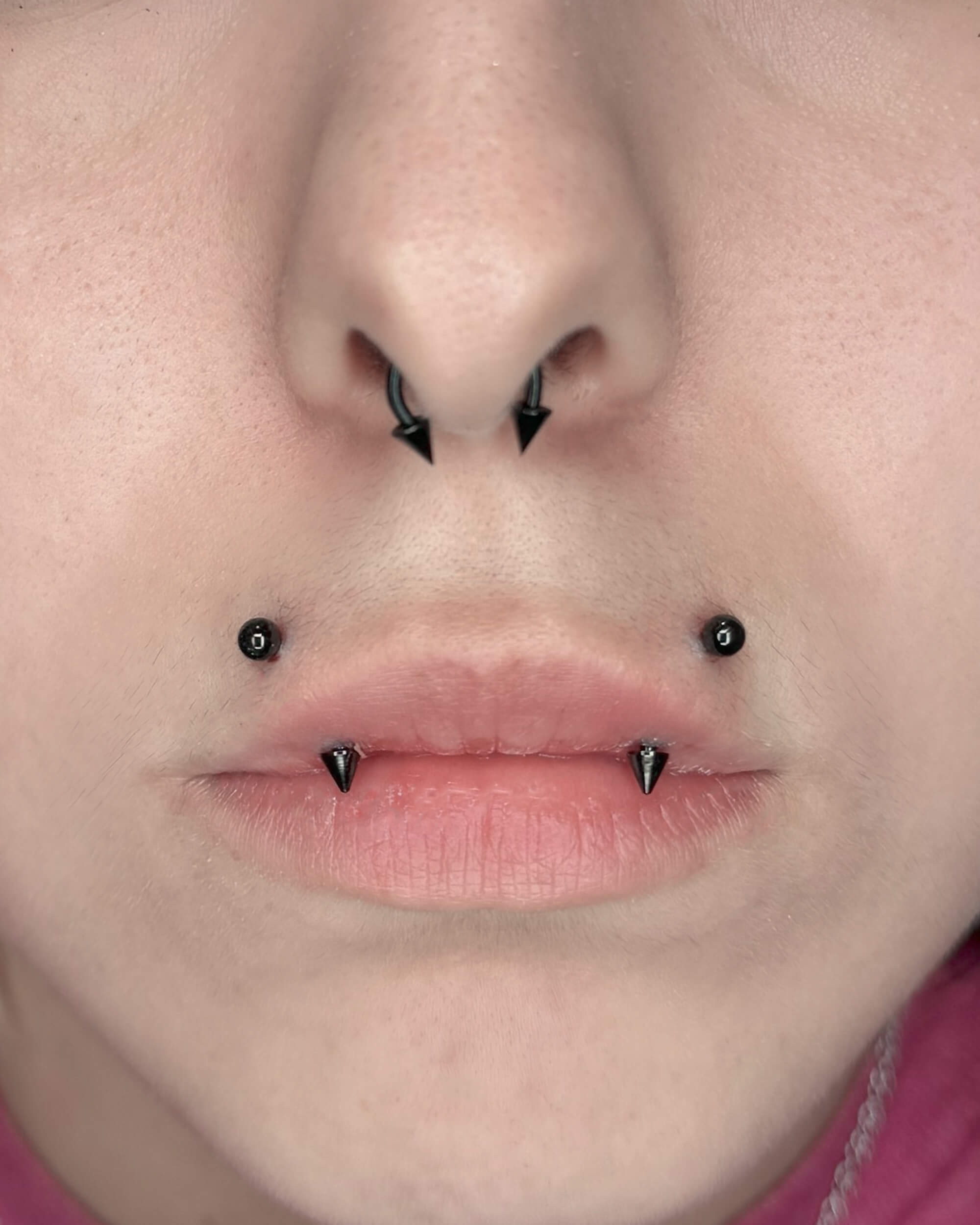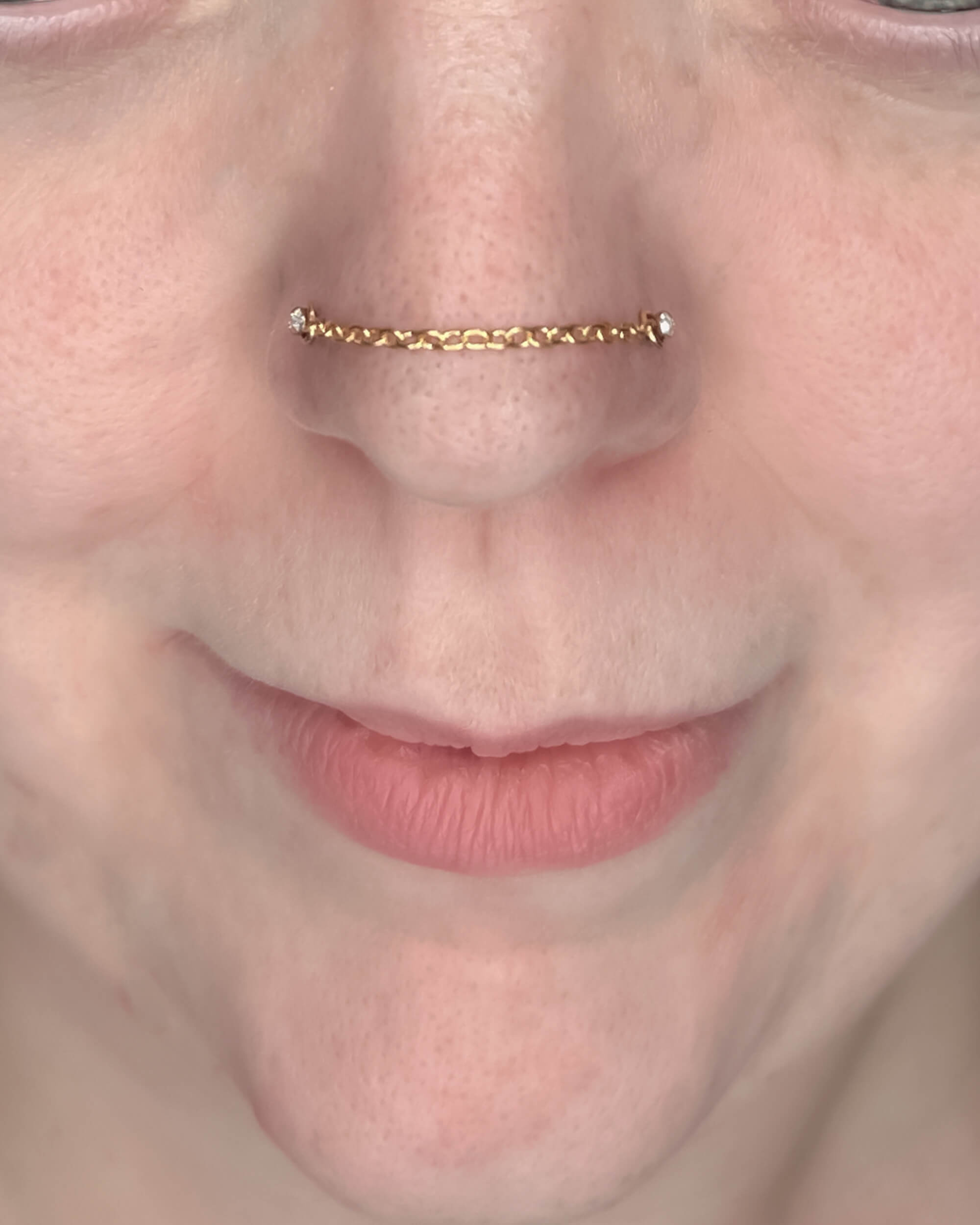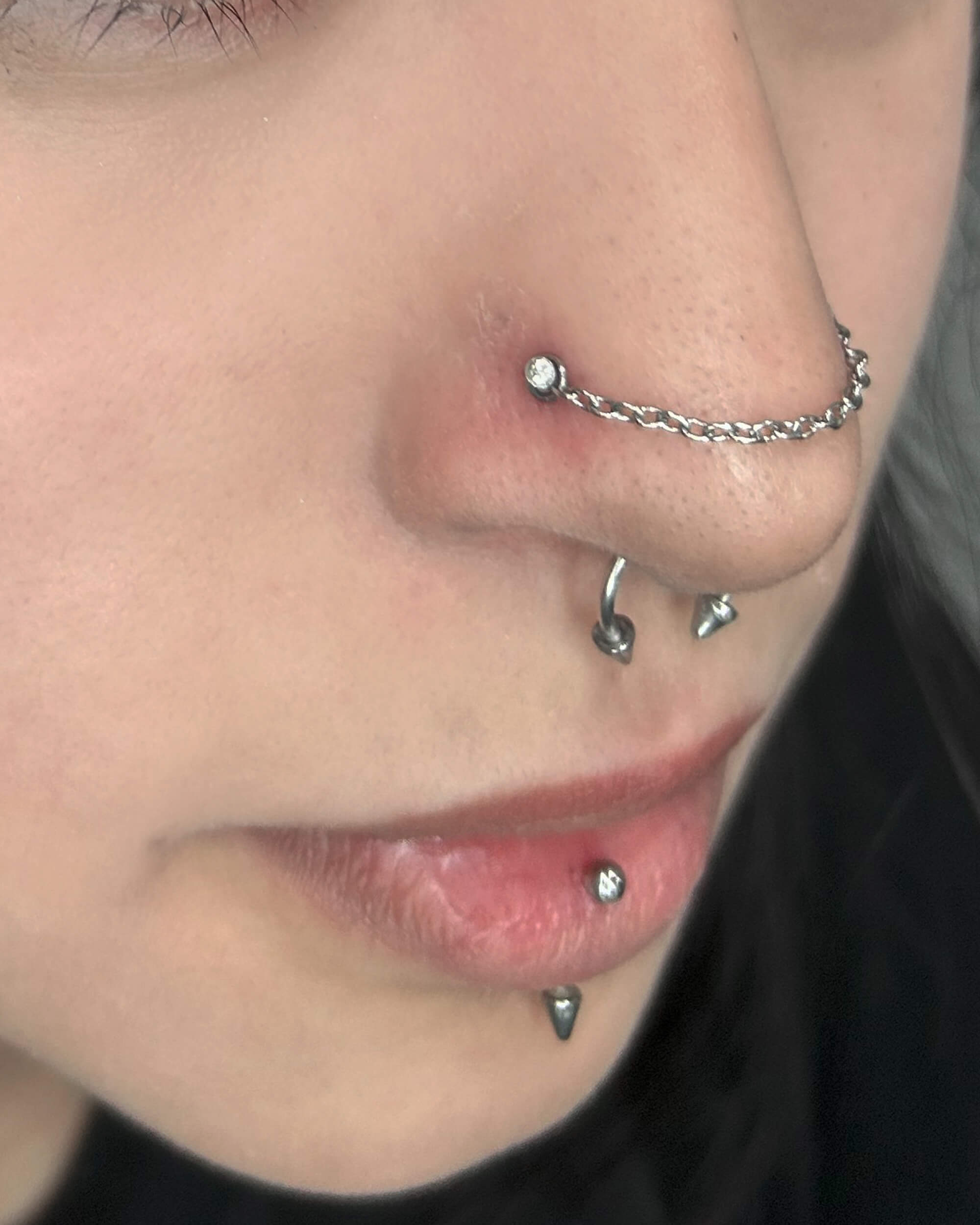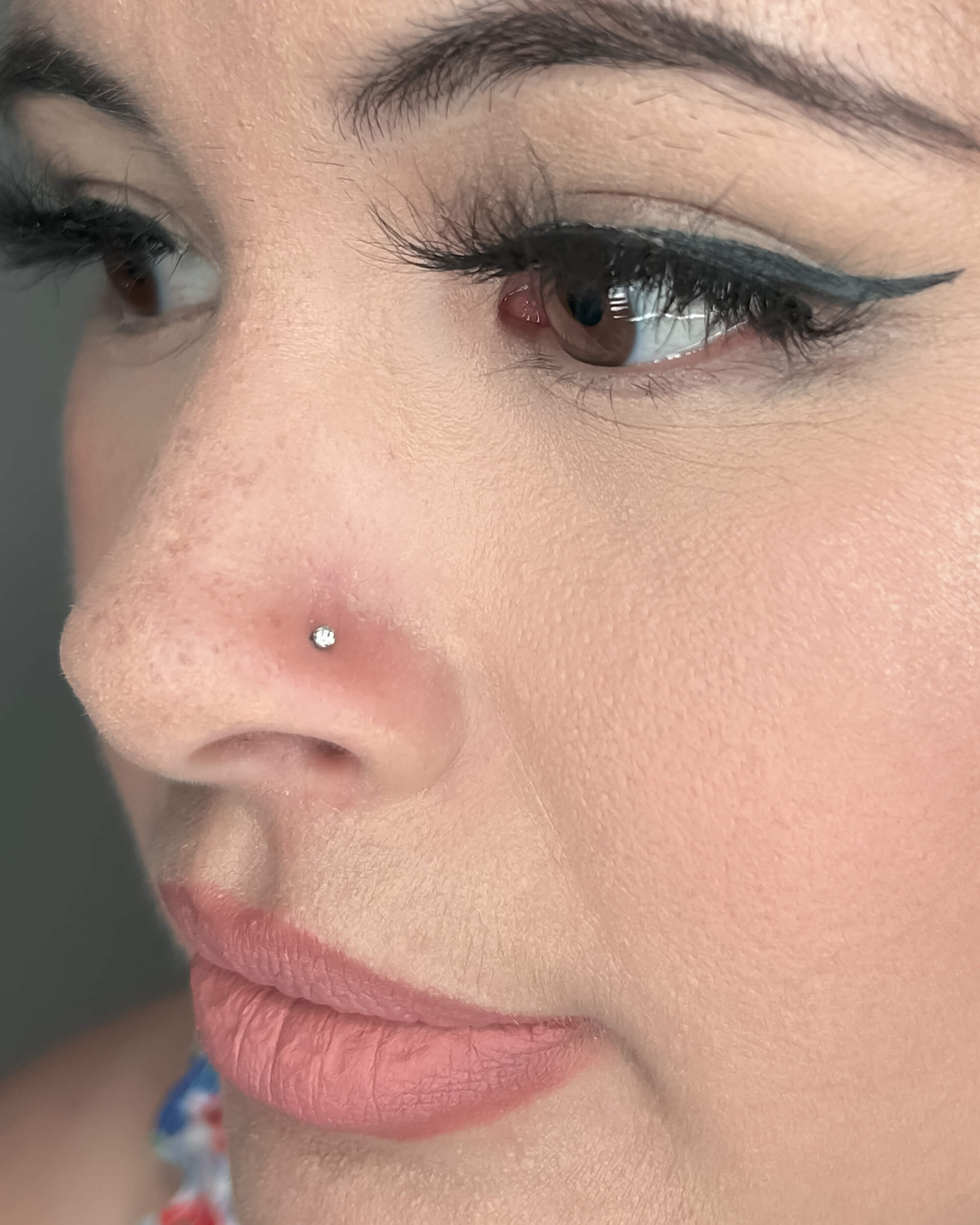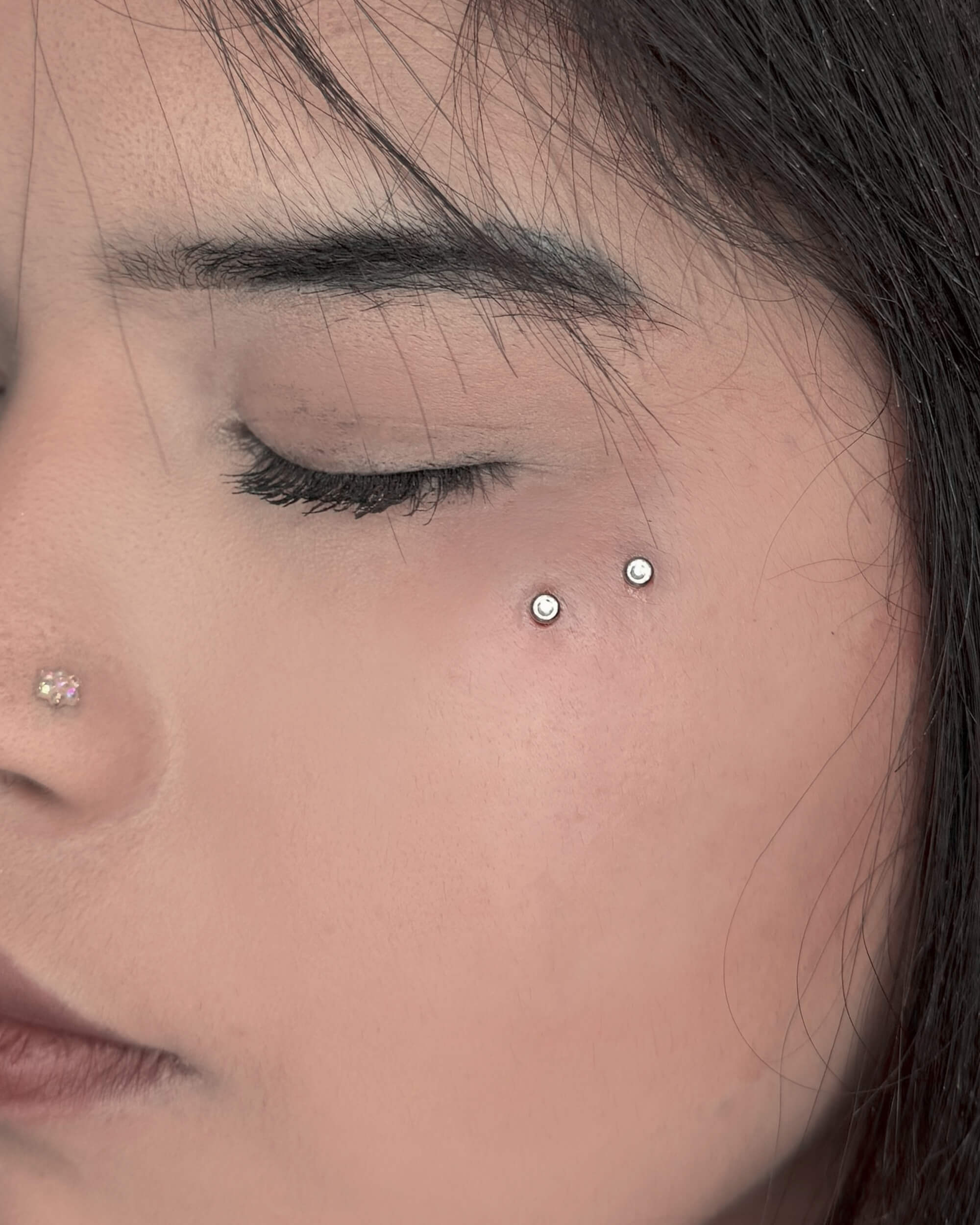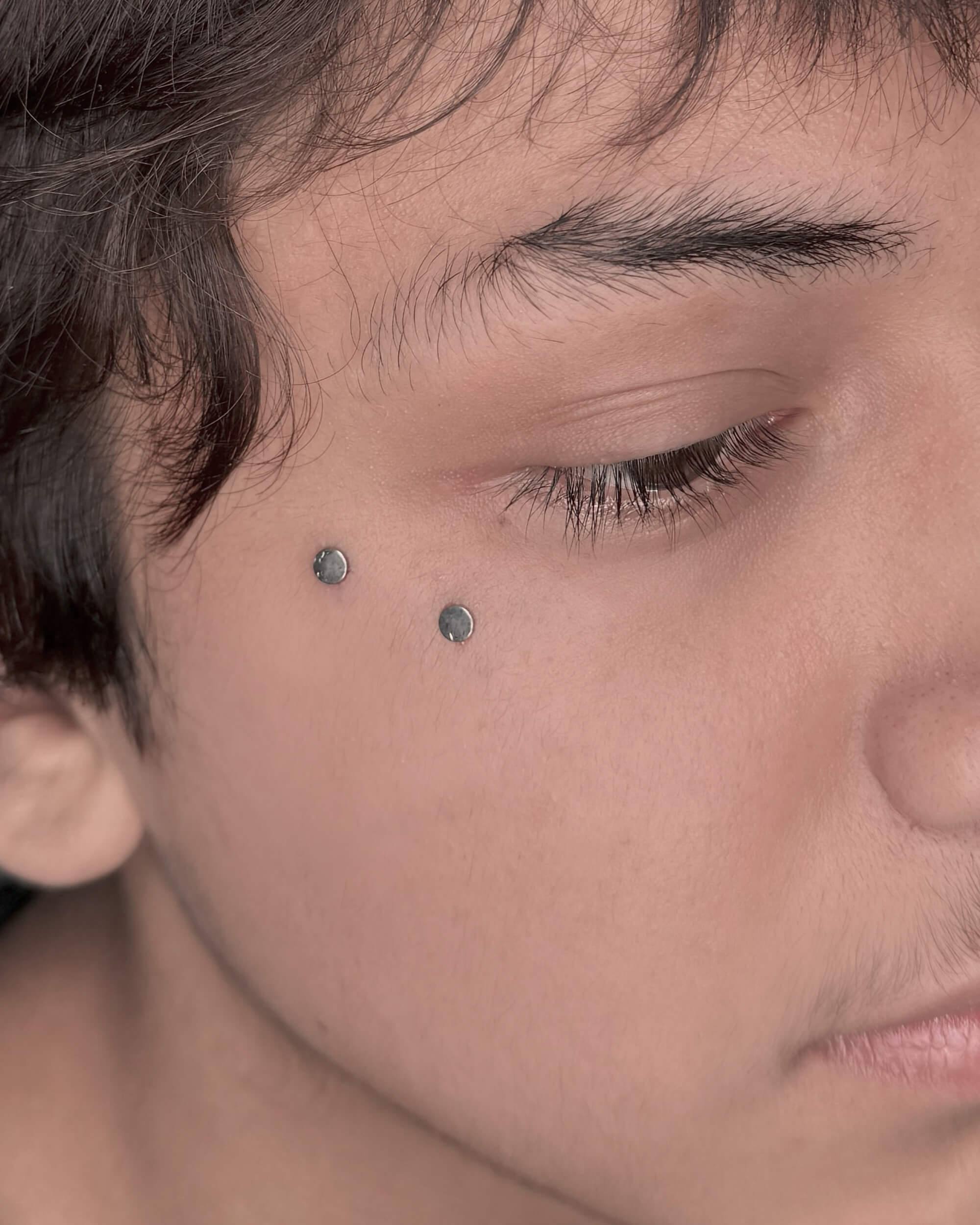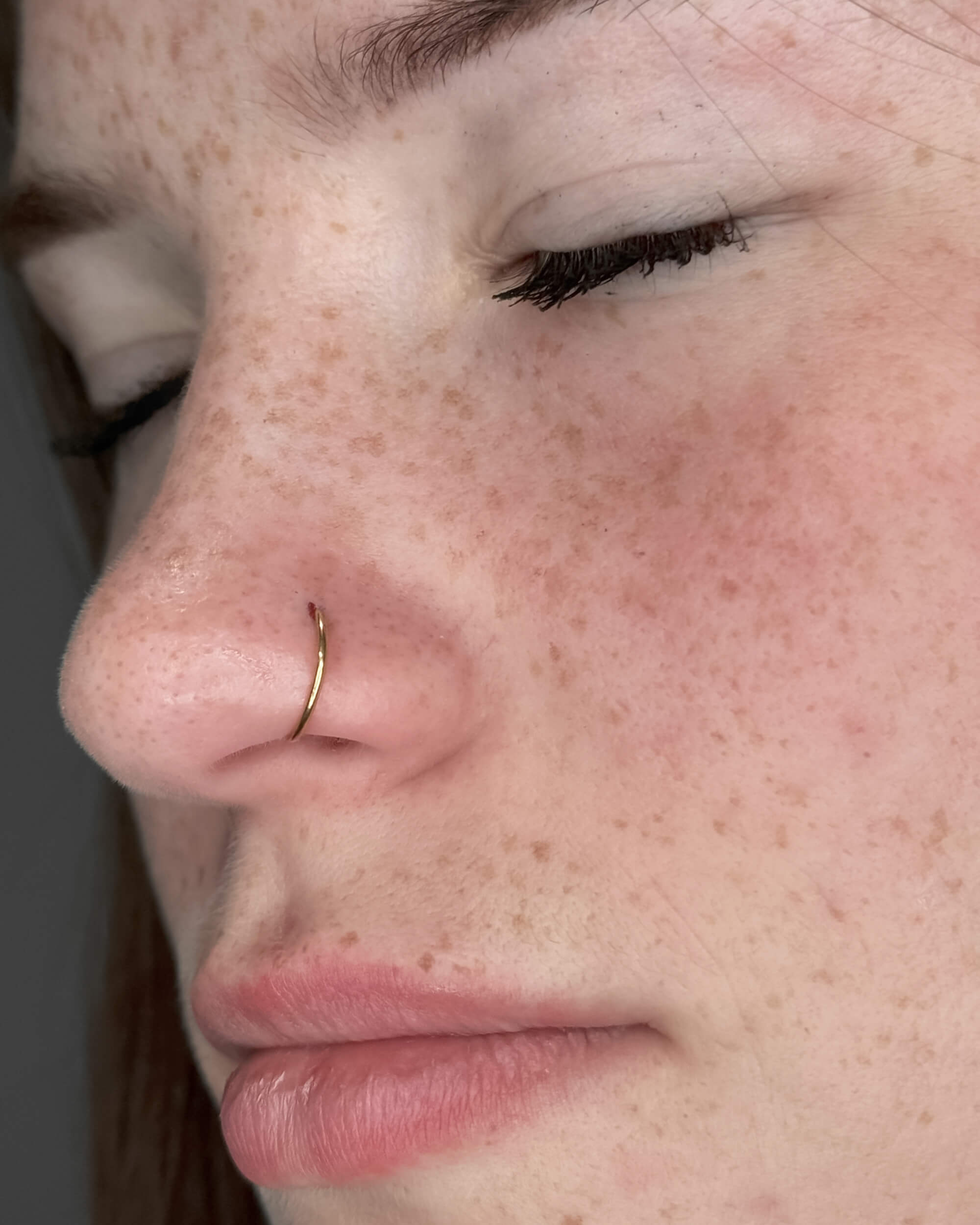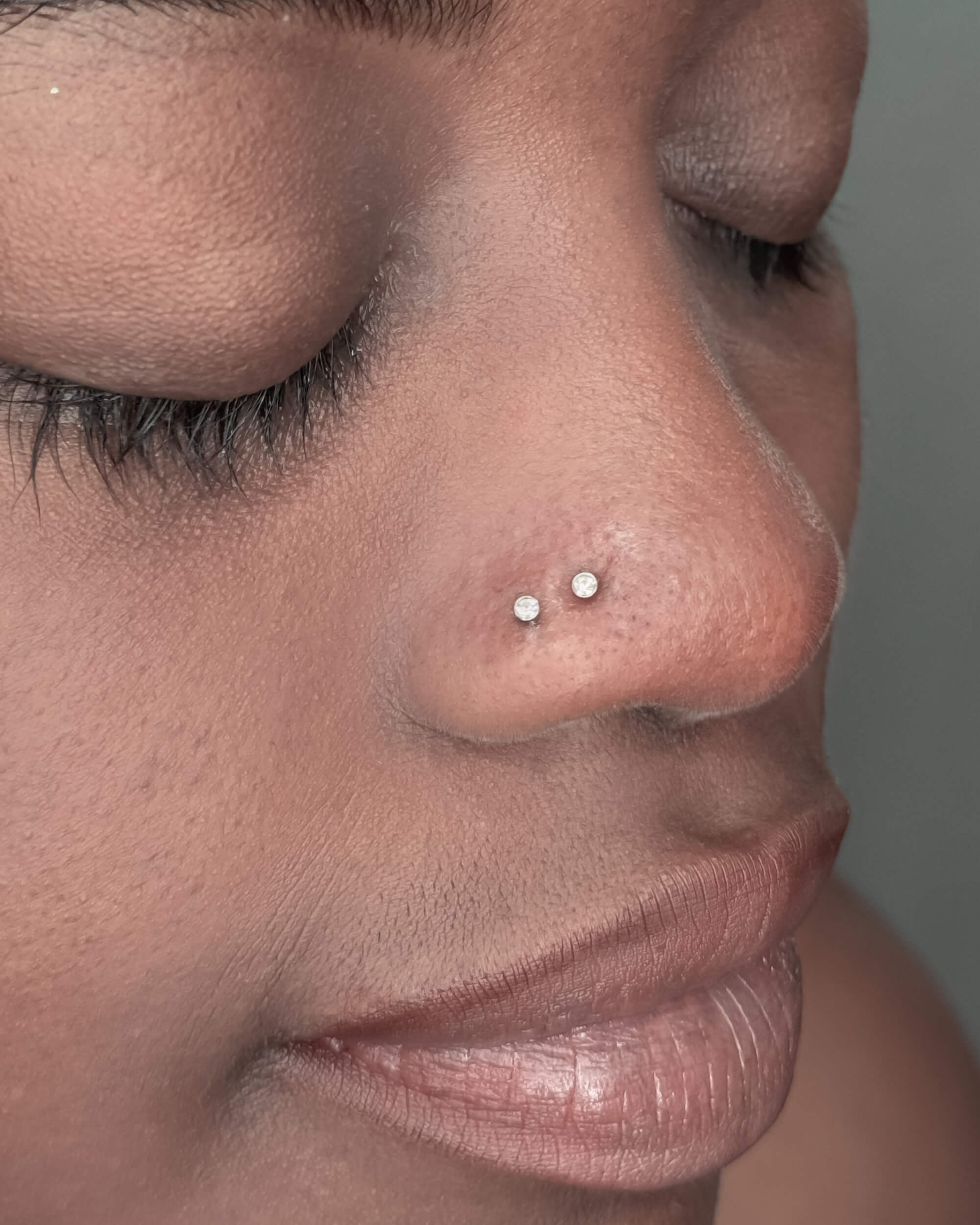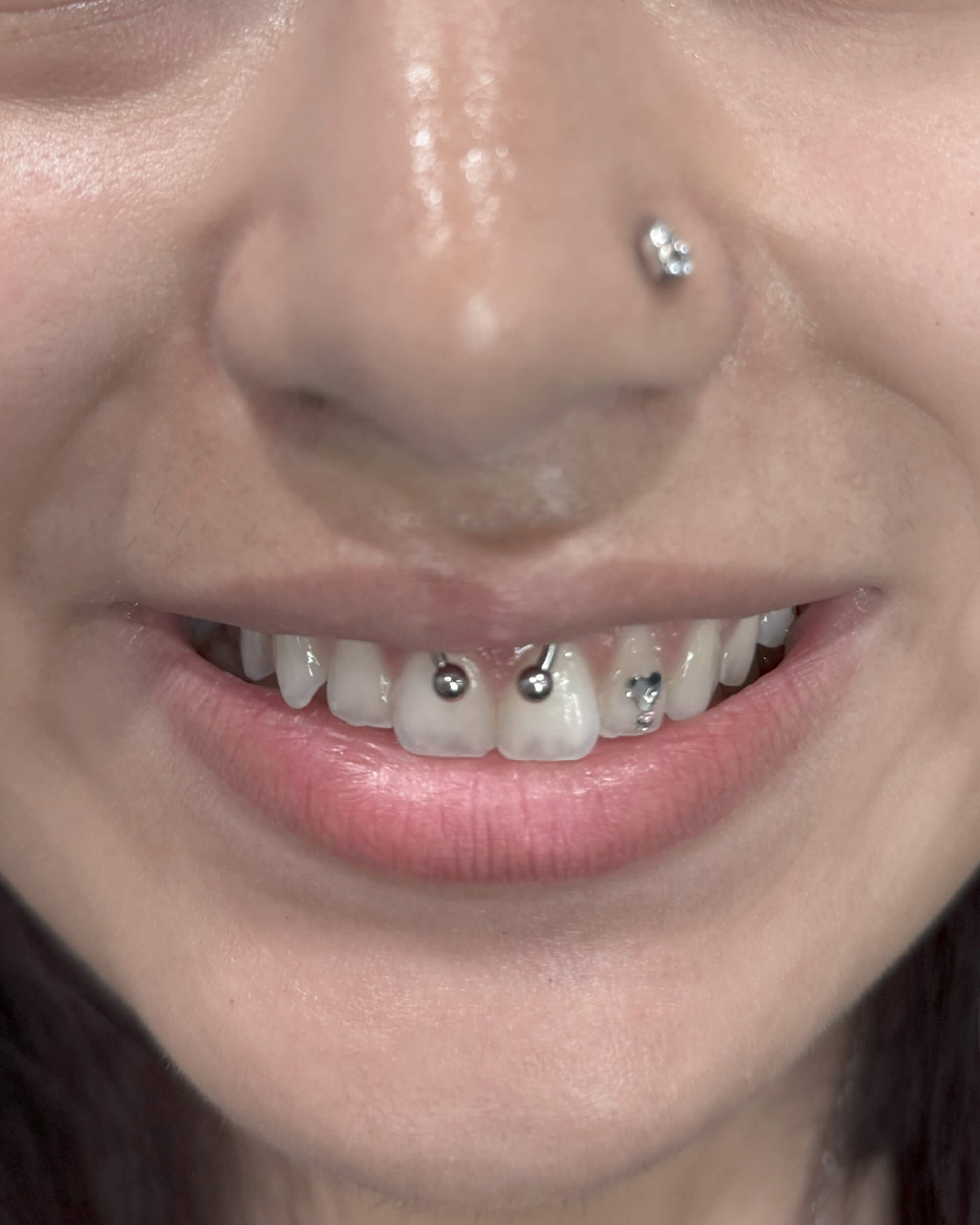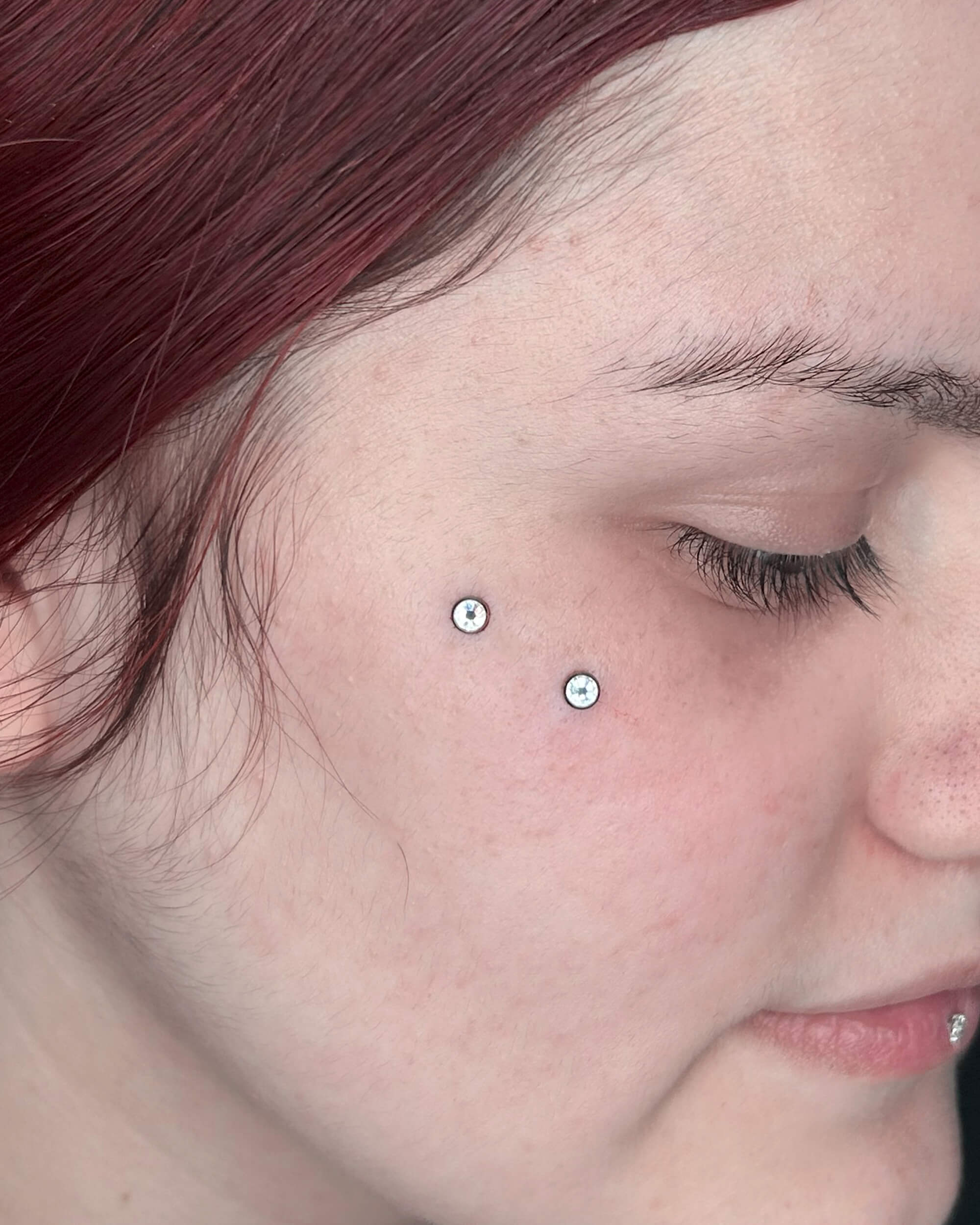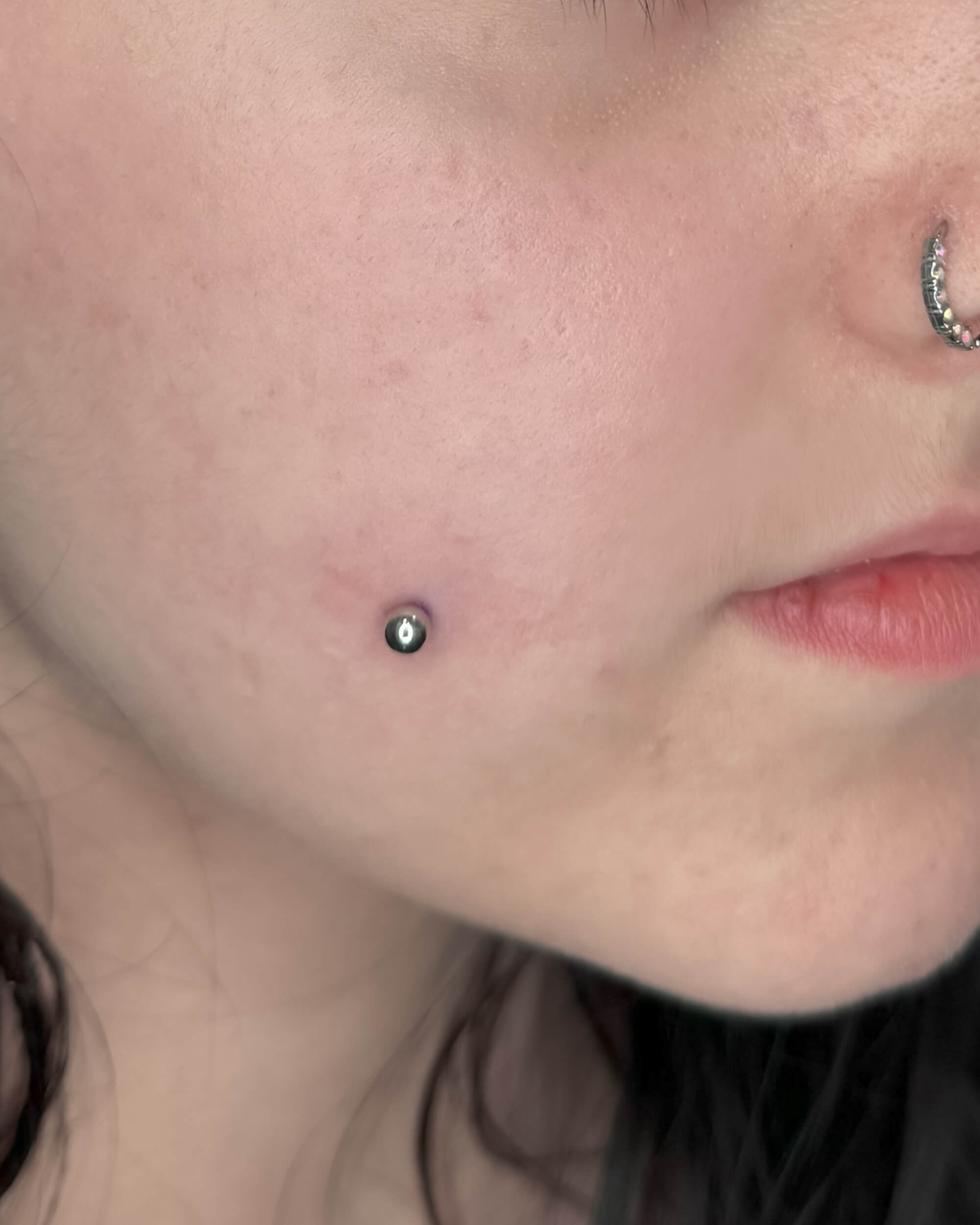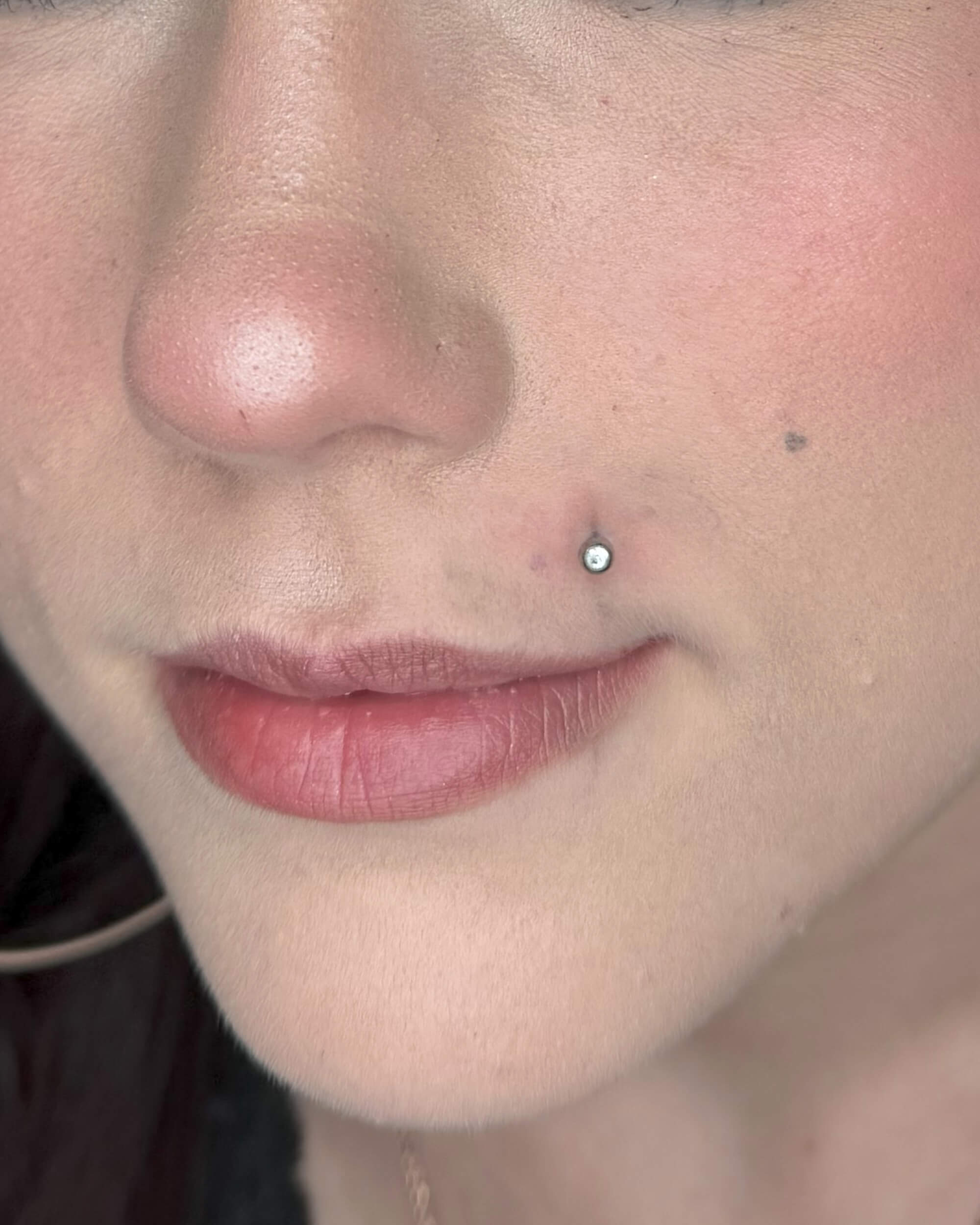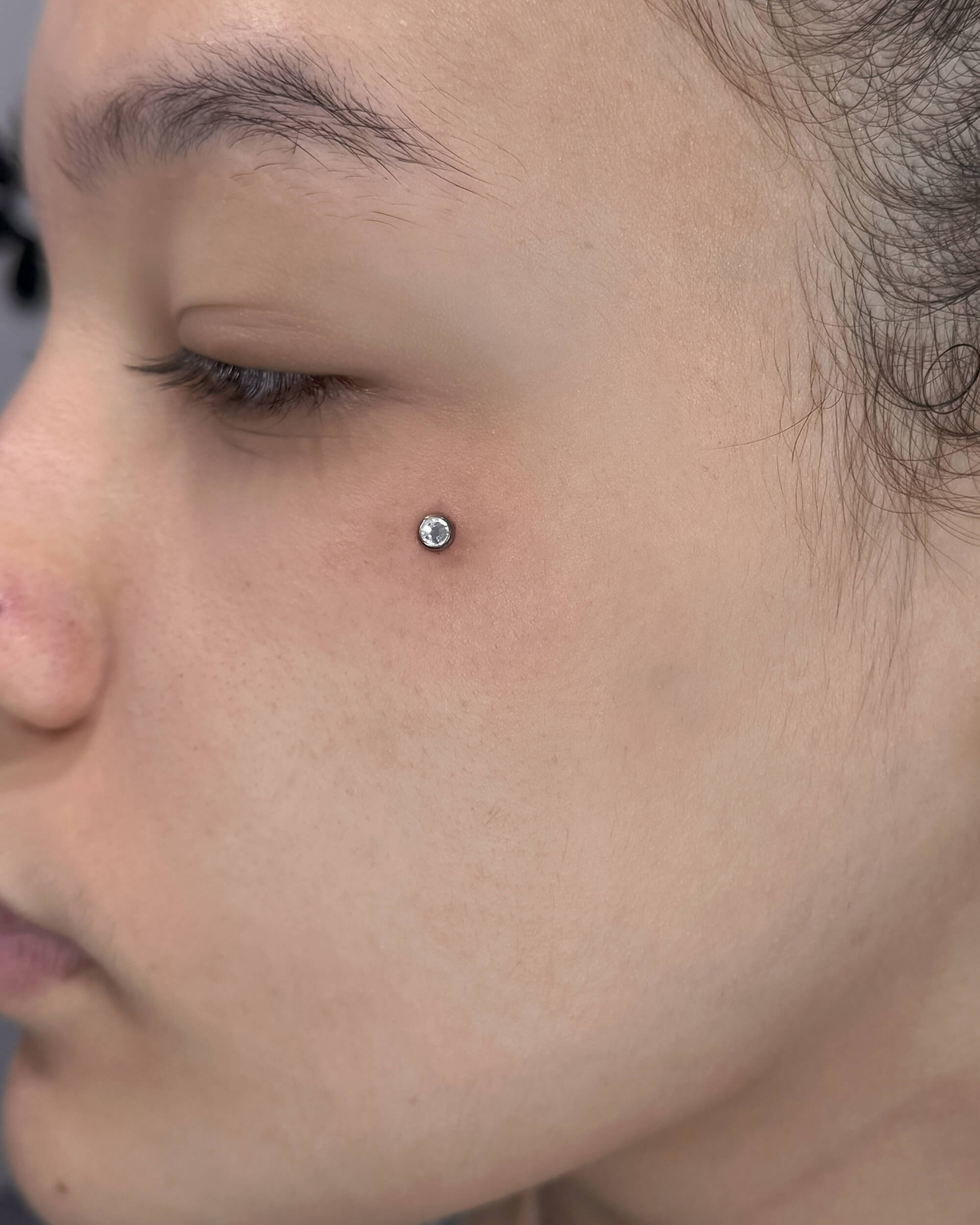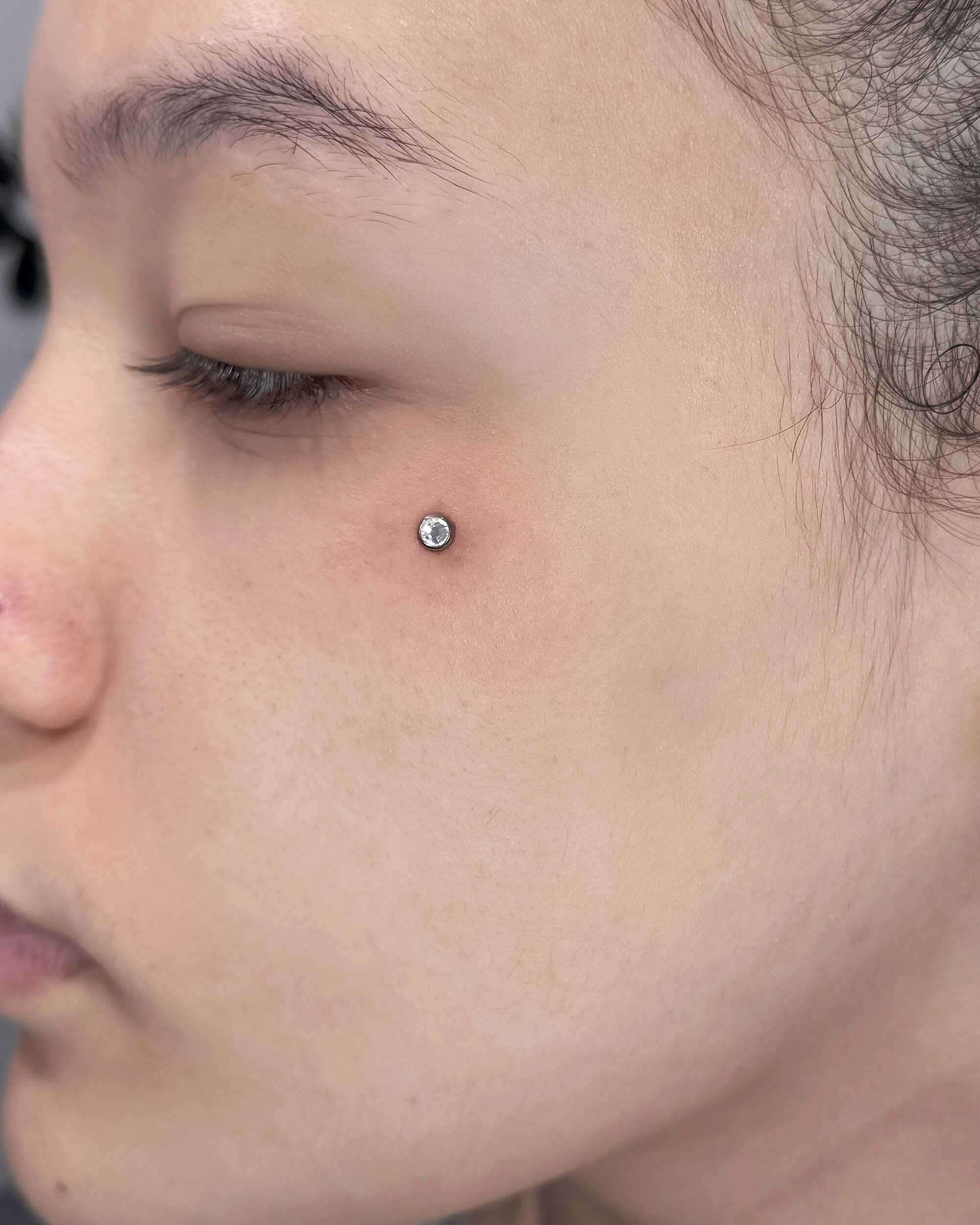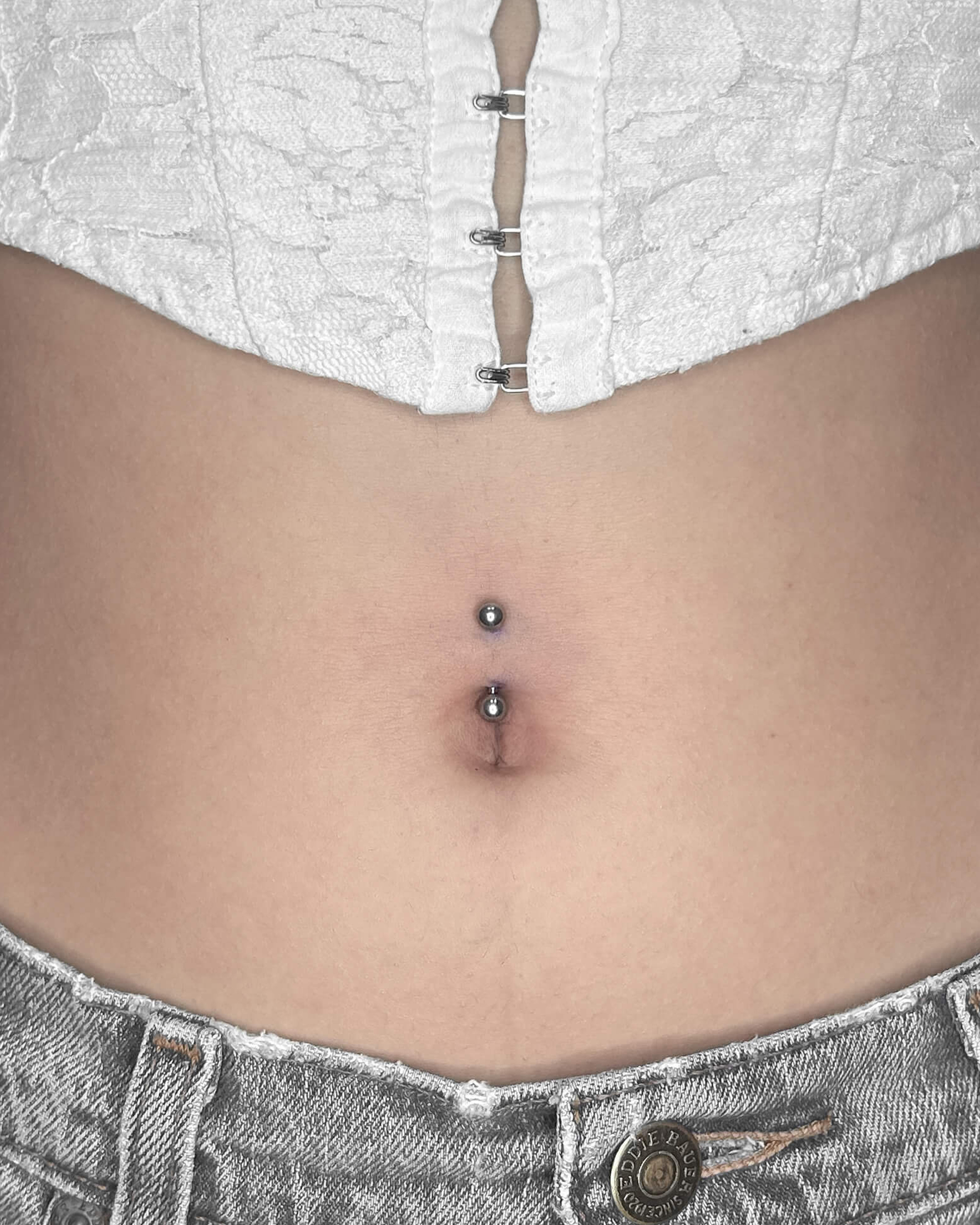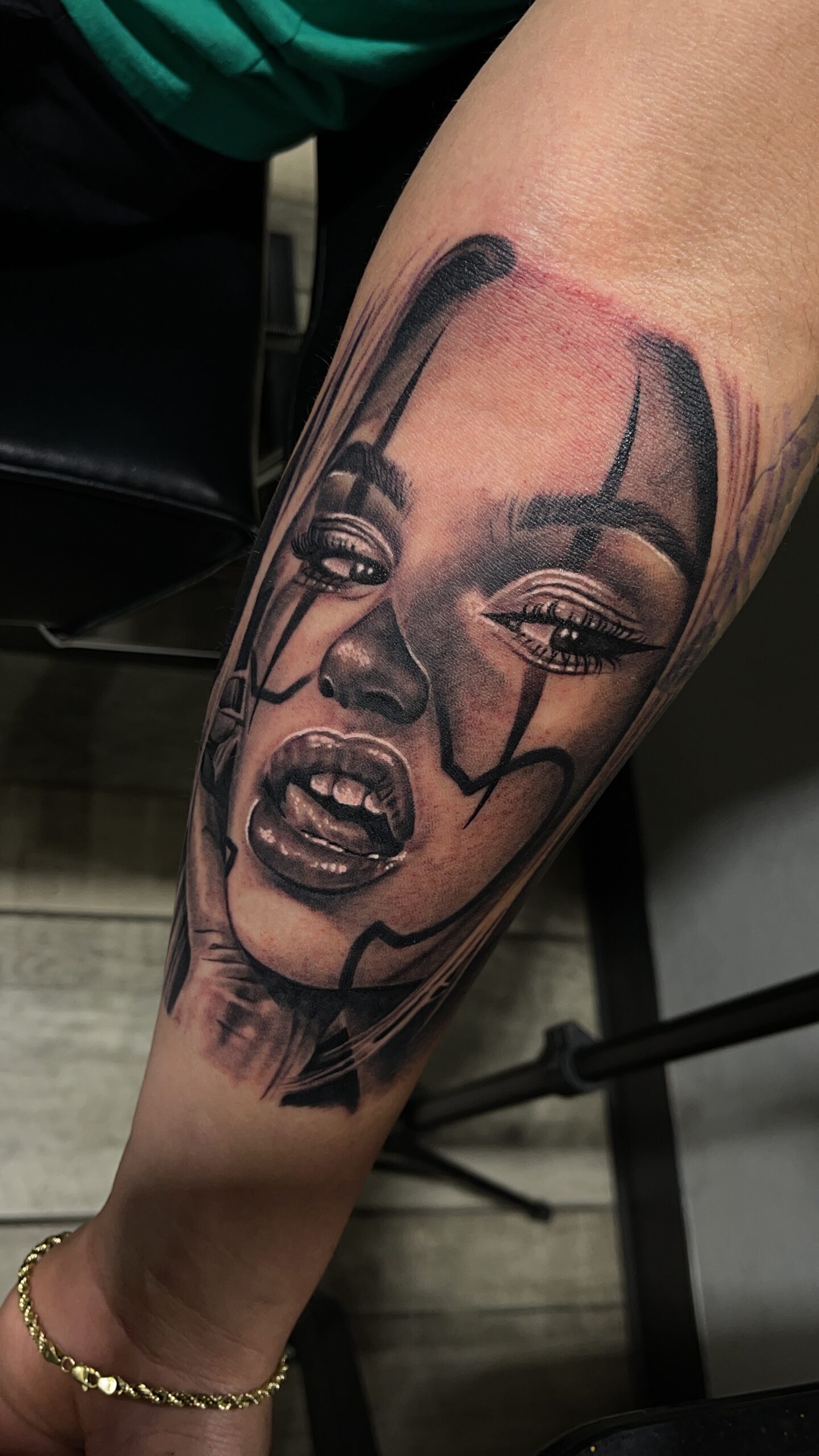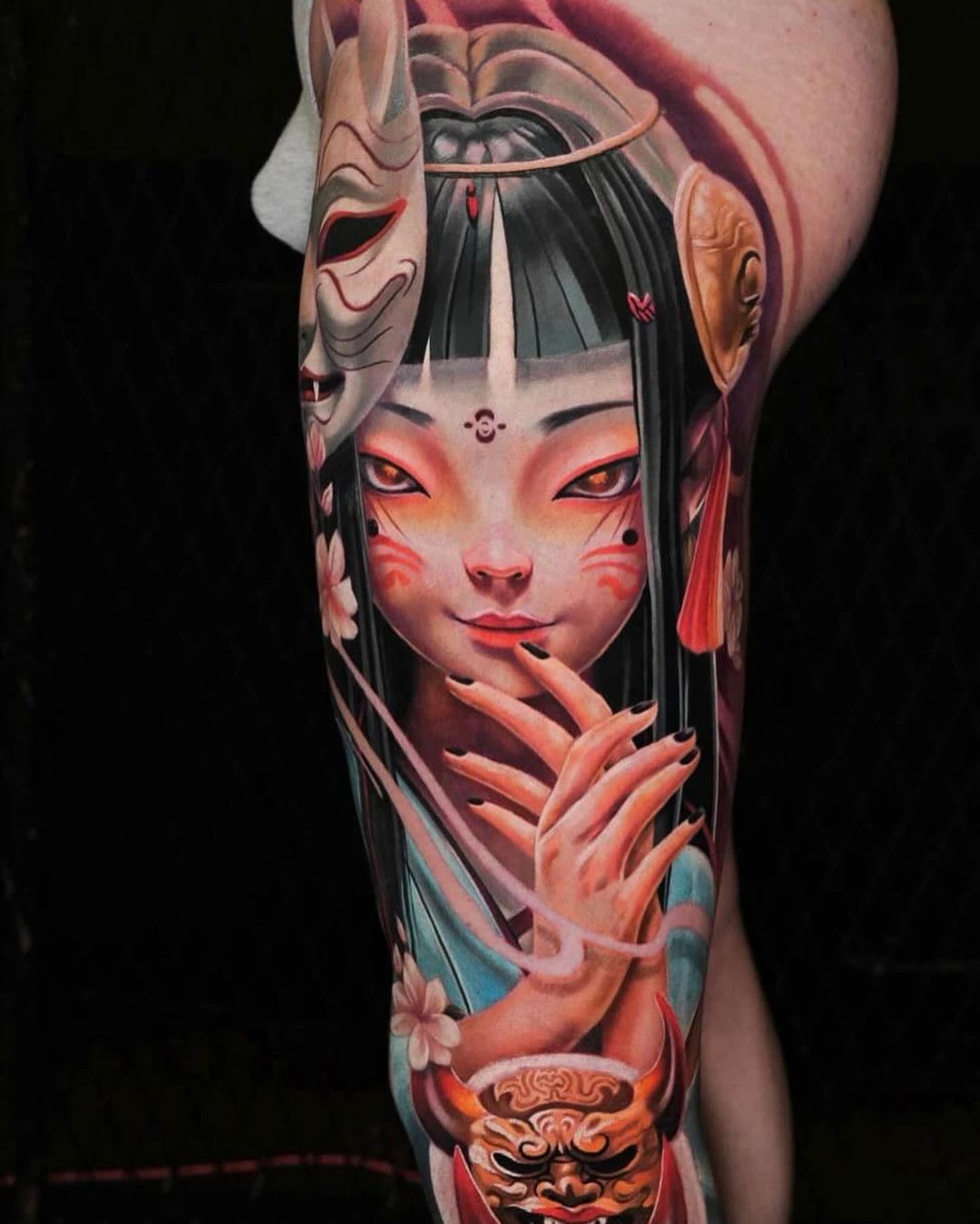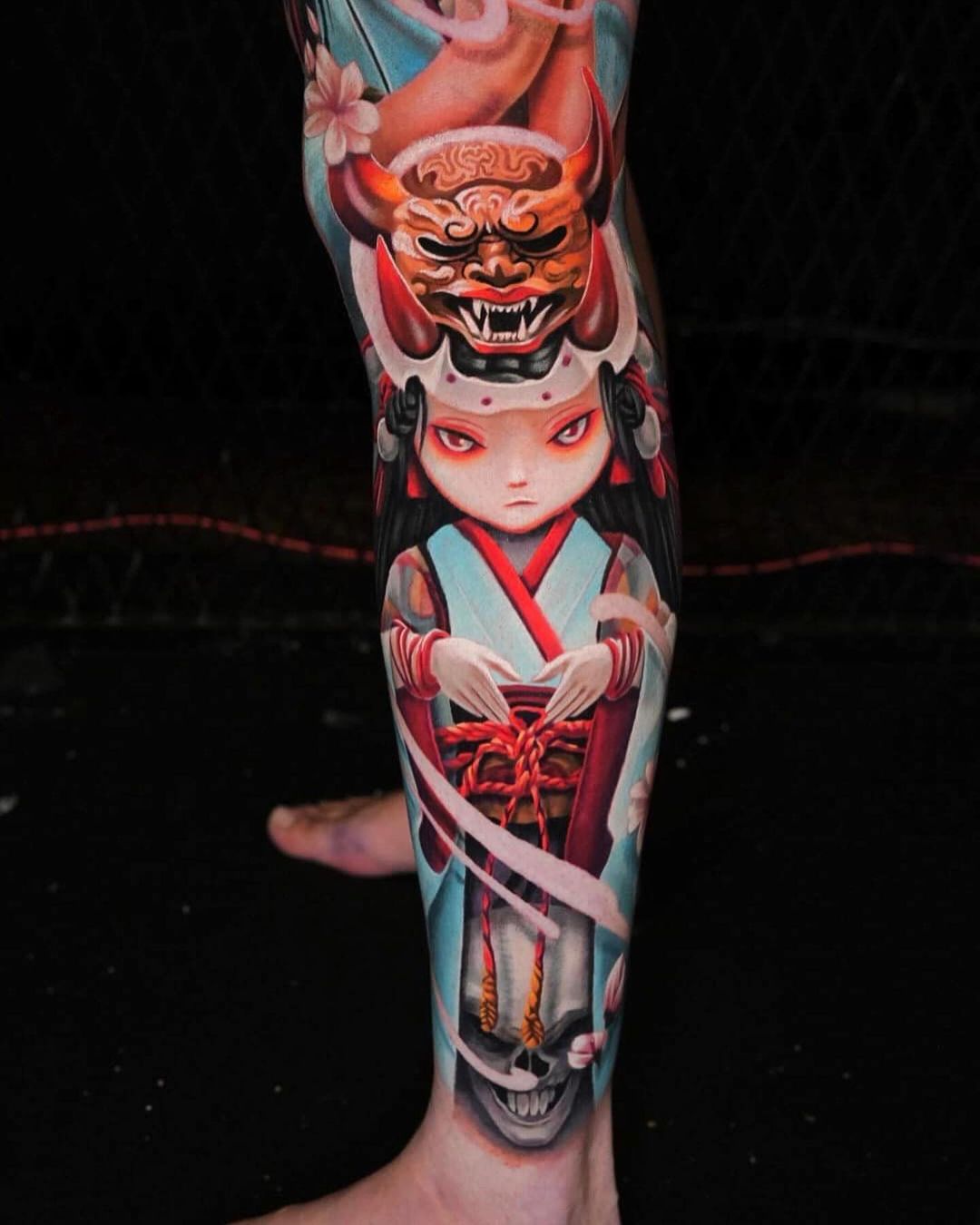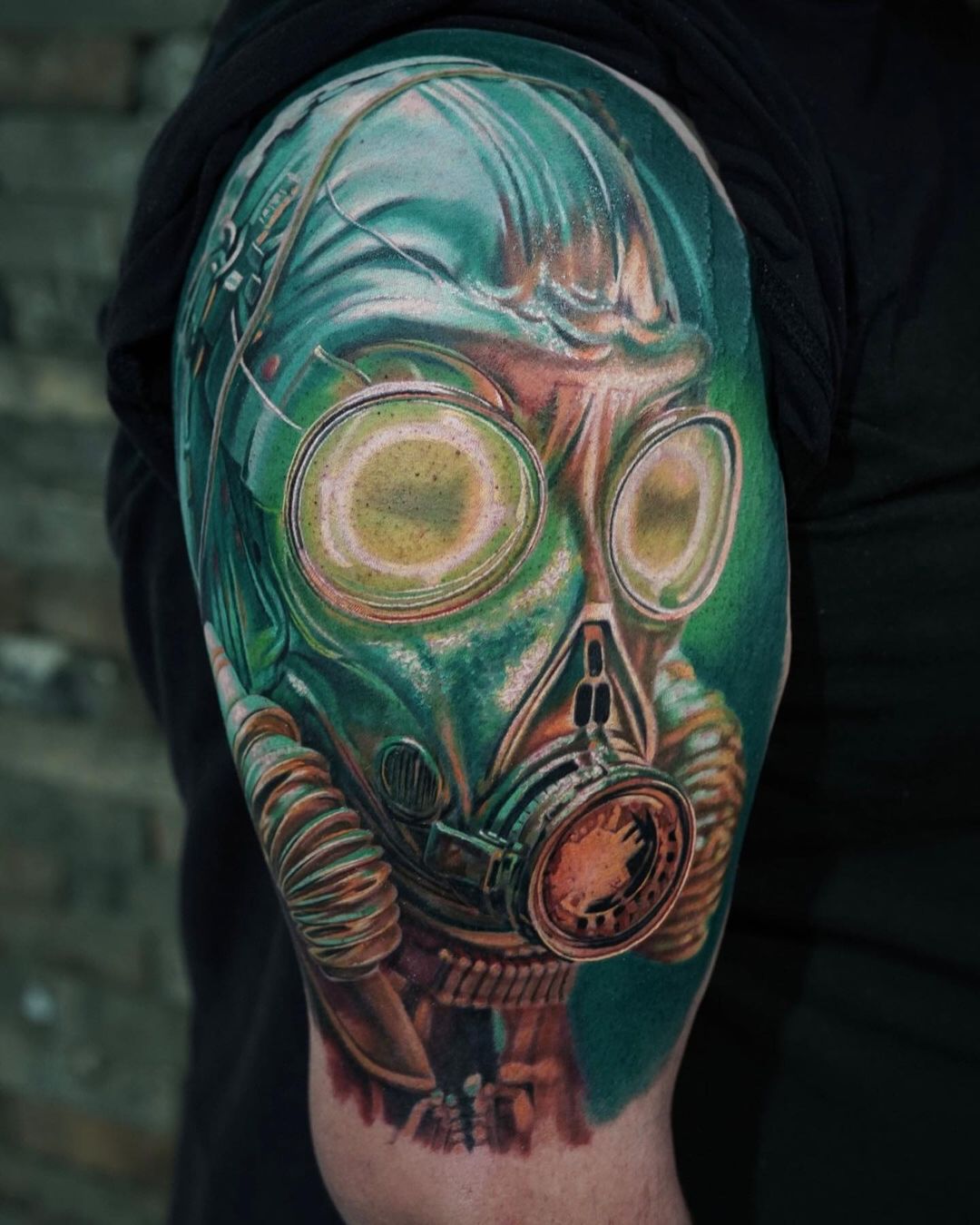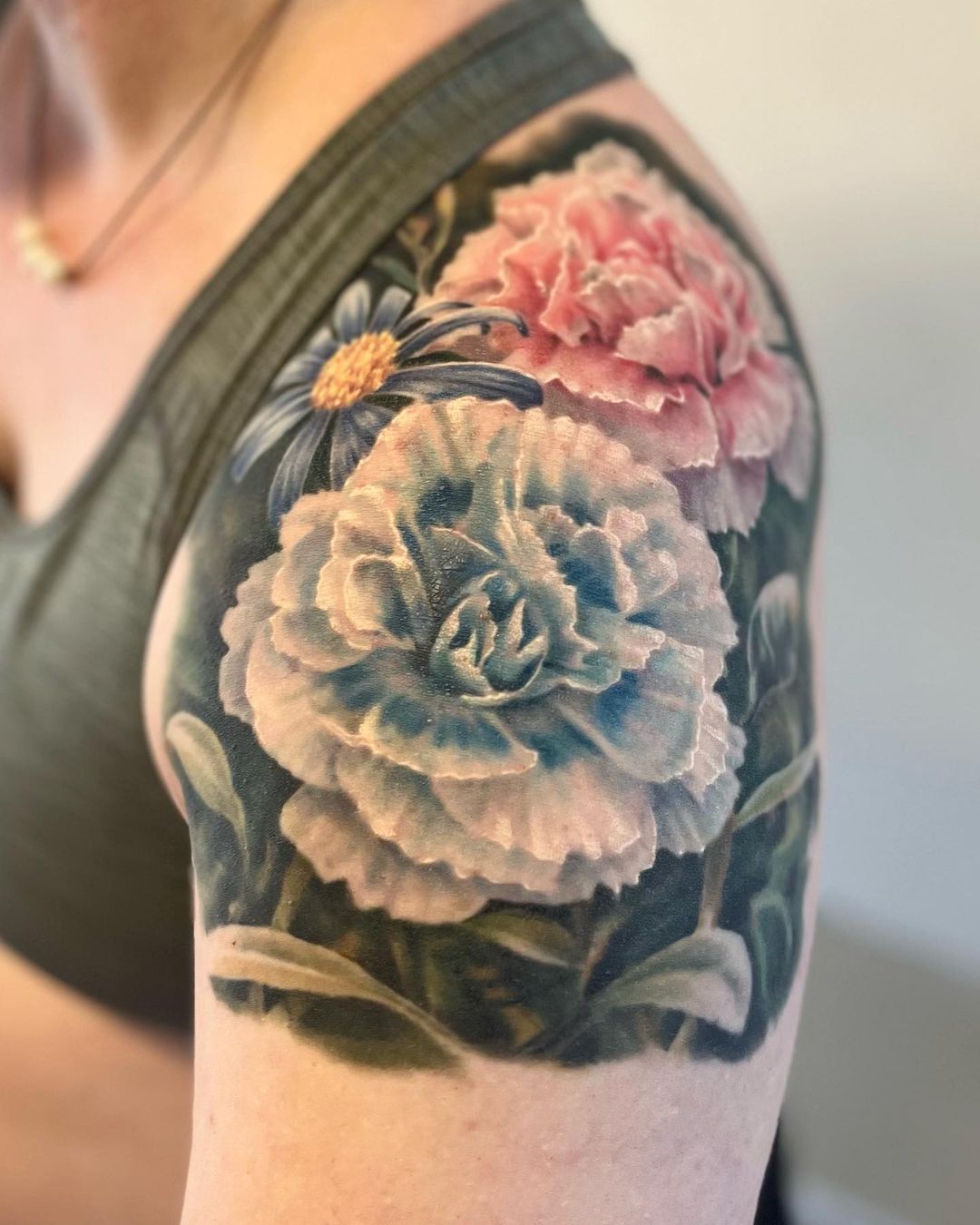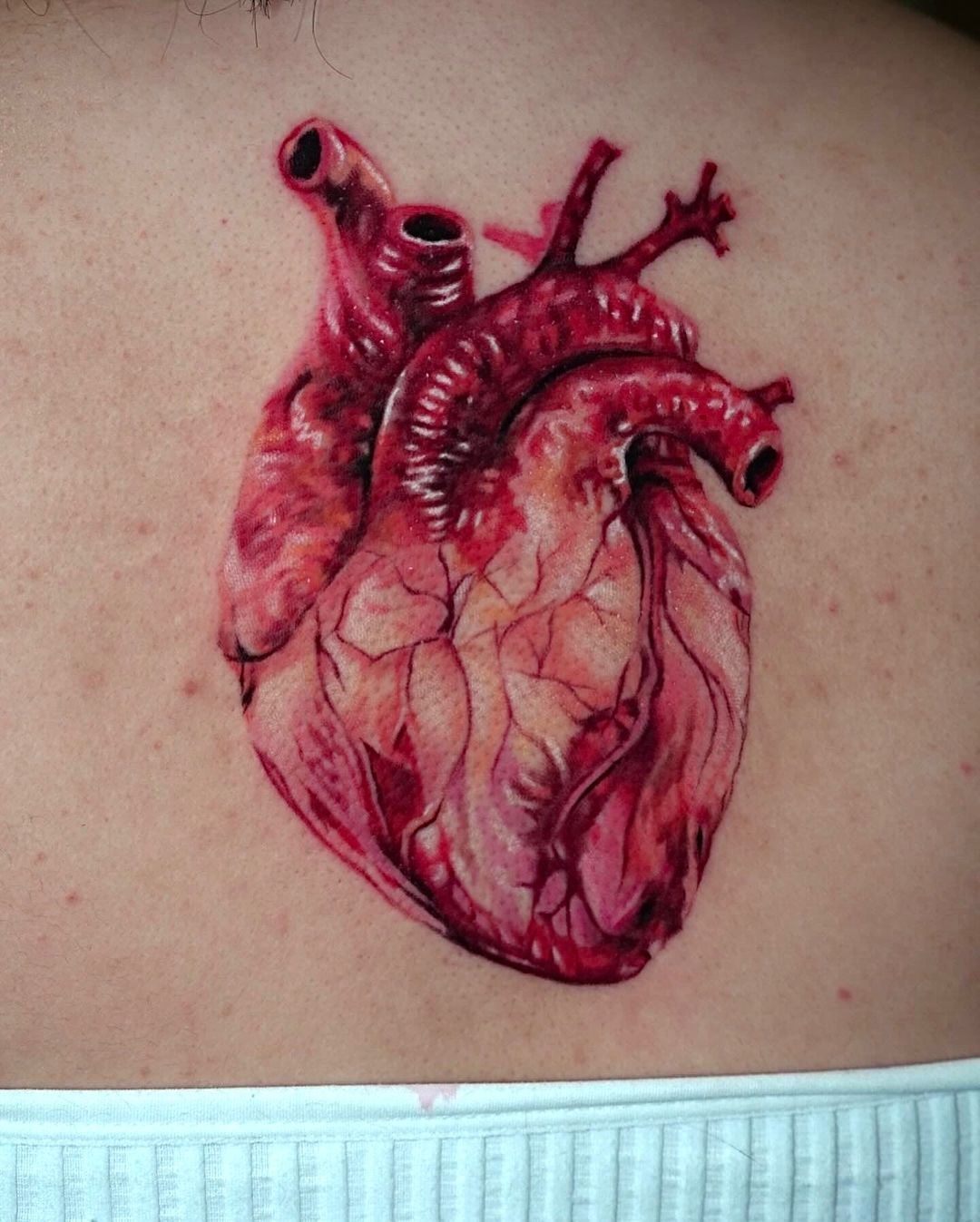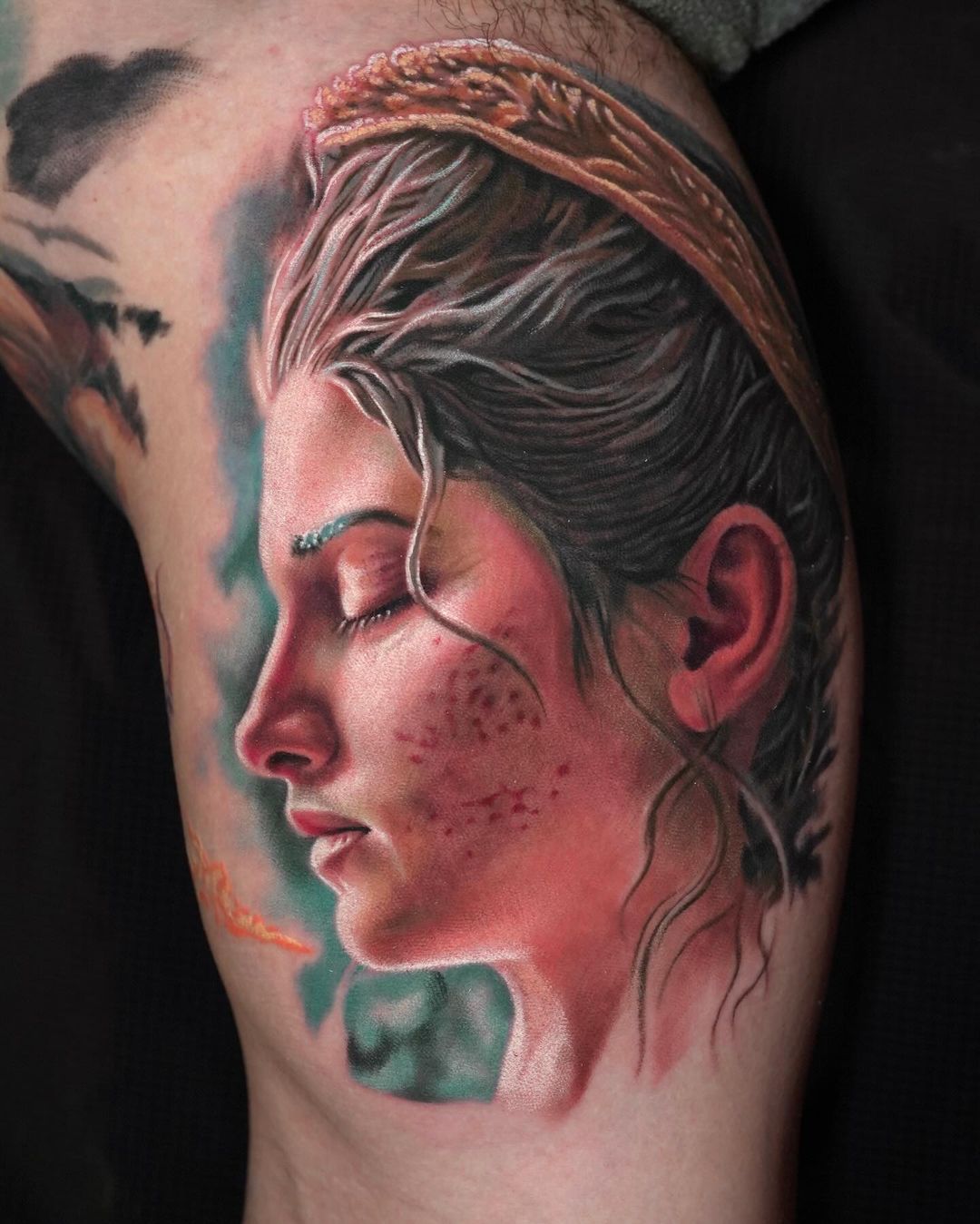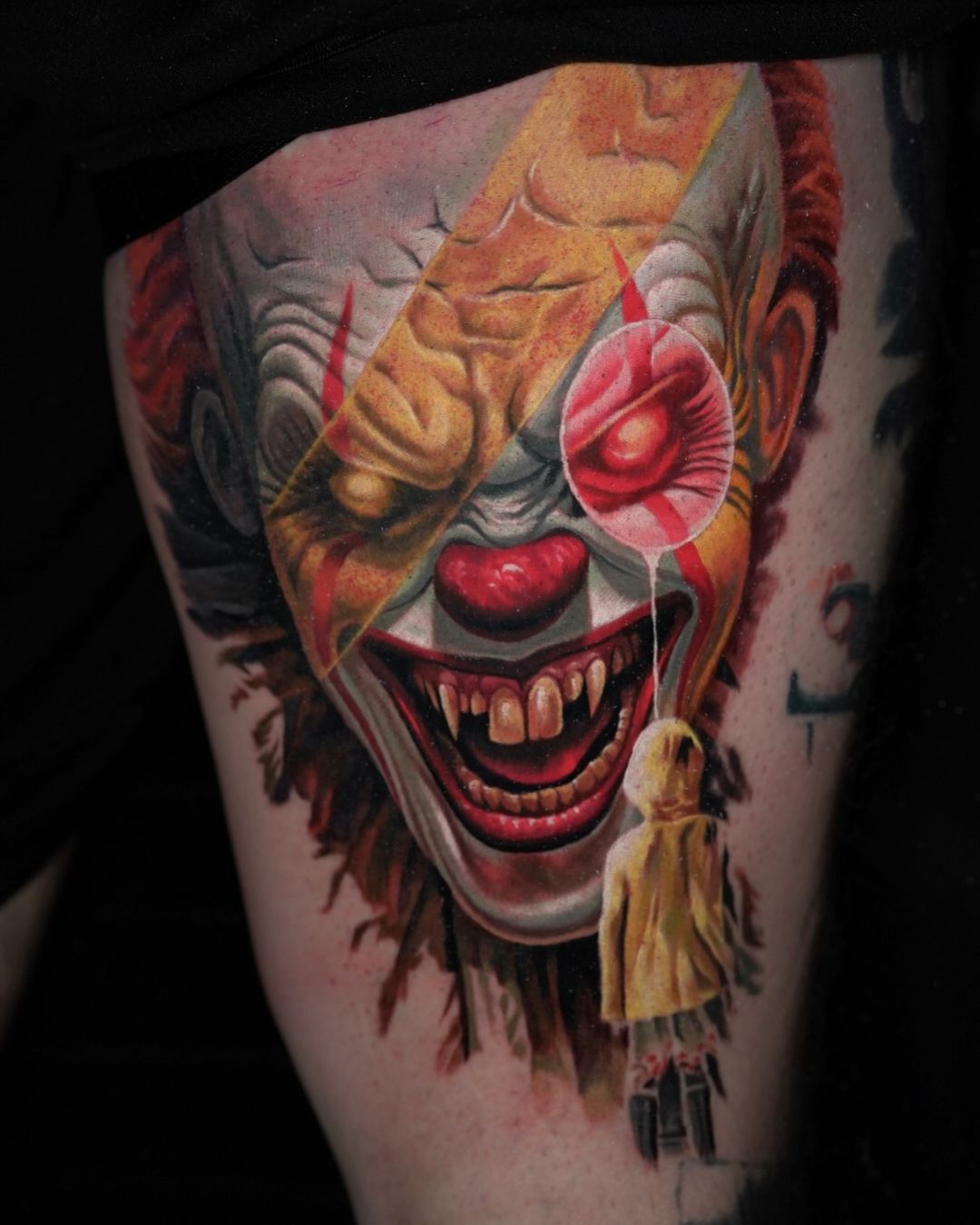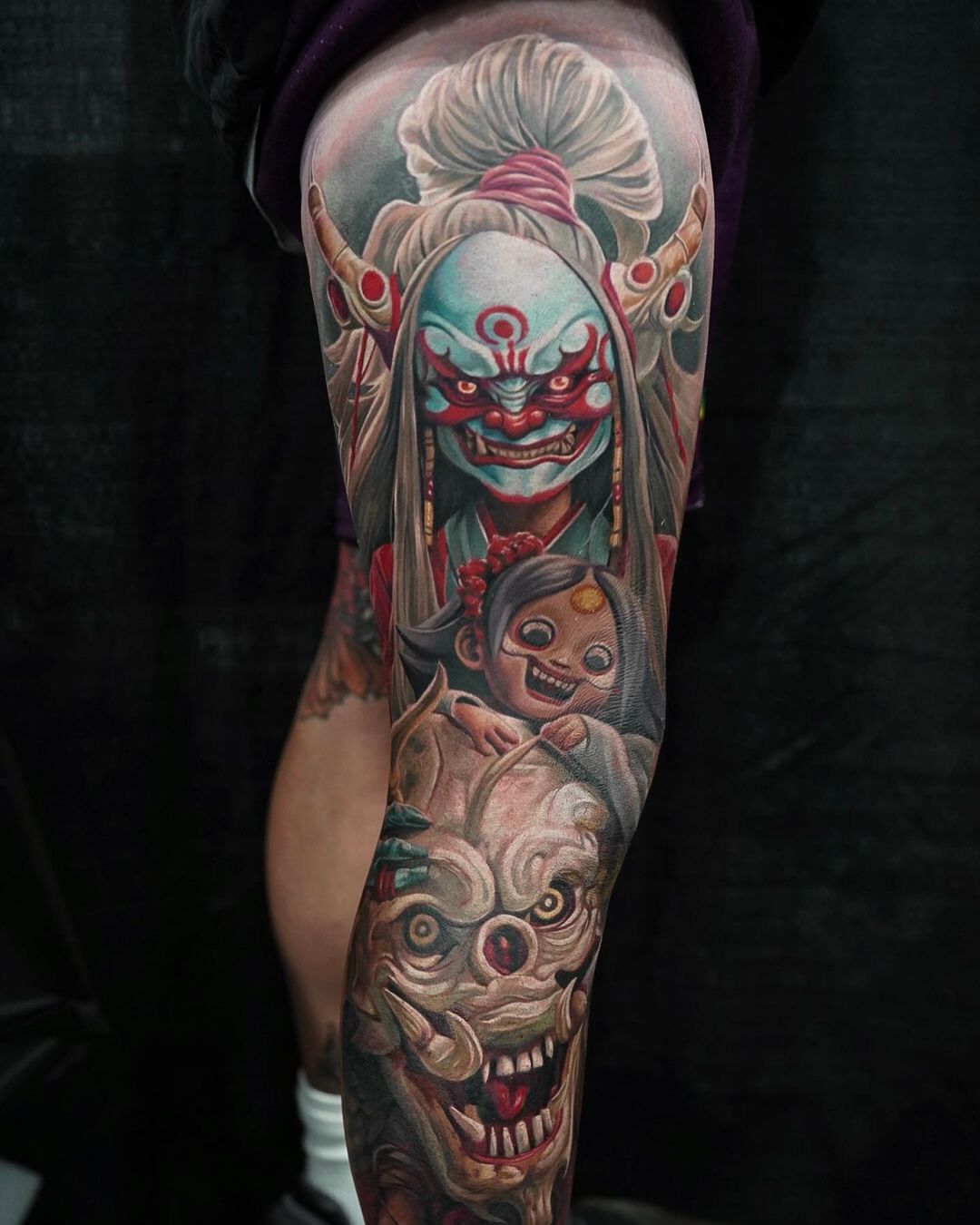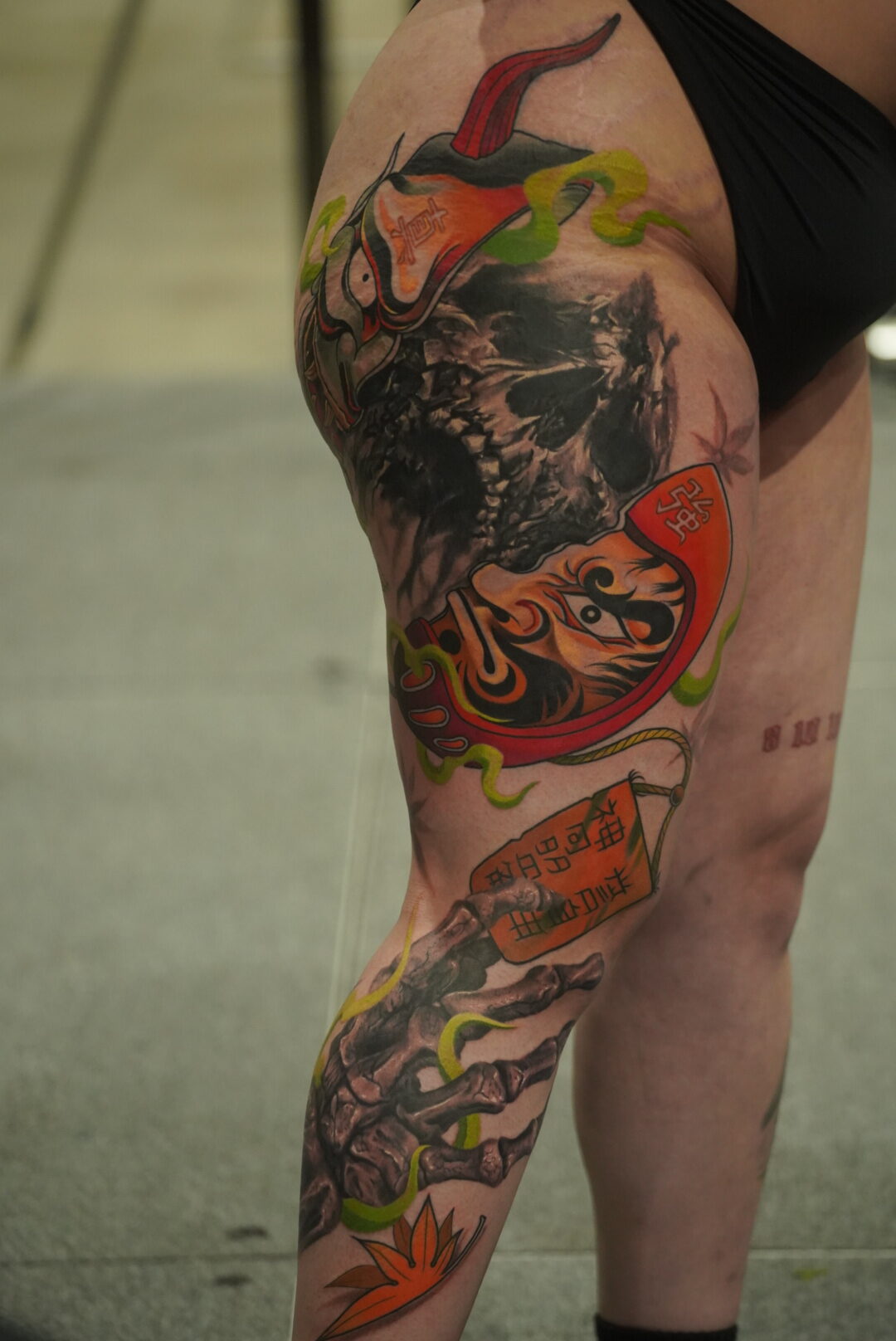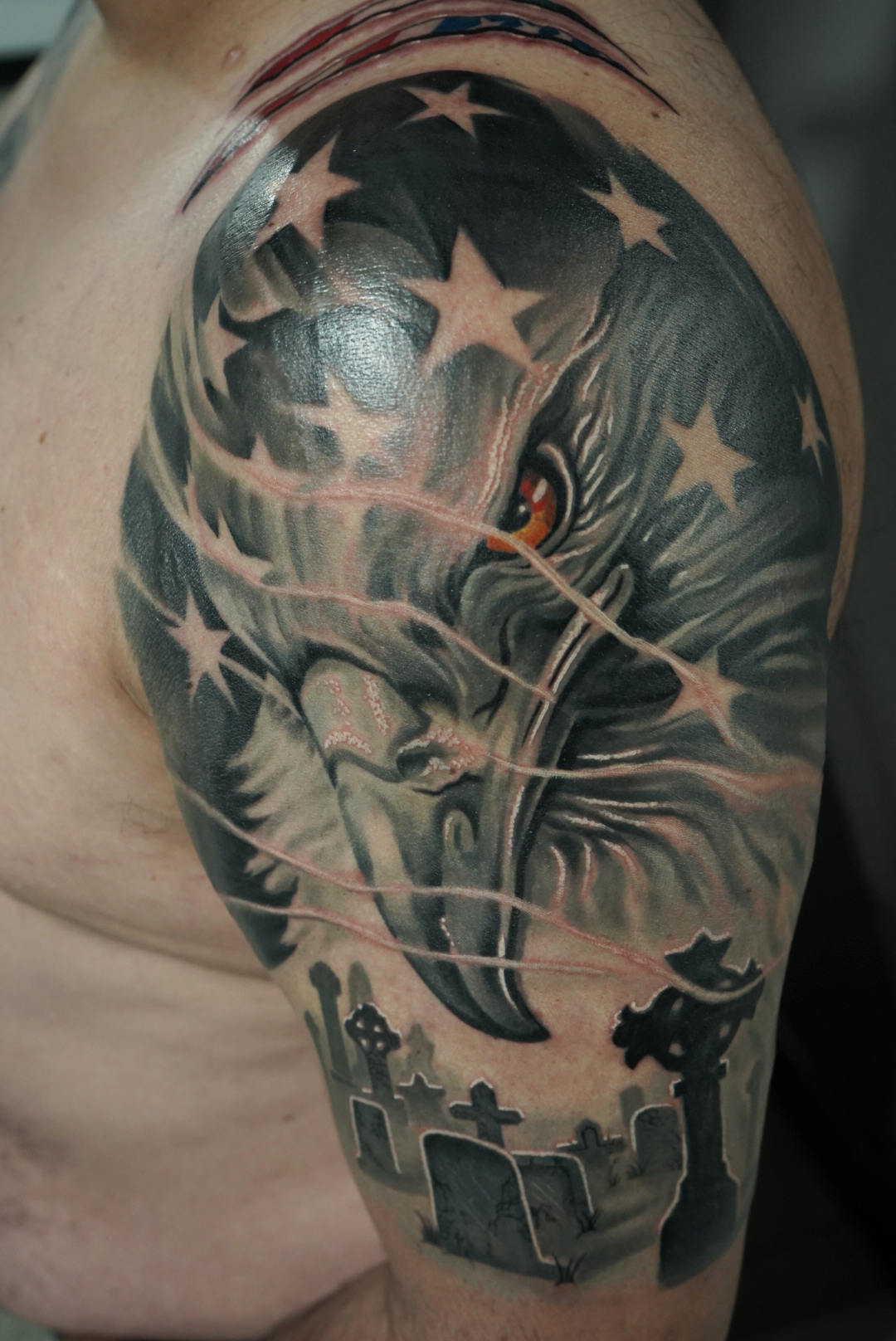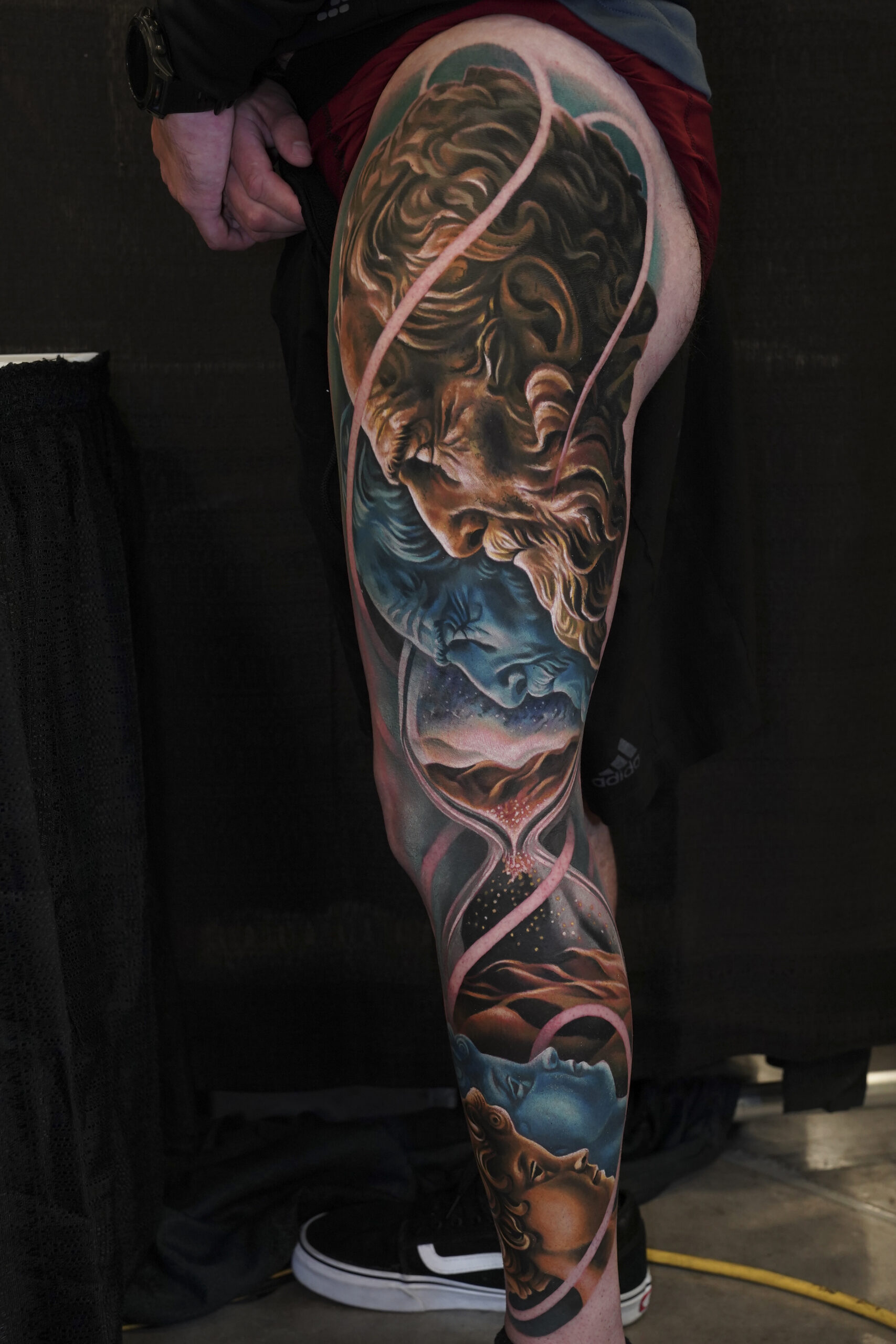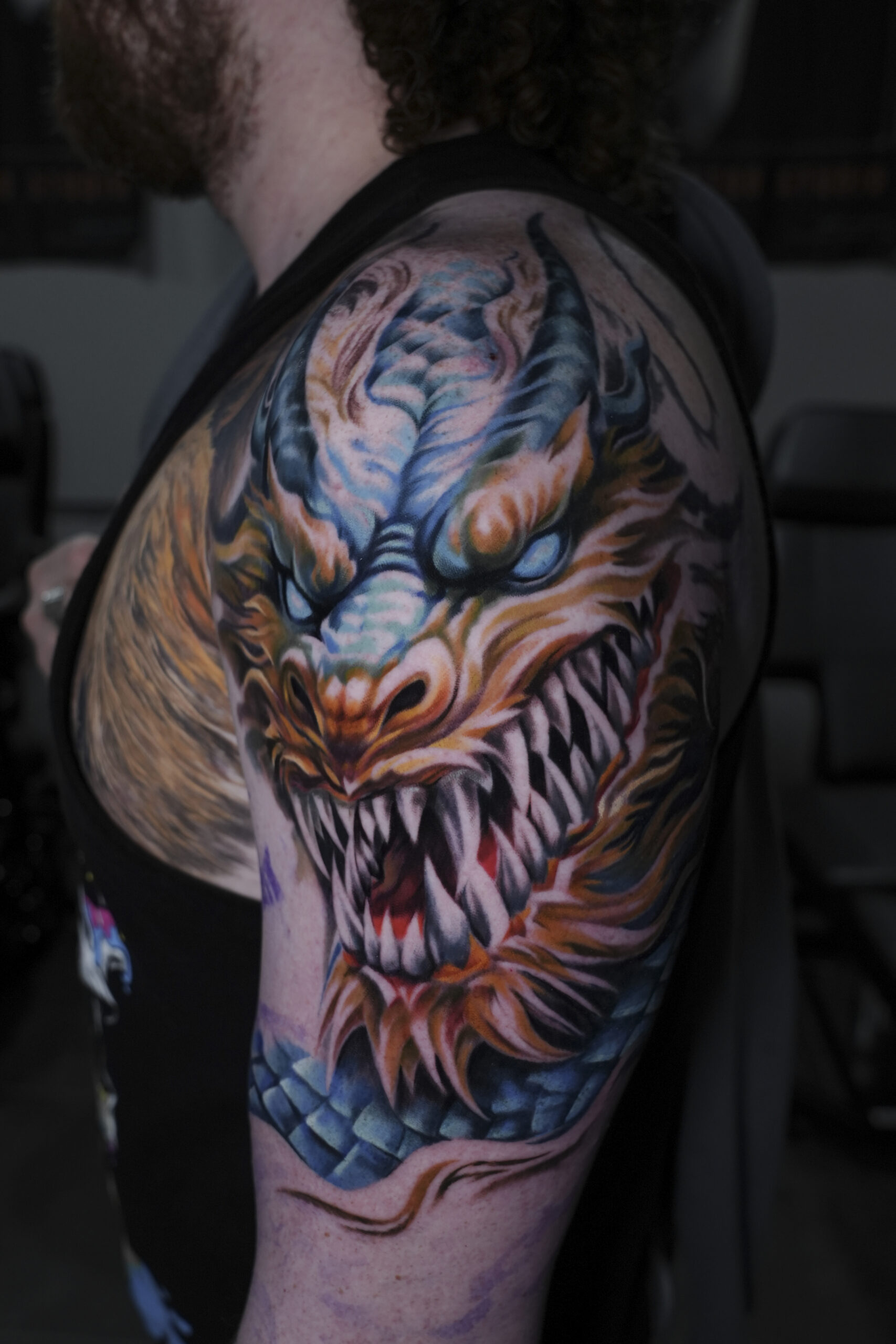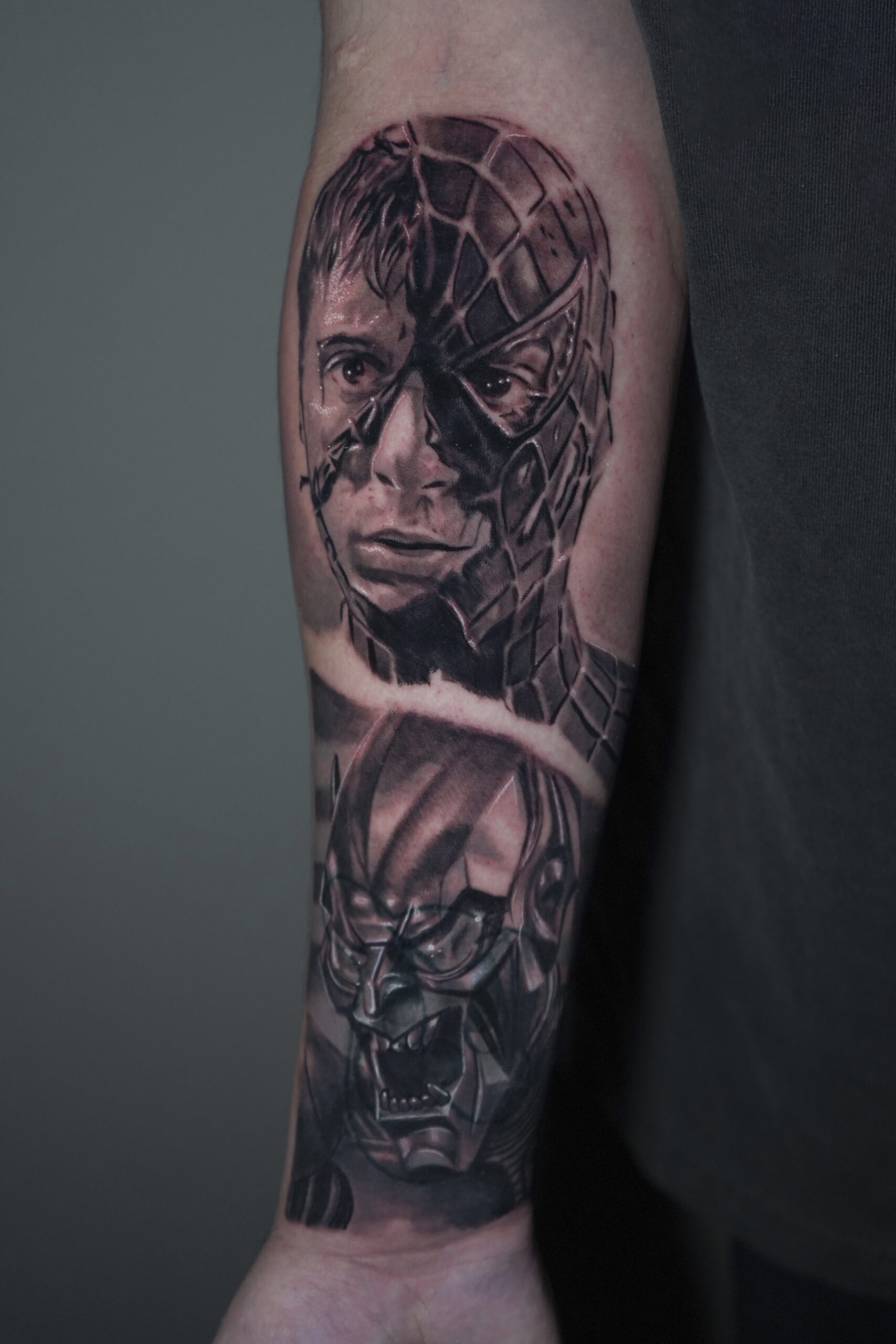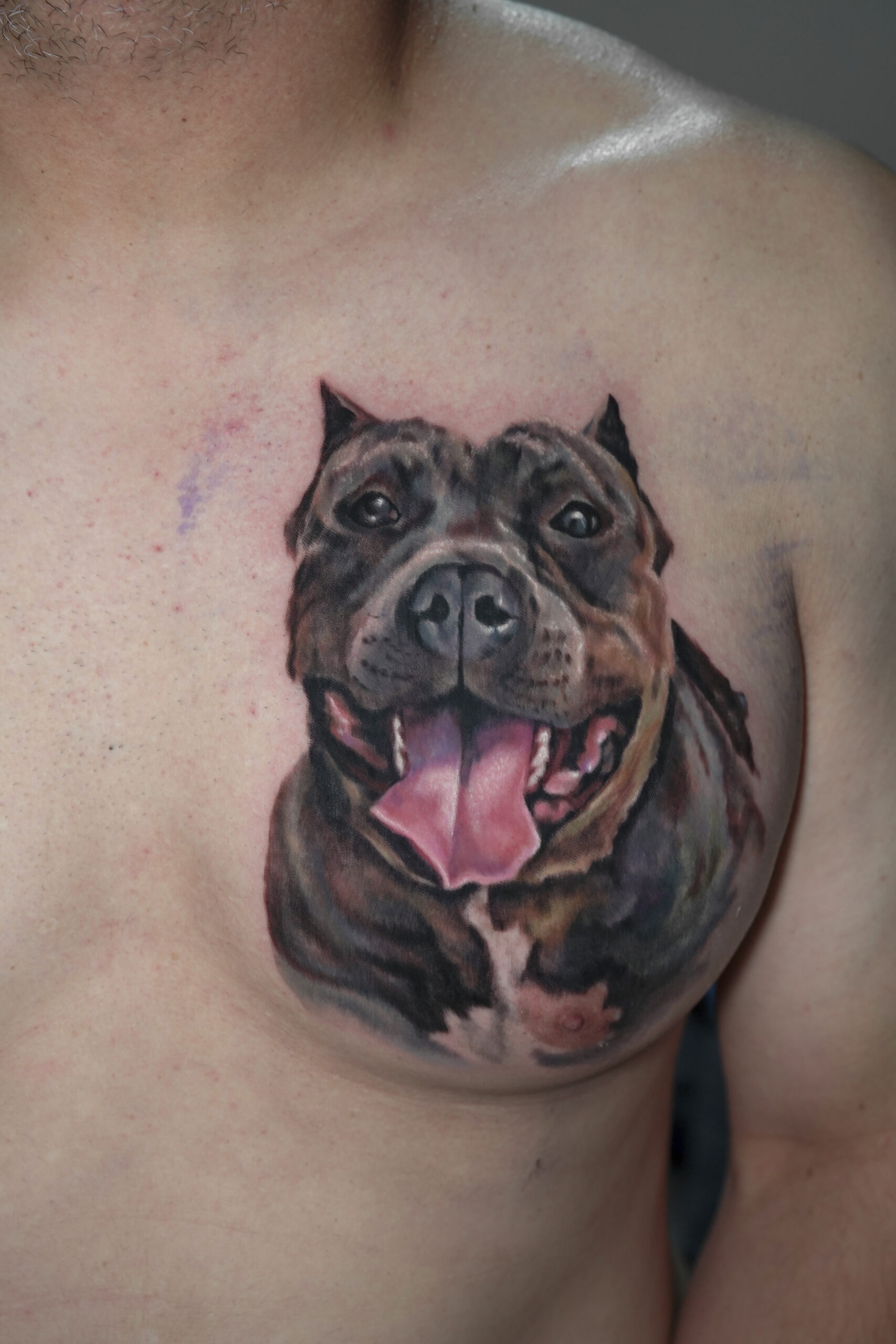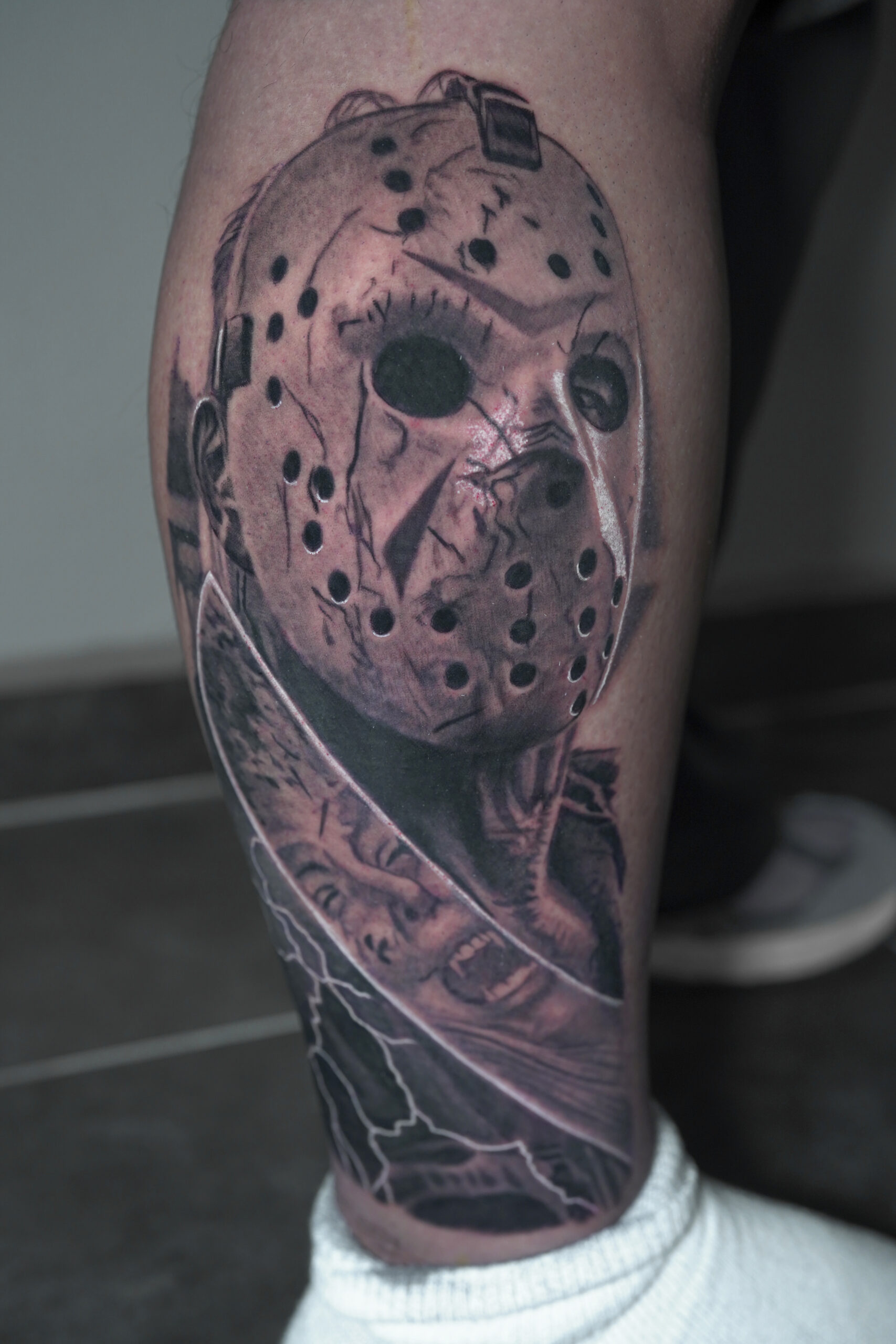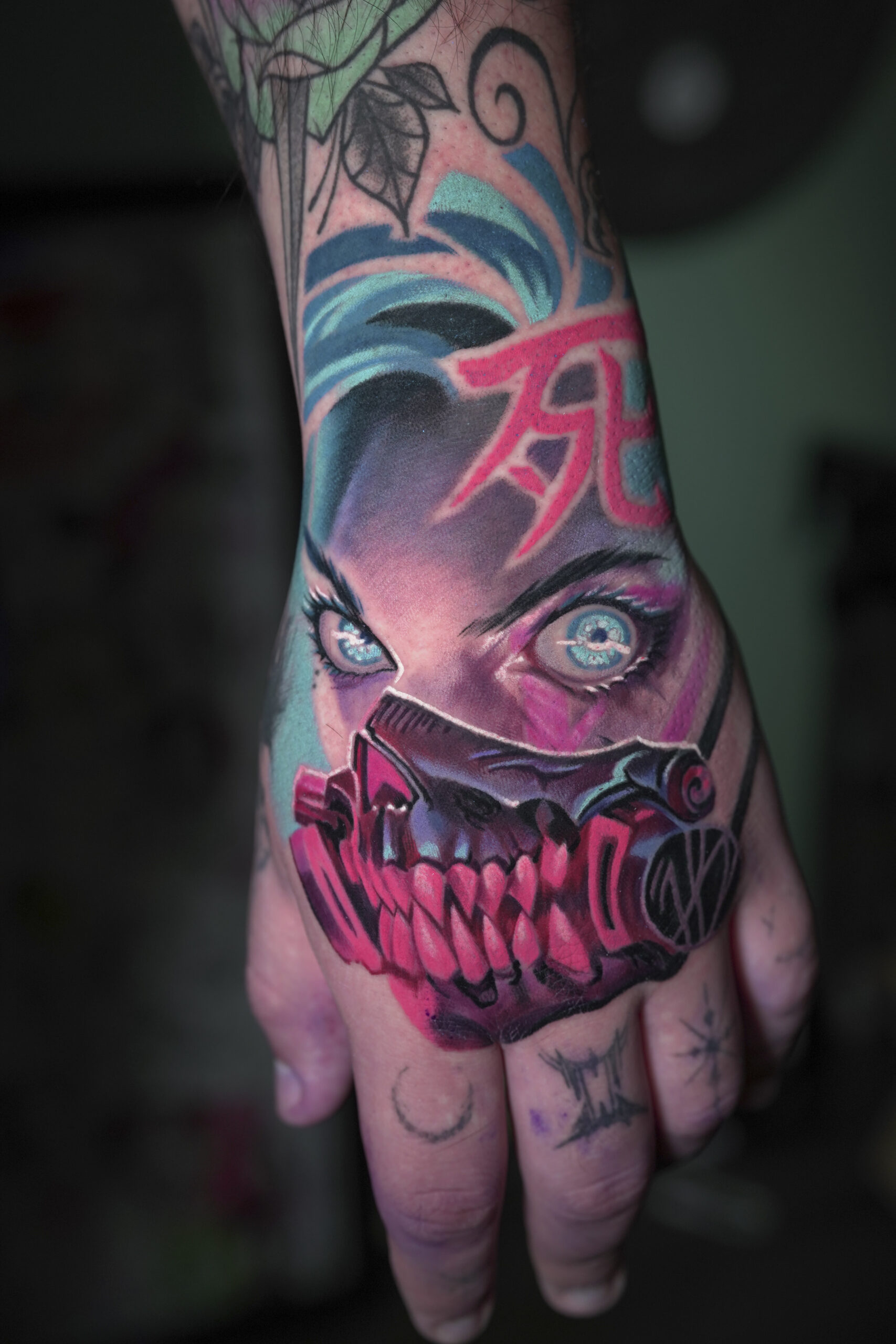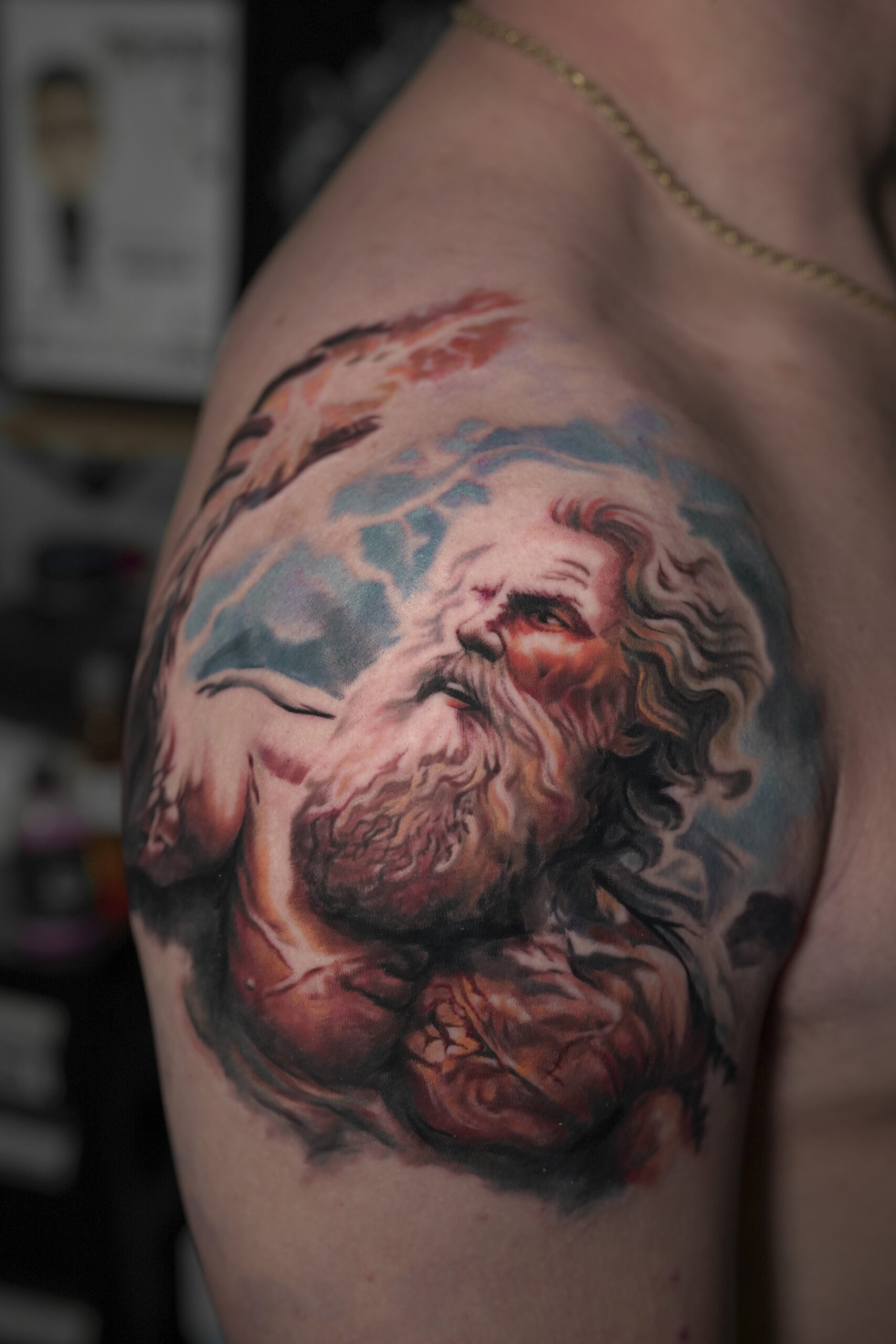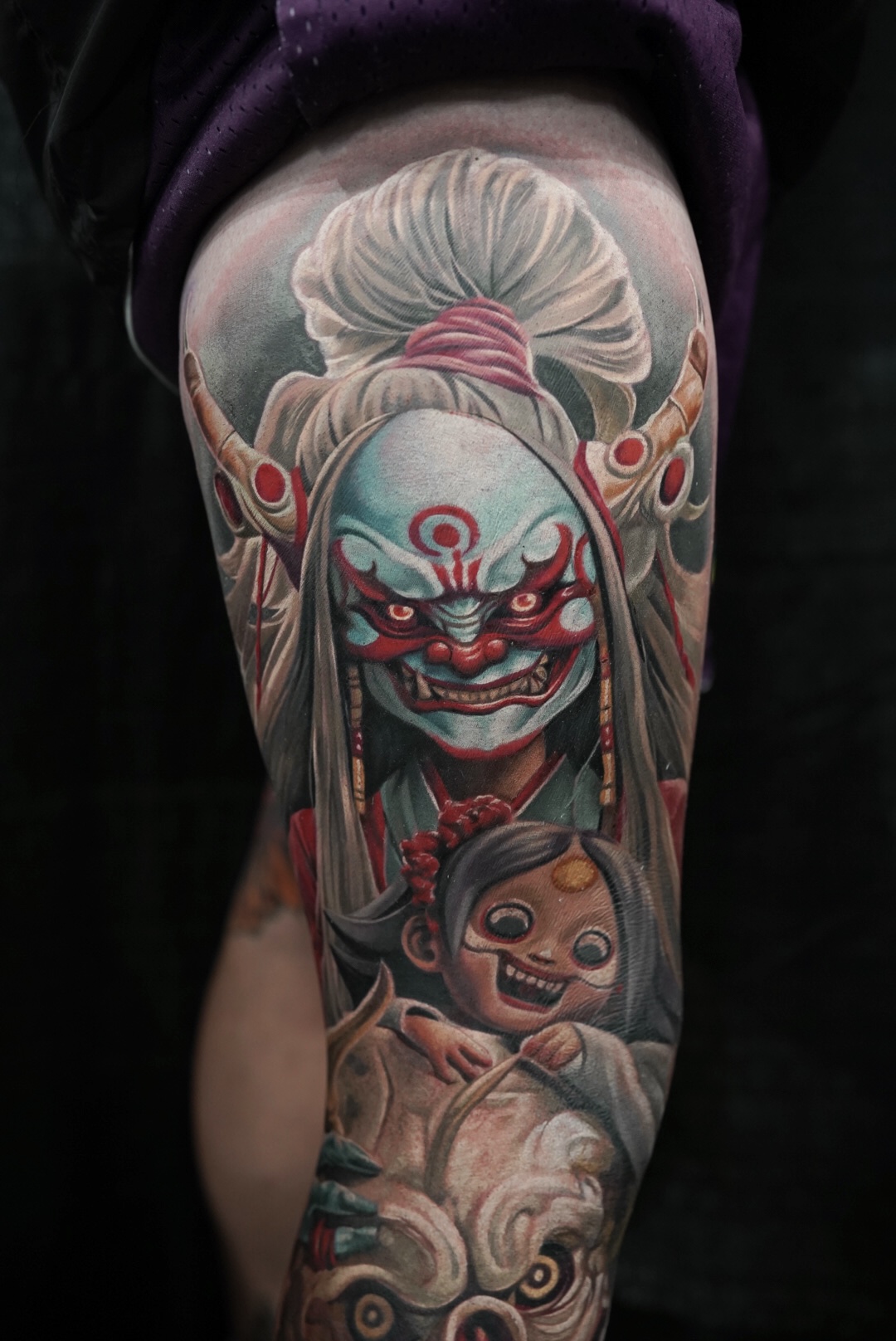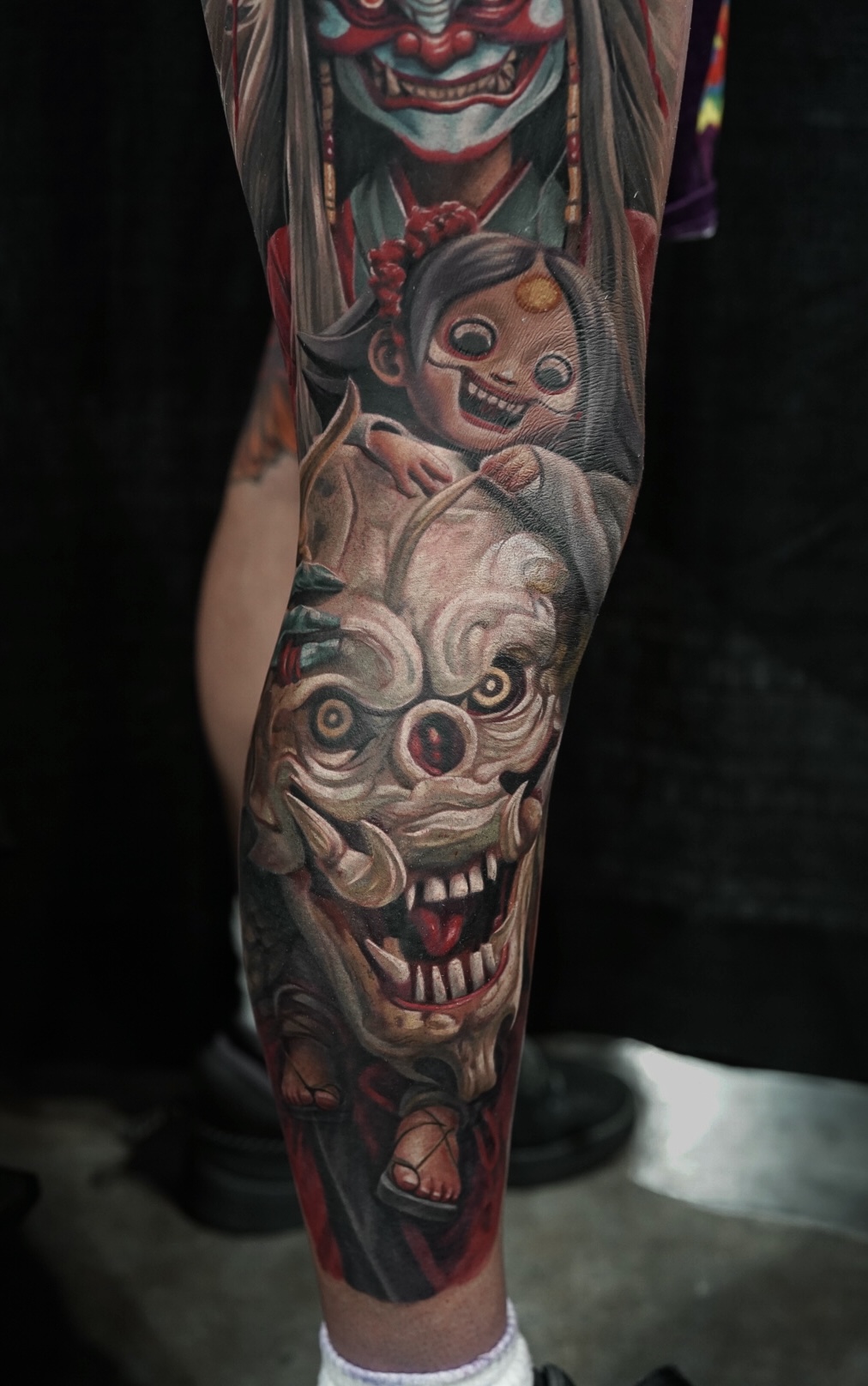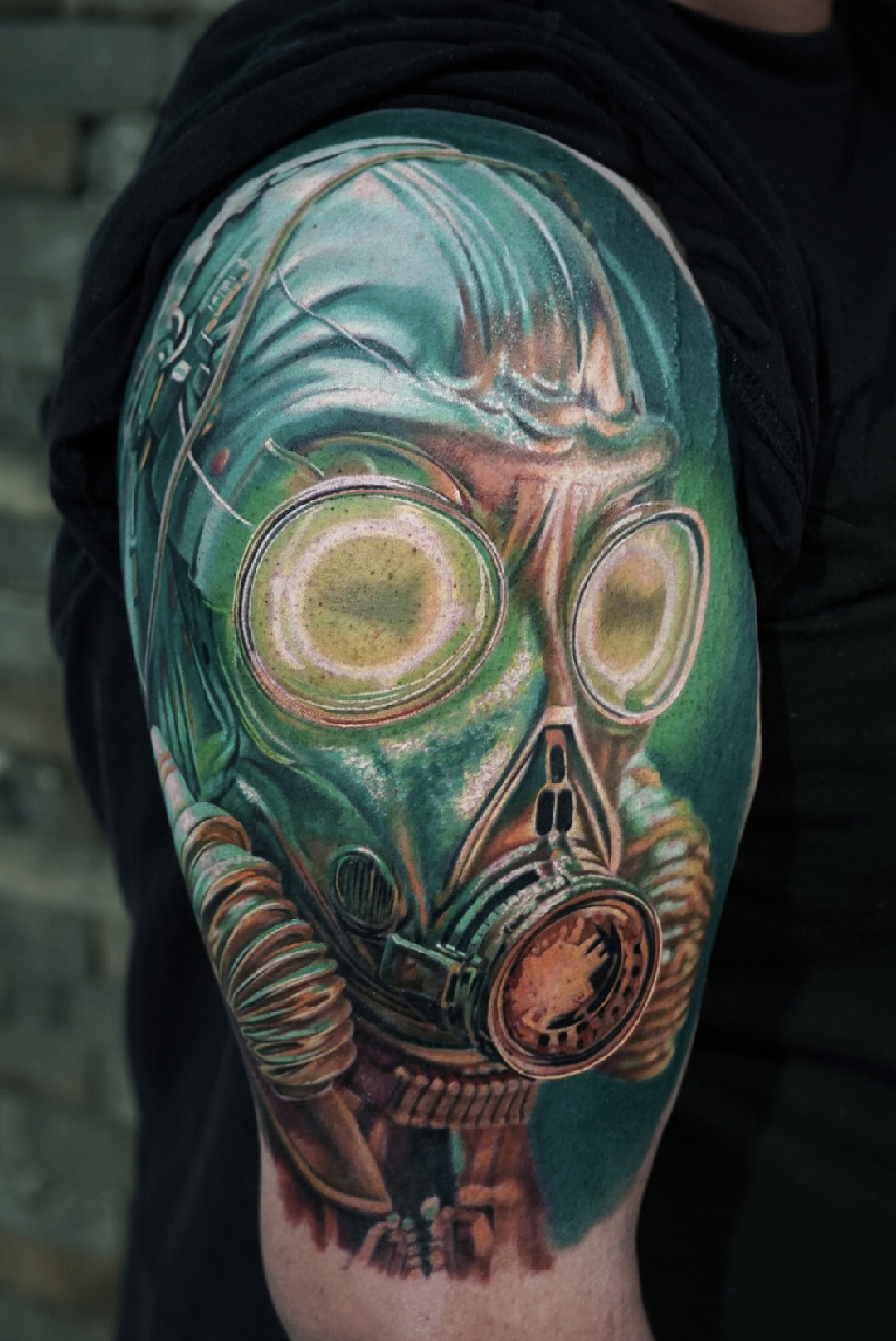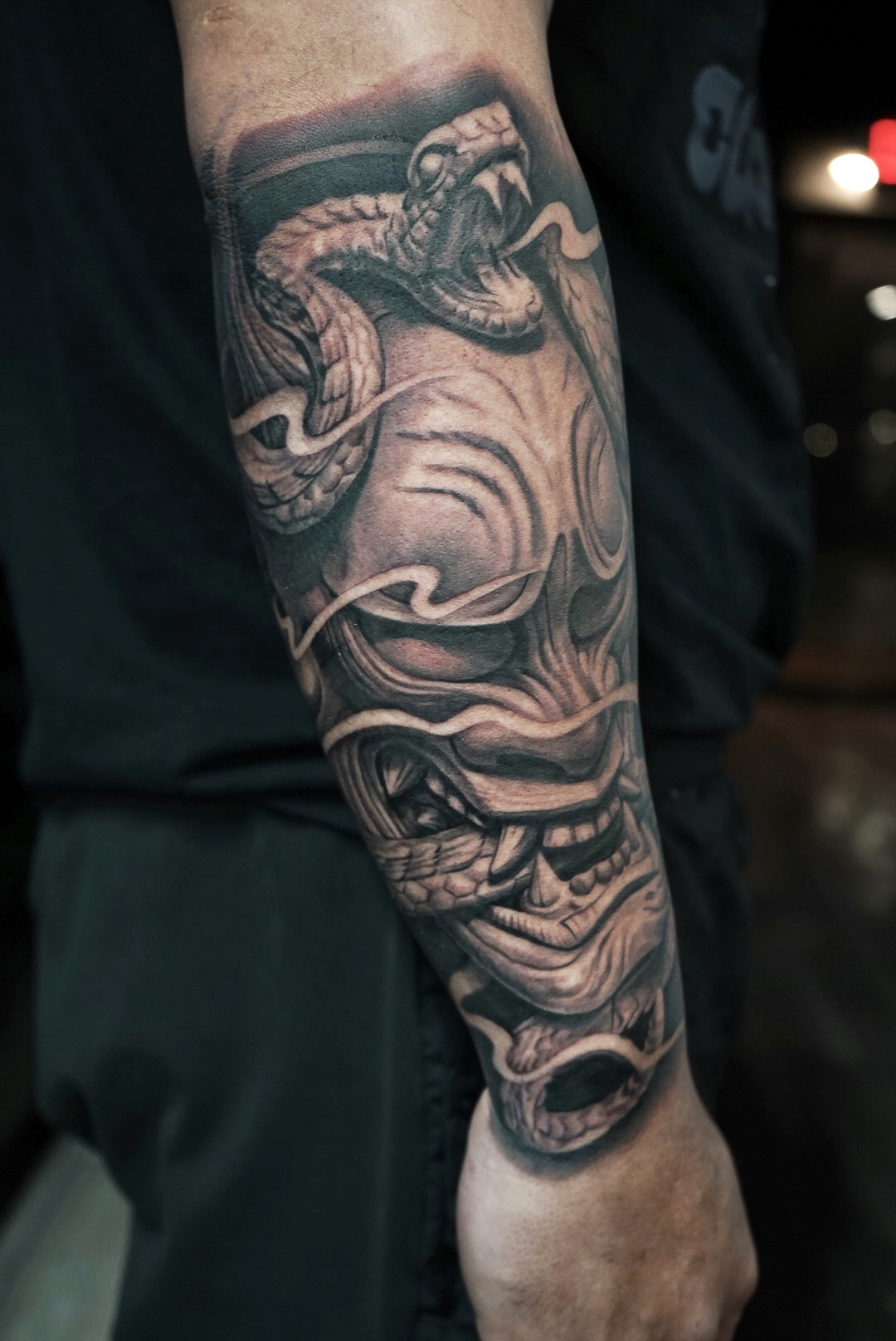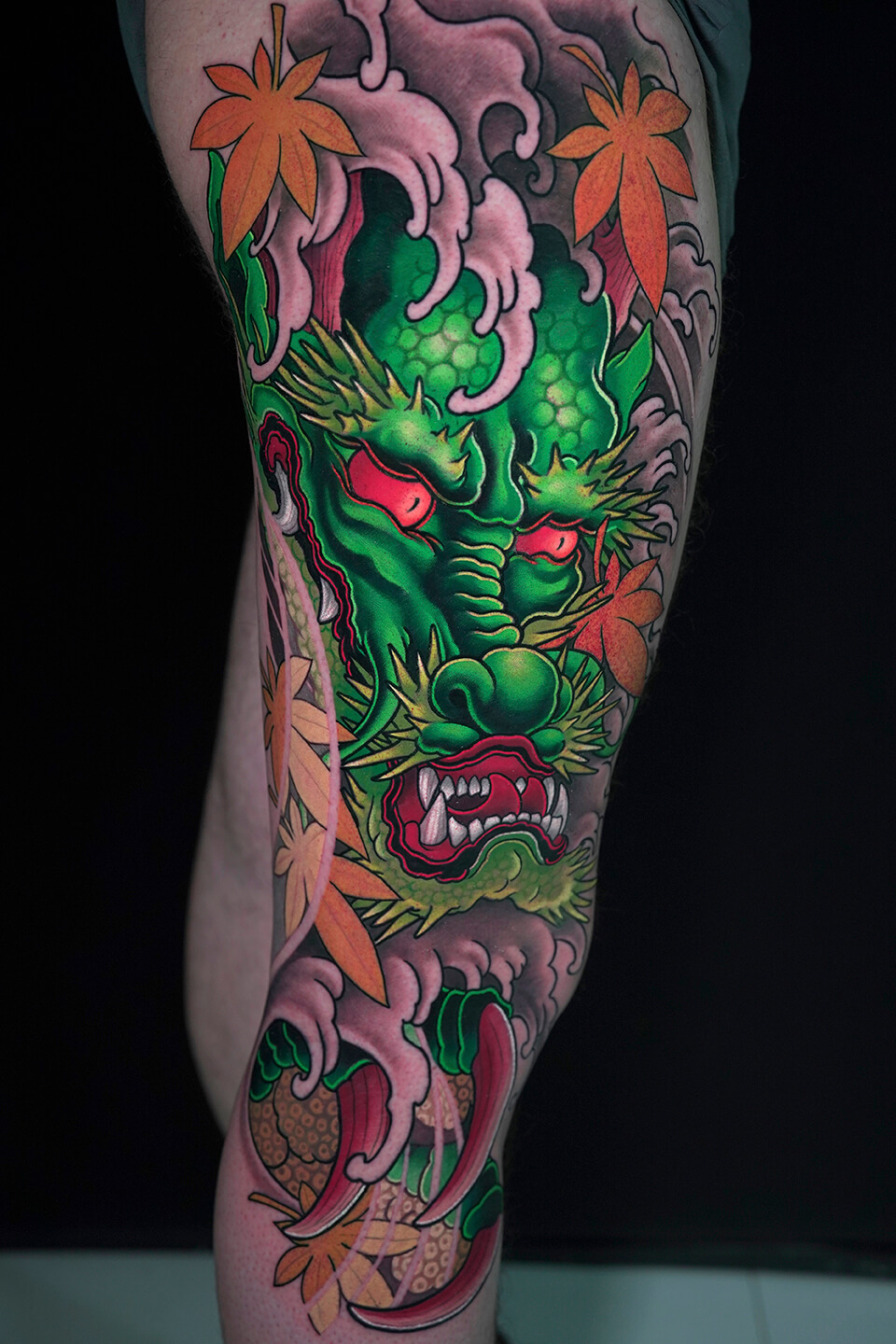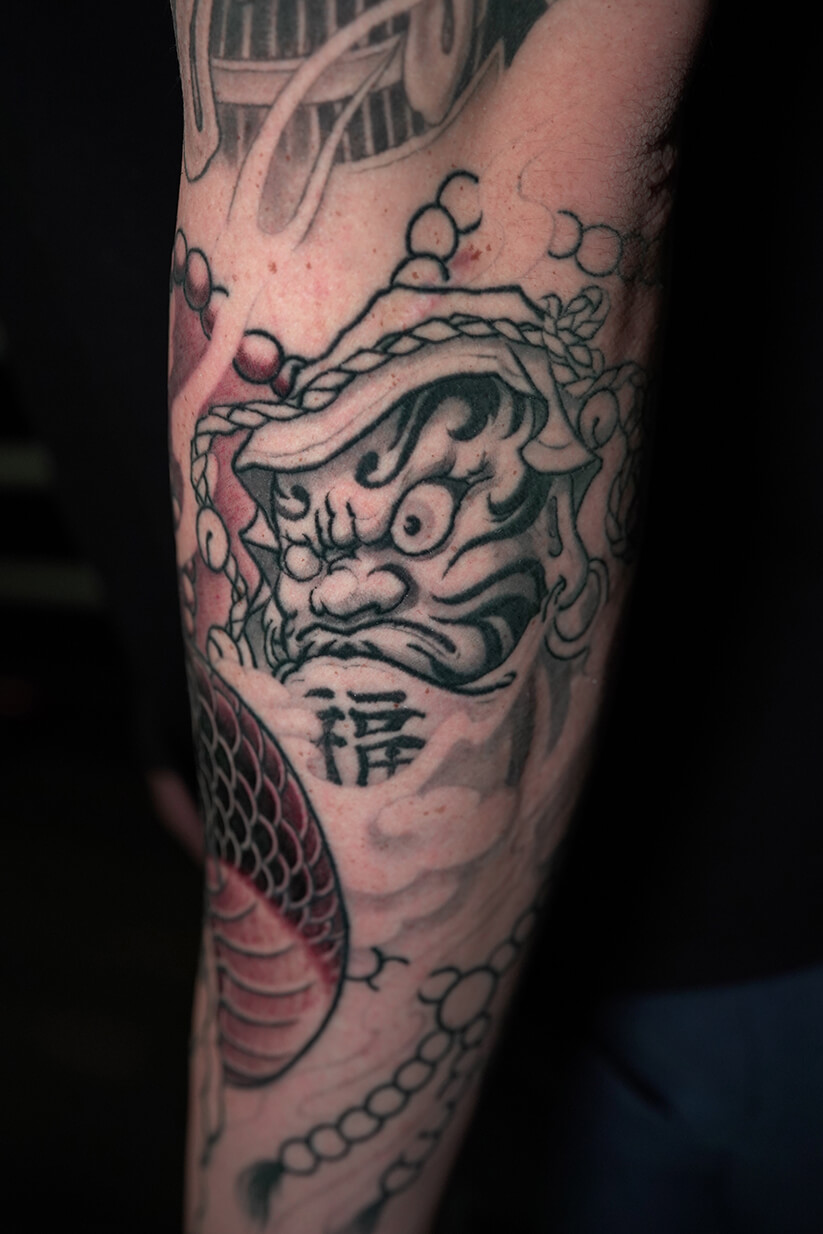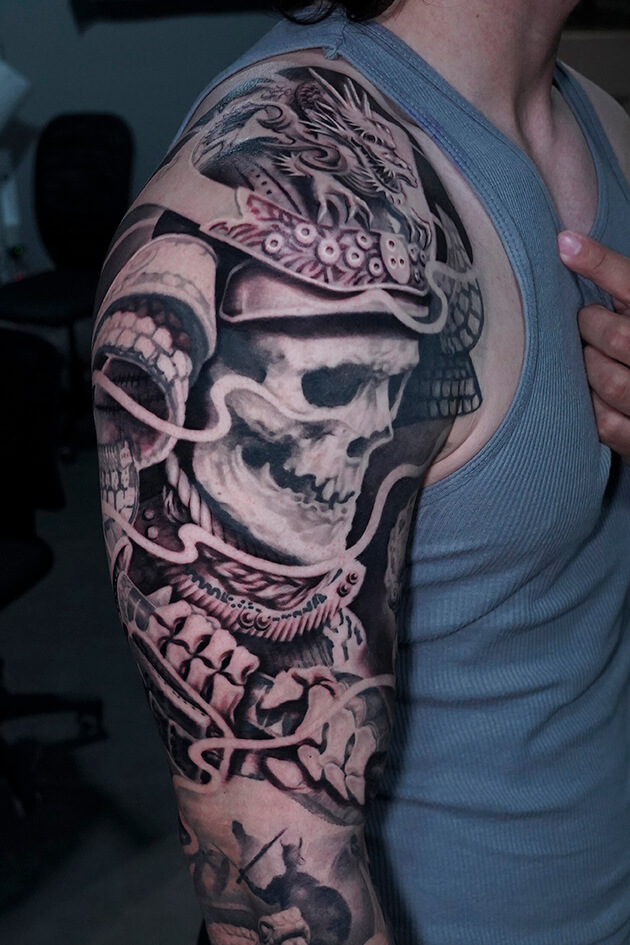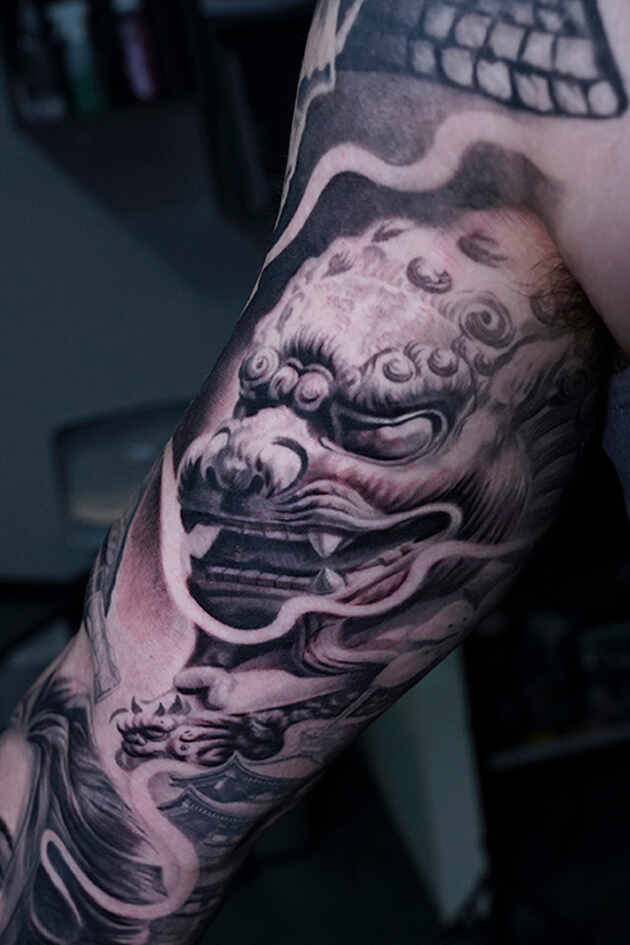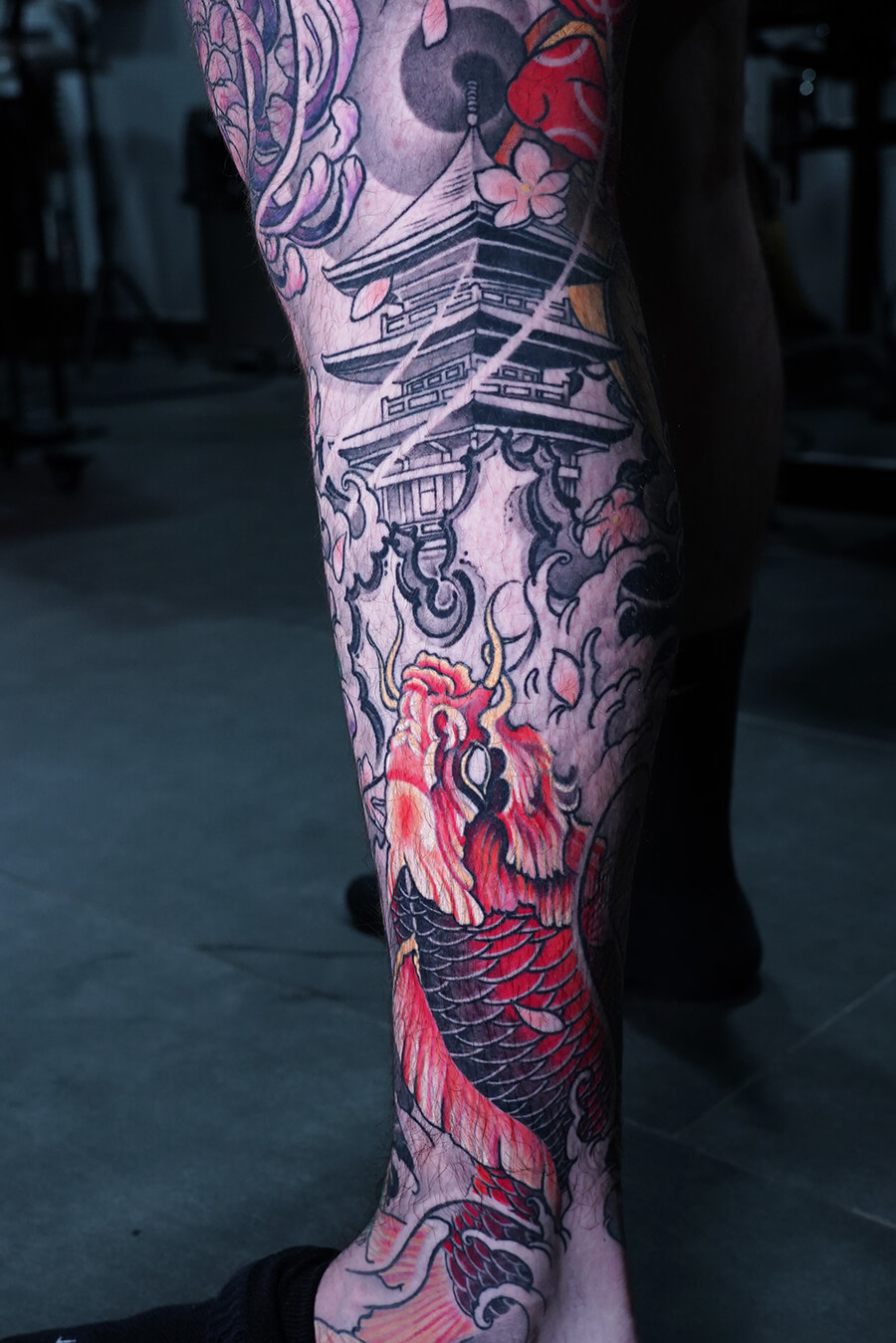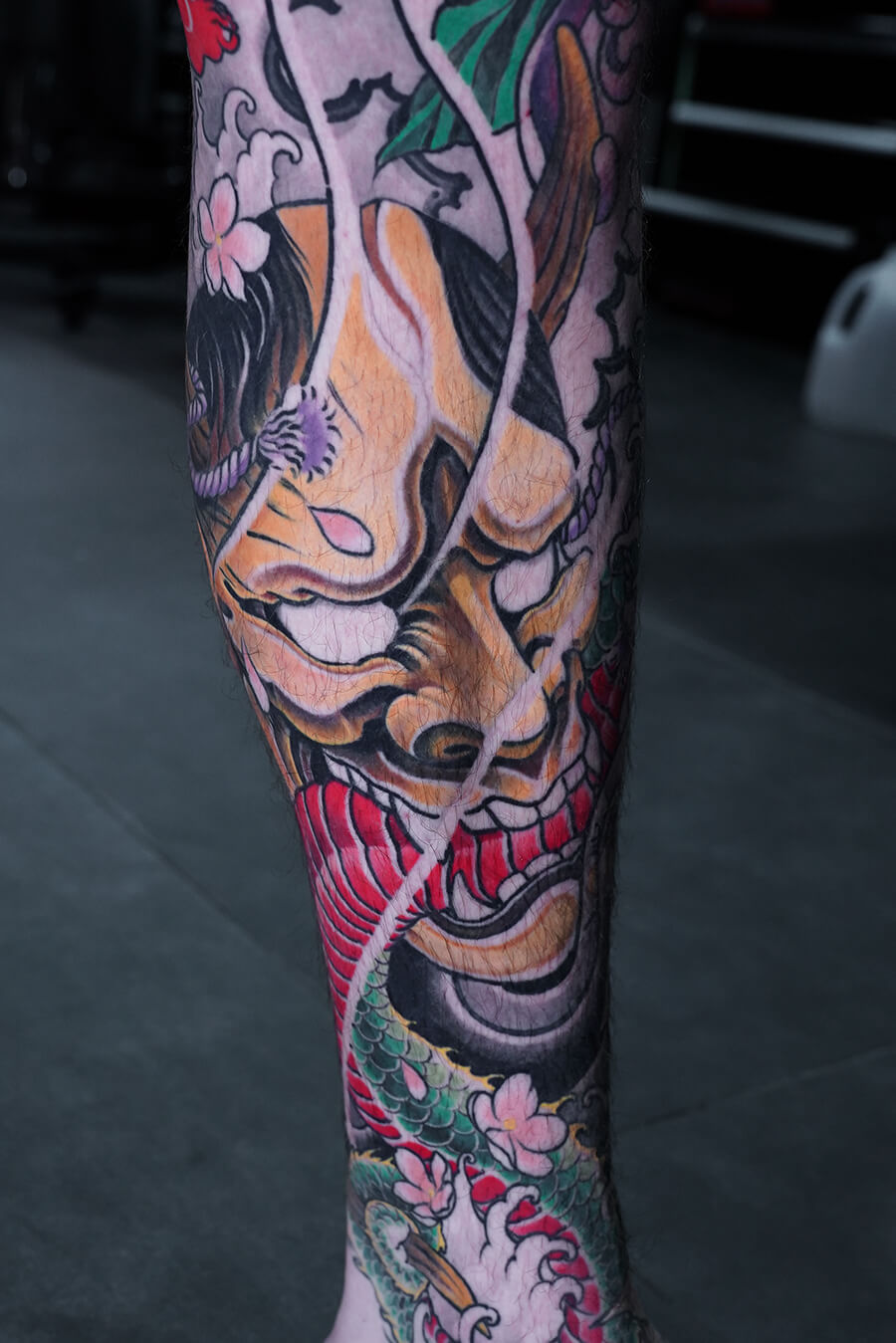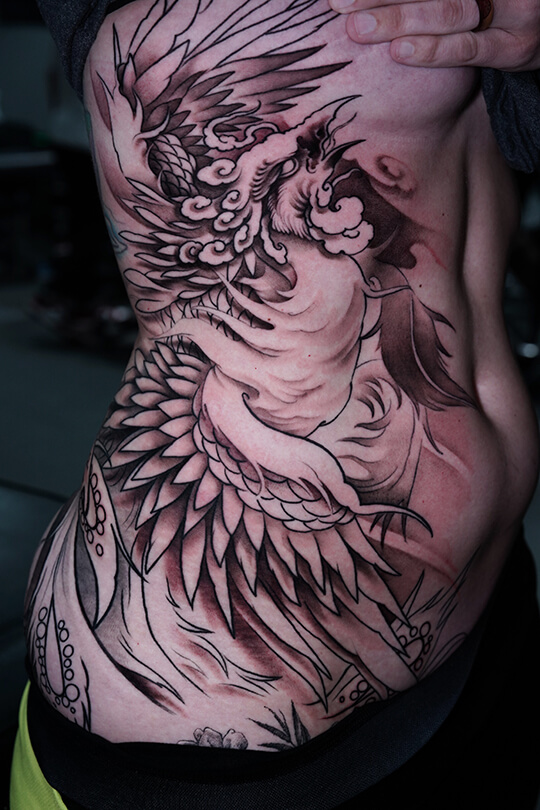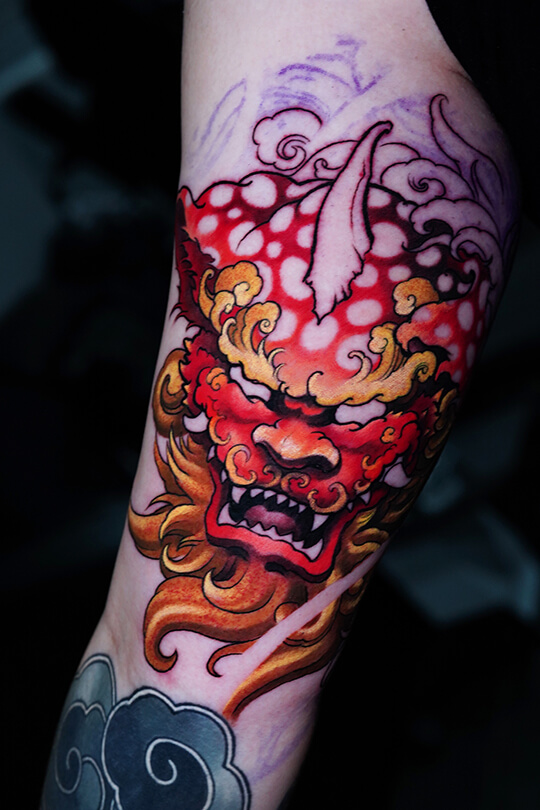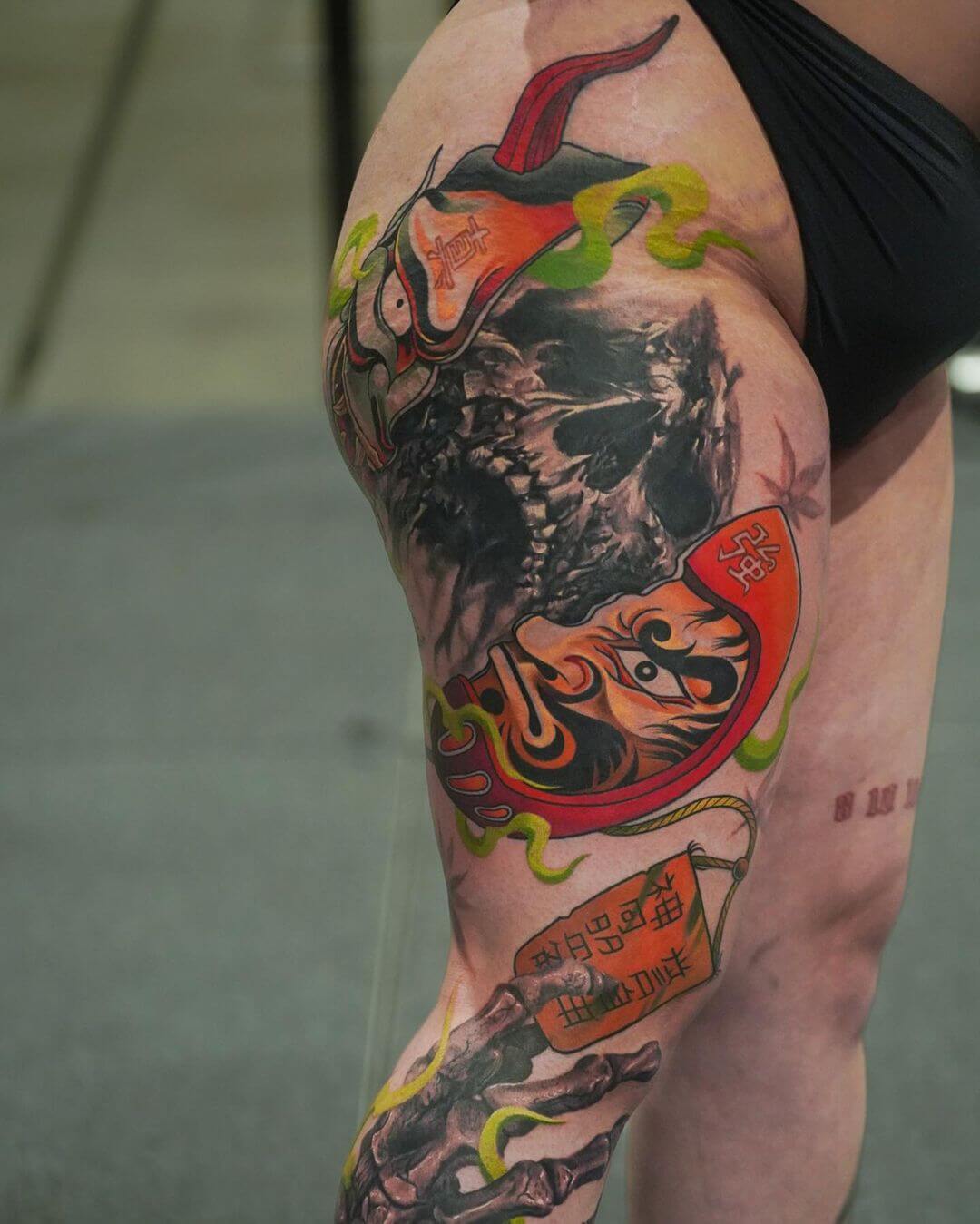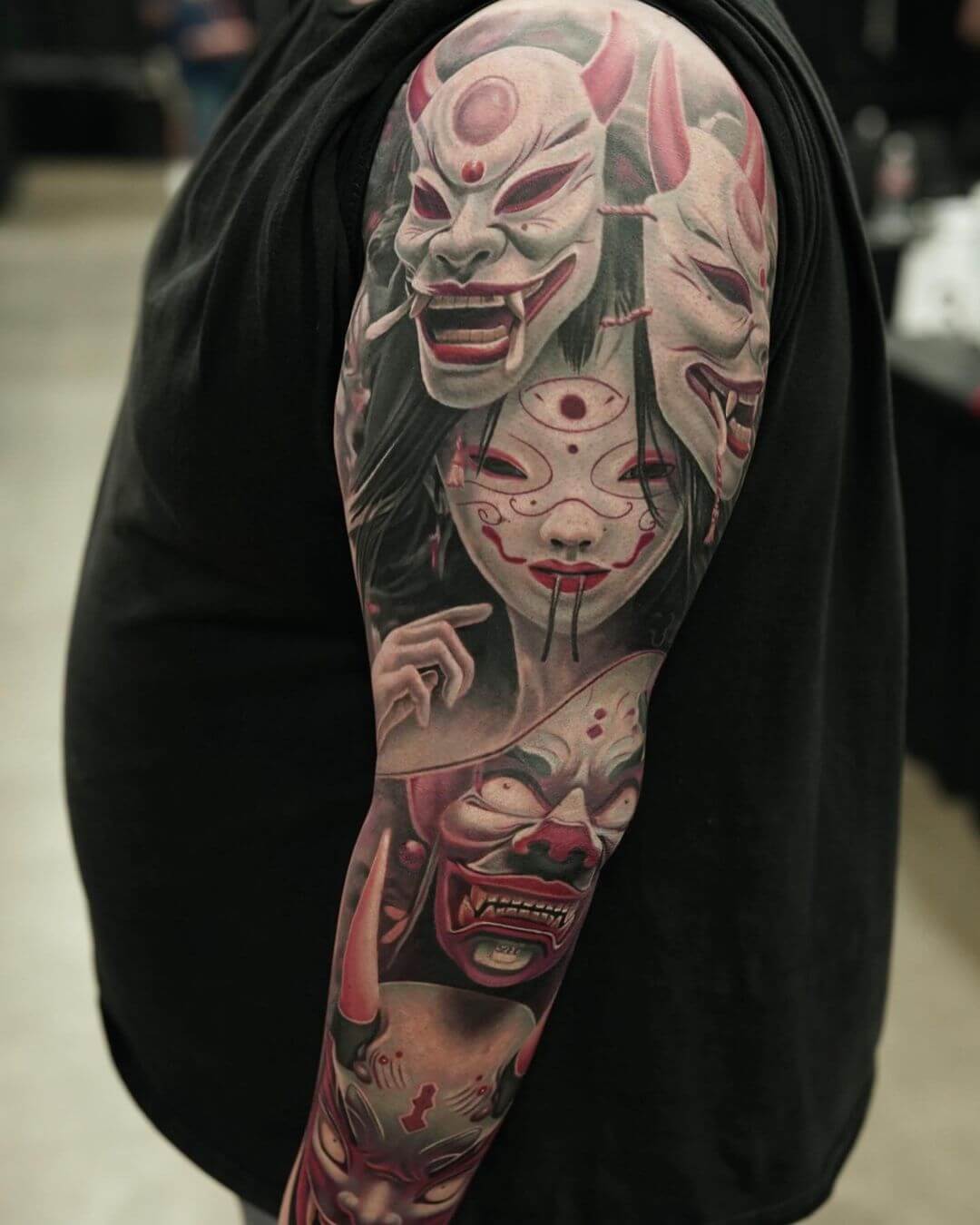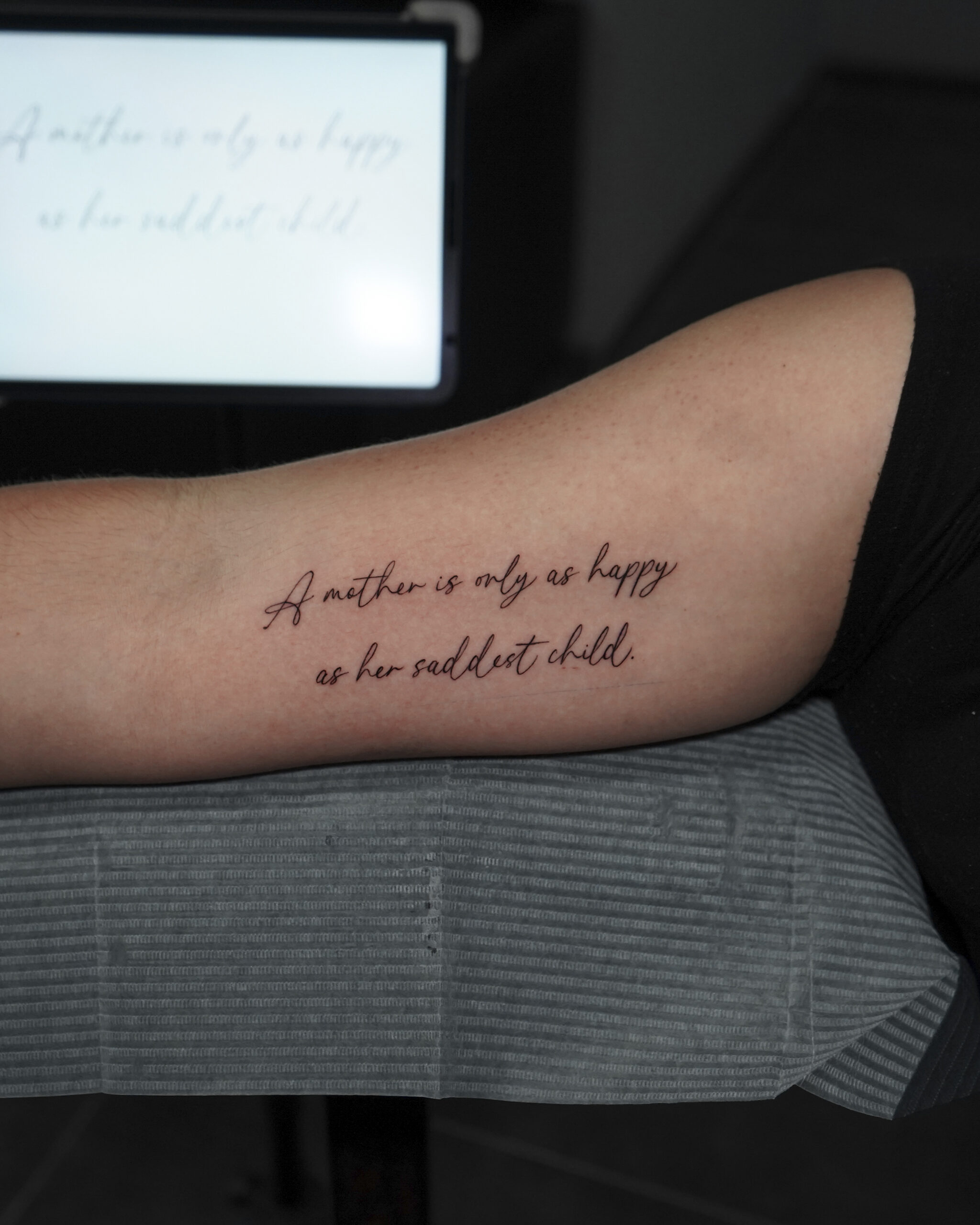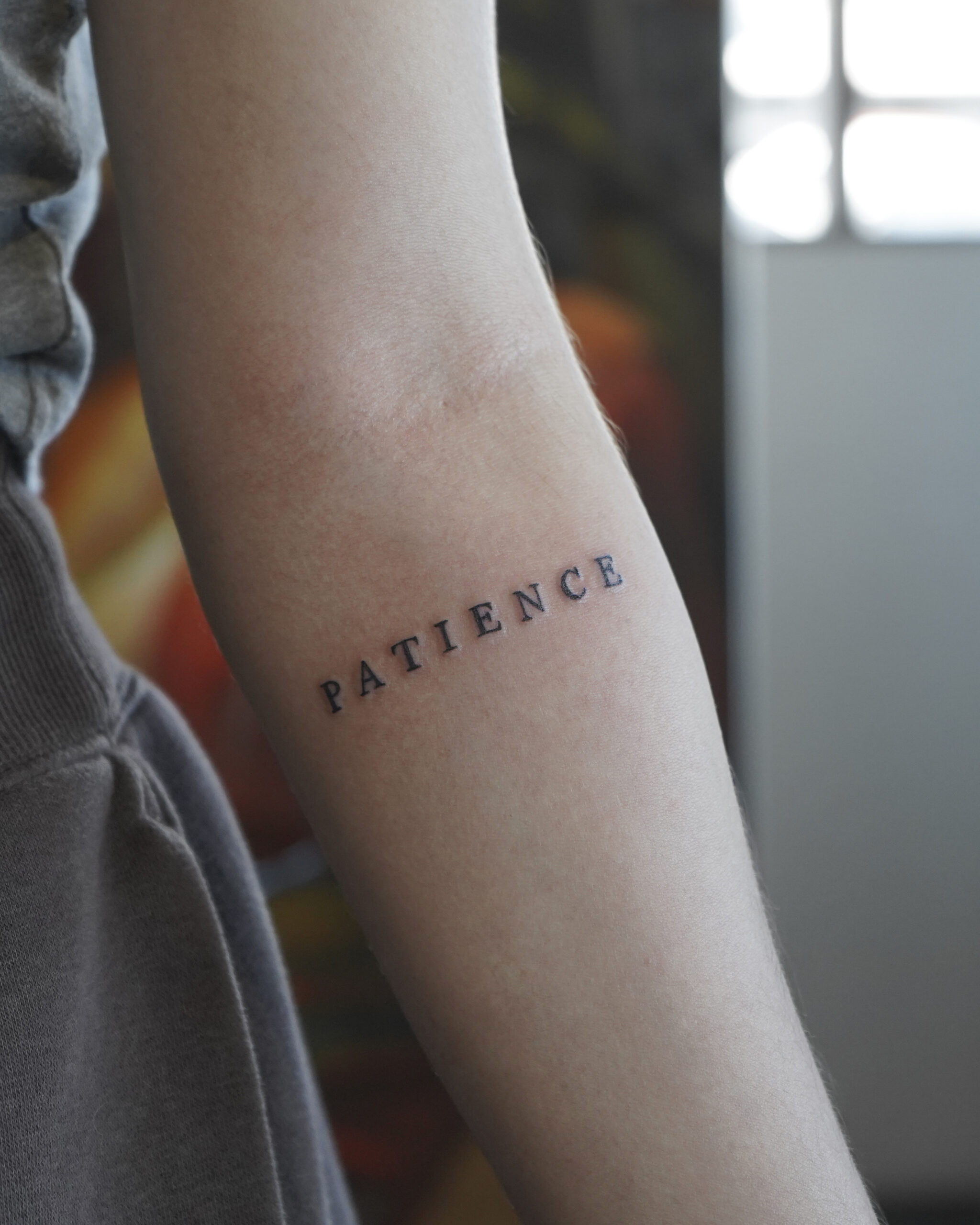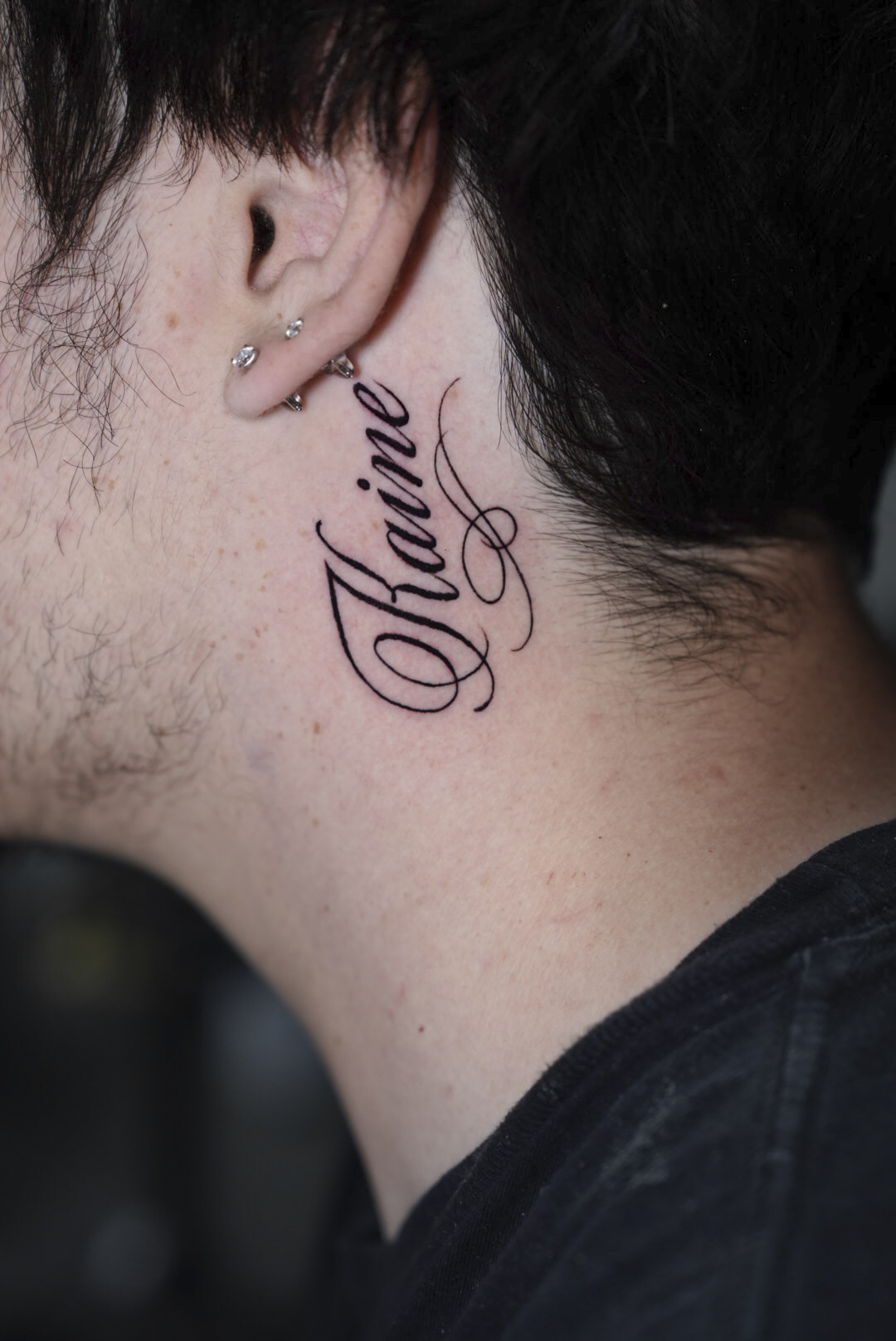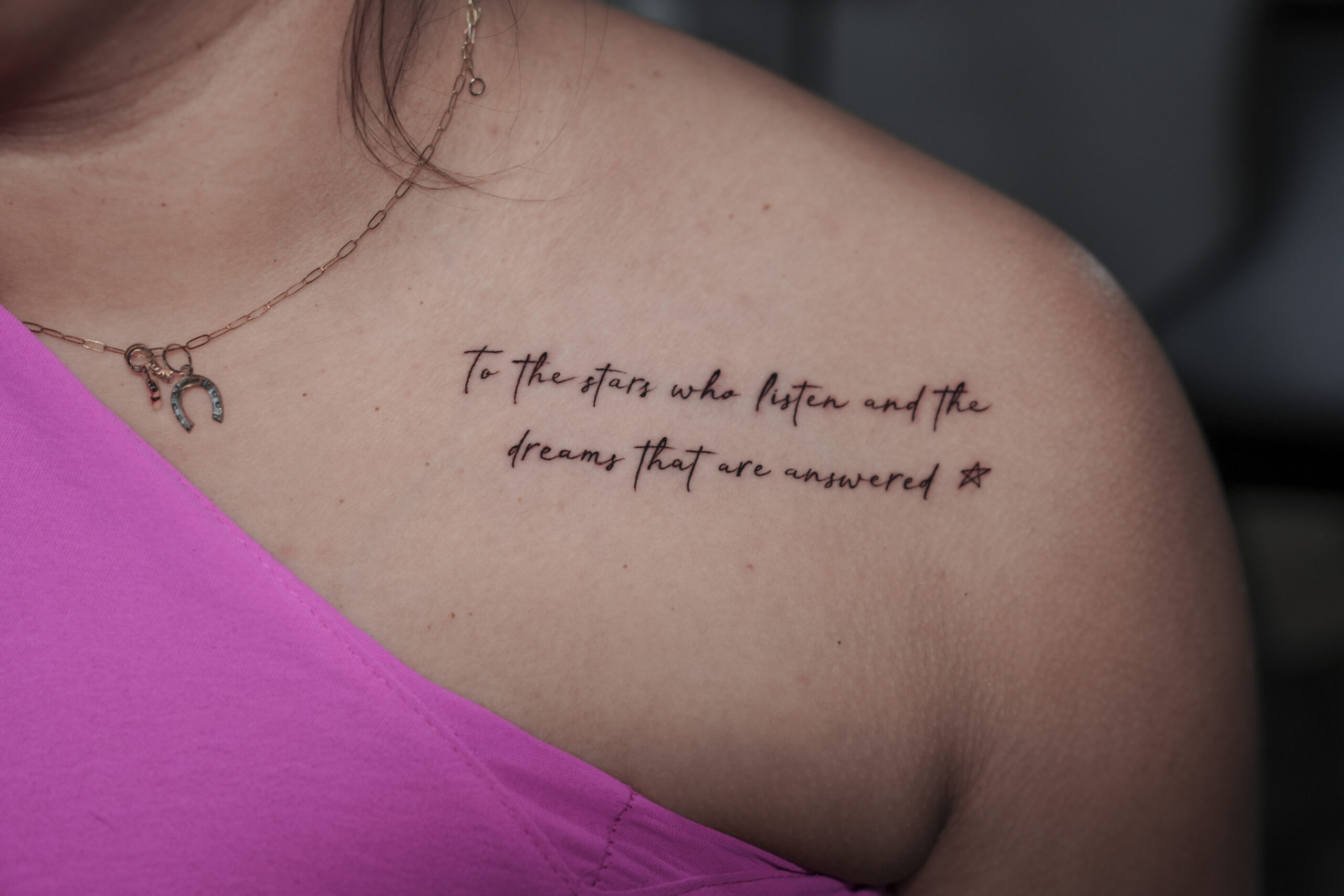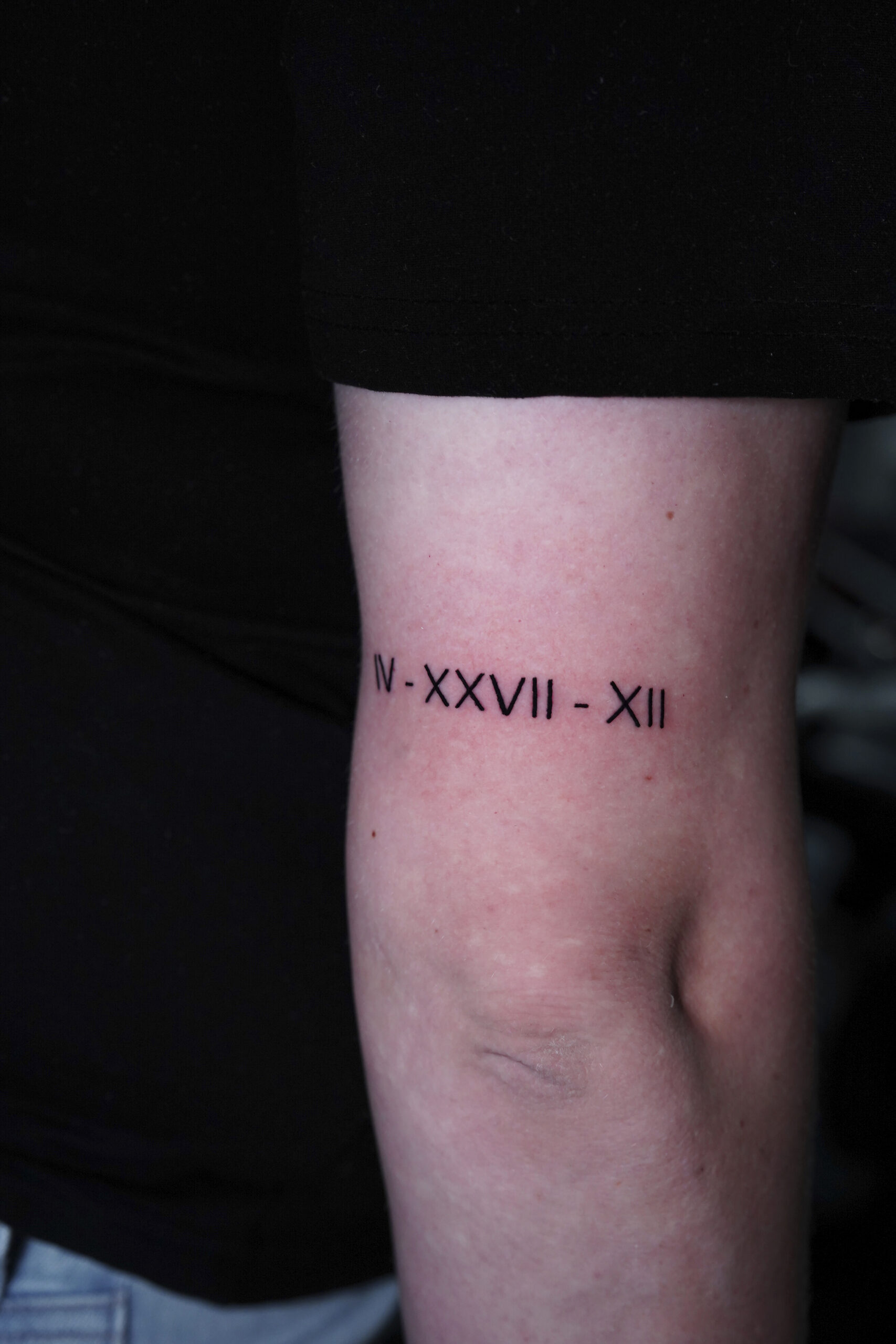Tattoos designed to age well maintain their visual clarity, color vibrancy, and structural definition for many years. You achieve this result through careful design choices, strategic placement, and proper care. For example, bold traditional tattoo styles with thick black outlines and solid color fills preserve their appearance remarkably well over decades. Ideal placements, such as your upper arms, thighs, back, and shoulder blades, demonstrate superior longevity compared to high-movement zones like hands, feet, and joints.
Smart planning and consistent maintenance help your tattoo remain vibrant and sharp for decades to come. This guide details the science behind tattoo aging. You will discover the best body locations for lasting ink, examine which design styles endure the longest, and learn proven care strategies to protect your tattoo.

What Happens To Tattoos As They Age?
Your tattoos age due to skin cellular changes, ink particle breakdown, variations in artist application techniques, and anatomical placement factors, all of which affect pigment retention. Here are three primary changes that occur as your tattoos age:
Tattoo Fading
Tattoo fading is the gradual breakdown of ink pigments suspended within your dermis. This natural aging process occurs as macrophages, which are immune cells that remove foreign particles, slowly digest and transport ink particles through your lymphatic system. Environmental factors accelerate this cellular process, causing vibrant designs to soften and lose intensity over time.
Tattoo Spreading Or “Blowout”
Tattoo spreading occurs when ink particles migrate beyond their original boundaries. This migration creates blurred edges and diminished line definition. The phenomenon results from an improper needle depth during application or natural changes in your skin’s elasticity over many years. A blowout typically appears as a shadowy halo surrounding linework, particularly noticeable in delicate designs.
Changes In Tattoo Ink Color Over Time
Different pigment compositions respond uniquely to aging. Black carbon-based inks demonstrate superior longevity, maintaining depth and saturation effectively. Conversely, lighter pigments, such as yellows, pinks, and whites, contain less stable molecular structures that break down more rapidly under UV exposure and metabolic processes. Red inks sometimes shift towards orange tones, while blues can develop greenish undertones through oxidation.
What Factors Affect Tattoo Longevity?
Multiple variables determine how gracefully your tattoo ages. Understanding the 7 factors can help you optimize your tattoo’s longevity:

- Sun Exposure: UV radiation breaks down ink molecules at the cellular level. This breakdown accelerates fading and color distortion.
- Skin Type: Dry skin typically retains ink particles more effectively than oily skin. Oily skin produces excess sebum that can interfere with ink retention and may cause color migration over time.
- Tattoo Placement: Areas with minimal friction and stable skin thickness, such as your upper arms and back, maintain design integrity significantly longer than high-movement zones like hands, feet, or joints.
- Ink Quality: Professional-grade pigments contain stabilized particles that resist breakdown far longer than low-quality alternatives. High-quality inks use superior compounds that maintain color stability and resist environmental damage.
- Artist Technique: Proper needle depth and consistent saturation patterns create durable results. Experienced artists apply ink at the correct dermal layer and achieve superior long-term retention through precise, professional application methods.
- Aftercare Practices: Your initial healing protocols and consistent long-term moisturizing significantly impact appearance. Proper aftercare during the first few weeks and ongoing maintenance help prevent premature aging.
- Lifestyle Factors: Smoking reduces skin oxygenation, while excessive alcohol consumption compromises collagen production. Both habits accelerate tattoo deterioration and affect your skin’s ability to maintain vibrant ink.
What Are The Best Places For Long-Lasting Tattoos?
Areas of your body with stable skin, minimal sun exposure, and lower friction generally host tattoos that remain vibrant and defined for extended periods. These locations experience less skin stretching and regeneration. Here are some of the best places:
- Upper Outer Arm: This area maintains skin tautness effectively. It is often covered by clothing, protecting it from excessive sun exposure, which accelerates fading.
- Upper Thigh: Similar to your upper arm, the upper thigh is frequently shielded from sunlight. It also experiences less daily friction than lower parts of the leg, preserving tattoo integrity.
- Back: The broad, relatively flat surface of your back offers a stable canvas. It is typically protected by clothing, reducing sun damage and wear.
- Shoulder Blades: These areas are less prone to significant skin stretching or sagging over time compared to other body parts. This stability aids in tattoo longevity.
- Calves: Your calf skin tends to remain relatively firm. While it receives some sun, it is less than areas like the forearms. Tattoos here hold their shape well.
- Inner Forearm: While more exposed to light than your upper arms, the inner forearm skin is relatively stable. Careful sun protection is crucial for longevity here.
Do Tattoos On Arms Age Well?
Tattoos on your arms, particularly on the upper and inner forearm regions, demonstrate good aging characteristics. These specific areas experience less drastic skin laxity with age compared to other body parts. While significant weight fluctuations impact skin elasticity universally, your arm tattoos generally resist severe distortion. Fading is primarily influenced by sun exposure; diligent sun protection preserves vibrancy, making your arm a favorable location for tattoo longevity.

Do Thigh Tattoos Age Well?
Your thigh tattoos possess excellent aging potential, especially on the upper and outer thigh. This area typically maintains skin firmness and is less susceptible to pronounced sagging seen elsewhere. Weight changes can cause some stretching, but your thigh’s substantial muscle and tissue mass often minimizes severe distortion. Because they are commonly covered by clothing, thigh tattoos tend to fade less than those on frequently sun-exposed areas, making your thigh a very good location for visual longevity.

Can Wrinkled Skin Be Tattooed?
Yes, your wrinkled skin, often associated with older clients, can be tattooed. The visual outcome depends on the artist’s skill and the depth of the wrinkles; well-executed designs adapt to your skin’s texture. Tattooing wrinkled skin presents challenges: the artist must stretch the skin appropriately to ensure even ink application. Healing requires meticulous aftercare due to potentially thinner, more delicate skin common with aging. For optimal results, experienced artists often simplify designs.
What Are Tattoo Styles That Age Best For Lasting Ink?
Tattoo styles incorporating bold designs and solid ink application generally exhibit superior longevity. These characteristics contribute to their resilience over time. The following styles are known for aging well:
- Traditional and Neo-Traditional: These styles utilize strong, black outlines and densely packed color or black shading. The substantial ink saturation helps your tattoo maintain its form and vibrancy.
- Japanese: Similar to Traditional, Japanese tattoos feature bold black outlines and rich, solid fields of color. The designs are structured to age gracefully, remaining coherent even with minor softening.
- Blackwork Tattoos: These use solid black ink with high contrast and often simple designs. This style retains its striking visual impact even as your tattoo ages.
- Black and Gray Tattoos: By avoiding color, these tattoos minimize issues related to color fading. The shading ages gracefully, often becoming more refined as your skin changes.
- Tribal Tattoos: Featuring deep black ink and simple, bold lines, tribal tattoos maintain their visibility and integrity effectively over time.
- Dotwork Tattoos: This technique creates unique textures that hold distinctiveness well as your skin ages, especially when executed in black or gray ink.
- Classic Americana (American Traditional) Tattoos: Known for strong outlines and solid color fills (mostly black and red), these tattoos maintain their appearance due to bold linework.
Now that you know which styles age gracefully, find the one that truly fits your personal aesthetic. Our complete tattoo style guide explores all your creative options to help you make the perfect choice.
How Long Do Fine Line Tattoos Last?
Fine line tattoos typically maintain their optimal definition for several years, depending on placement, ink depth, skin type, and aftercare. This style features delicate, often single-needle lines used to create intricate designs with minimal line weight. Over time, these fine lines are prone to fading and experiencing some spread, causing them to appear slightly thicker or softer. The sharpness and intricate details tend to diminish gradually, and very thin parts may eventually fade completely. Due to their delicate nature, fine line tattoos require more careful consideration of placement and aftercare to maximize their lifespan.

How Long Do Traditional Tattoos Last?
Traditional tattoos are exceptionally long-lasting and can maintain strong integrity for decades, frequently remaining clearly legible for a lifetime with proper care. This style is defined by its bold black outlines, solid and vibrant color packing, and iconic, often simple, motifs. While colors may mellow slightly over time, these tattoos resist significant fading due to their robust design elements. The thick black lines typically hold their form extremely well with minimal spreading, making traditional tattoos one of the most durable tattoo styles available.

How Long Do Red Tattoos Last?
Red tattoos can maintain their vibrancy for many years when quality pigments are used and proper aftercare is followed. This style prominently features red ink, which creates bold, eye-catching designs. Red ink, however, sometimes fades slightly more noticeably than black ink, particularly with consistent sun exposure. Over time, your red tattoos will experience some natural fading as lines may spread or soften, and sharpness diminishes gradually. The longevity depends heavily on ink quality, placement, and how well you protect the tattoo from UV damage.

How Can I Prevent Tattoo Fading And Maintain Its Vibrancy?
You prevent tattoo fading by selecting a skilled artist, making careful design and placement choices, following diligent aftercare, ensuring consistent sun protection, developing healthy skin routines, and maintaining beneficial lifestyle habits. Six key steps are crucial for optimal ink application and long-term preservation.
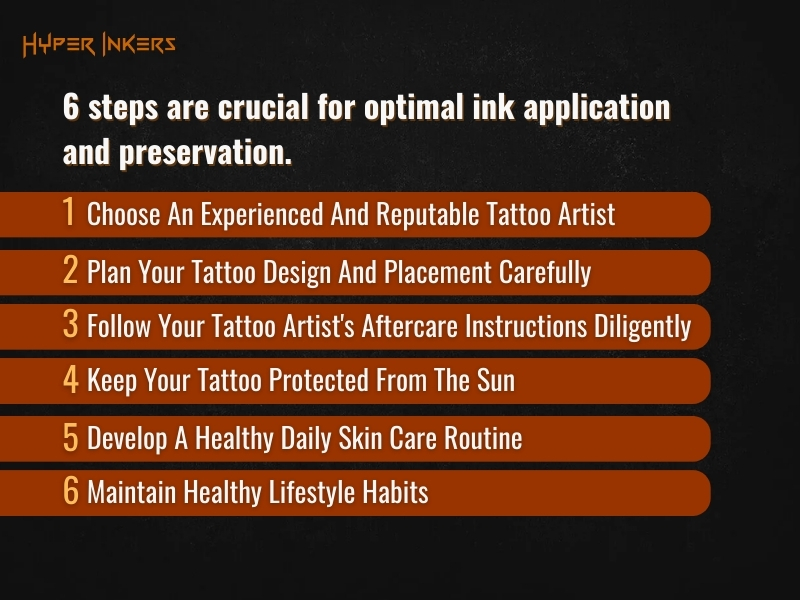
Choose An Experienced And Reputable Tattoo Artist
Selecting a professional with proven skill ensures correct ink application depth and quality. Proper technique is foundational for lasting vibrancy and minimizing issues that lead to premature fading of your tattoo.
Plan Your Tattoo Design And Placement Carefully
Strategic selection of tattoo styles, such as those with bold lines discussed earlier, and placement on body areas with less sun exposure and friction, significantly preserves your tattoo’s ink integrity and vibrancy.
Learn more: How to choose a tattoo design
Follow Your Tattoo Artist’s Aftercare Instructions Diligently
Strict adherence to your tattoo artist’s specific new tattoo care instructions directly after tattooing is crucial. This initial care ensures proper ink settling and minimizes damage that causes premature fading.
Keep Your Tattoo Protected From The Sun
Consistently shielding your healed tattoo from ultraviolet radiation with high-SPF sunscreen or clothing is essential. UV rays are a primary cause of ink degradation, leading to fading and vibrancy loss.
Develop A Healthy Daily Skin Care Routine
Regularly cleansing and moisturizing your tattooed skin helps maintain its overall health and hydration. Healthy, supple skin better supports the pigment, preserving your tattoo’s clarity and vibrancy long-term.
Maintain Healthy Lifestyle Habits
Practices such as adequate hydration and a balanced diet support your overall skin health and elasticity. Healthy skin regenerates effectively, indirectly contributing to your tattoo’s enduring vibrancy and resilience. Beyond these habits, knowing what to avoid after getting a tattoo, such as prolonged water submersion or picking at scabs, is equally important.
Why Should You Book A Consultation With Hyper Inkers?
To ensure your tattoo stays fresh and vibrant over time, the skill of the artist and studio is extremely important. At Hyper Inkers, a premier choice among San Antonio tattoo parlors (8045 Callaghan Rd), our artists specialize in creating long-lasting tattoos. You can schedule a consultation at hyperinkers.com or (210) 997-9737 to discuss your ideas. Hyper Inkers offers:
- In-Depth Tattoo Consultations: You receive expert guidance on designs, styles, and optimal placements to ensure your tattoo ages gracefully and meets your long-term vision.
- Award-Winning, Experienced Artists: The team possesses over 15 years of collective experience and has earned more than 20 world convention awards, demonstrating mastery.
- Commitment to Safety: Hyper Inkers upholds stringent sterilization techniques and sanitation standards, guaranteeing a clean and secure environment for every client.
- Diverse Artistic Proficiency: You benefit from expertise across a wide range of tattoo styles, including those renowned for excellent longevity and visual appeal.

FAQ
Where Do Tattoos Fade The Most?
Tattoos fade most on areas of your body frequently exposed to the sun. High-friction zones like your hands, feet, and fingers, and areas with rapid skin regeneration, such as your palms and soles, also experience more fading.
What Color Tattoo Fades The Fastest?
Lighter and pastel ink colors typically fade faster than darker, more saturated pigments. Examples of faster-fading colors include white, yellow, light blue, and pink. Black or dark blue inks are more resistant to fading.
Conclusion
Understanding the factors that influence how your tattoo ages from initial design and placement to diligent aftercare and artist expertise empowers you to make choices that promote longevity. While all tattoos transform over time, your informed decisions regarding durable tattoo styles, optimal body locations, and consistent protective measures significantly preserve their vibrancy and definition for many years. By prioritizing quality artistry and committing to ongoing care, your tattoo remains a cherished piece of art that ages gracefully.


